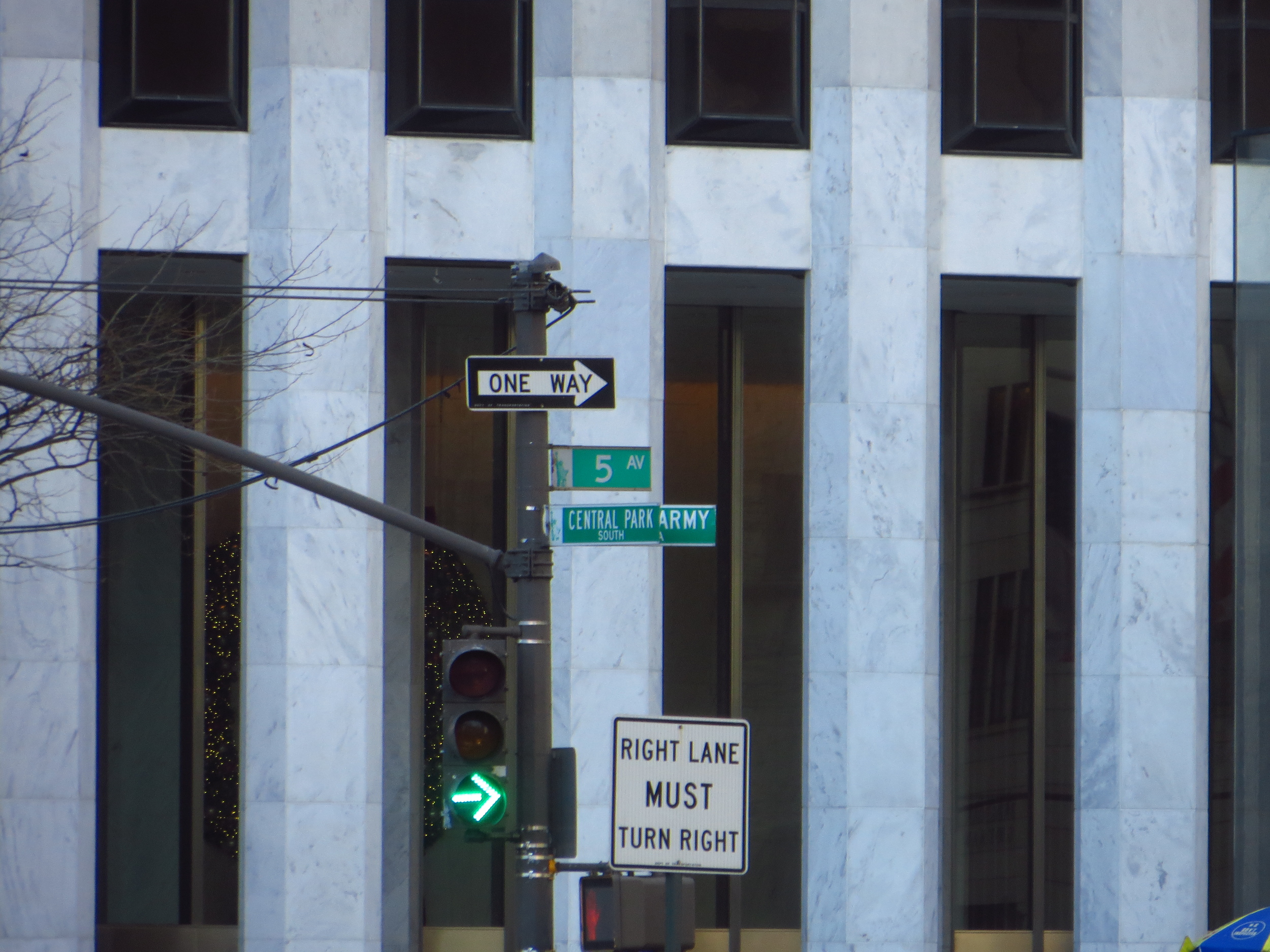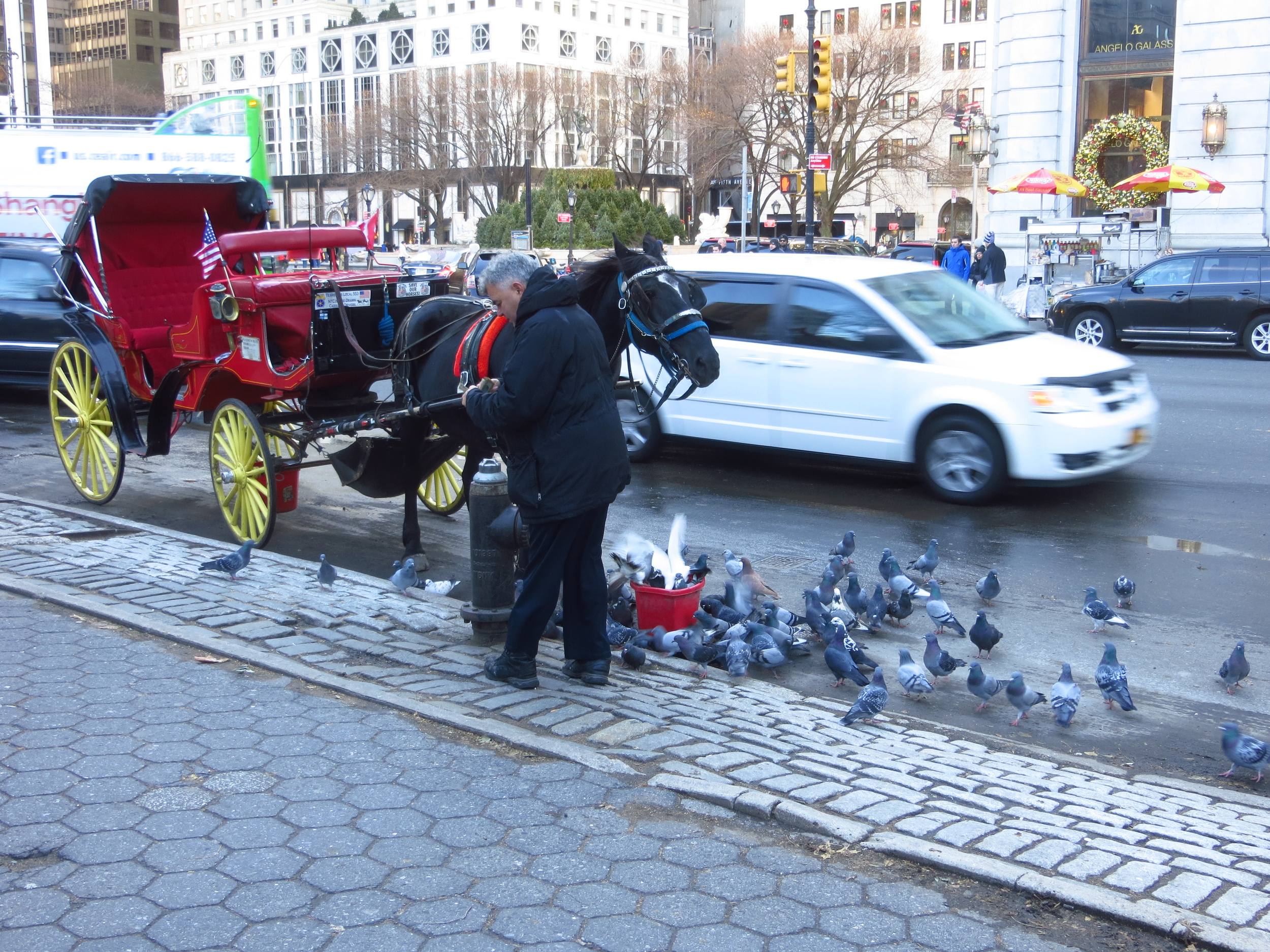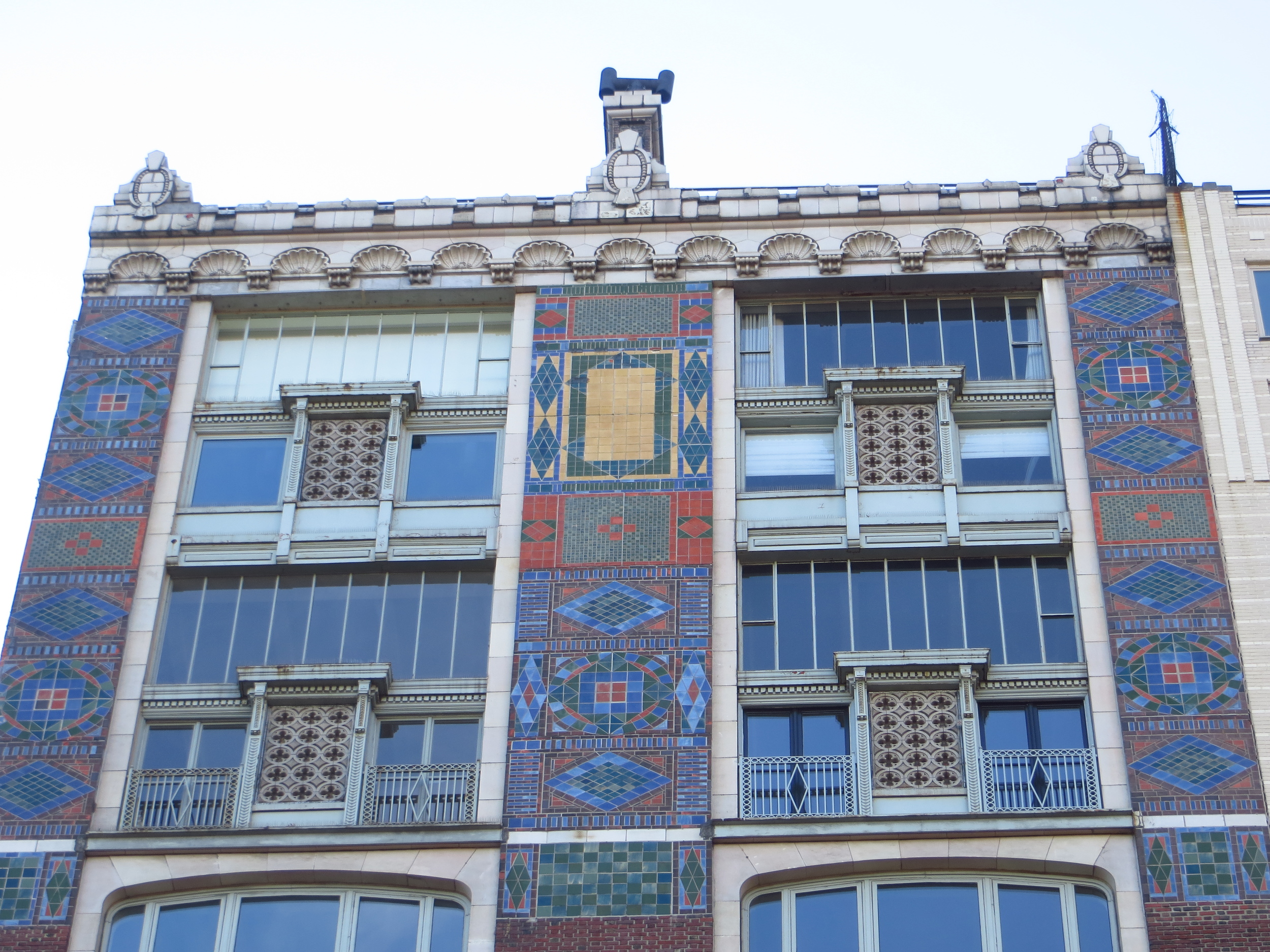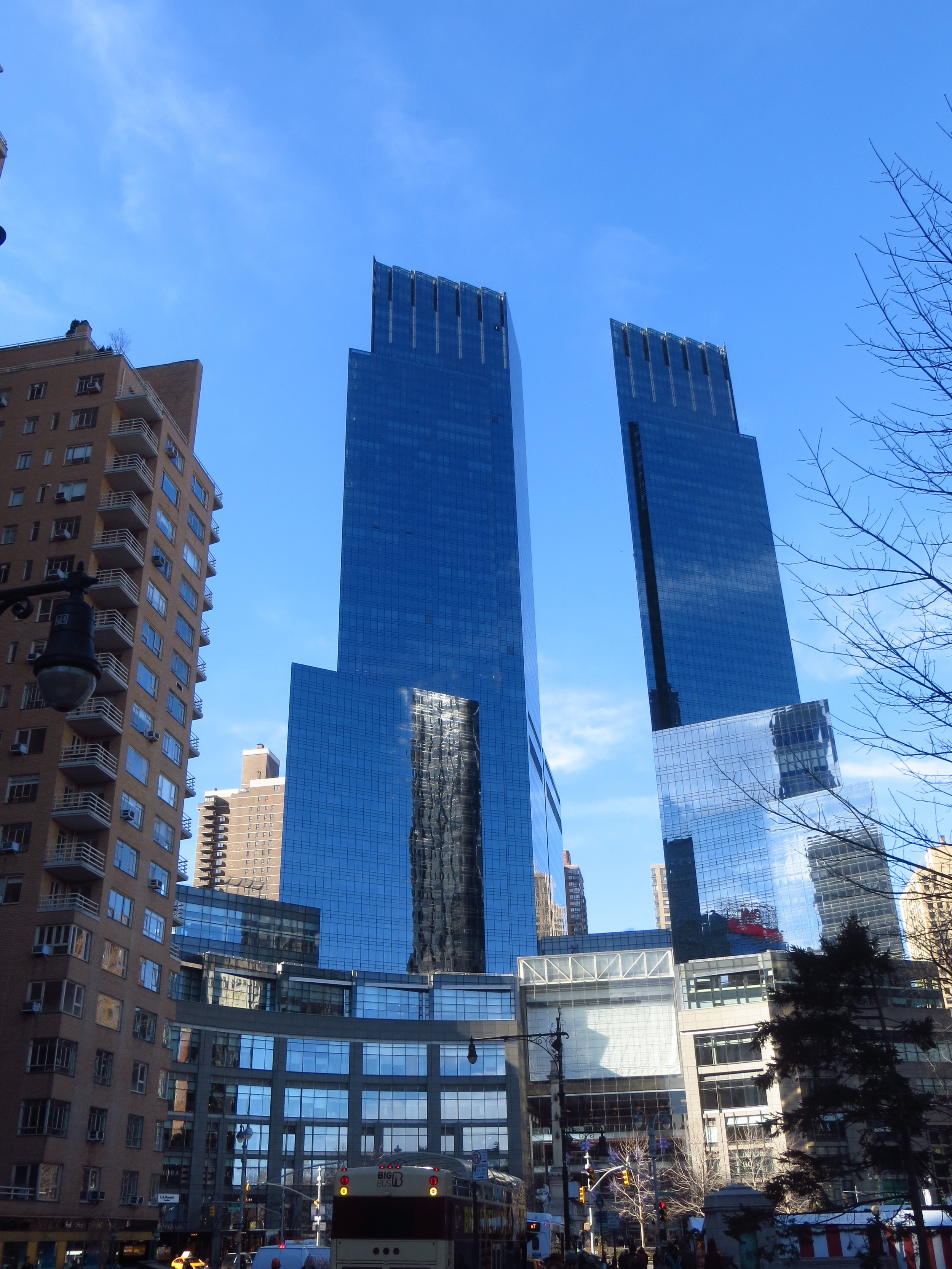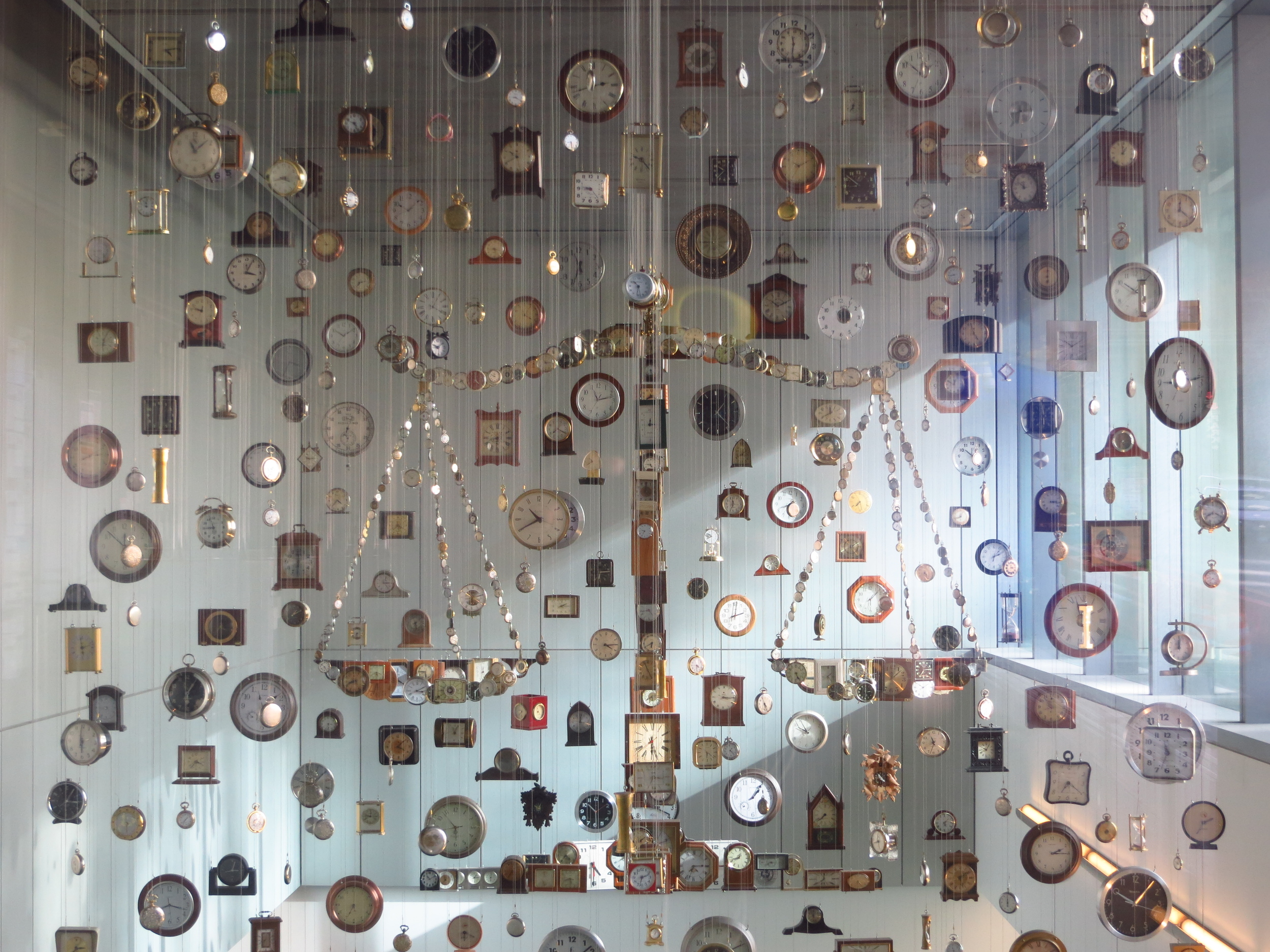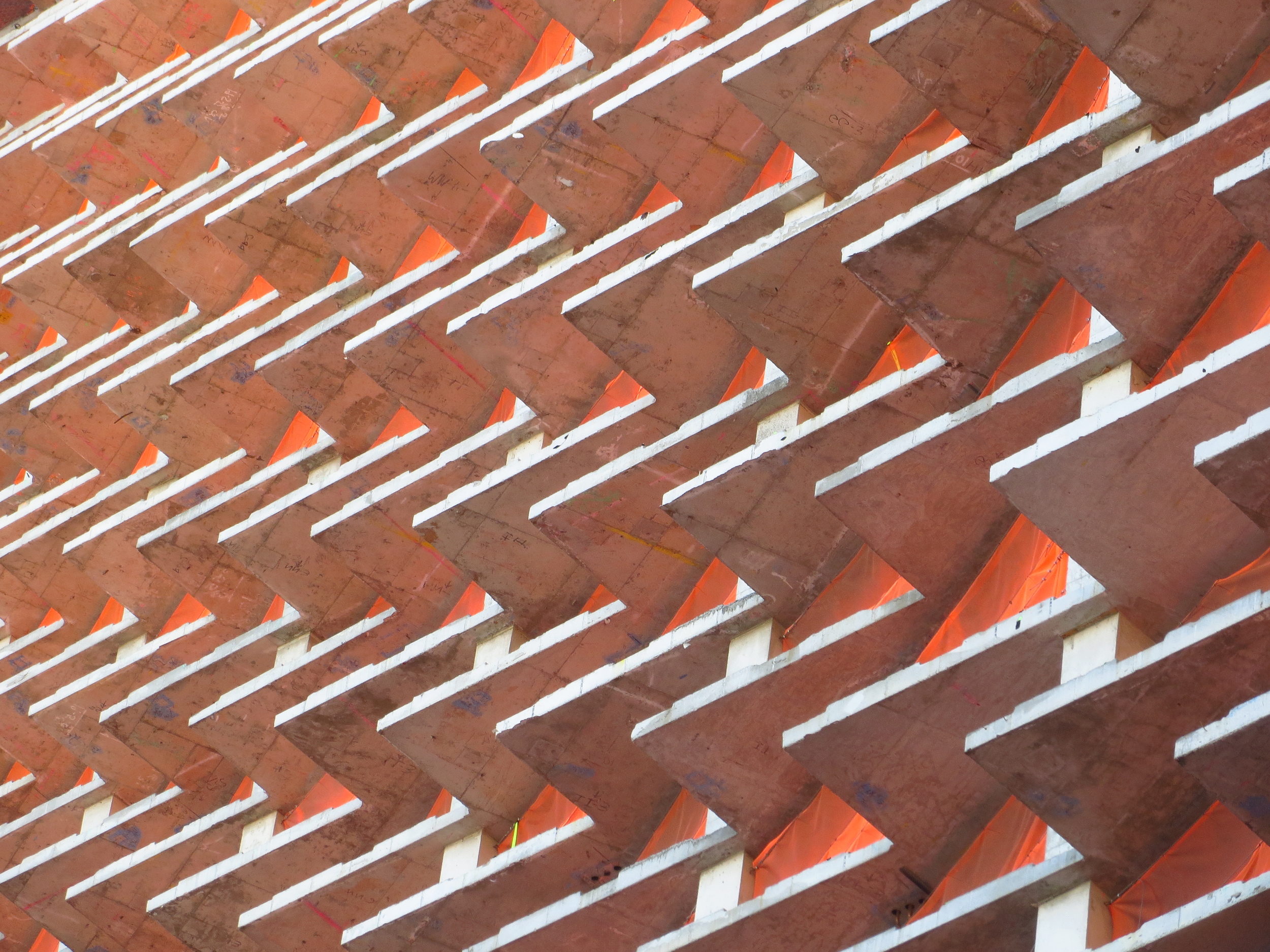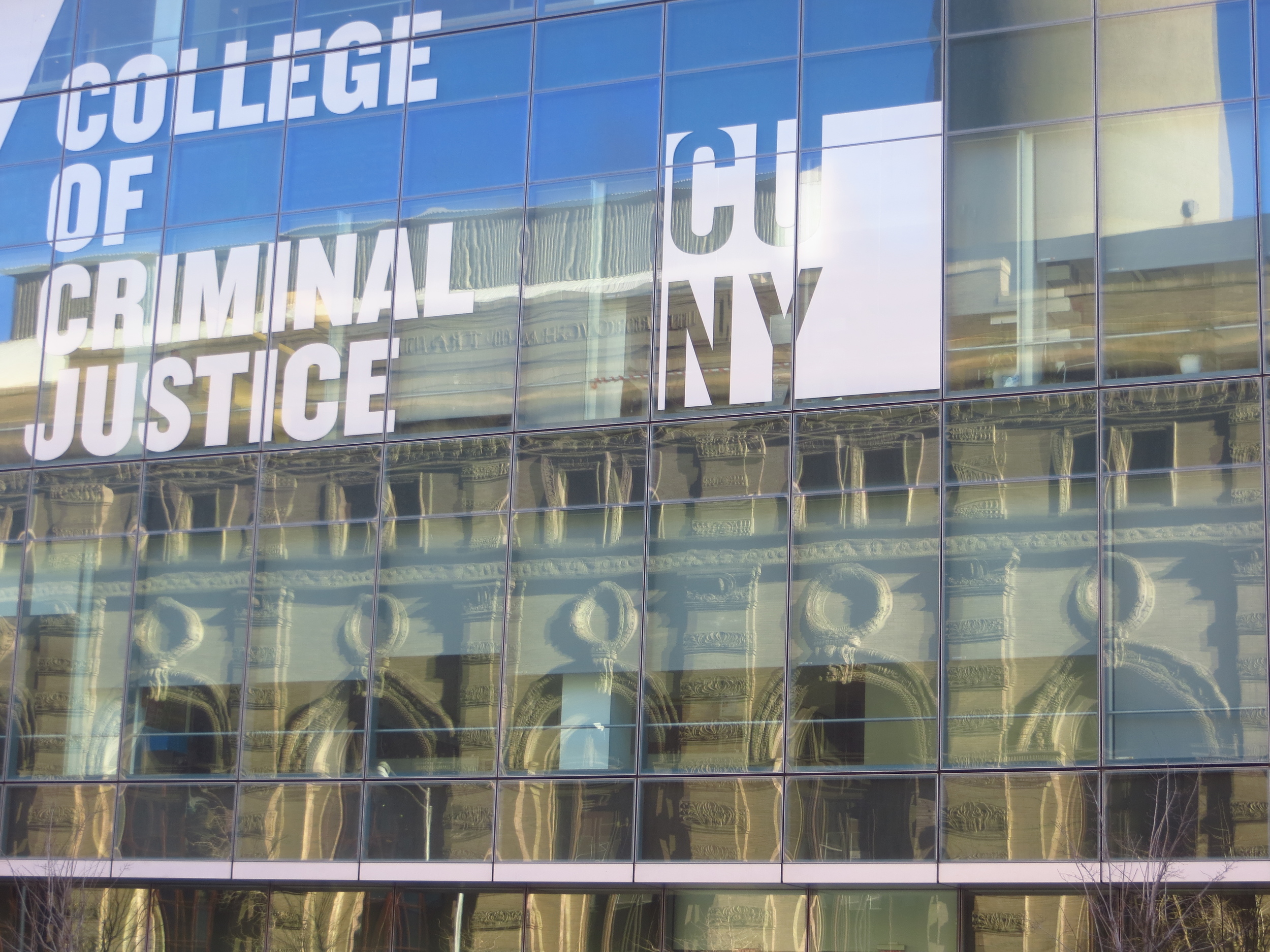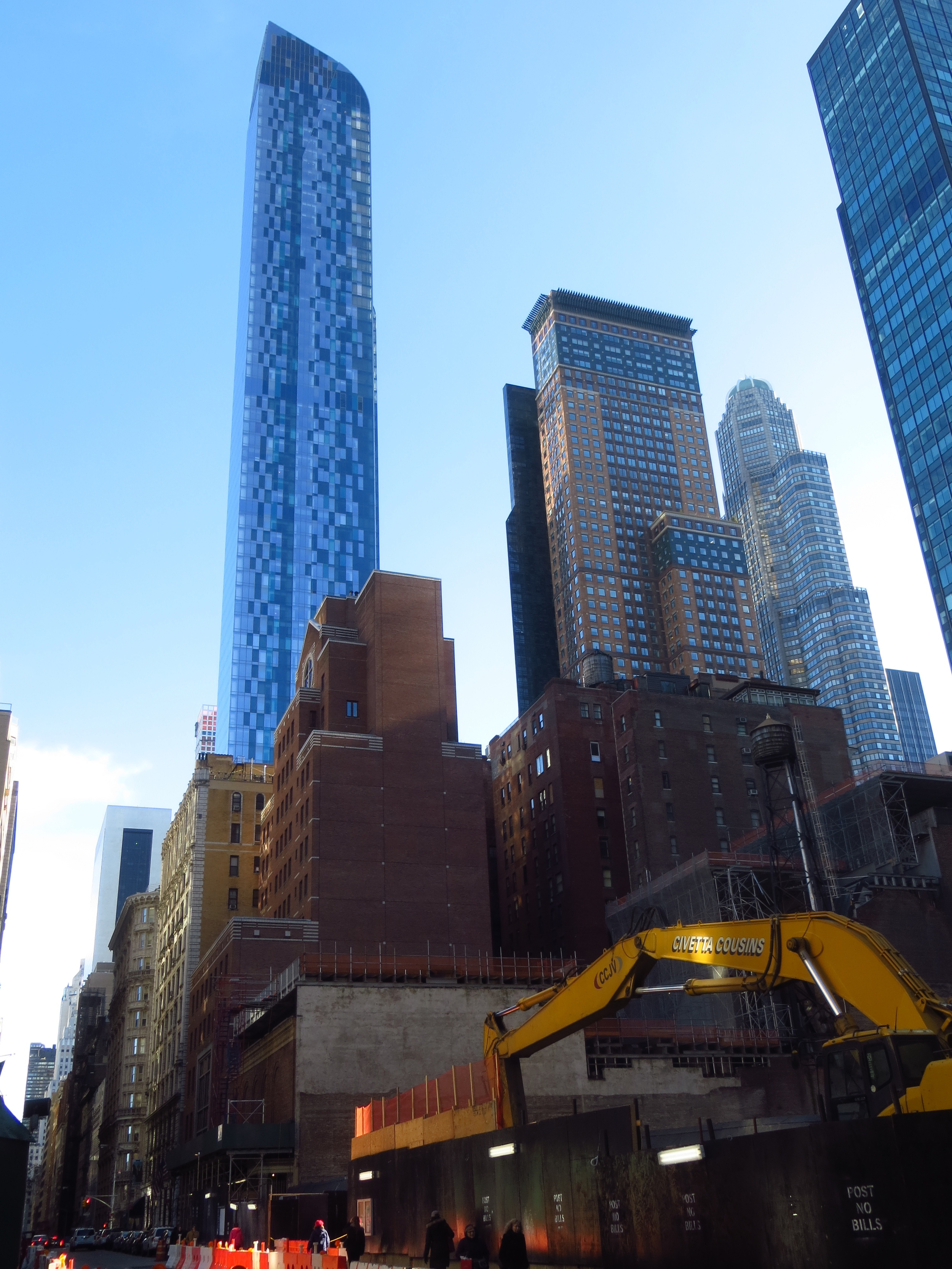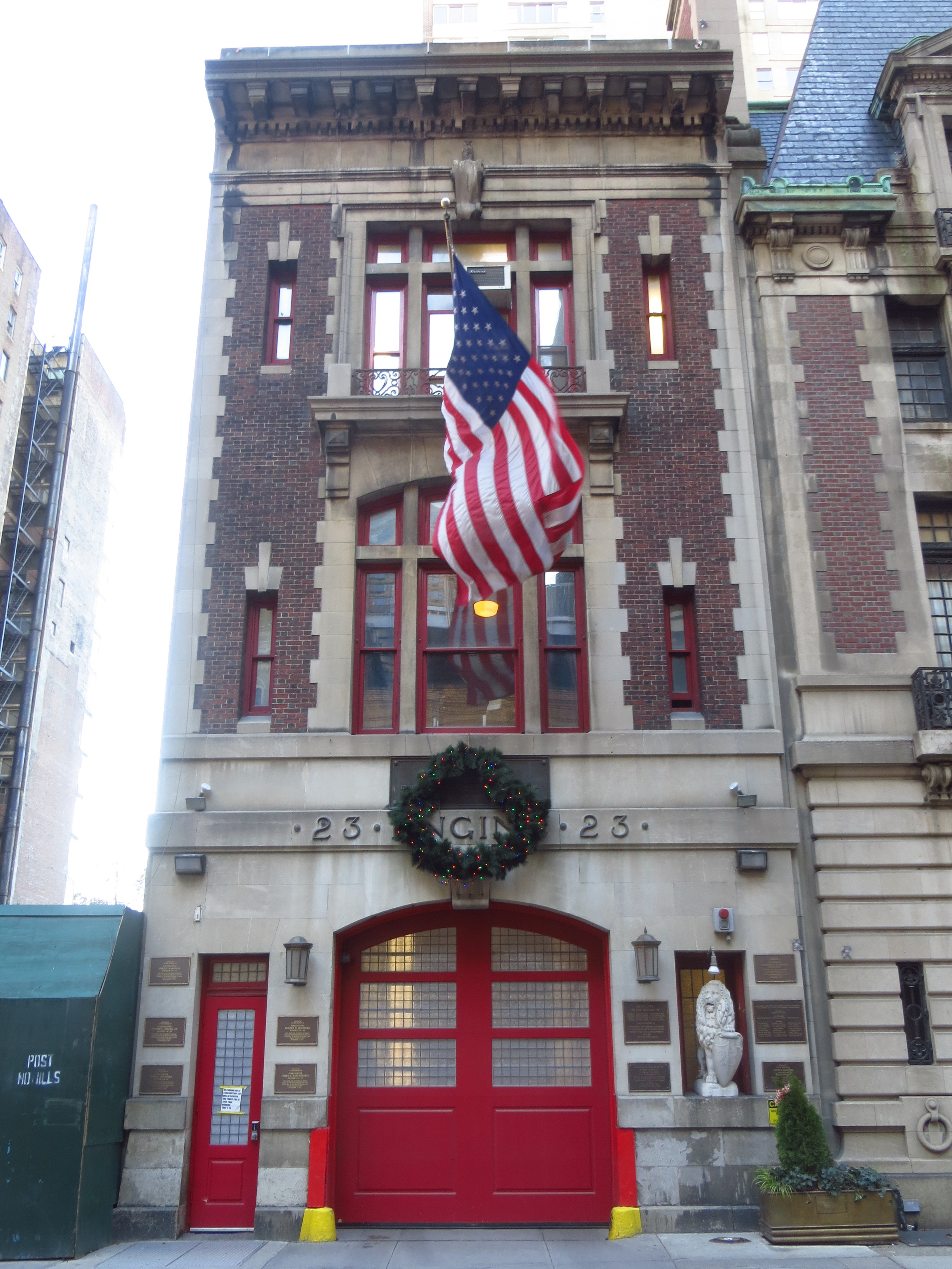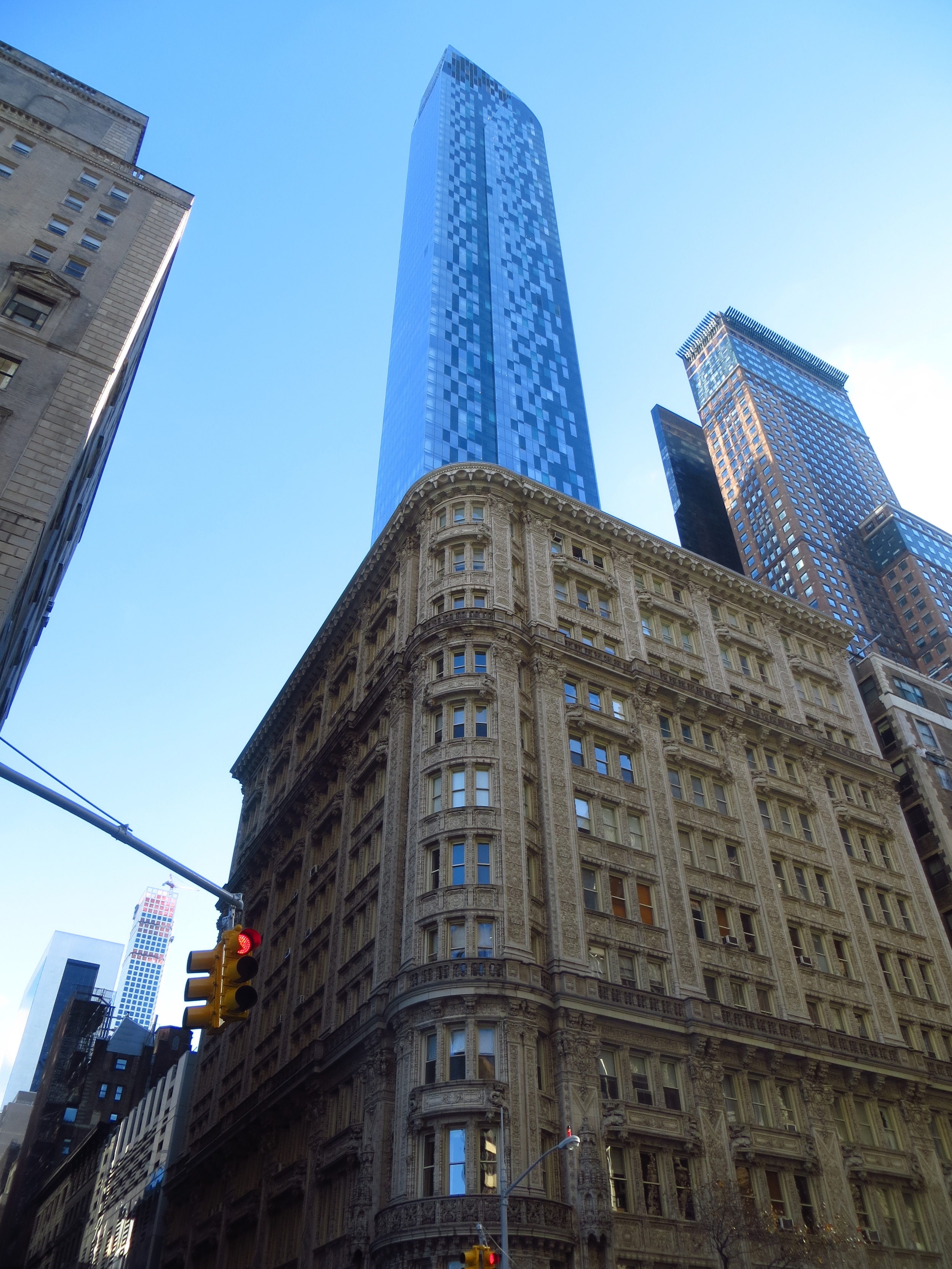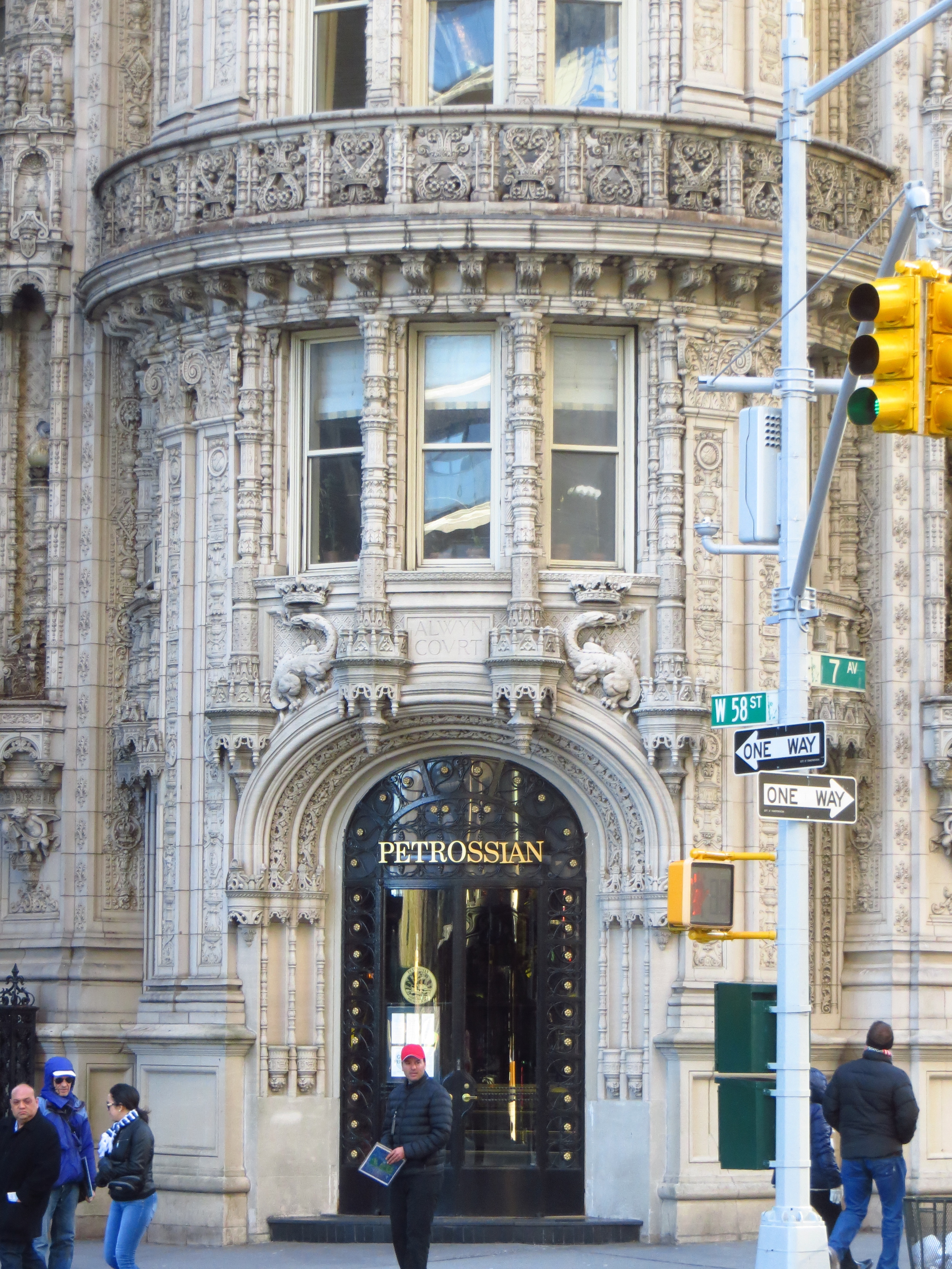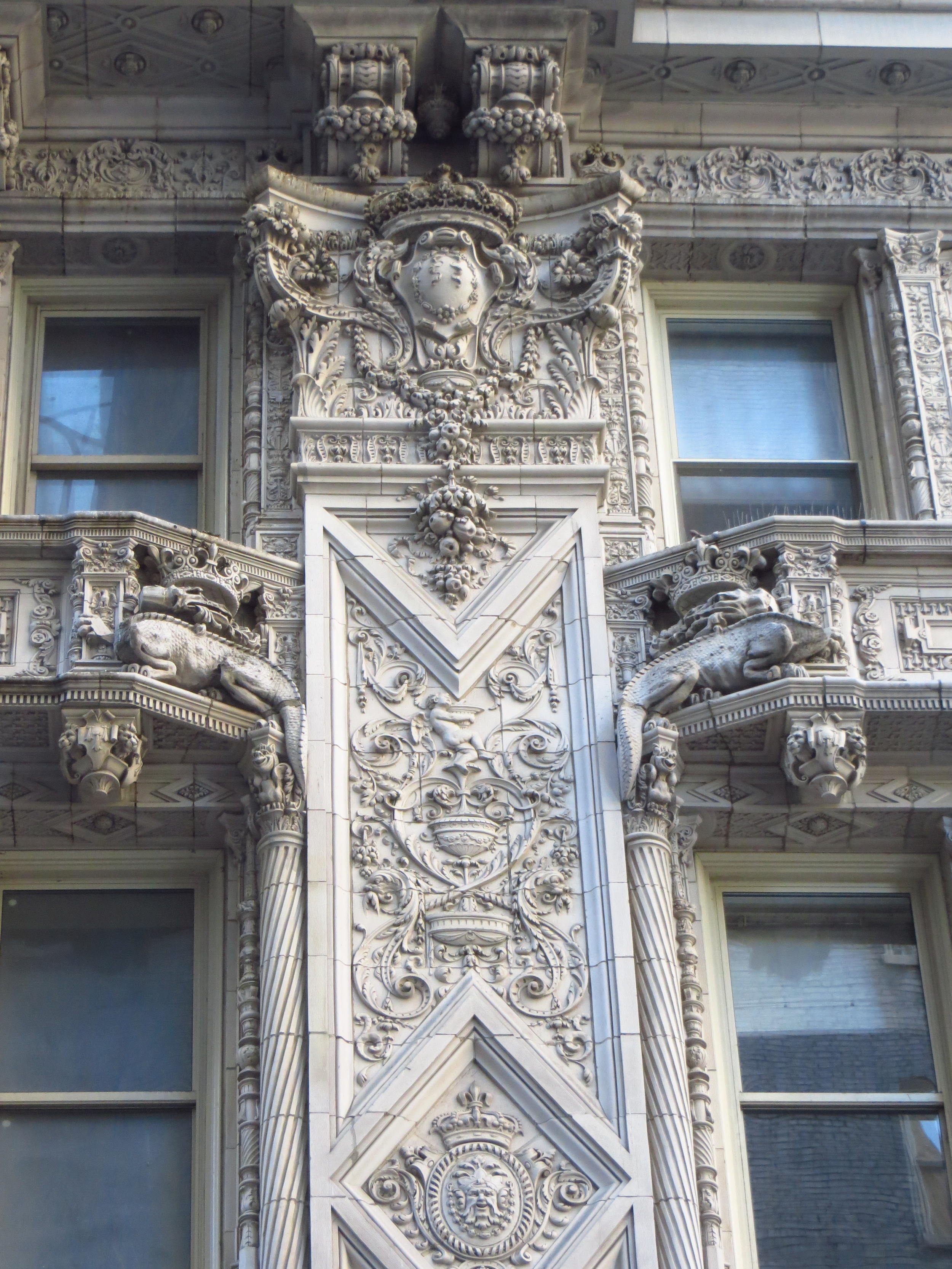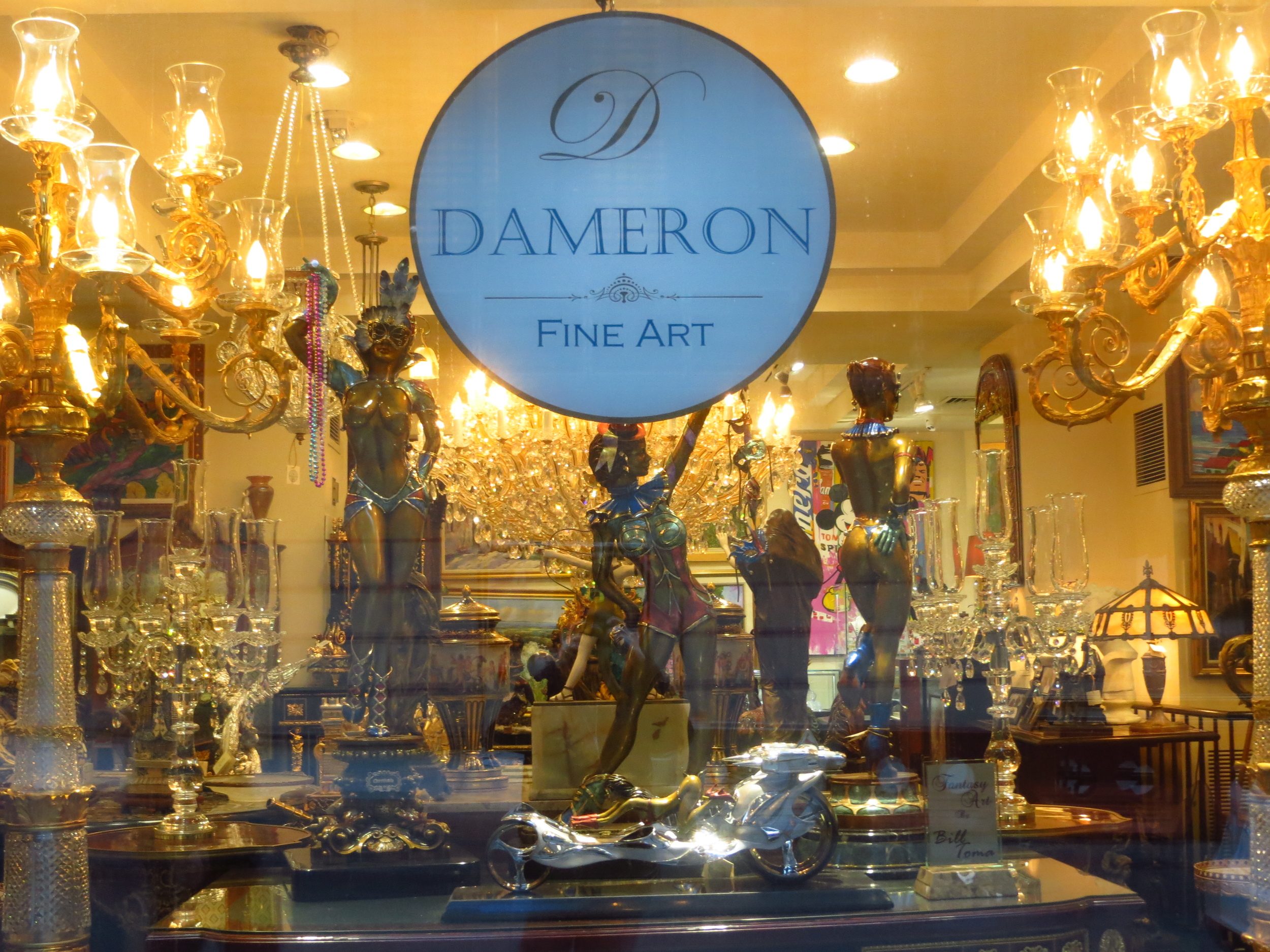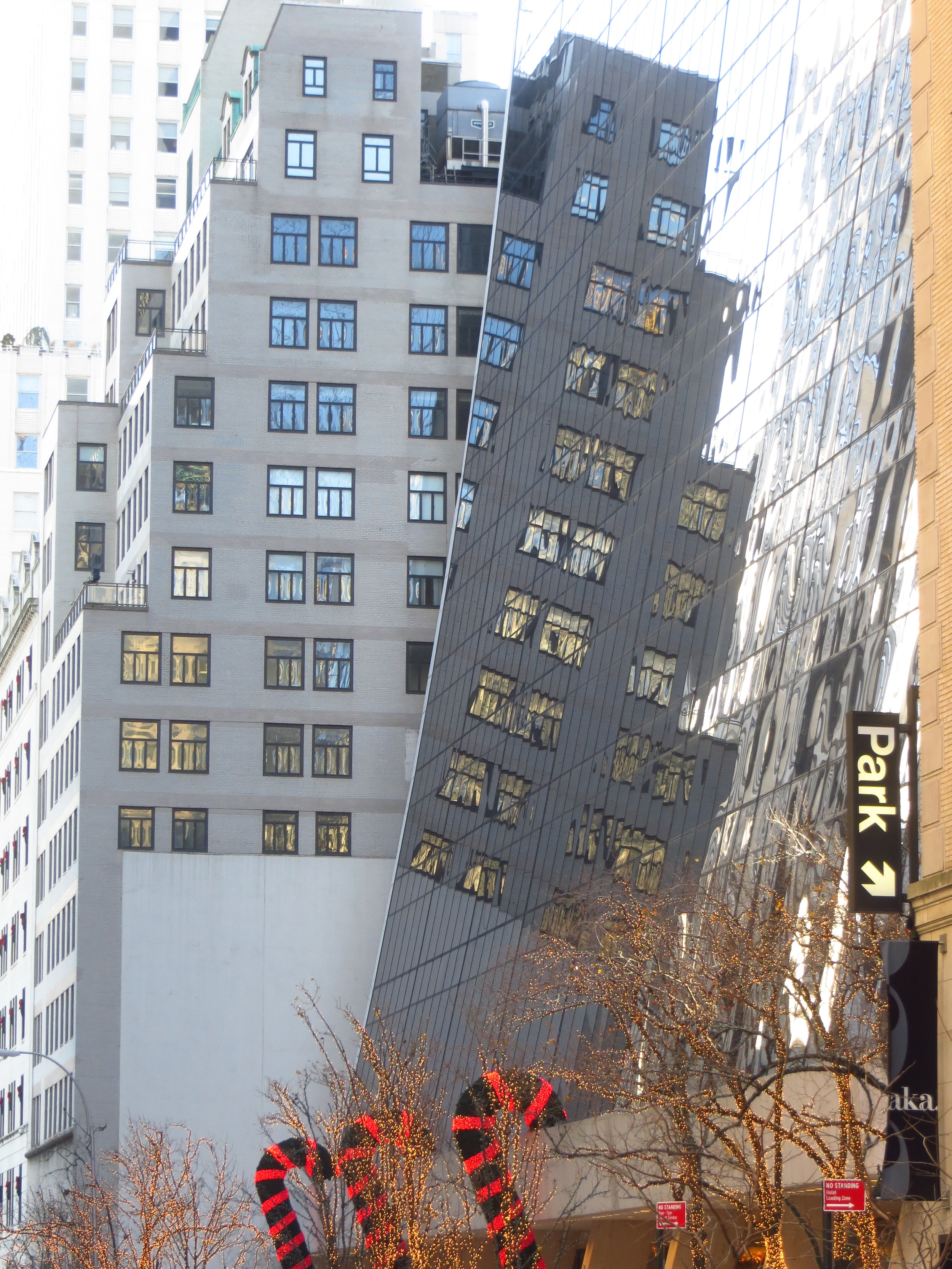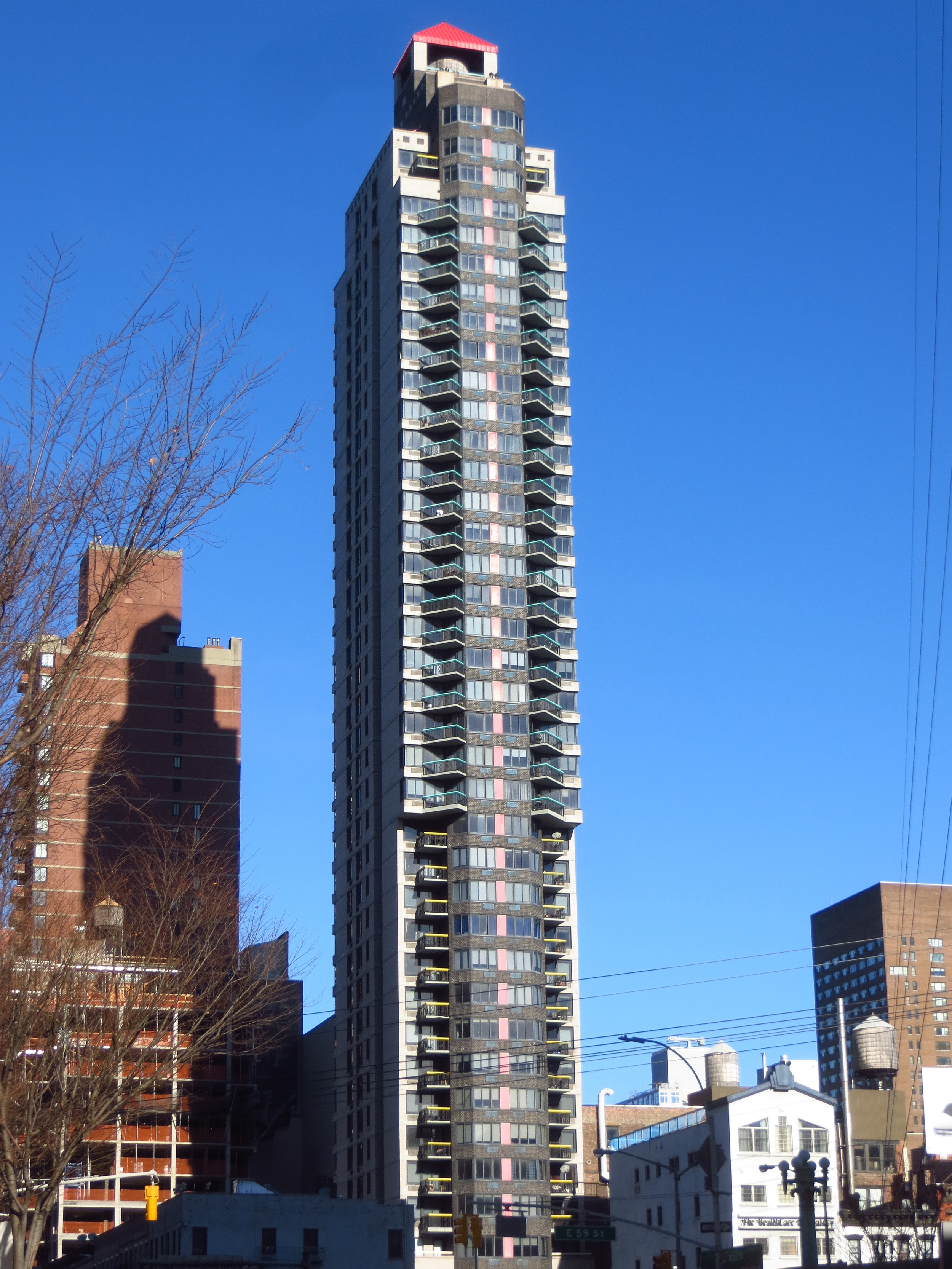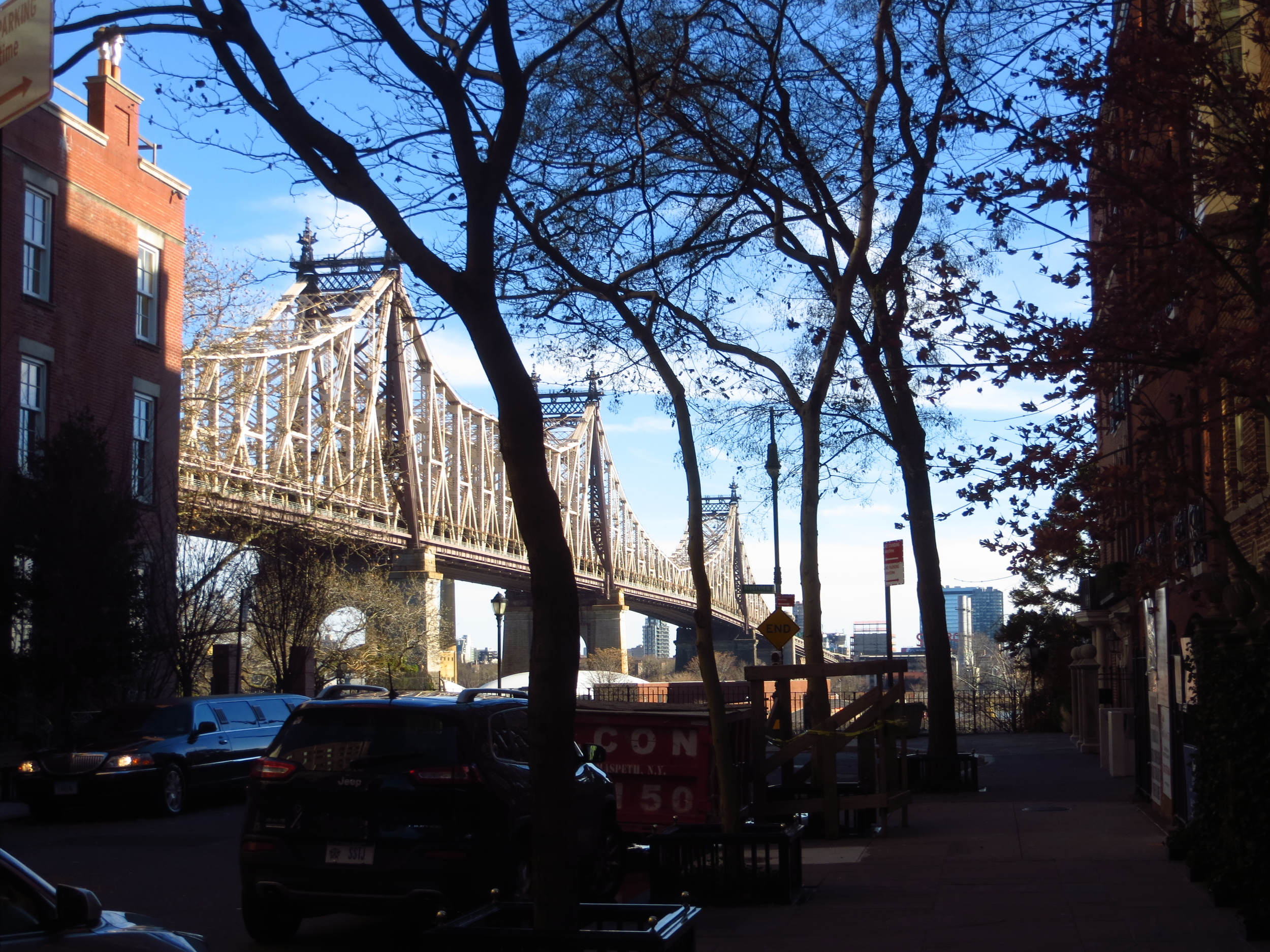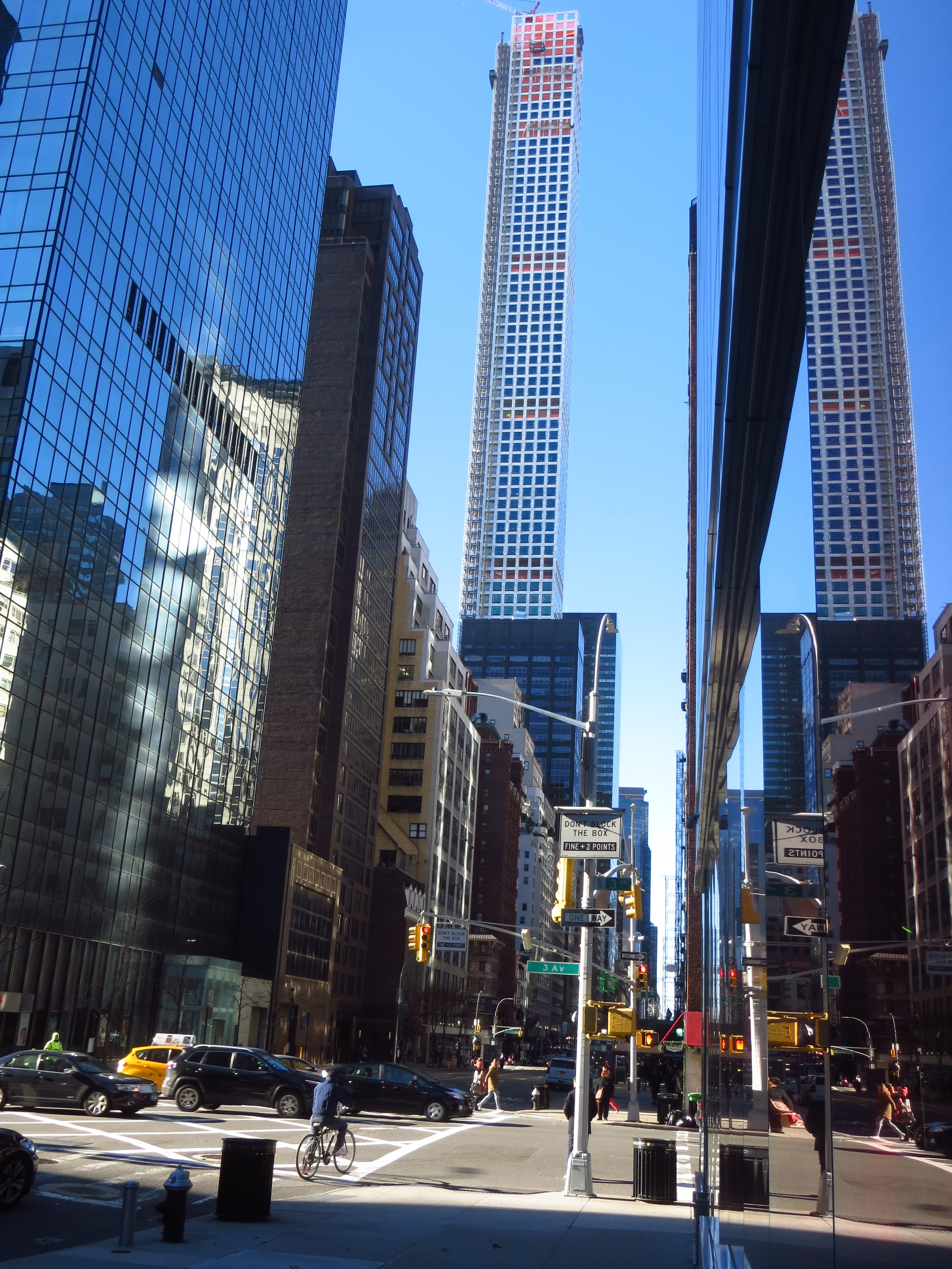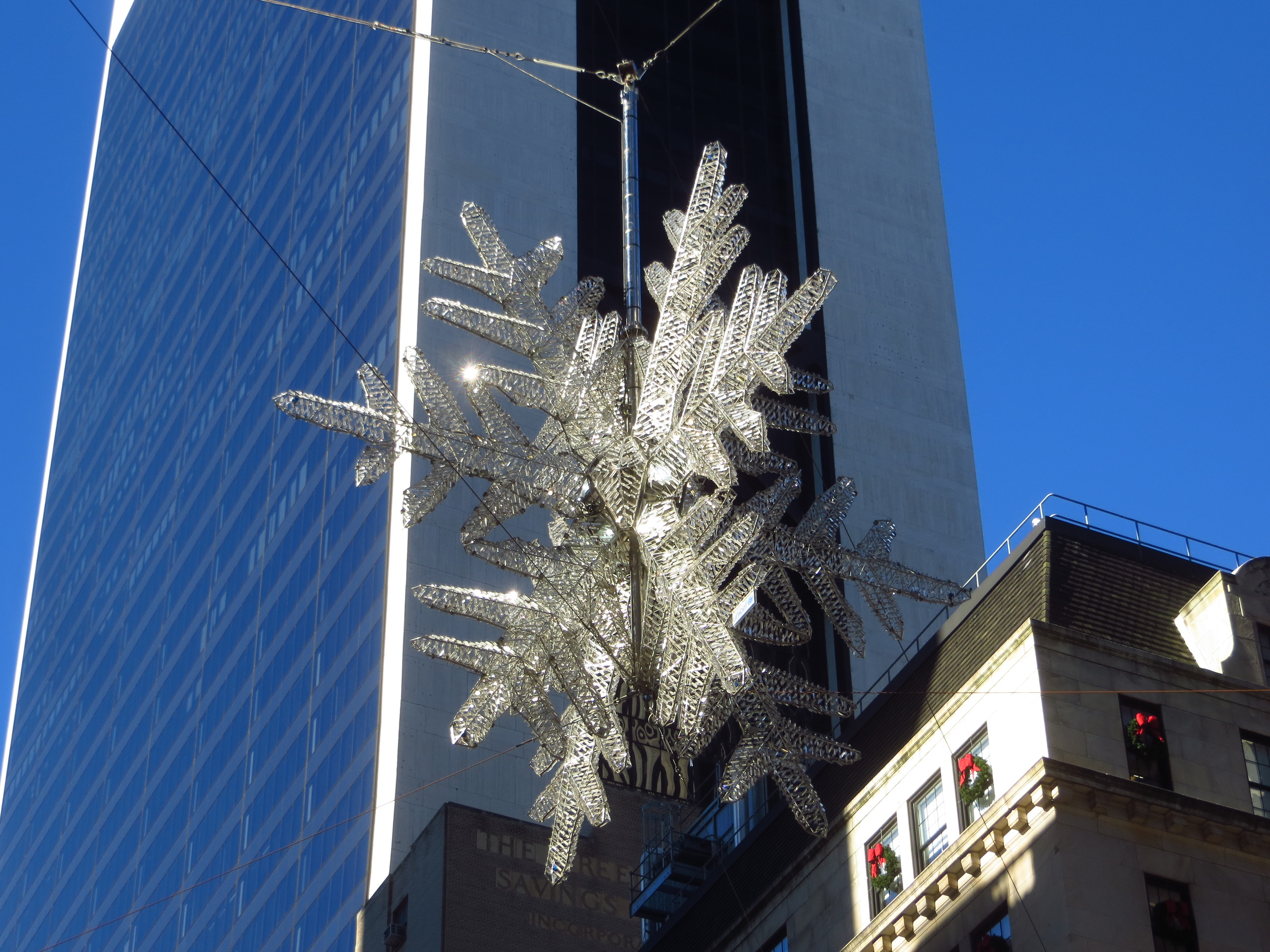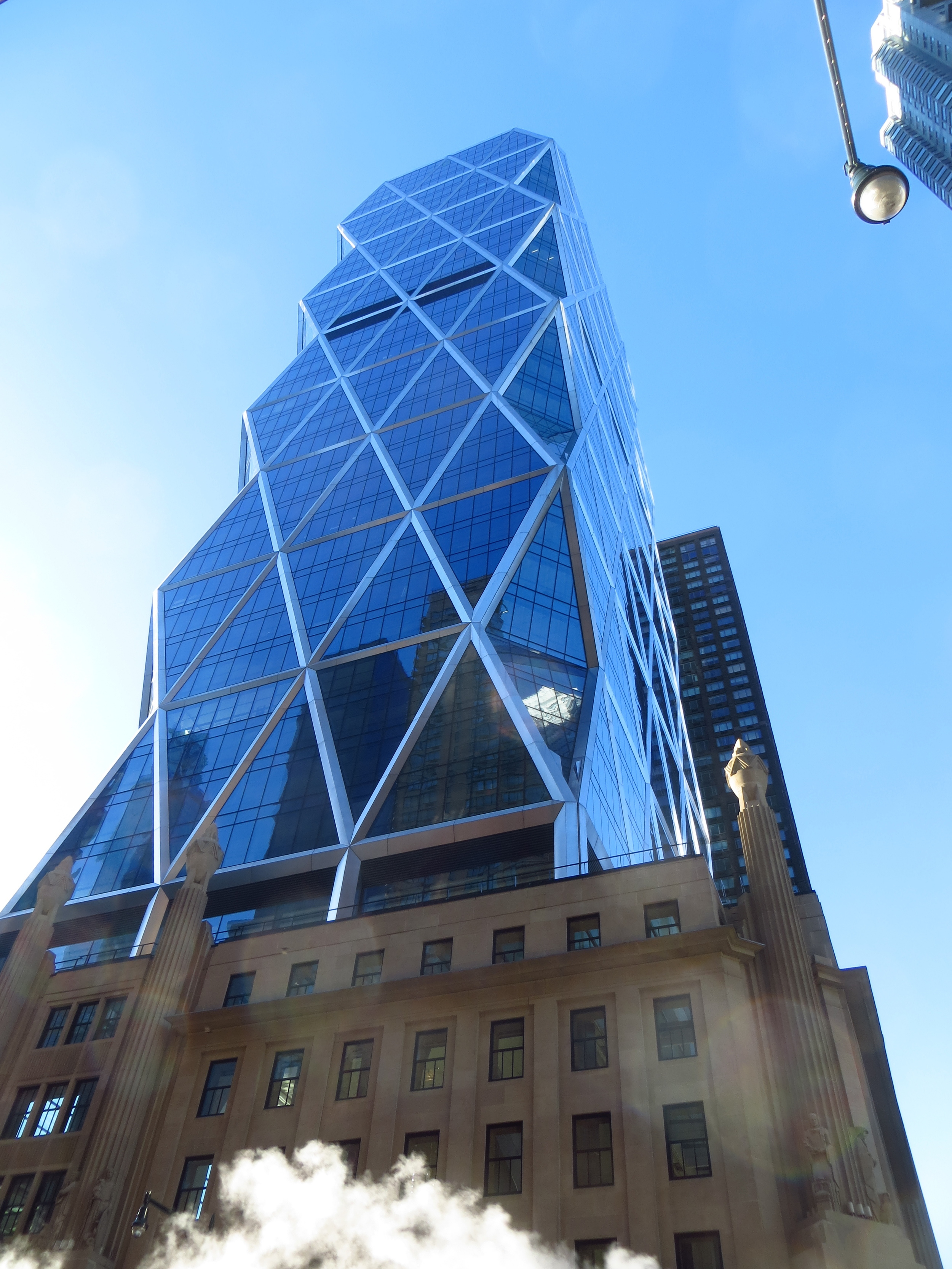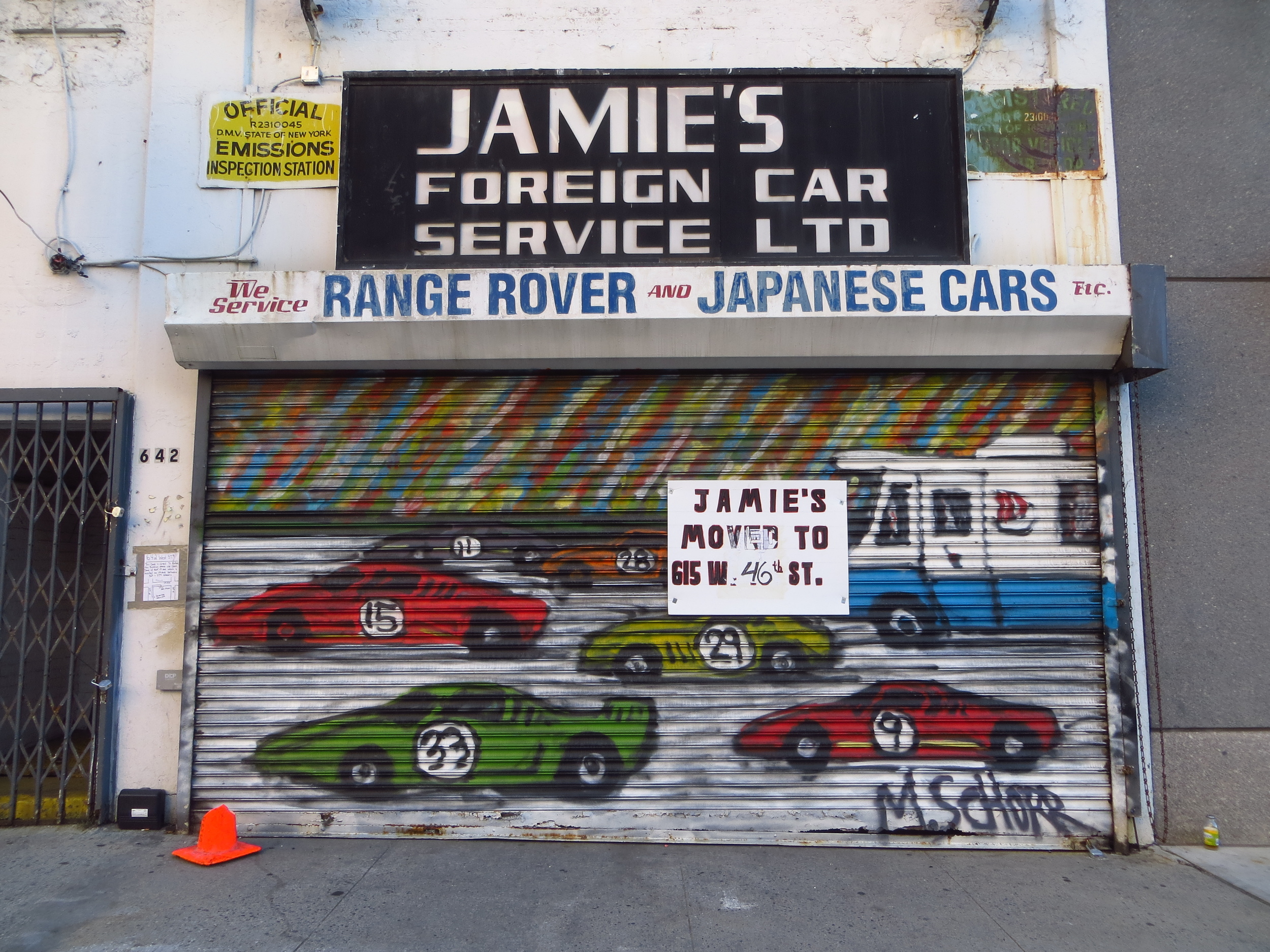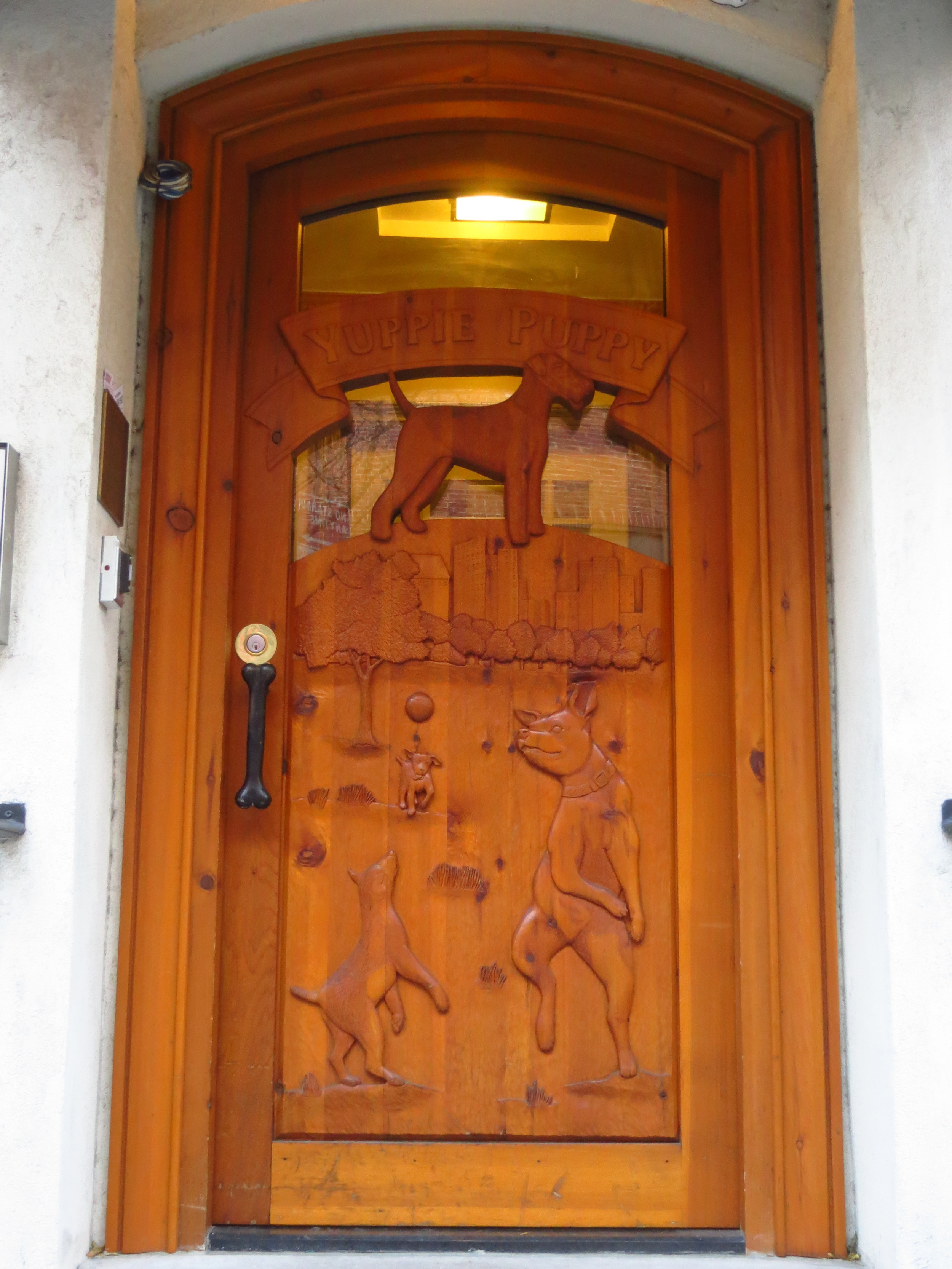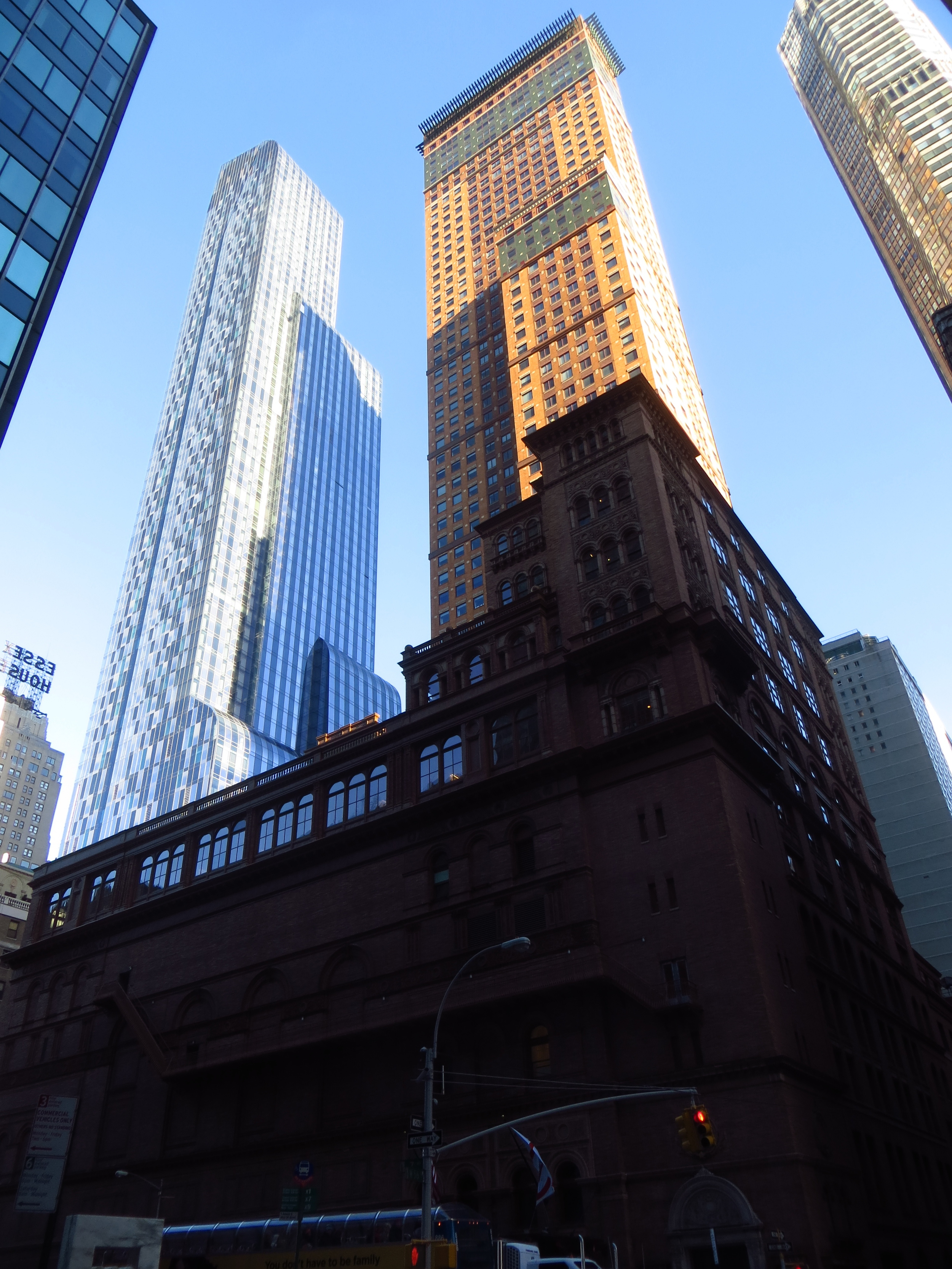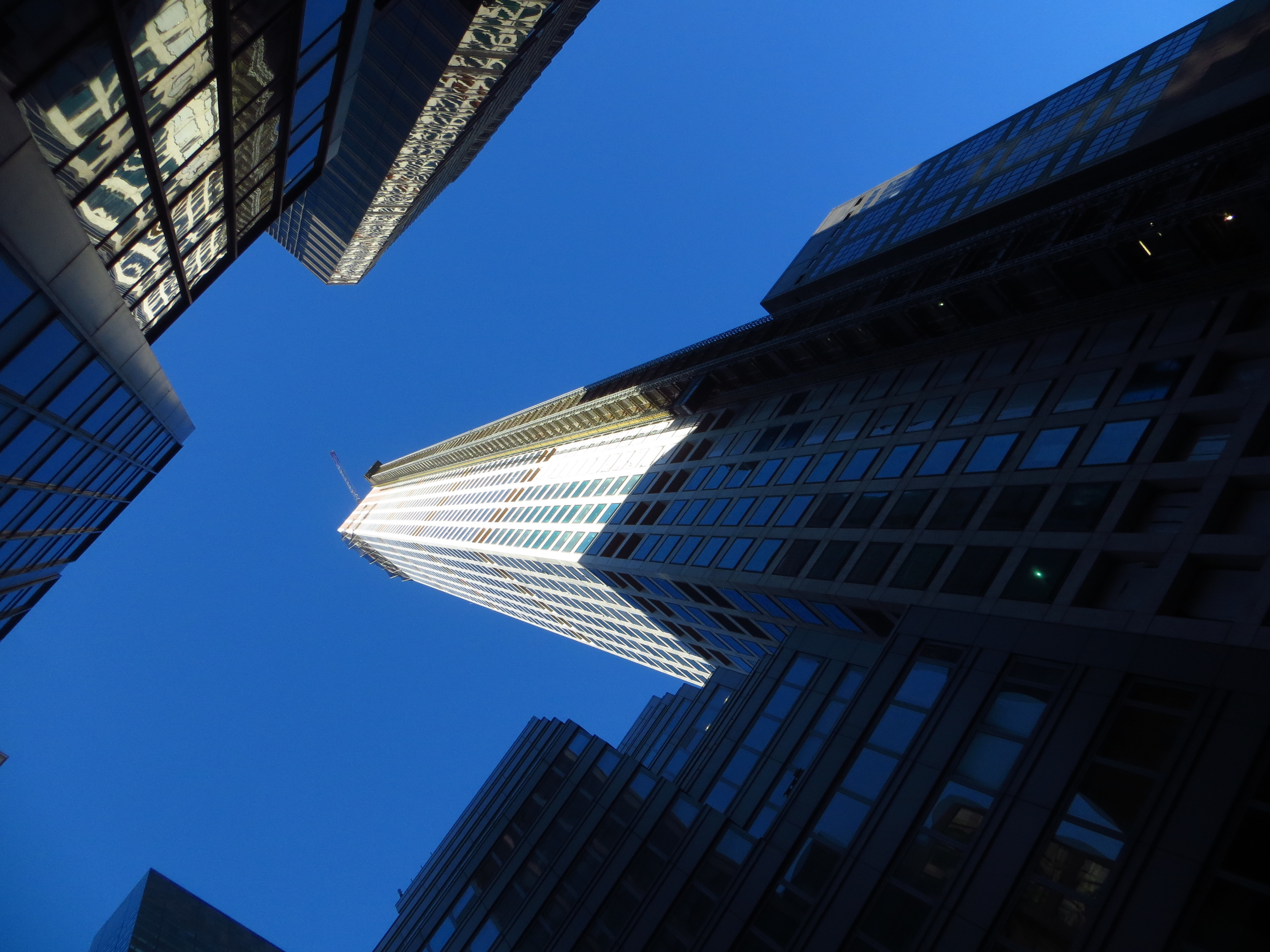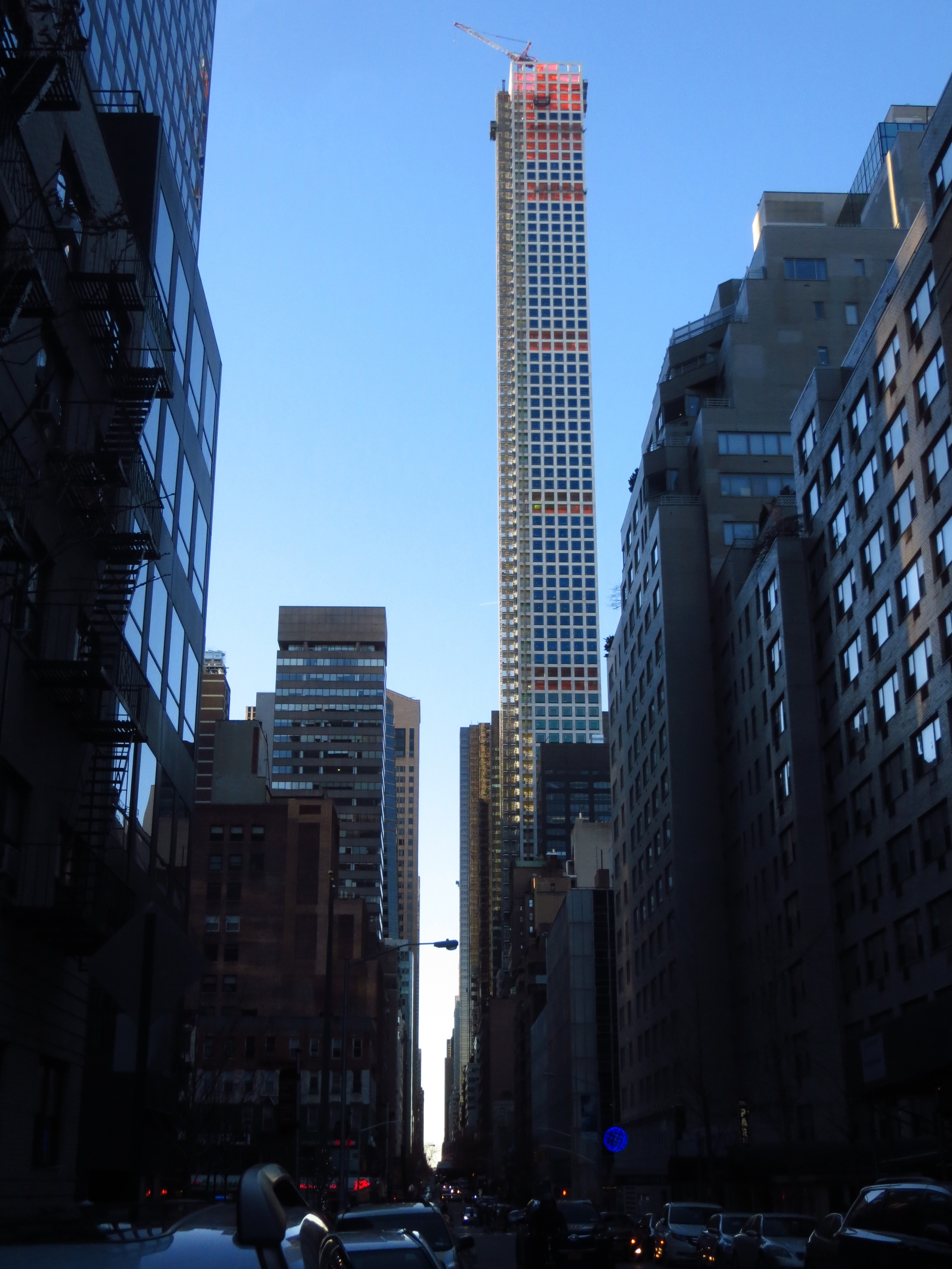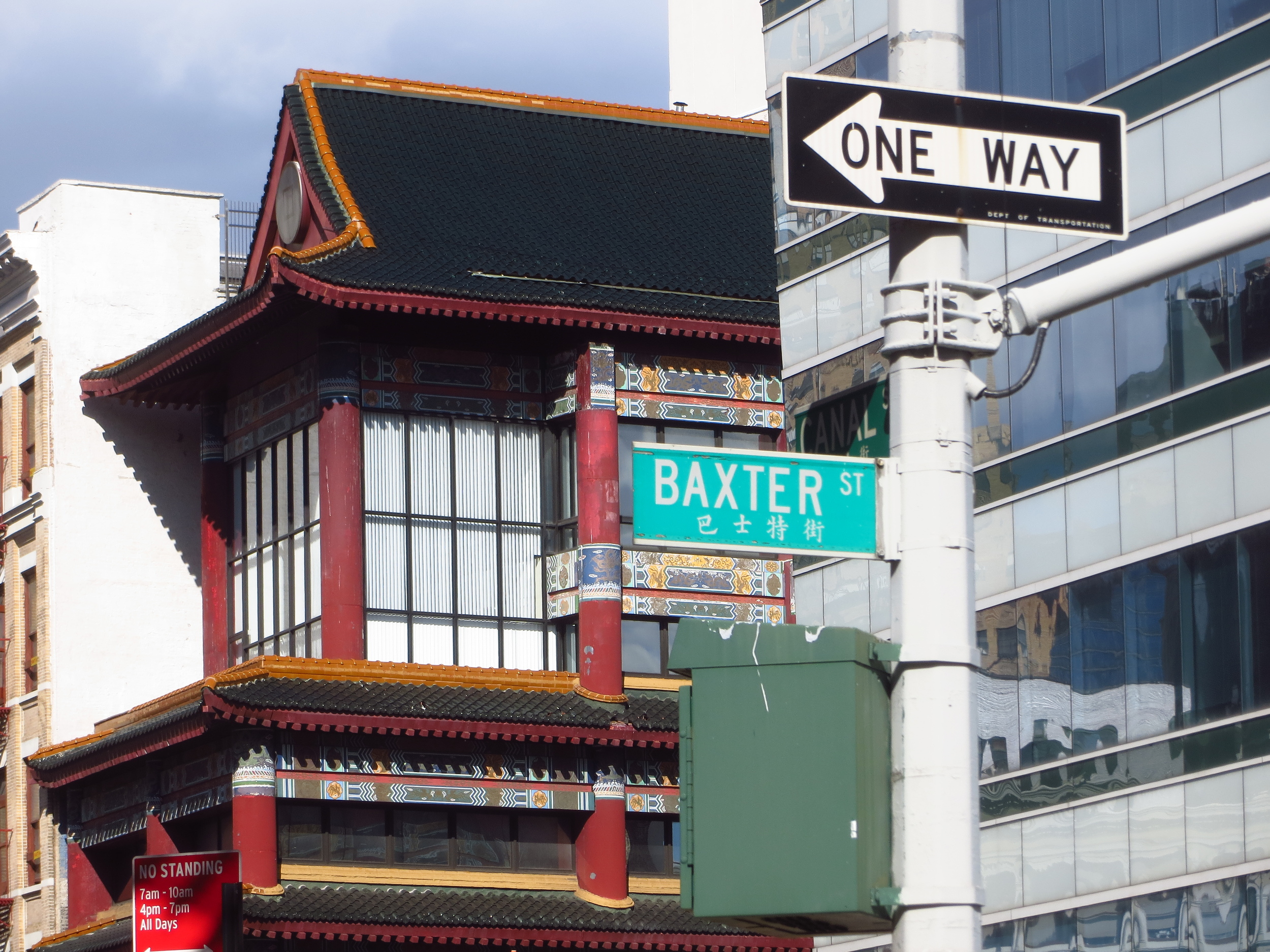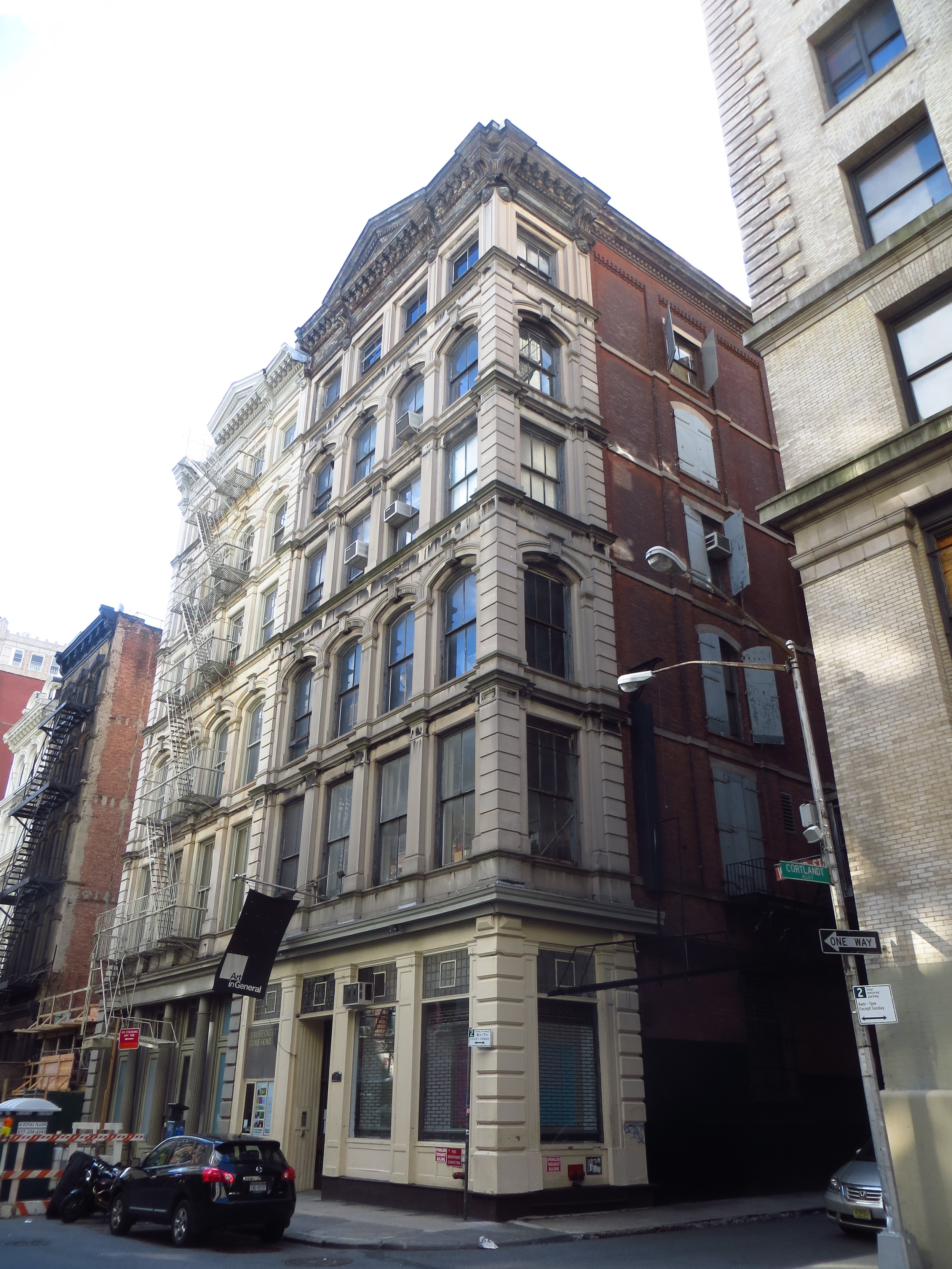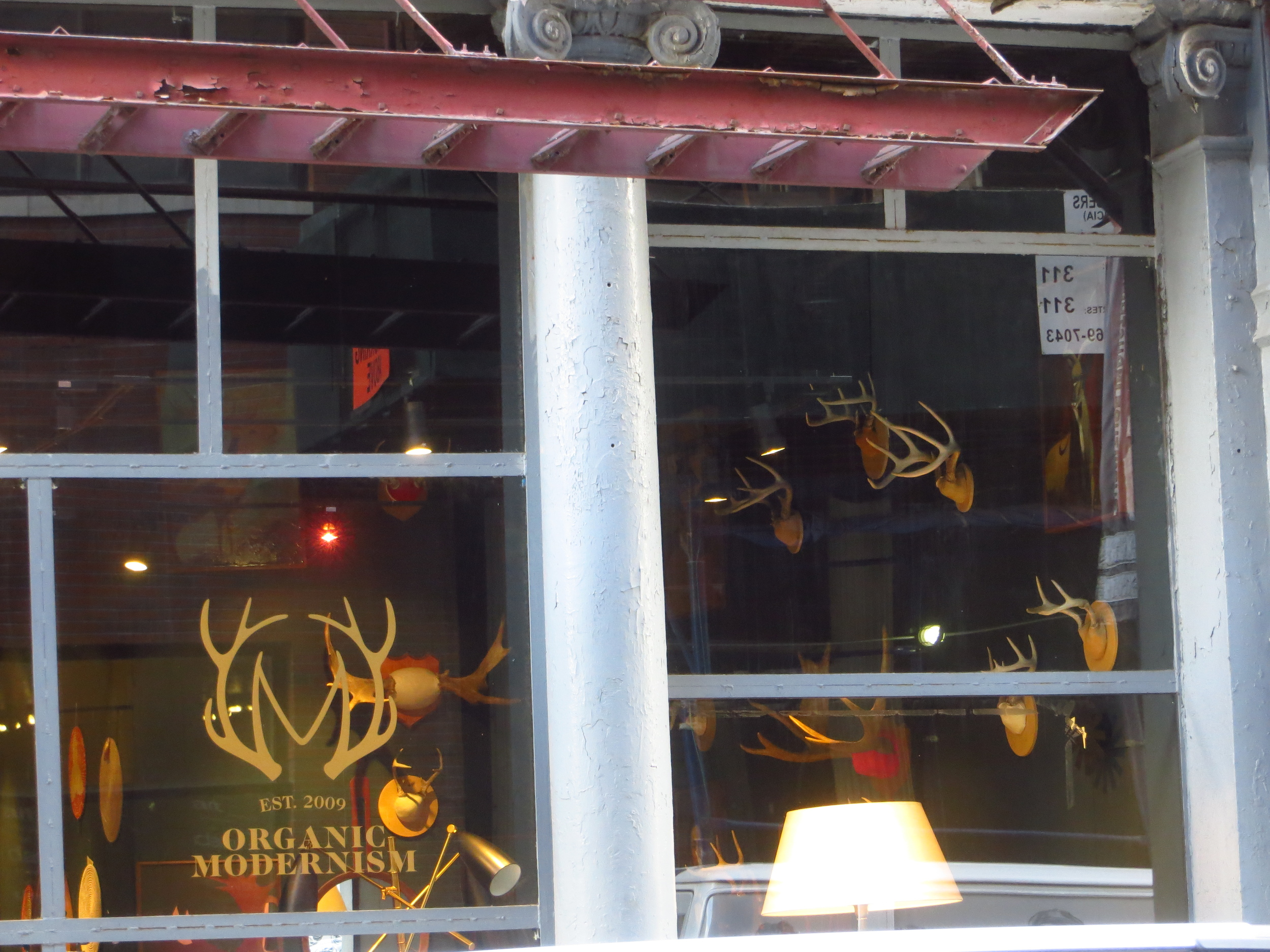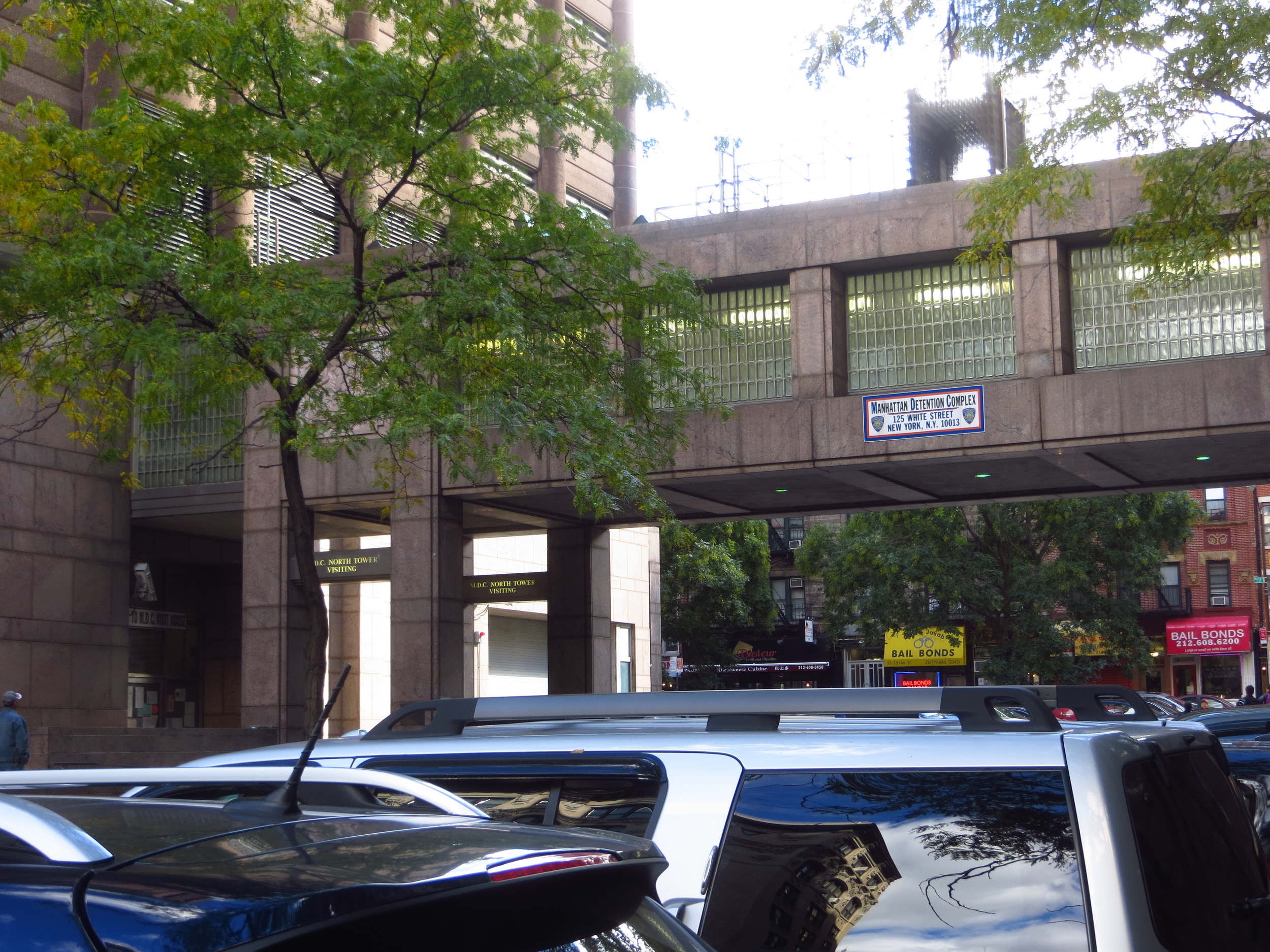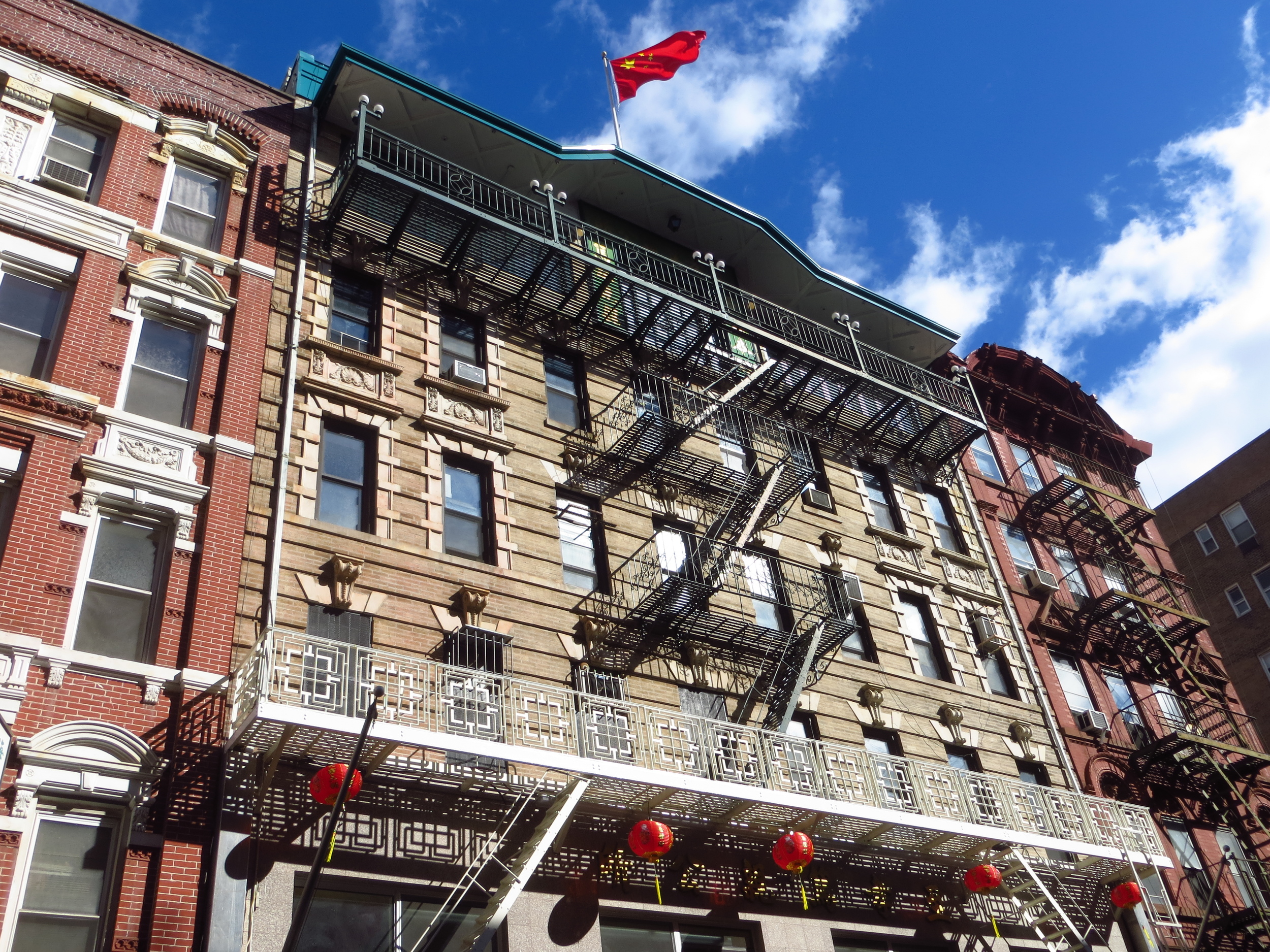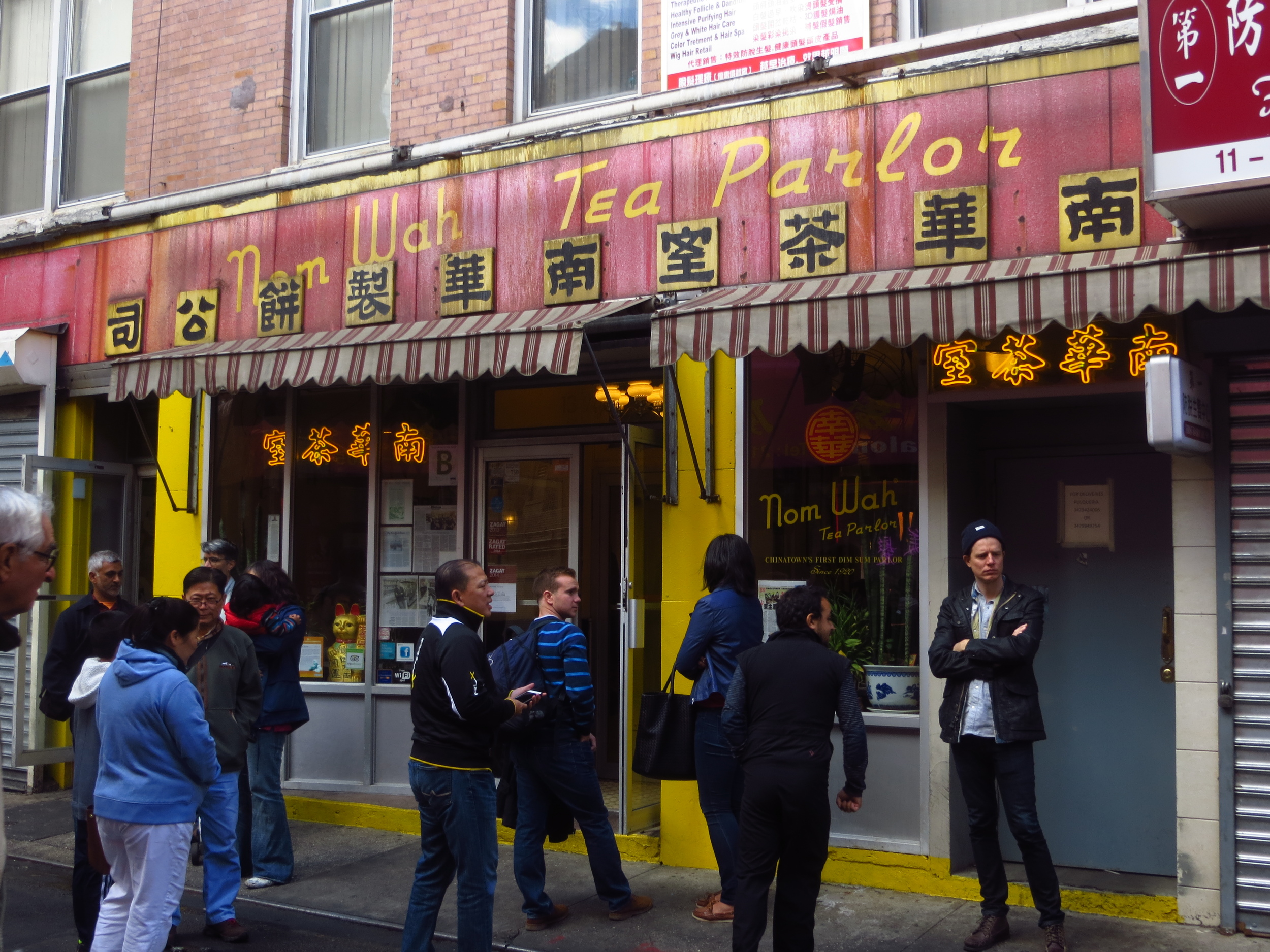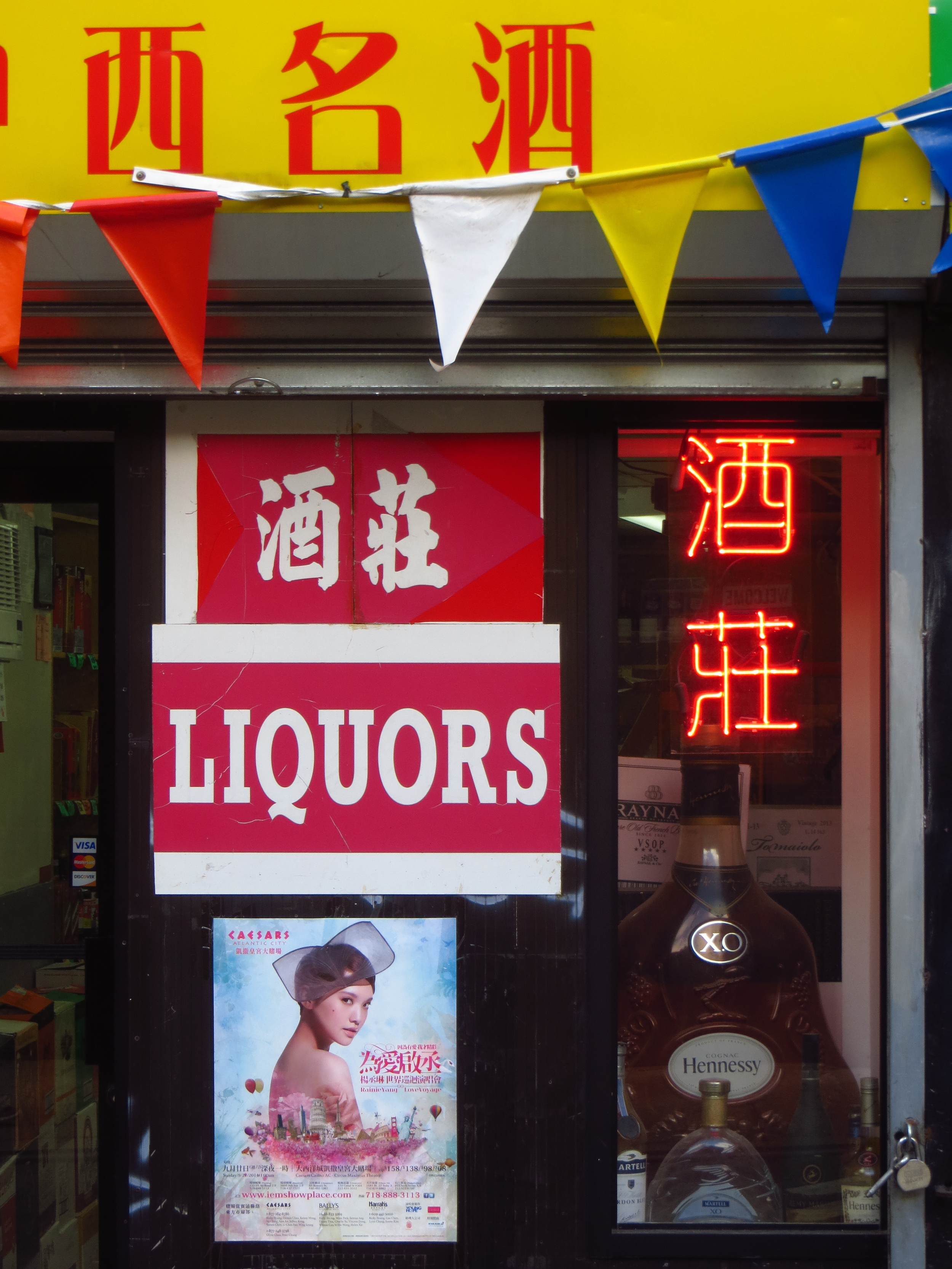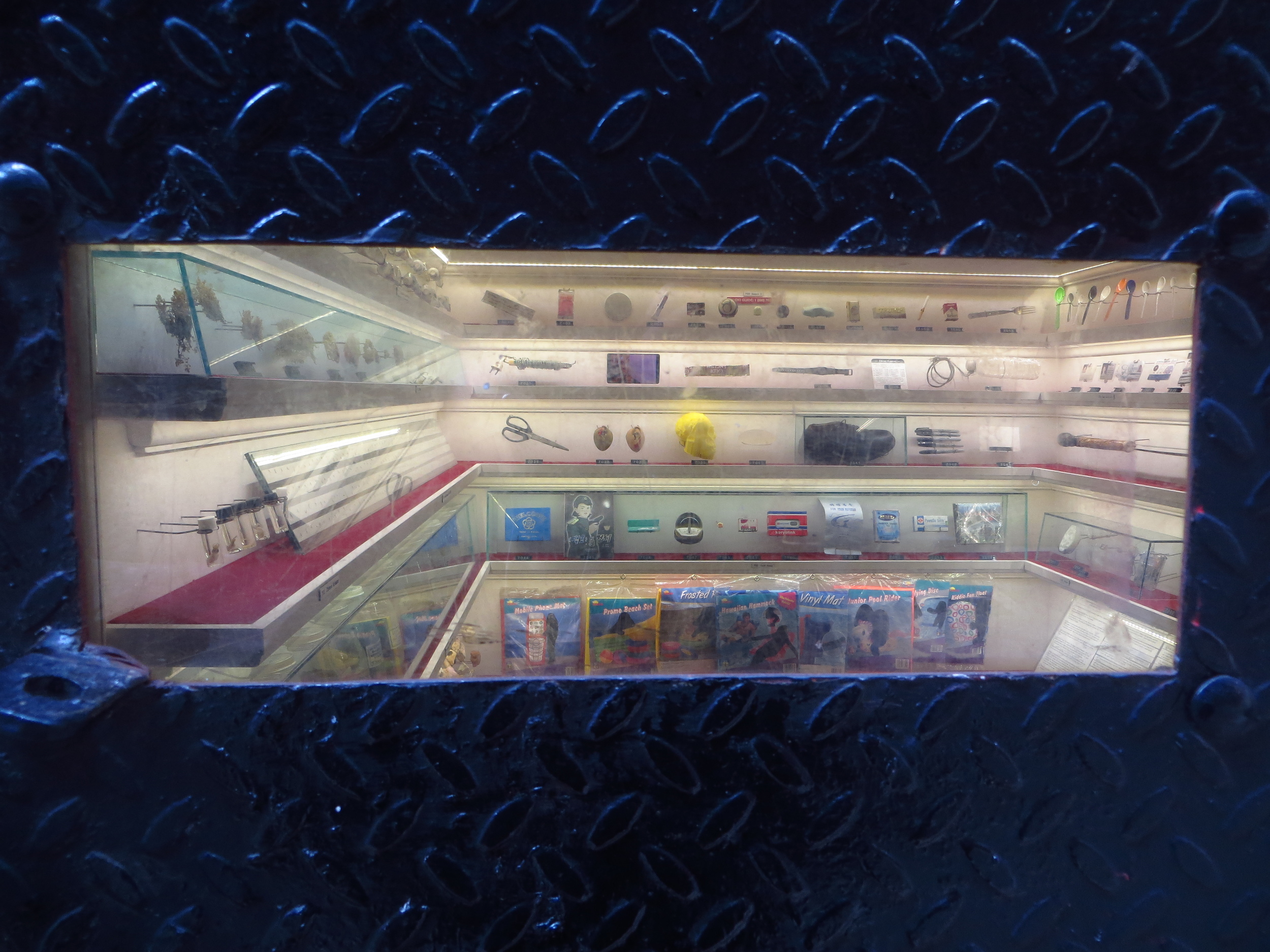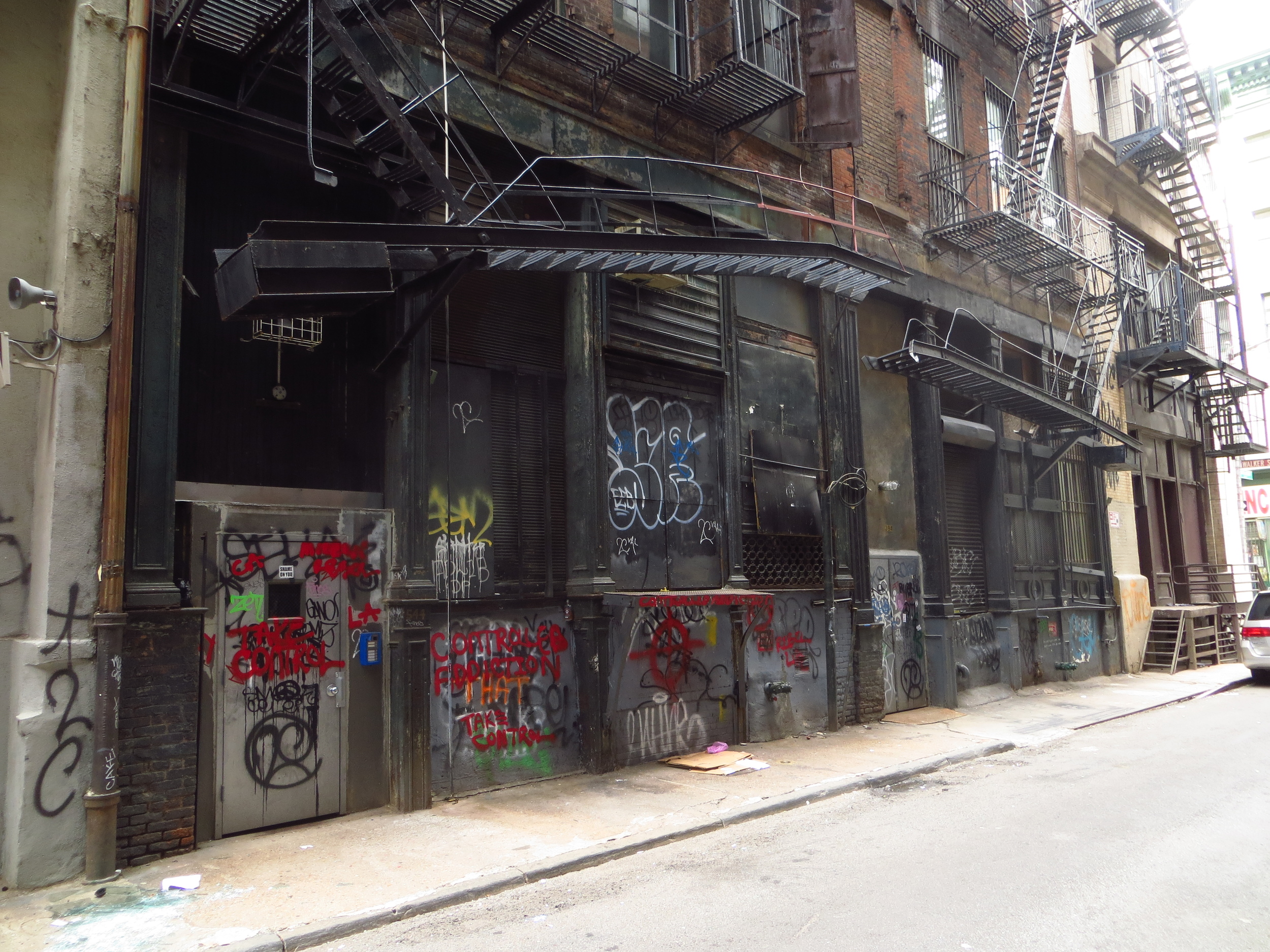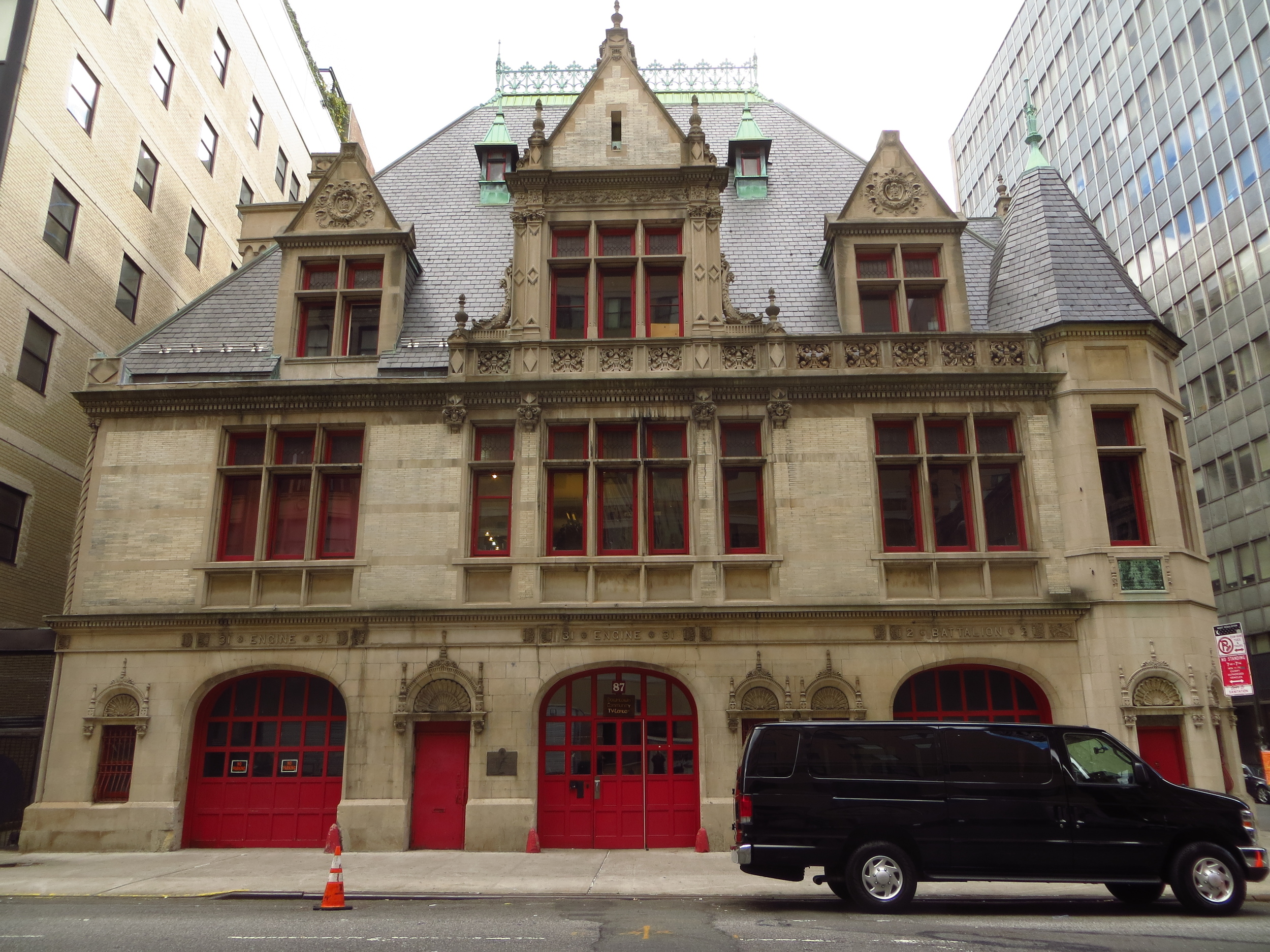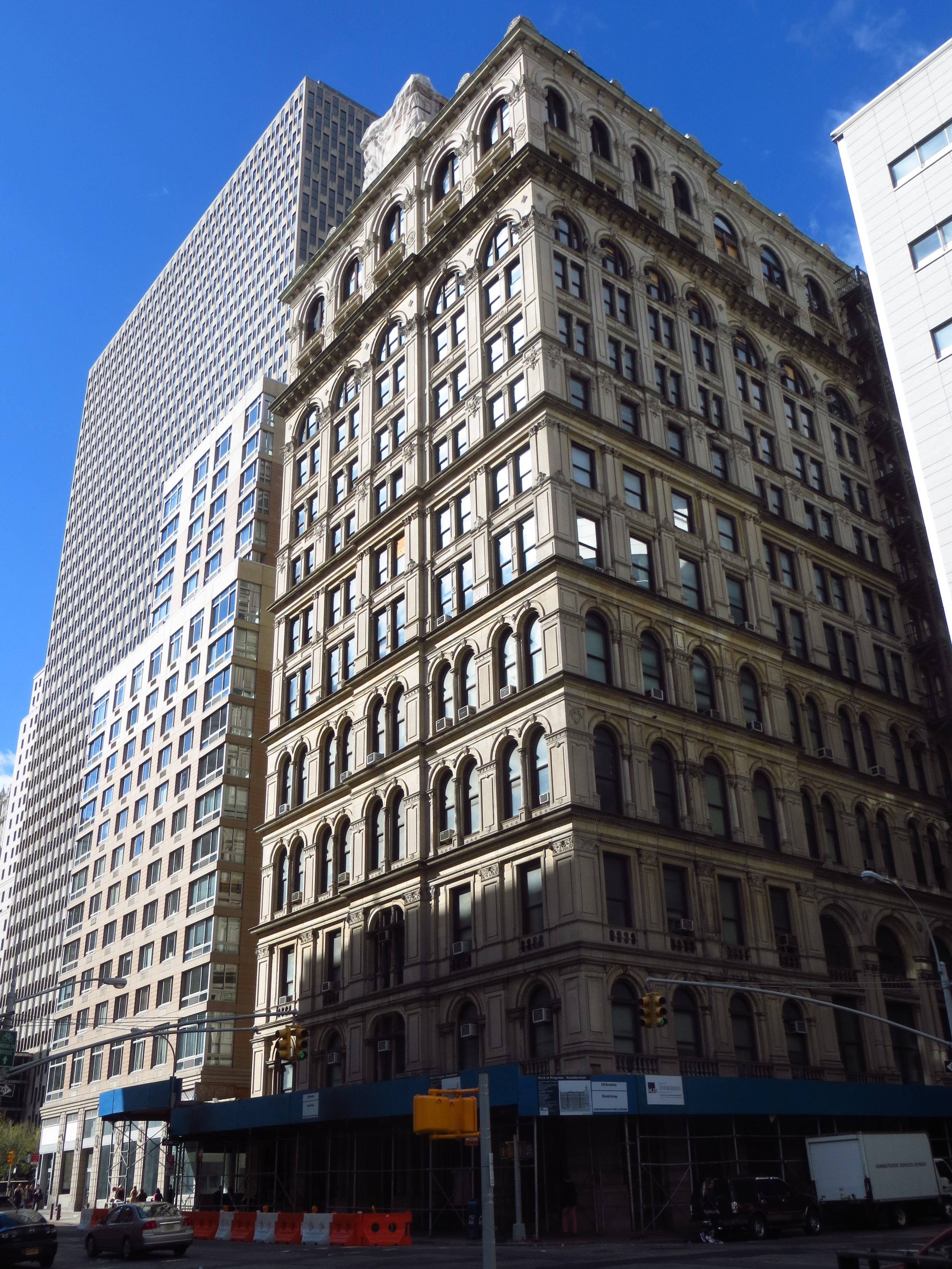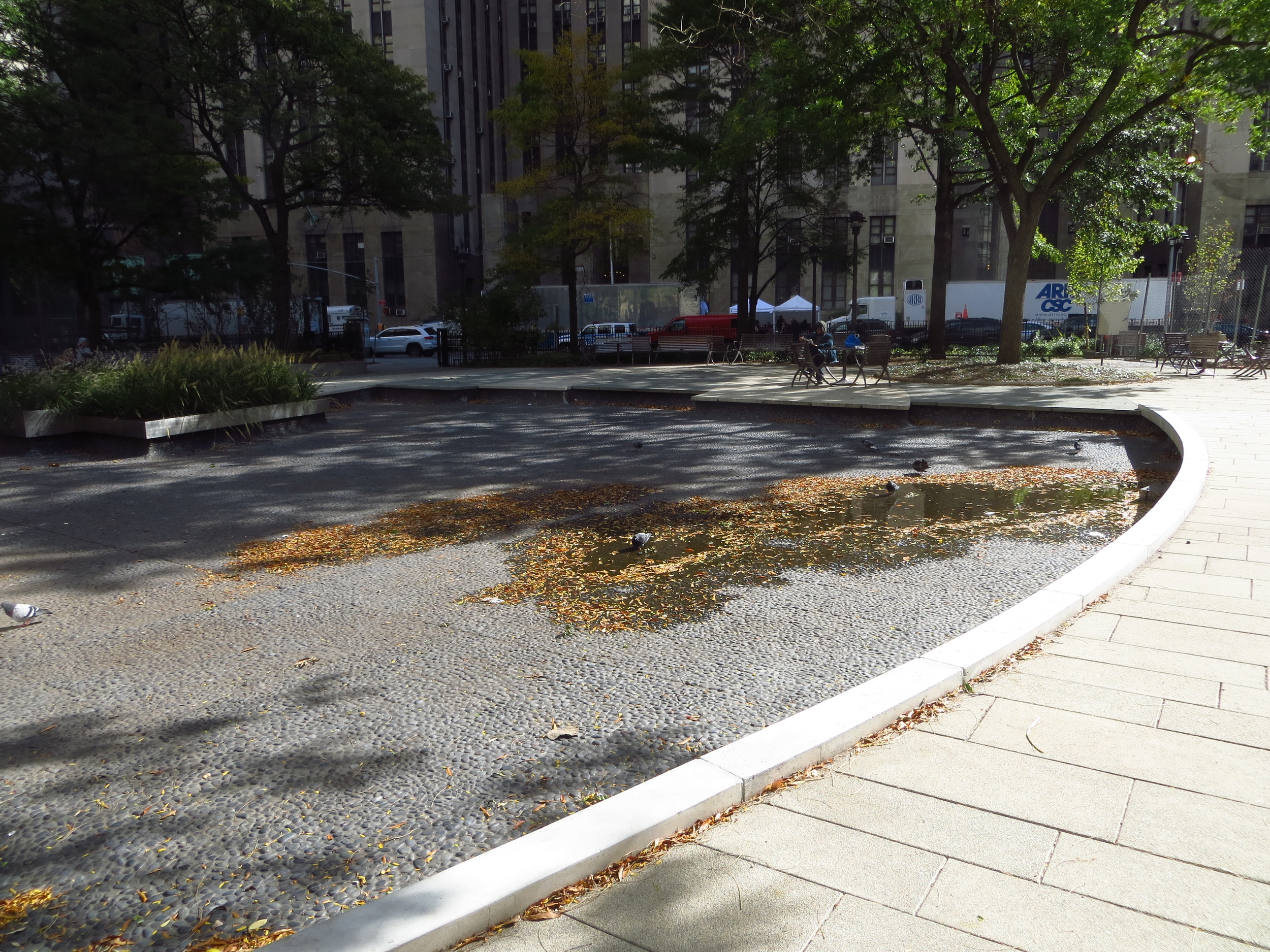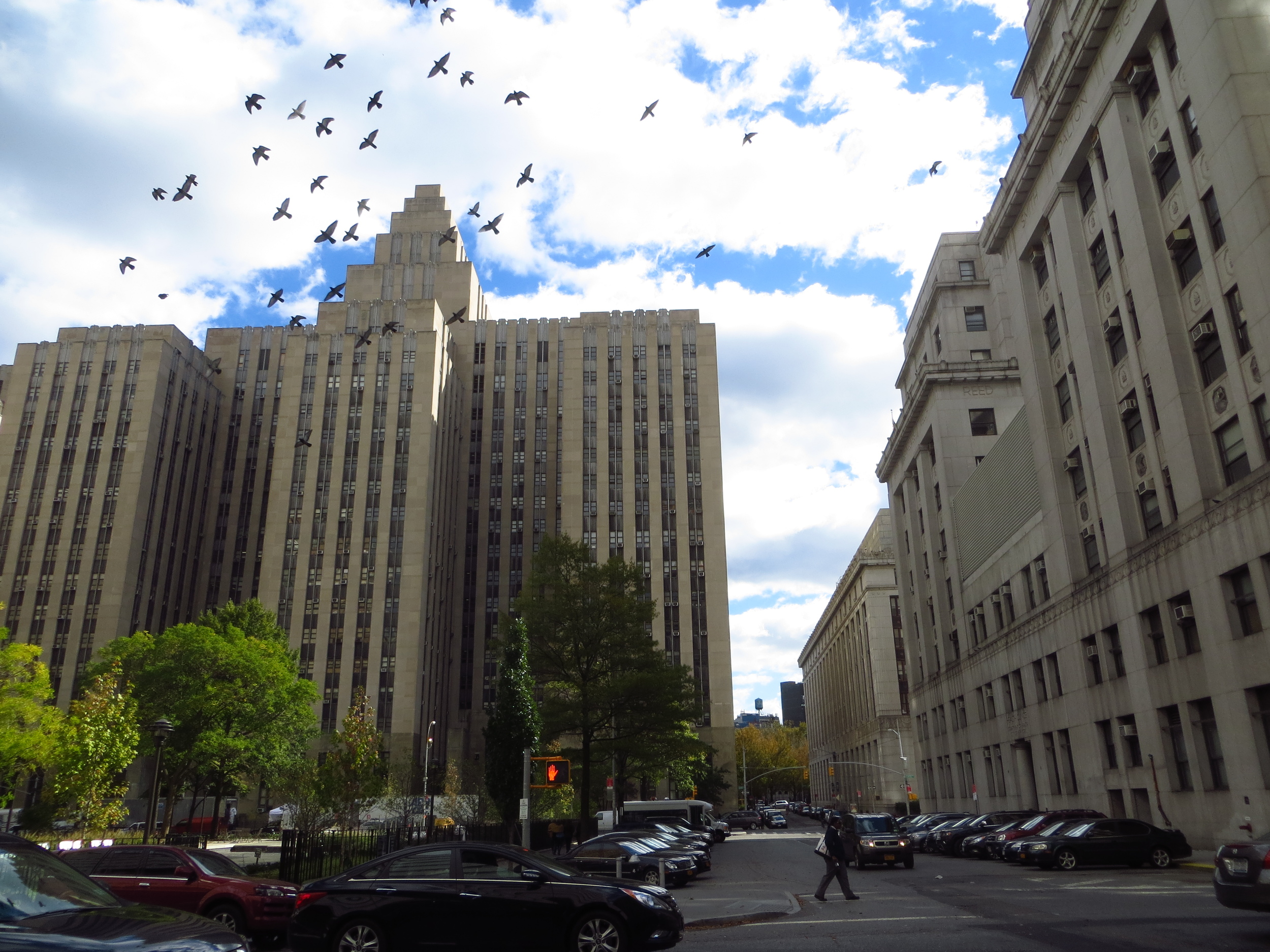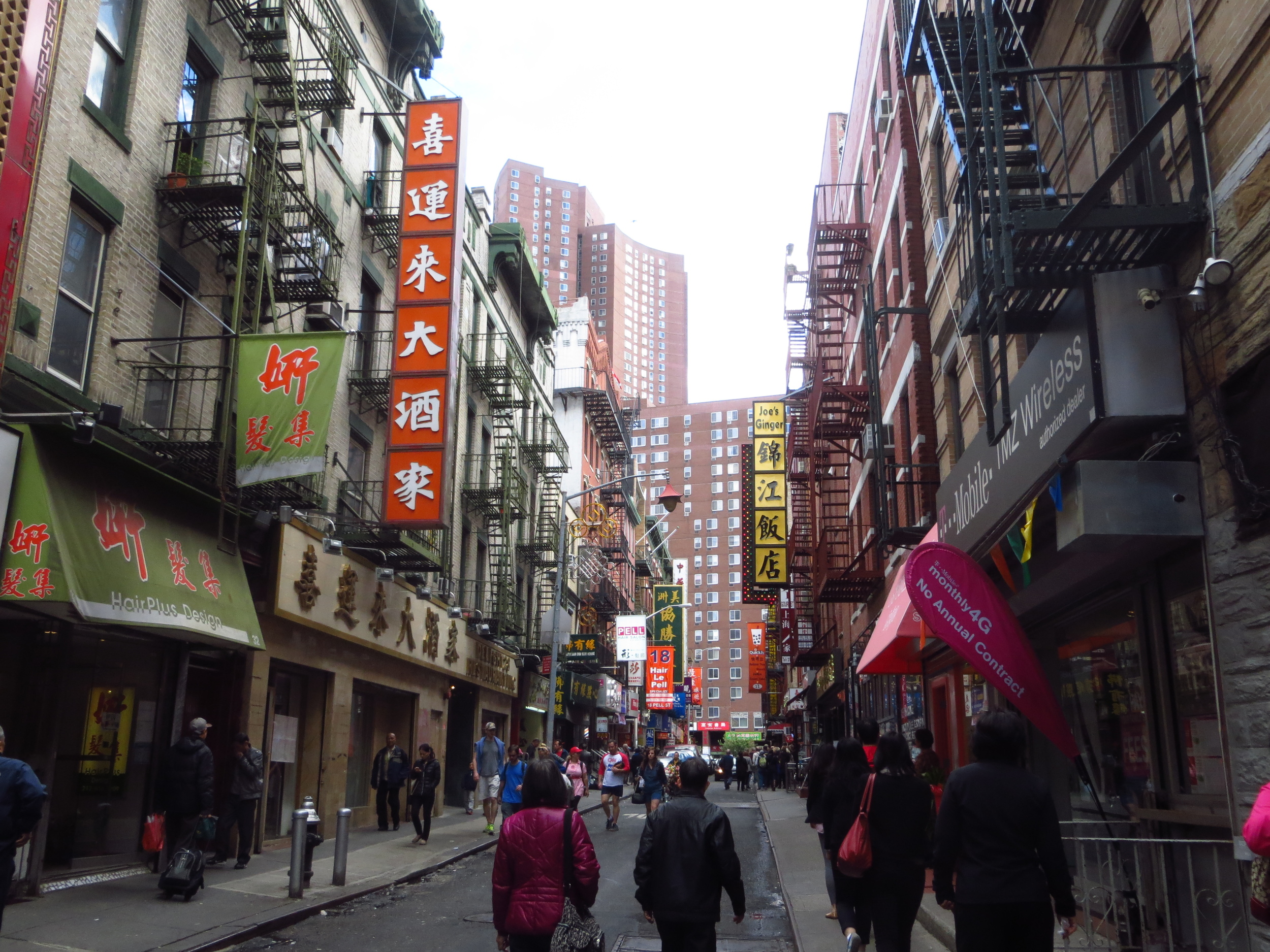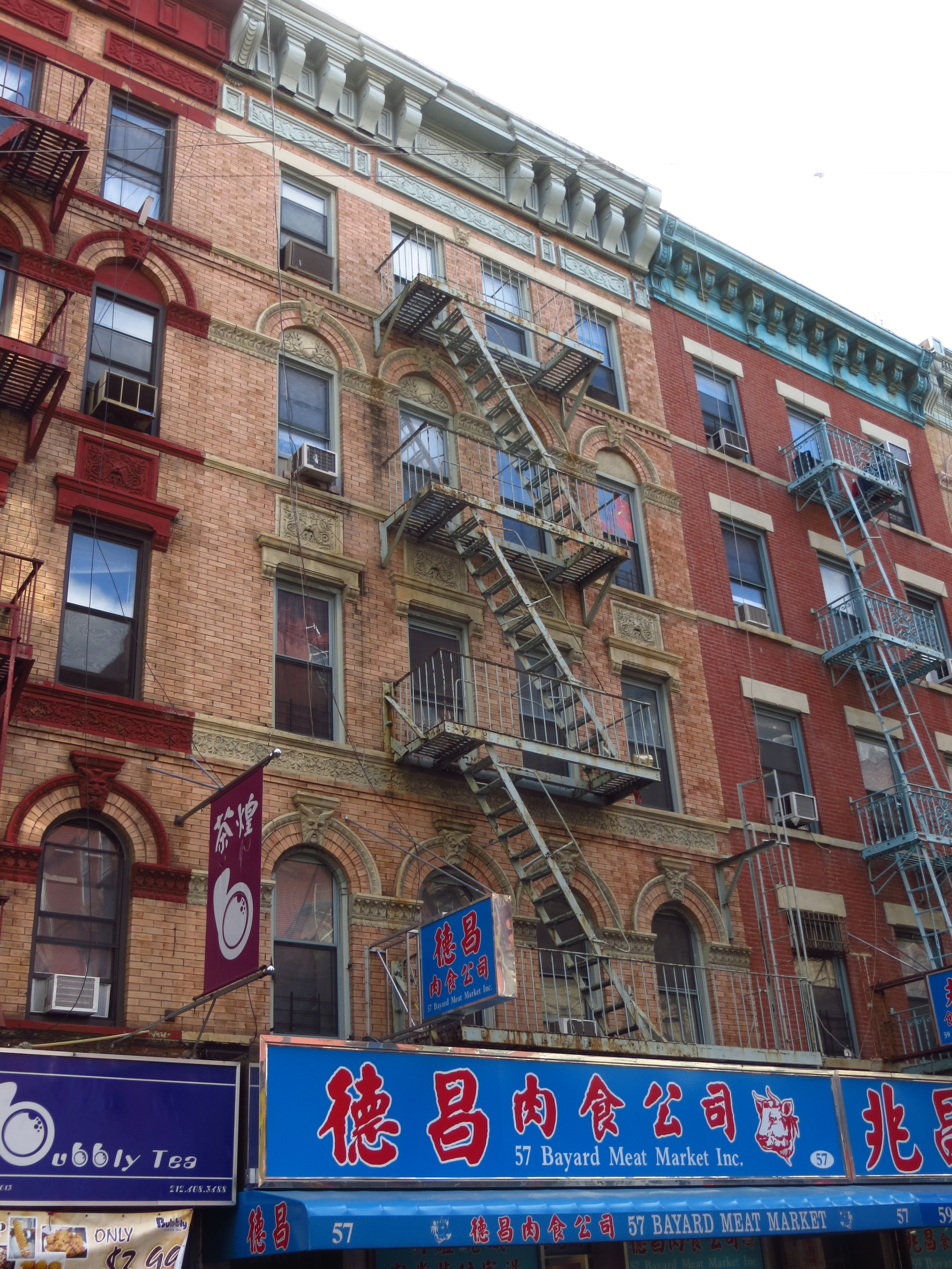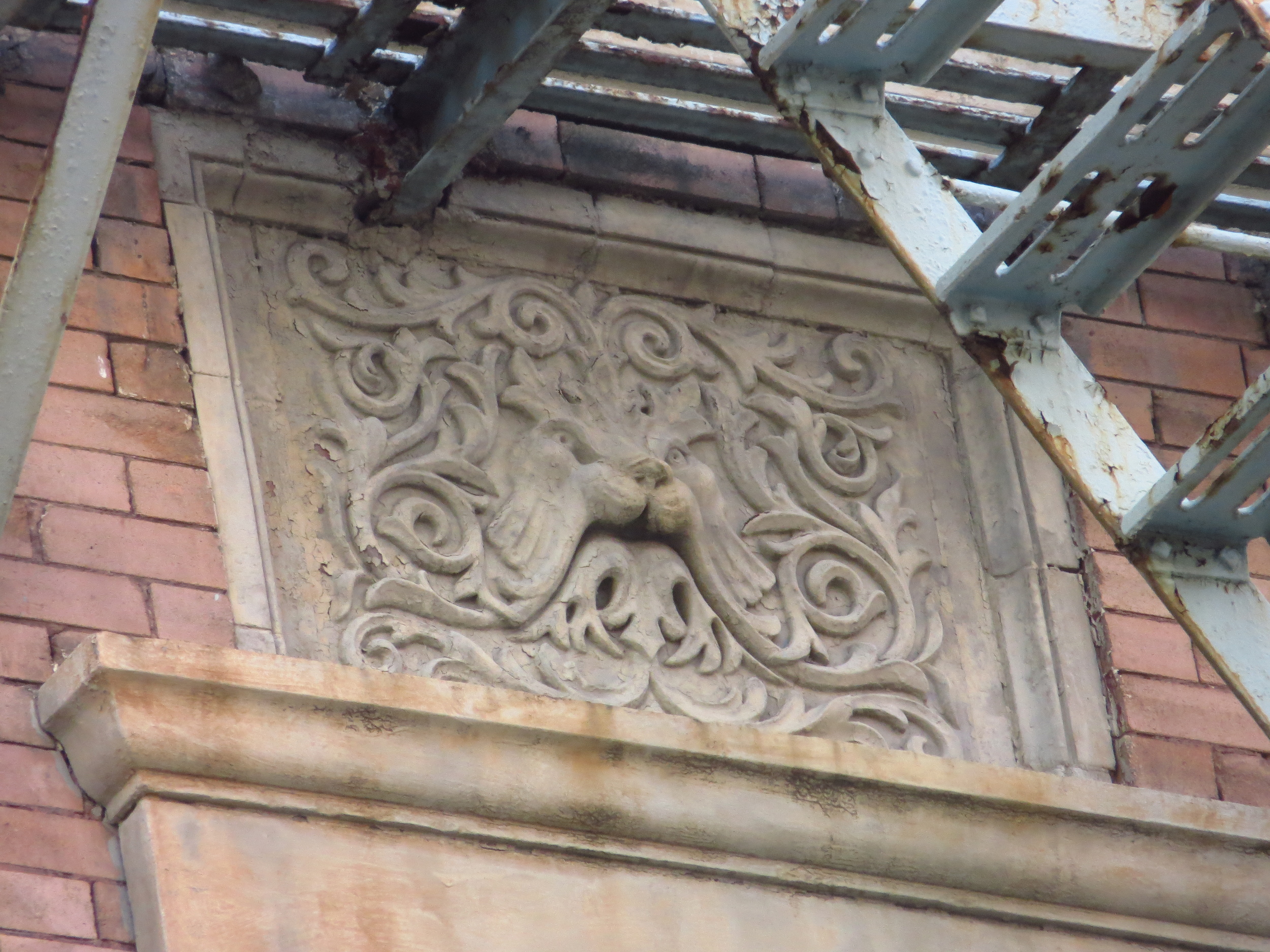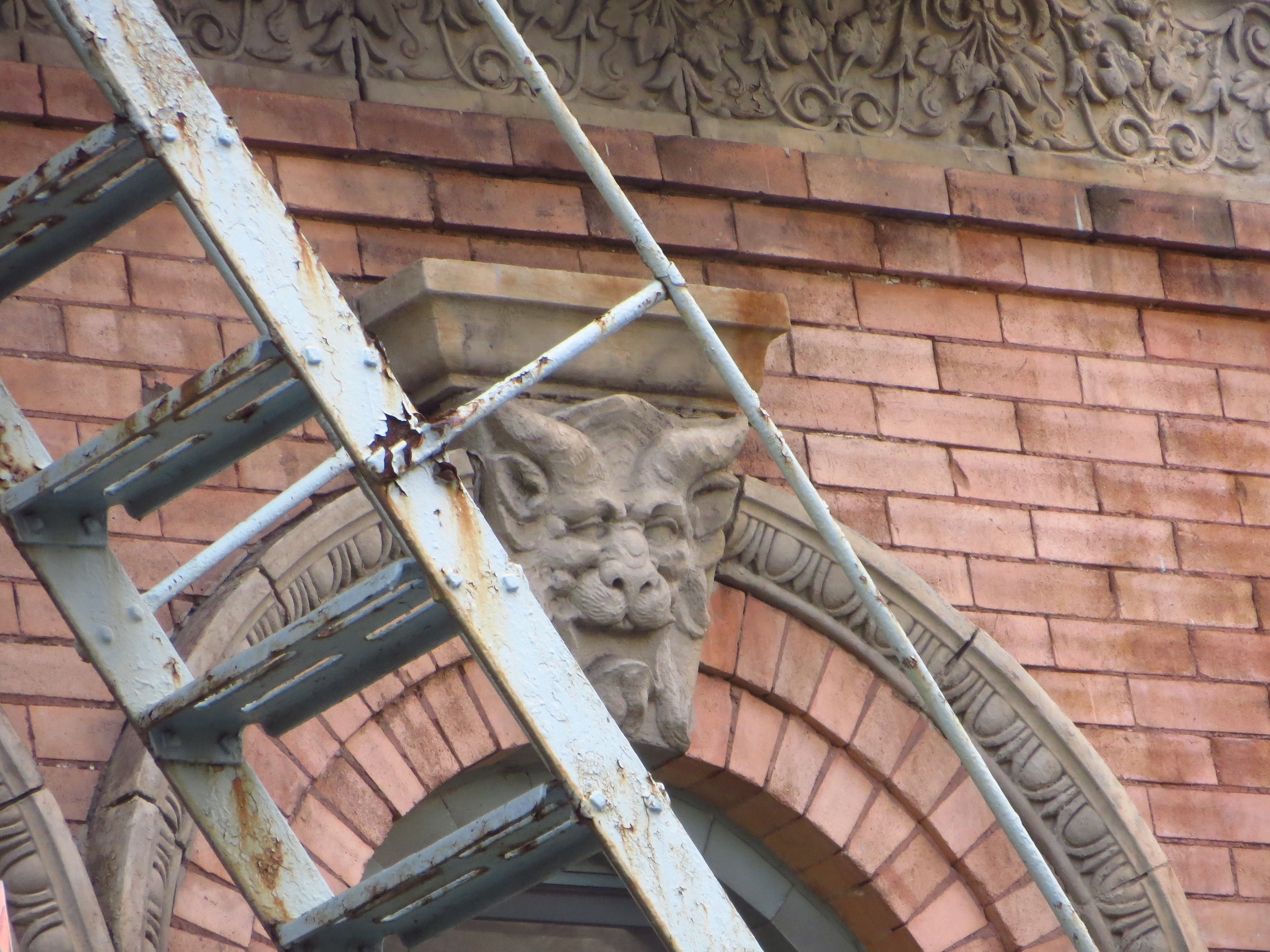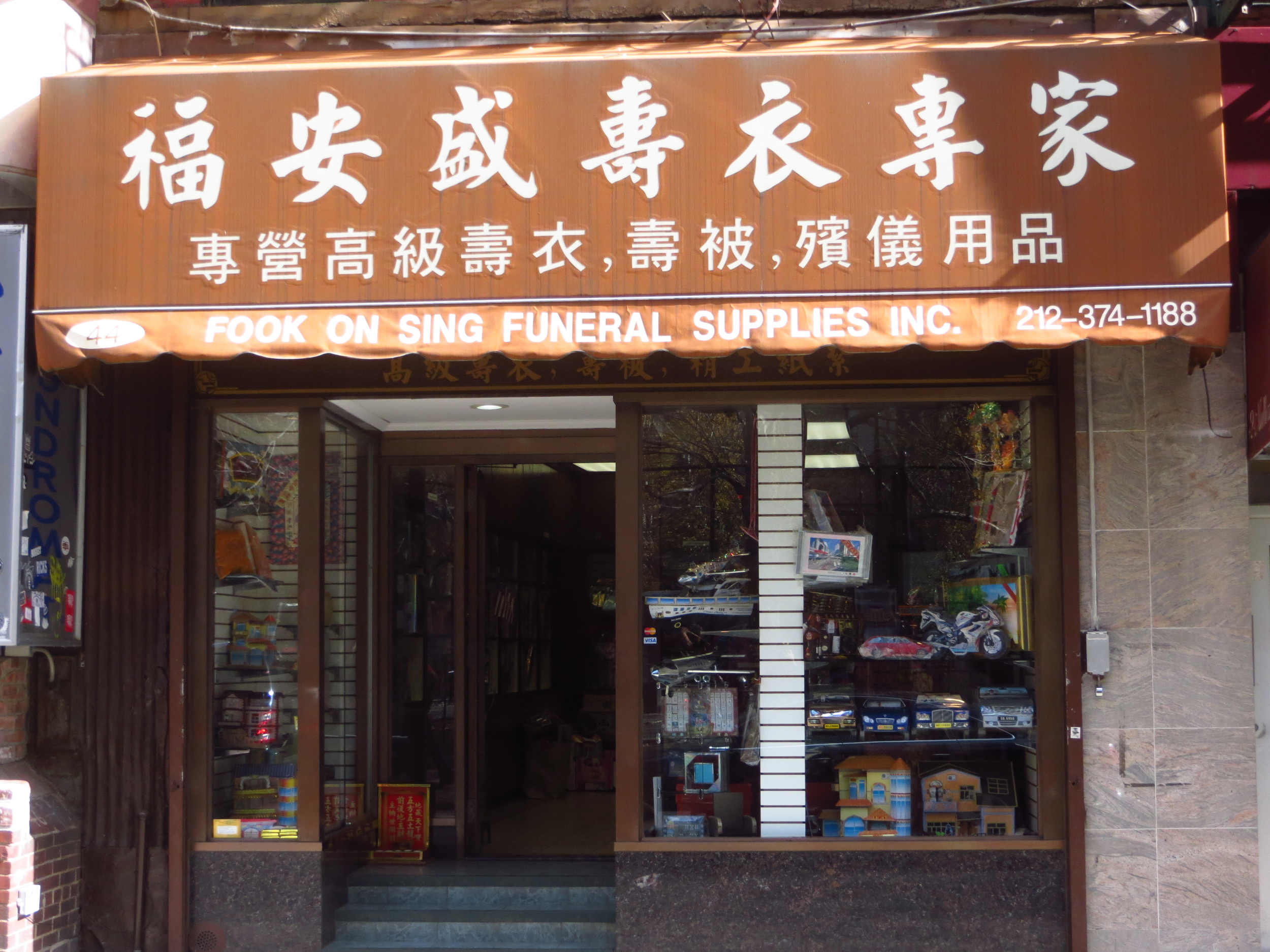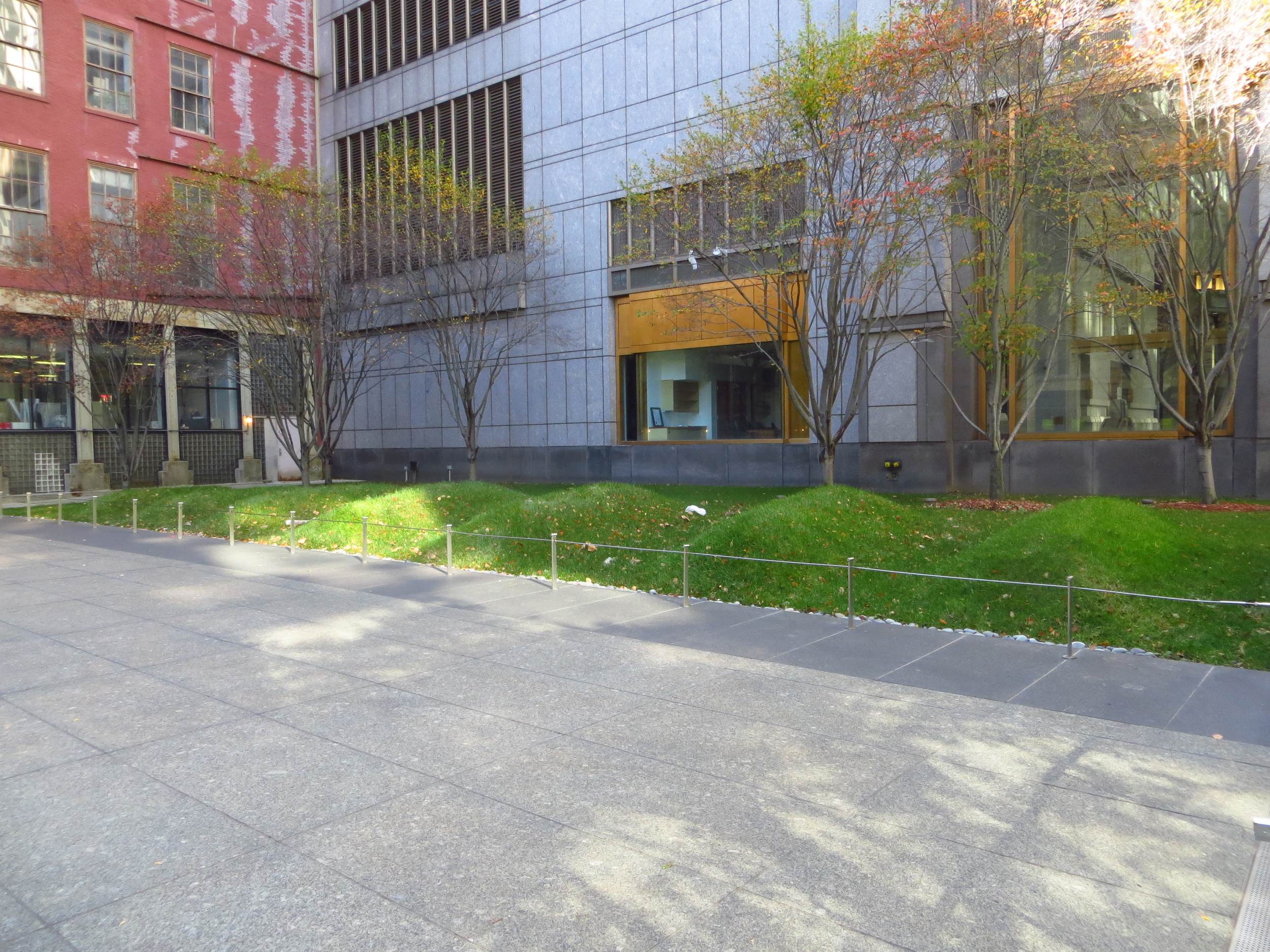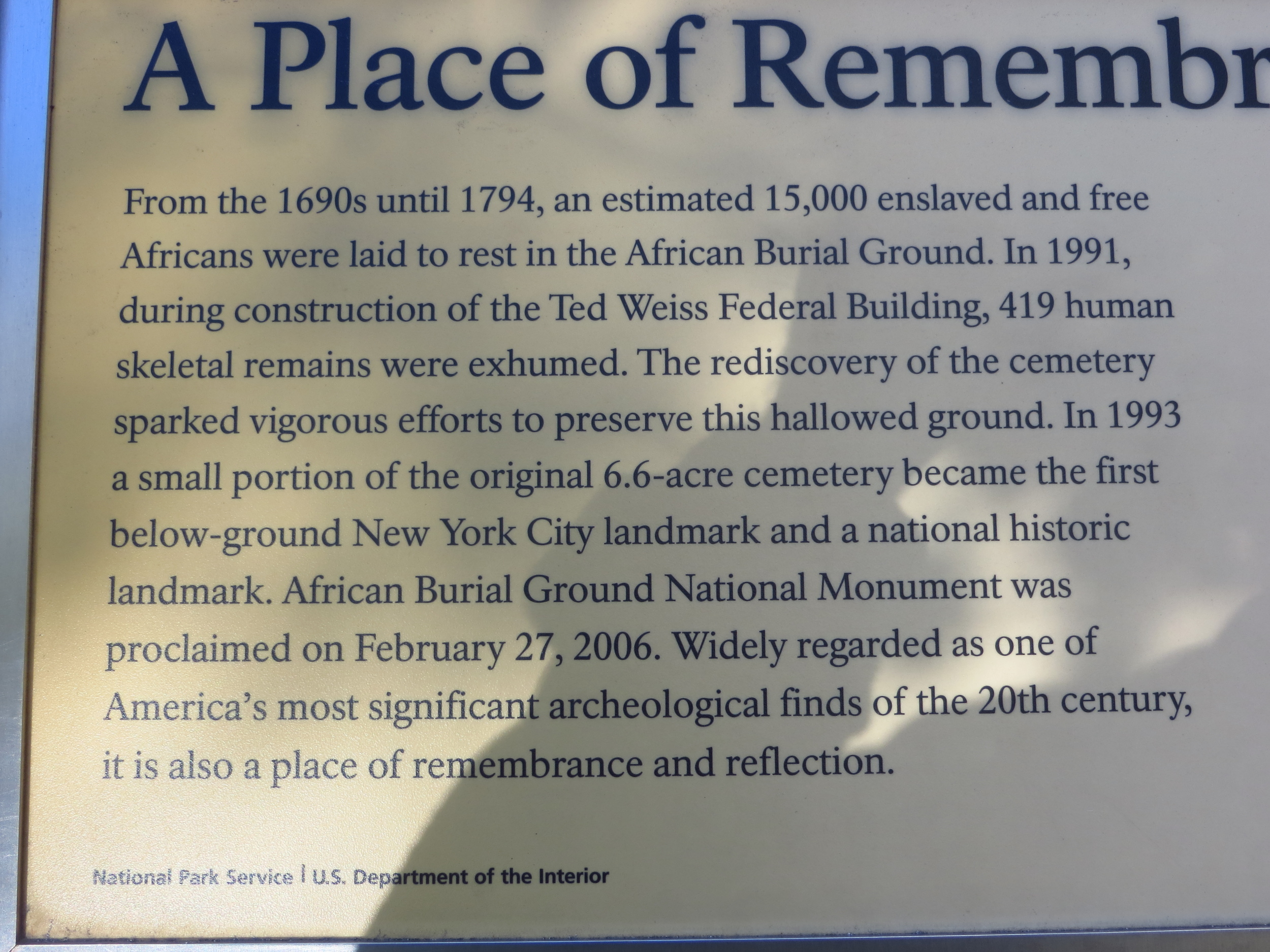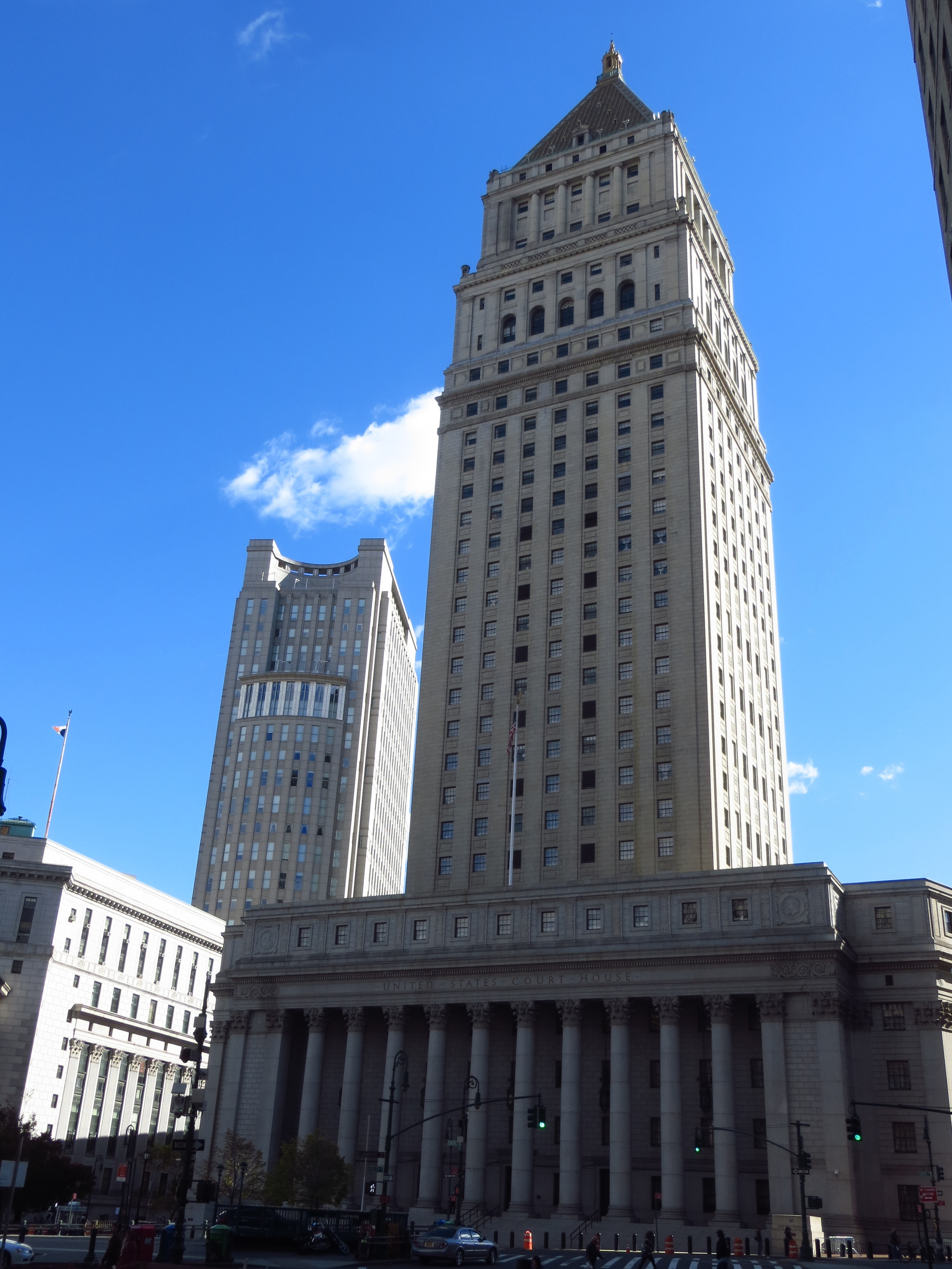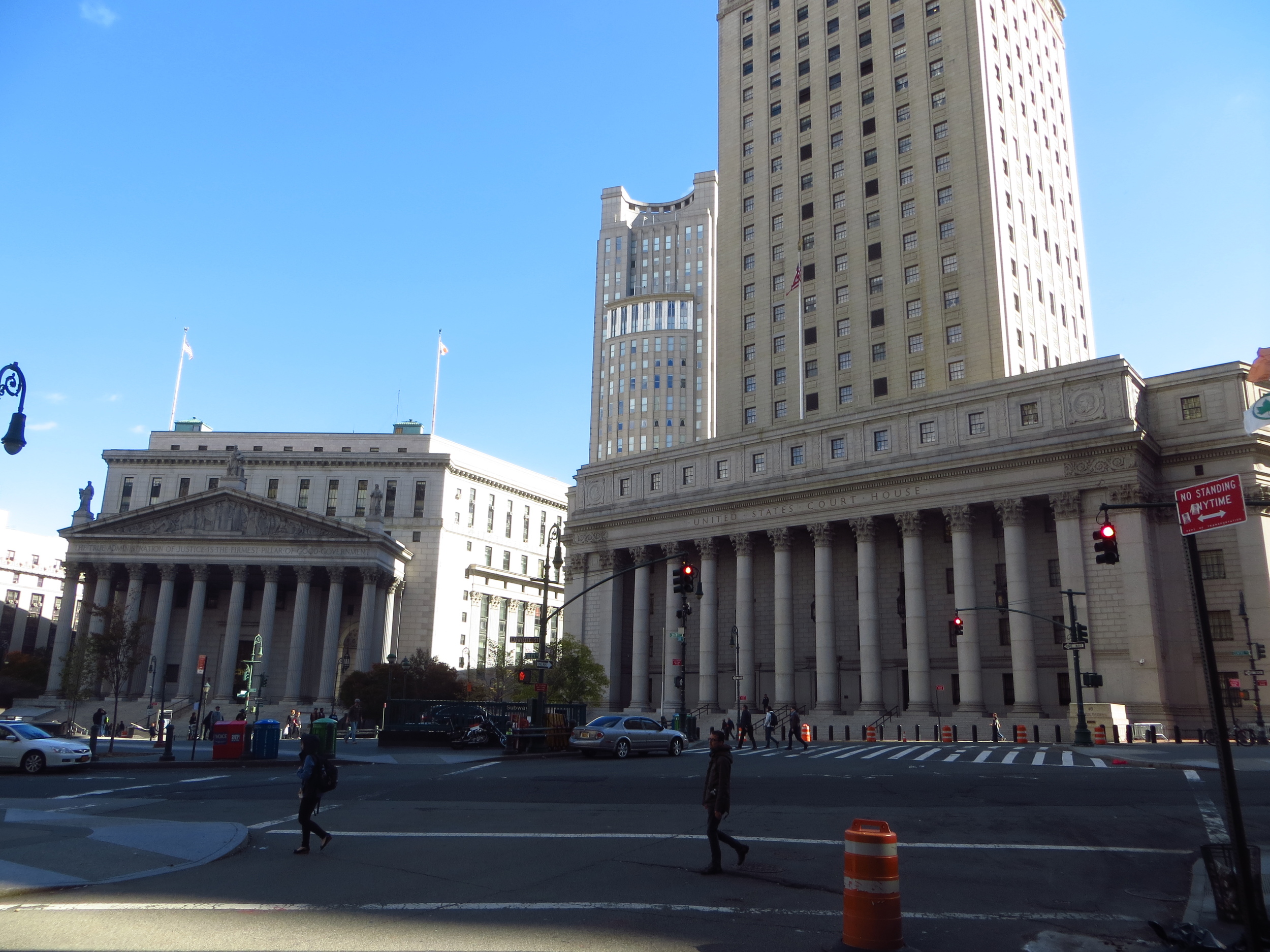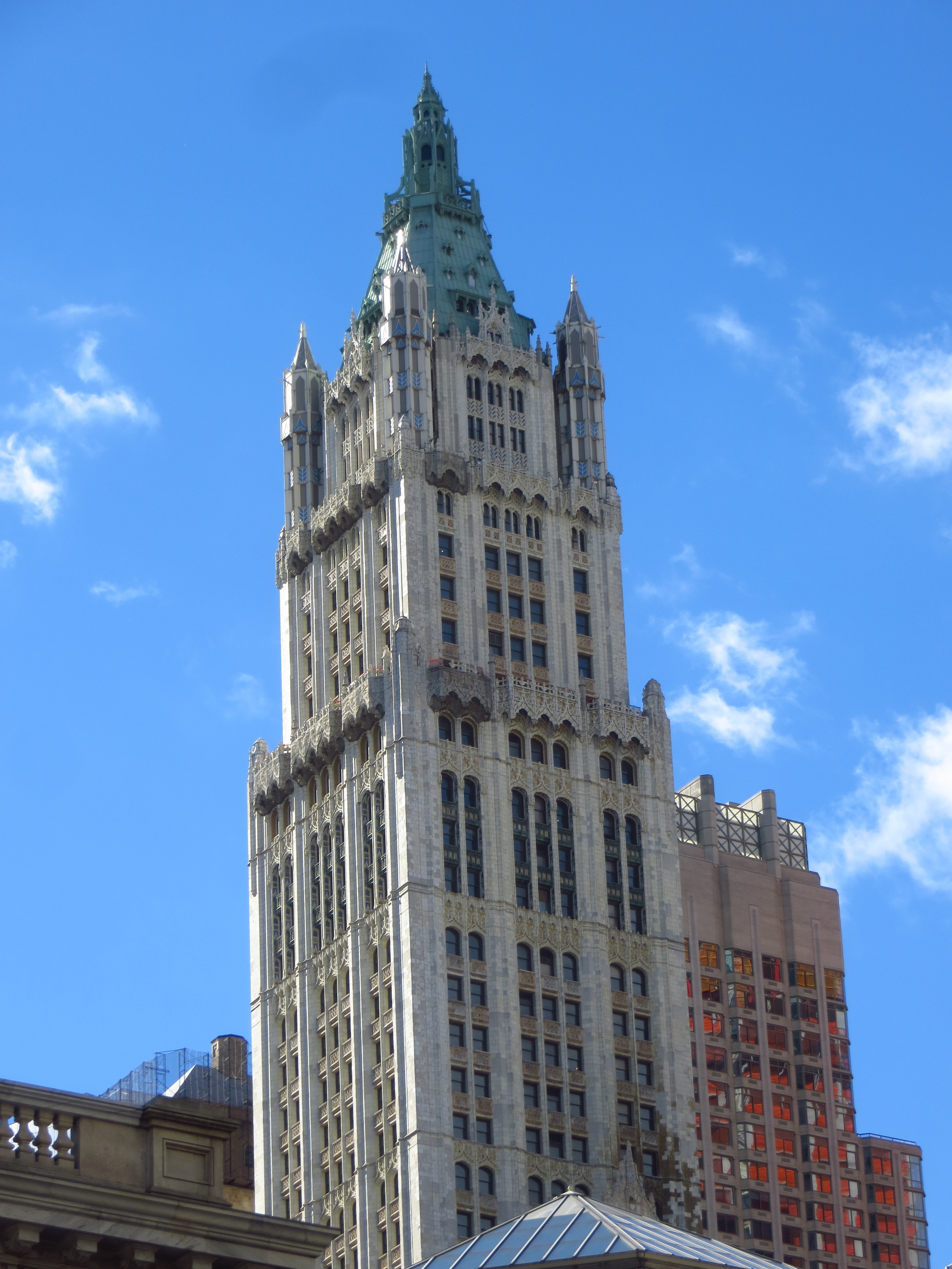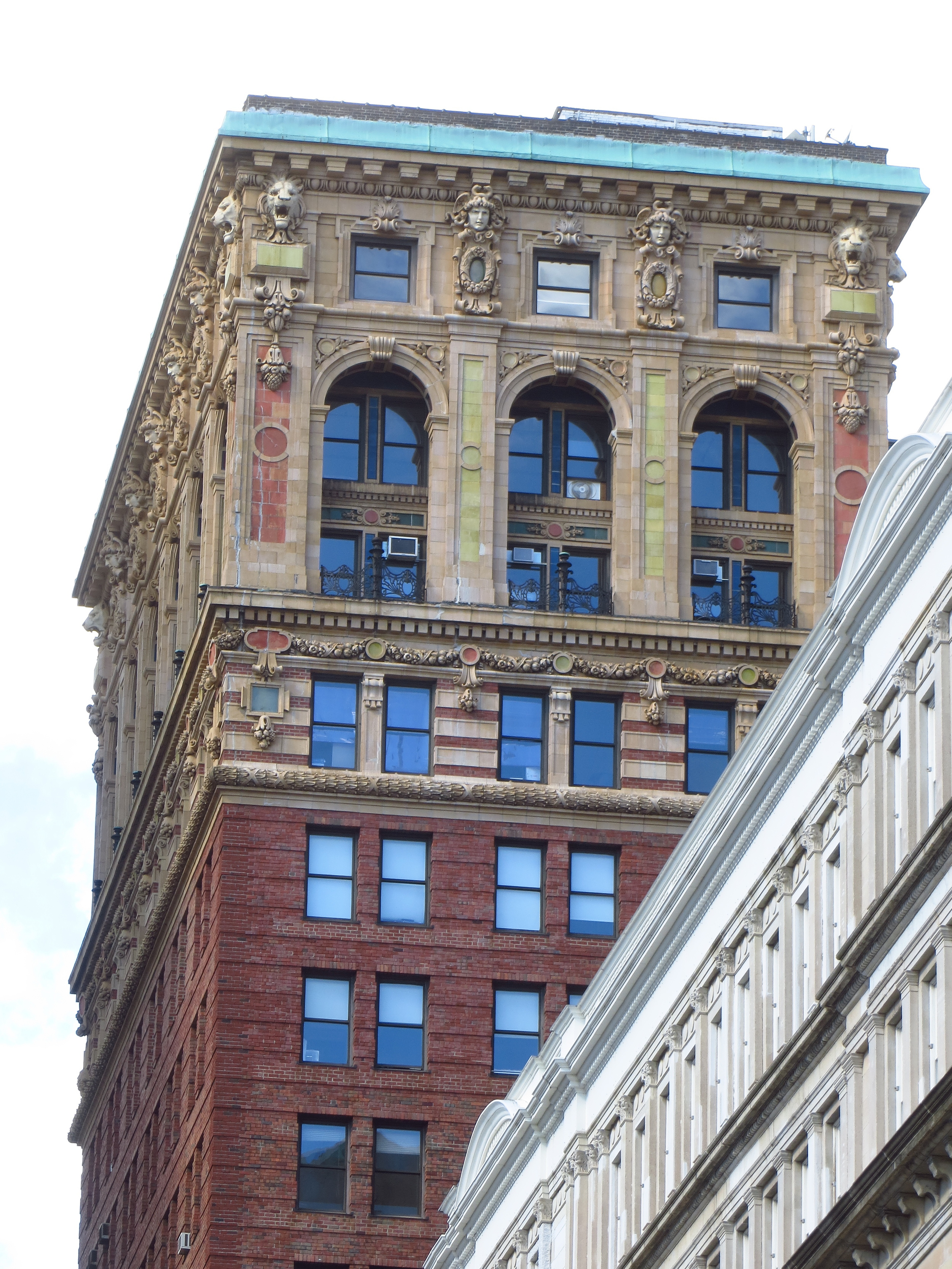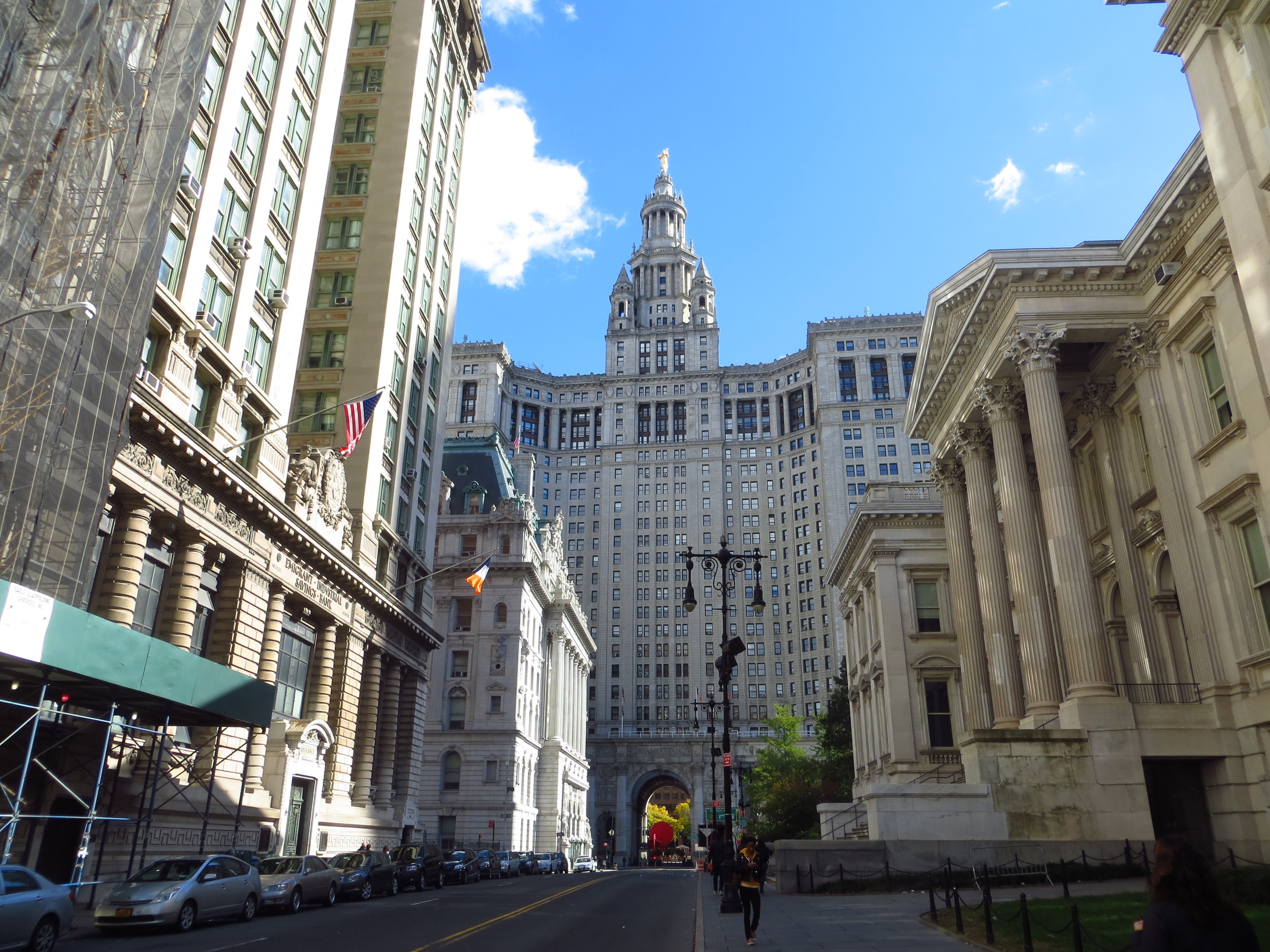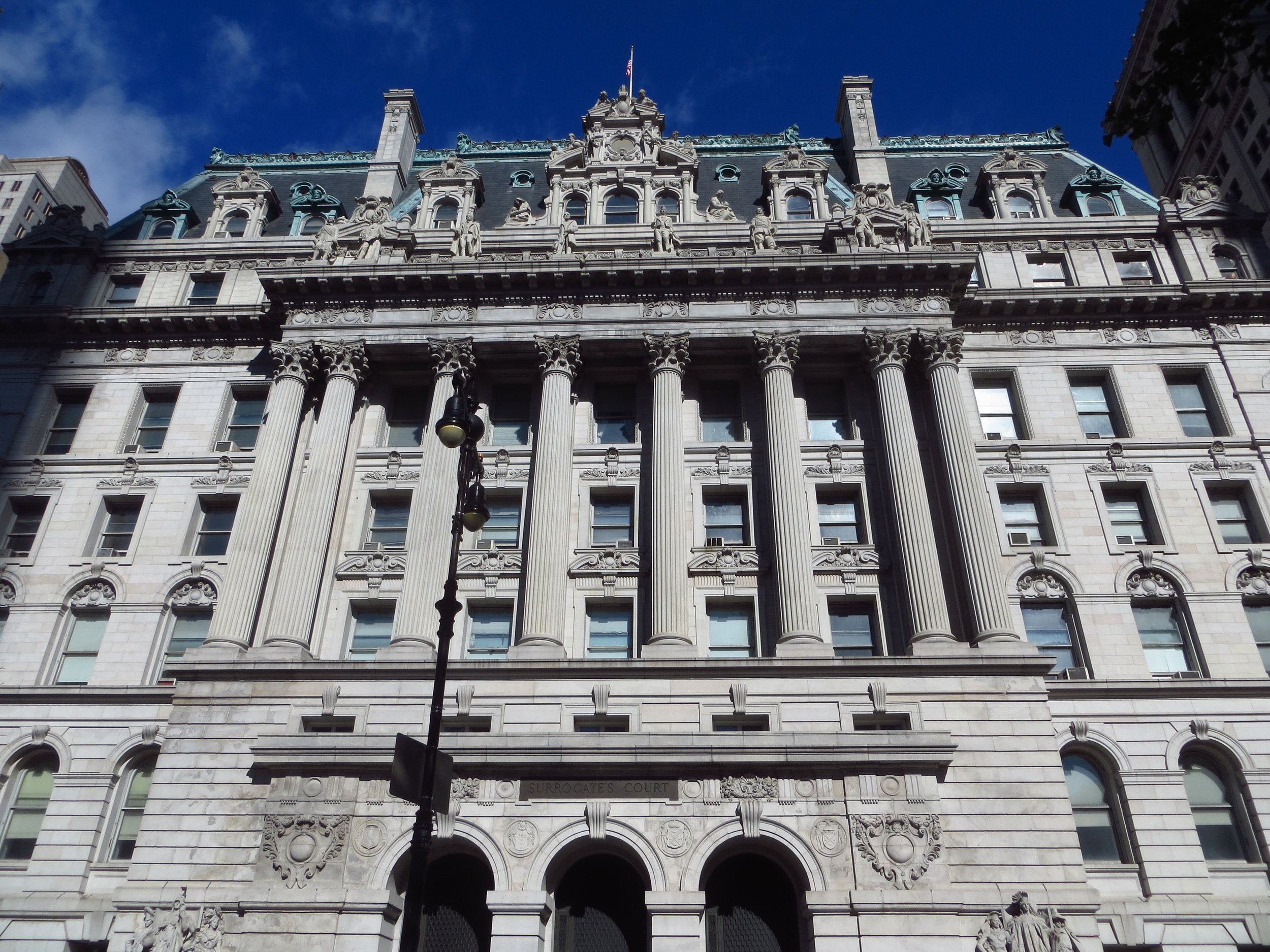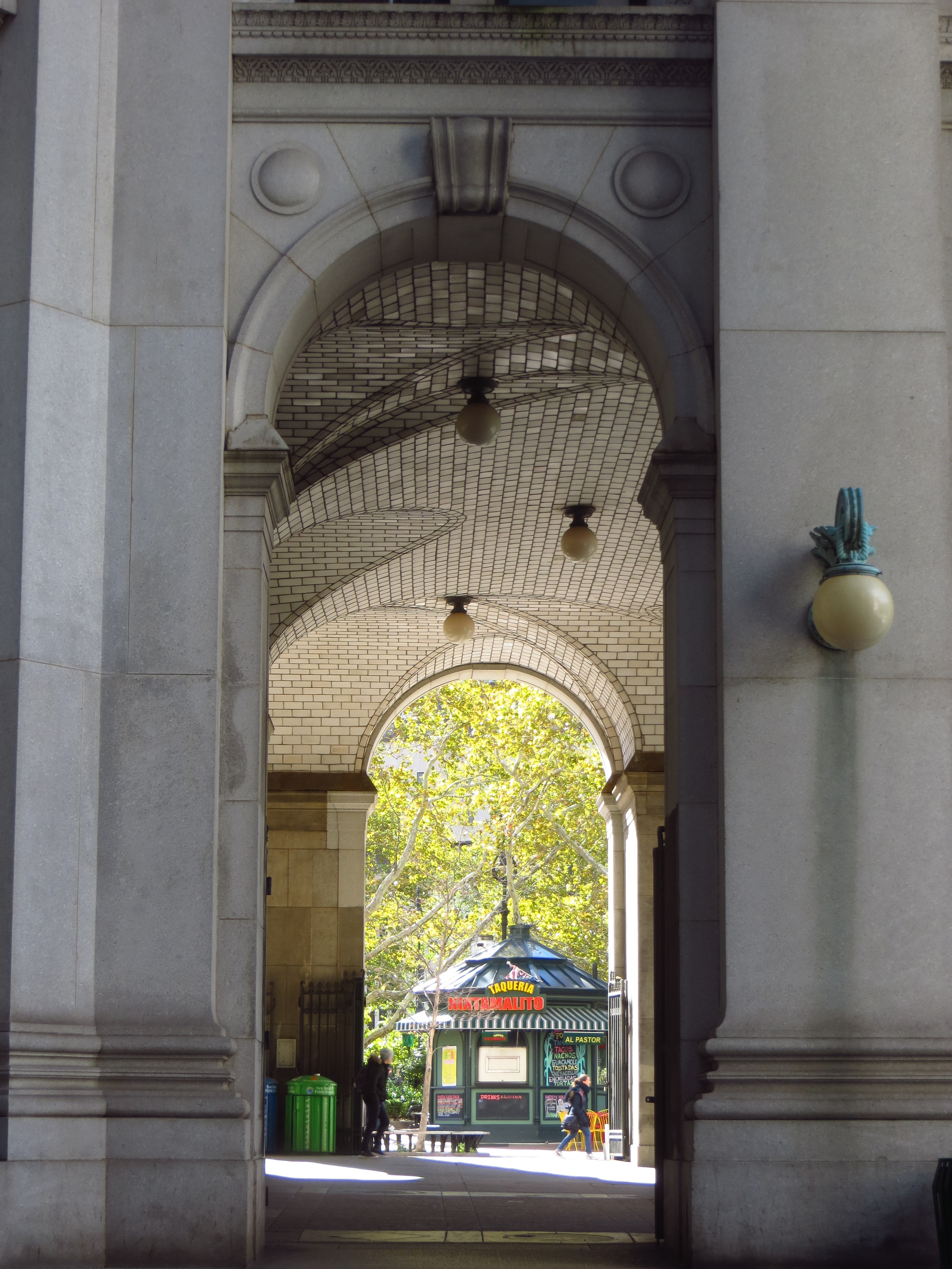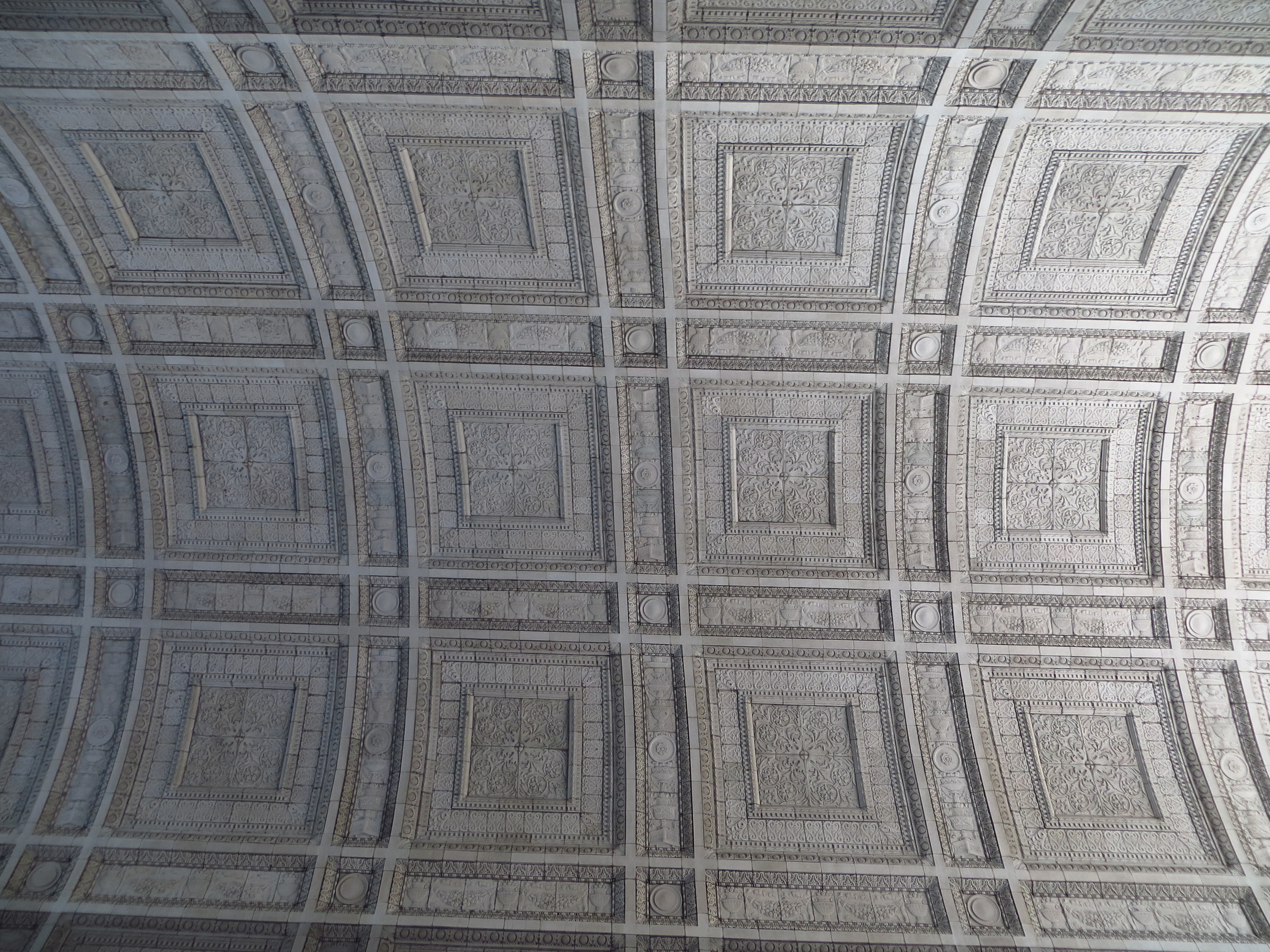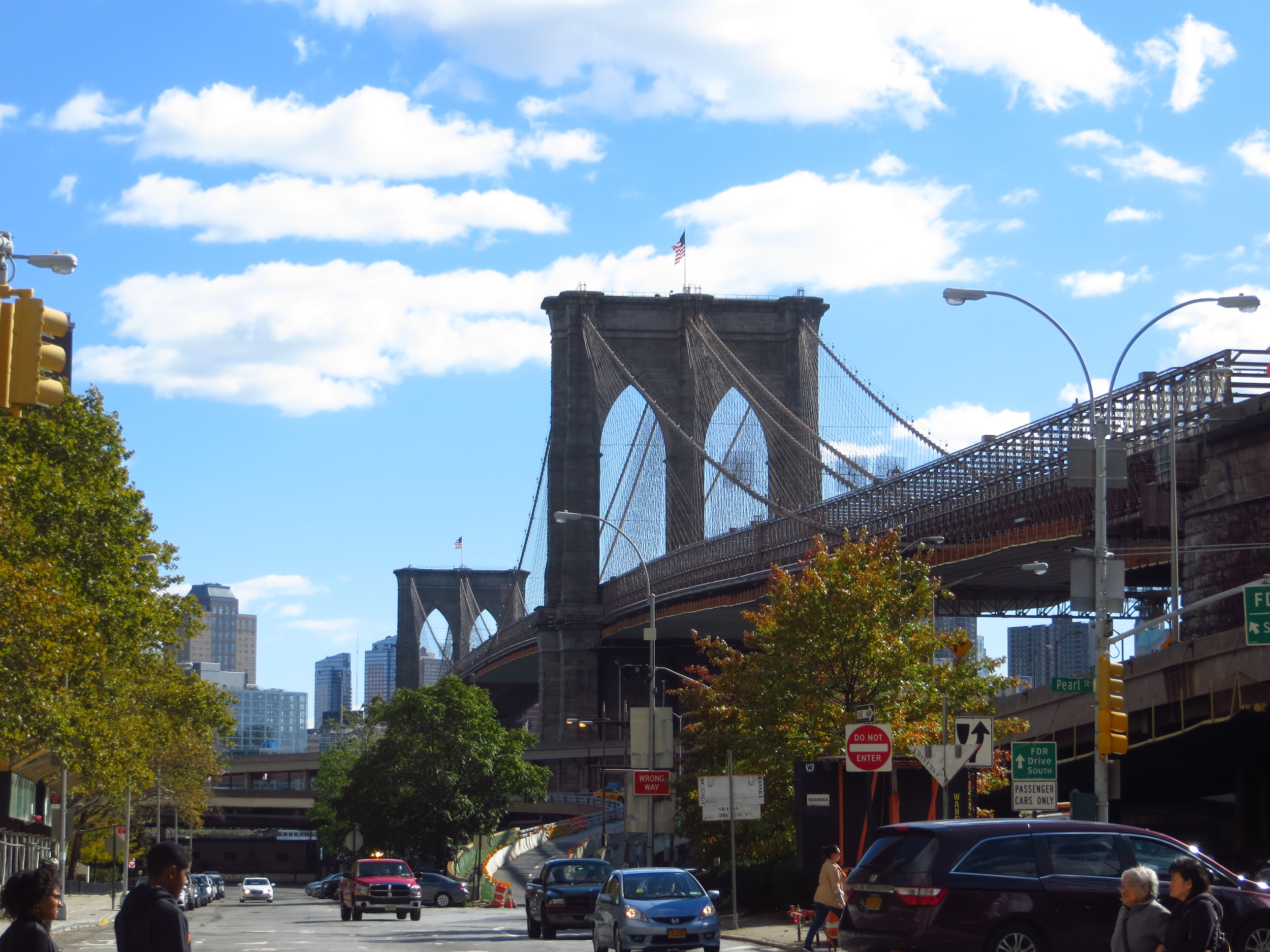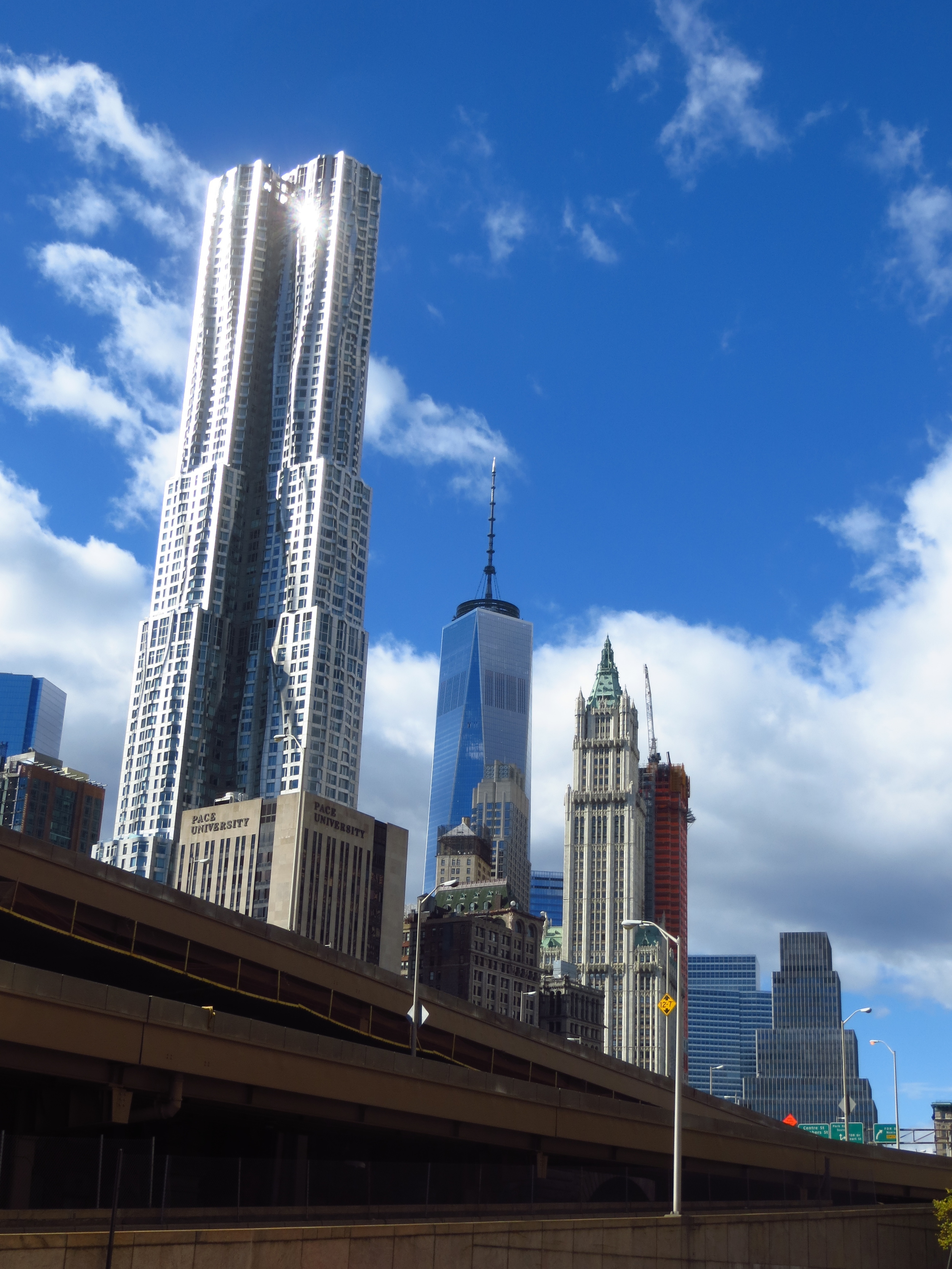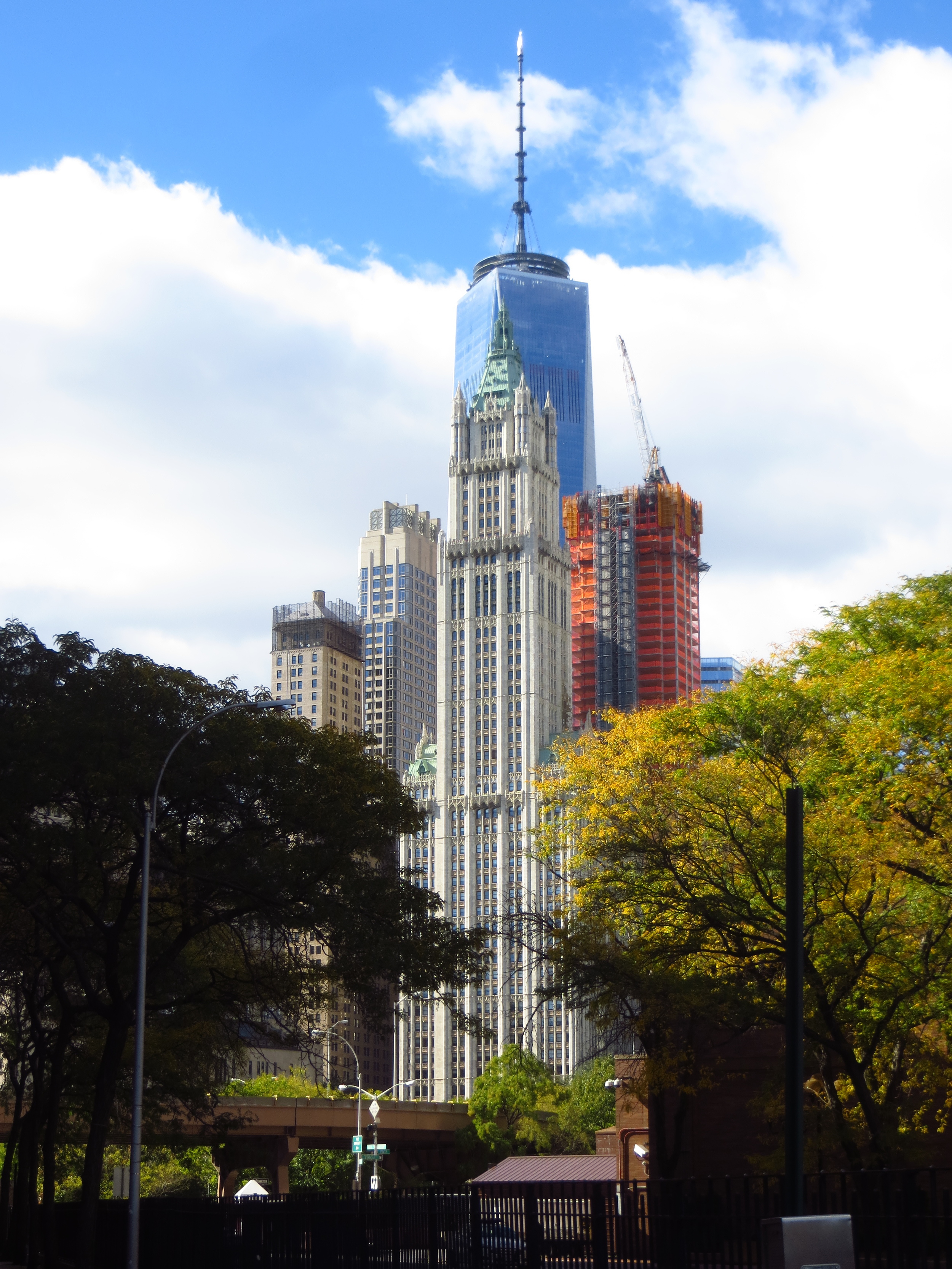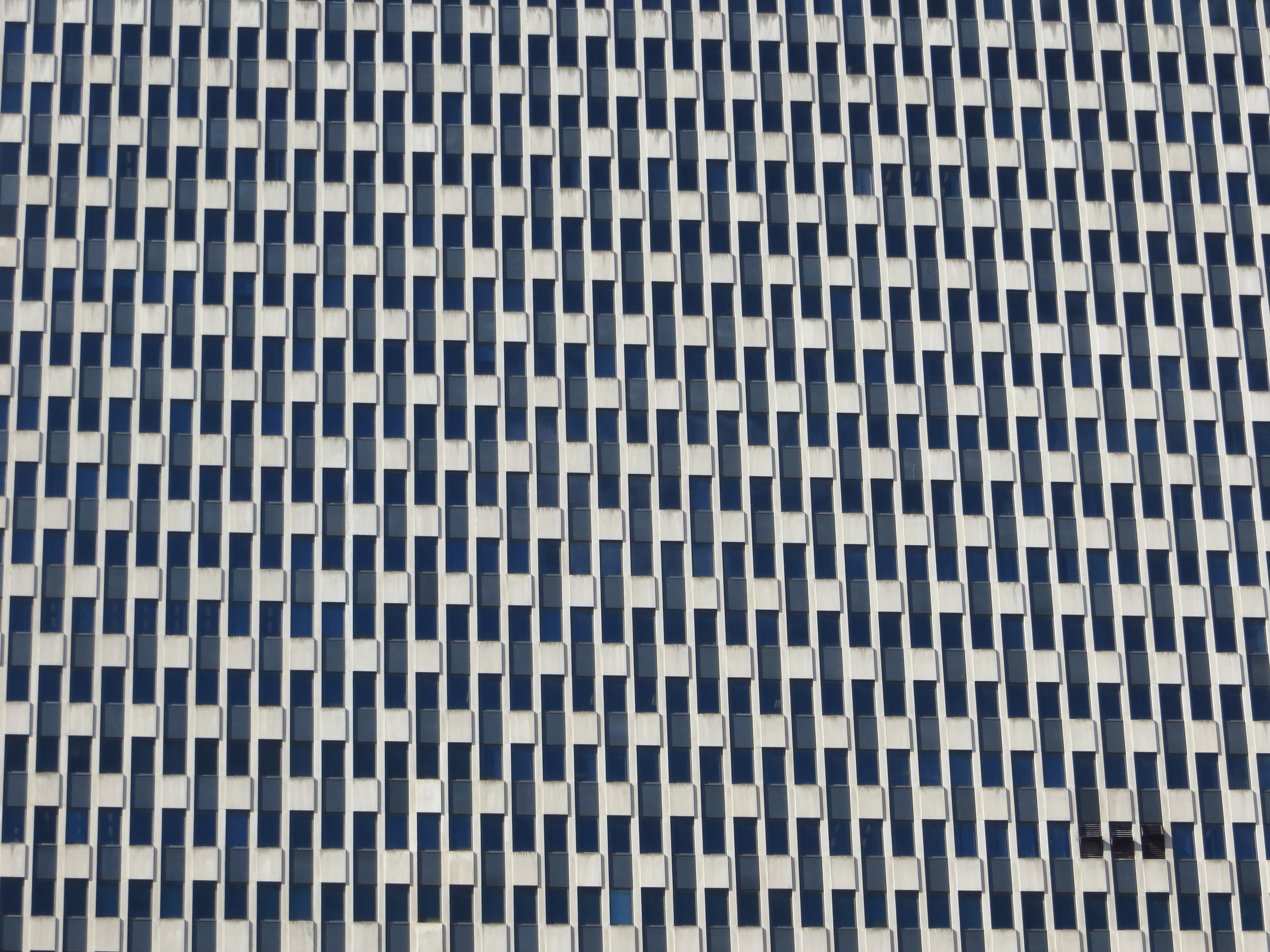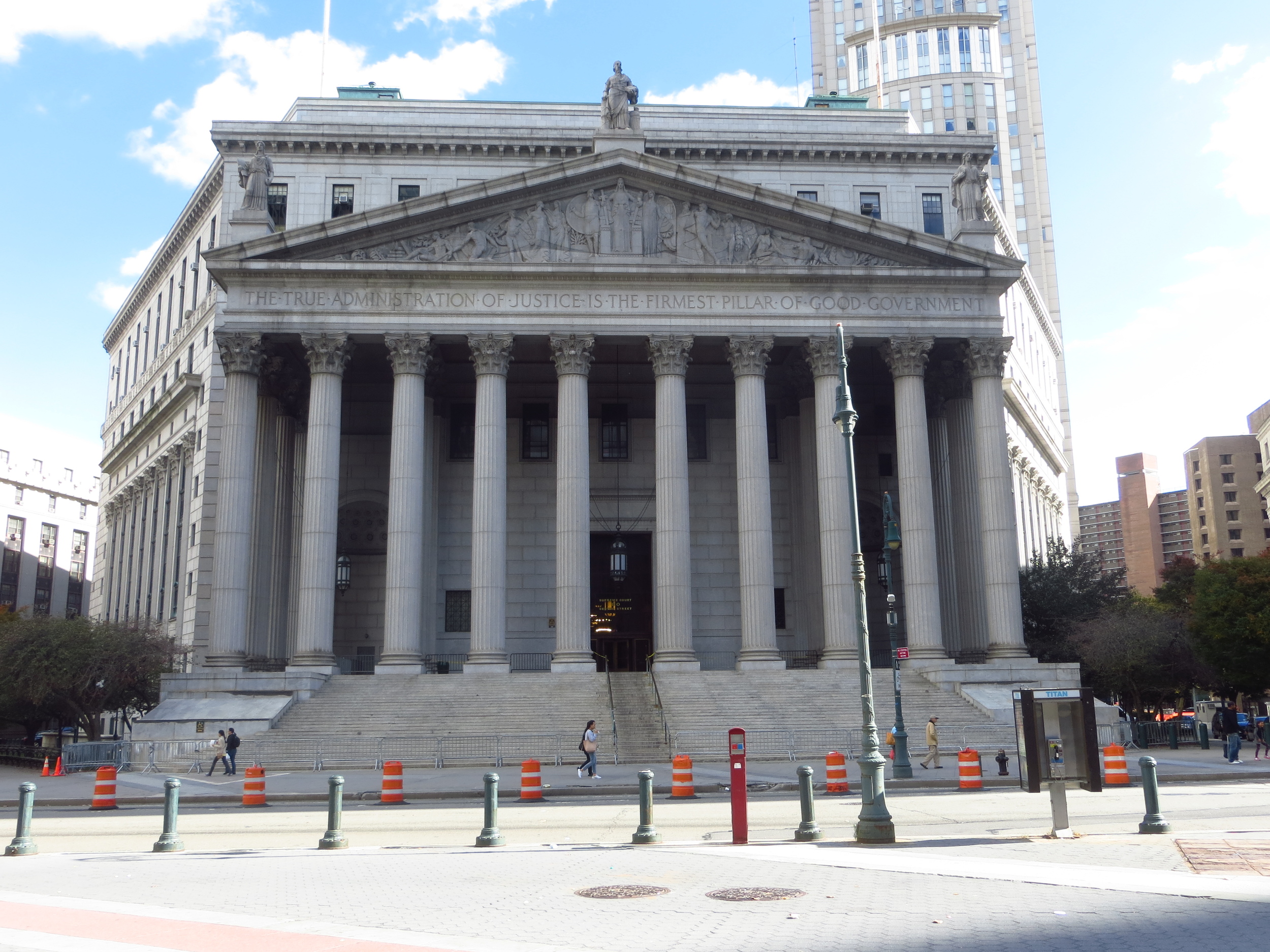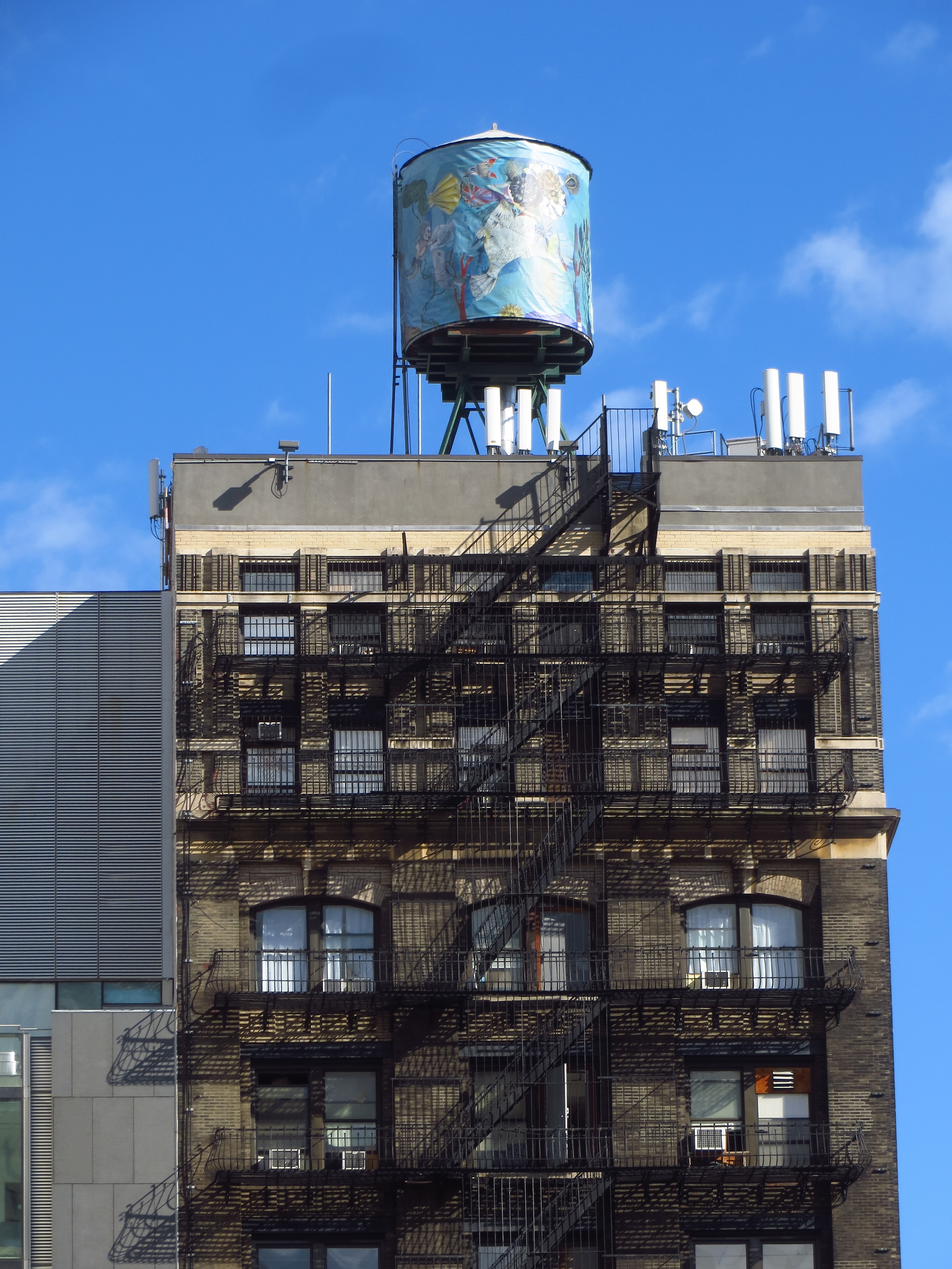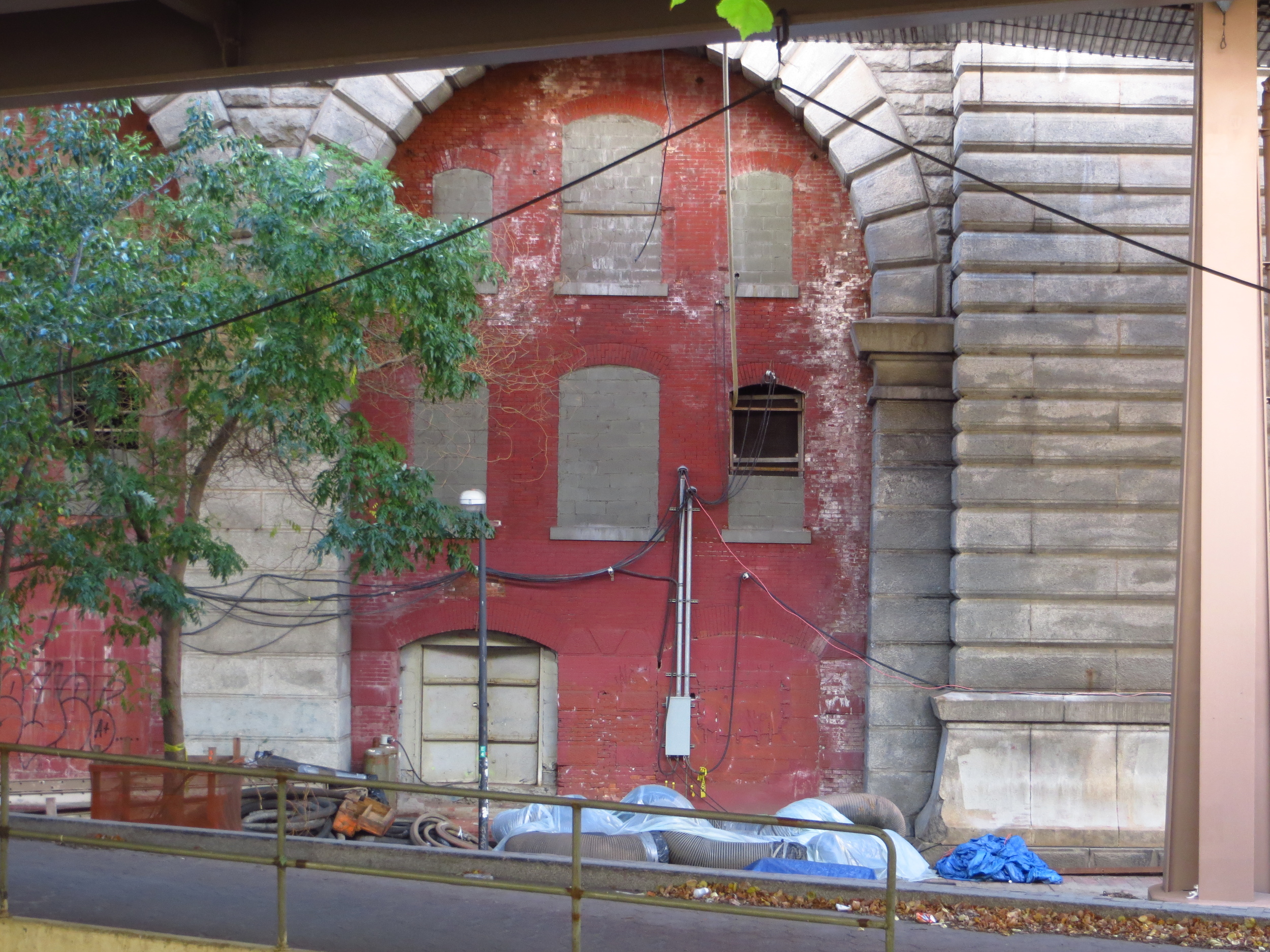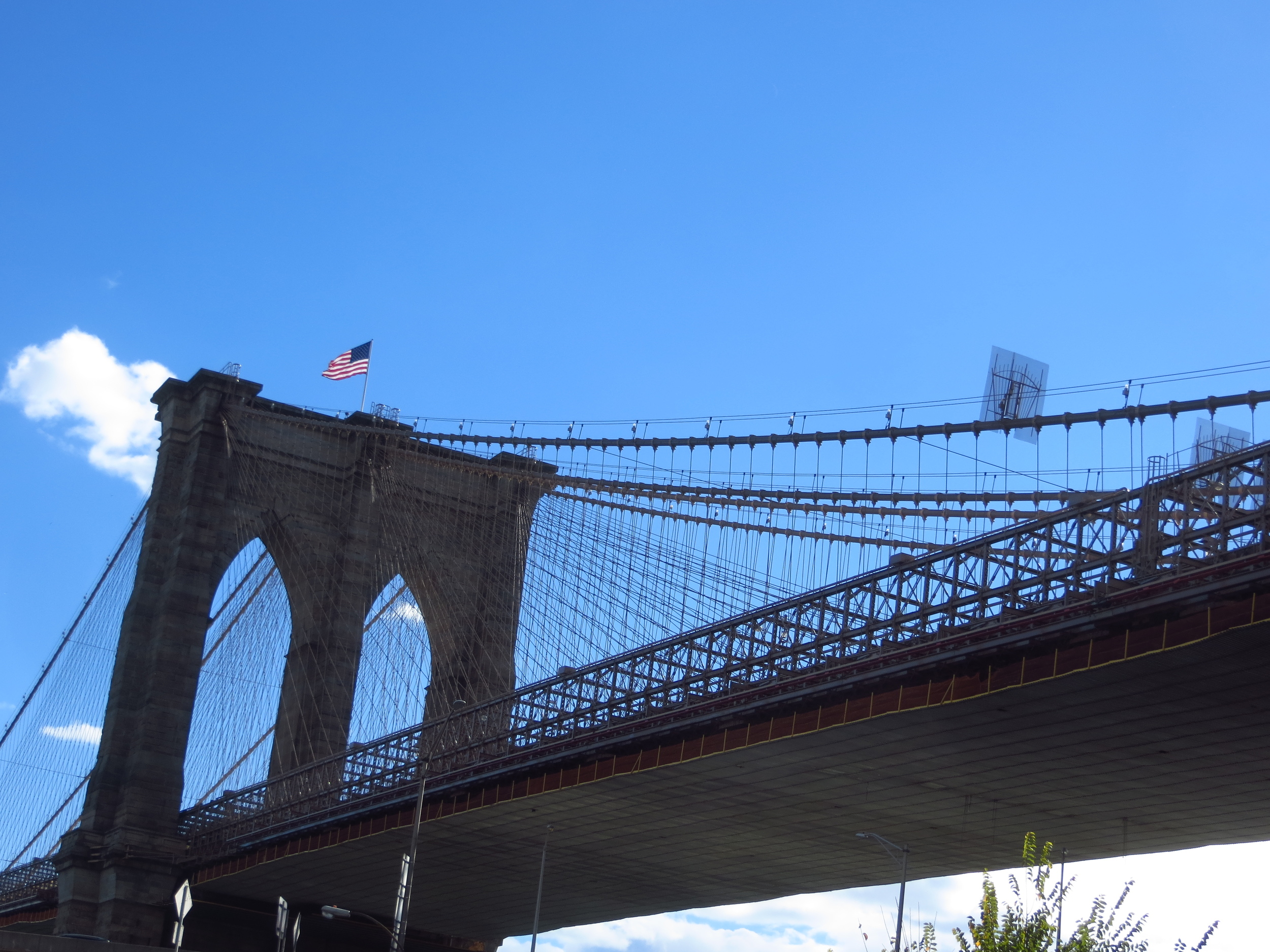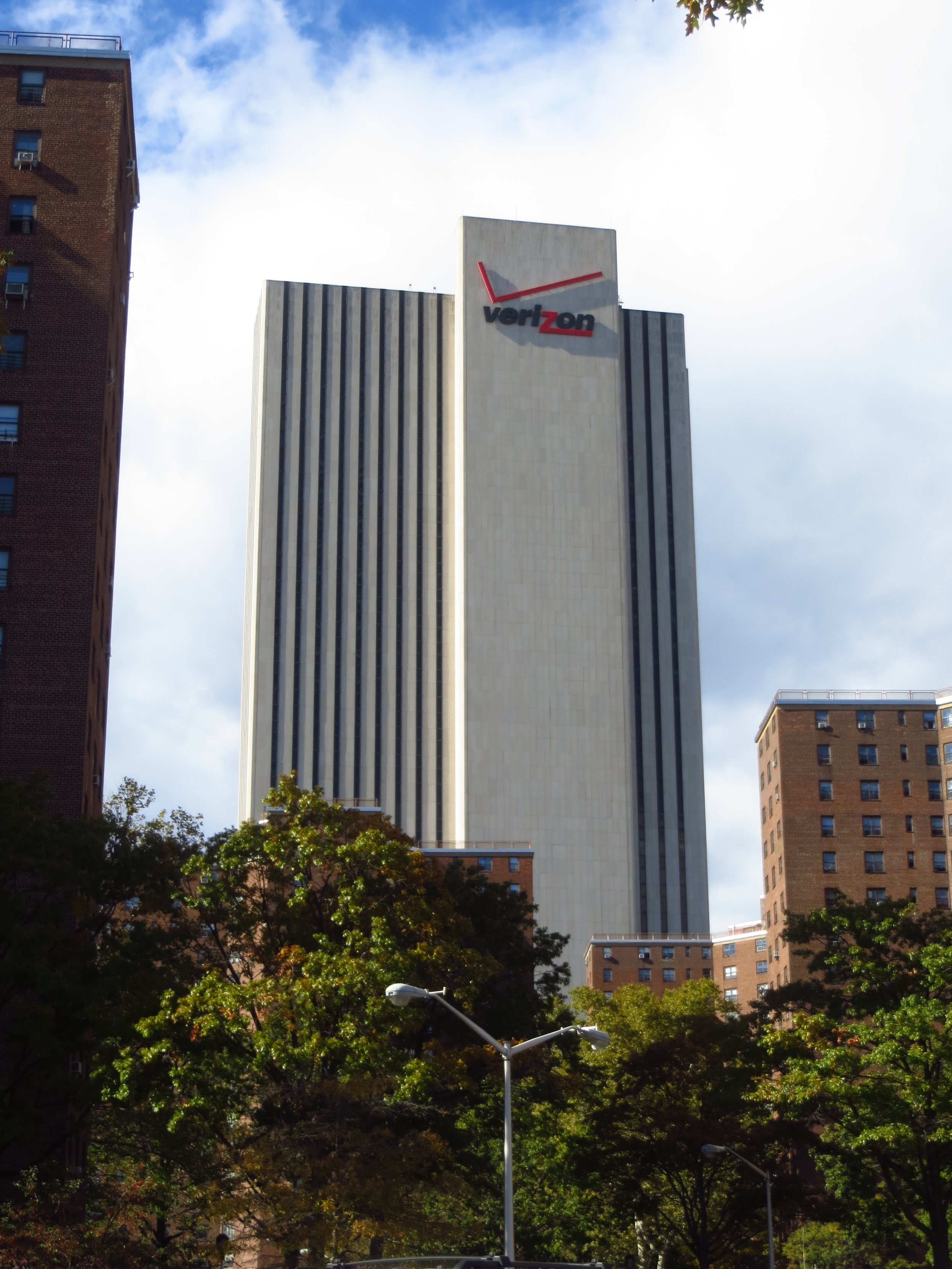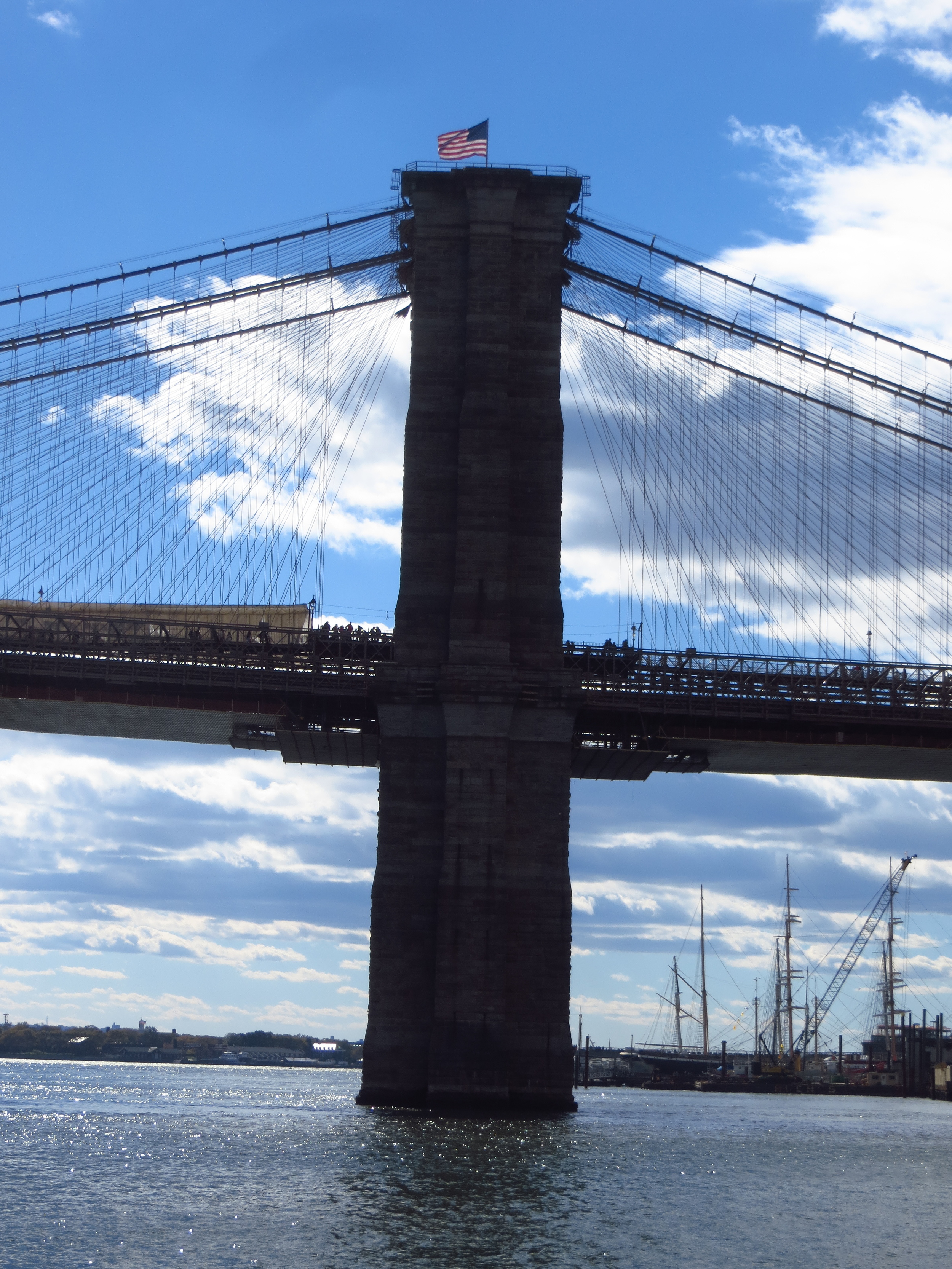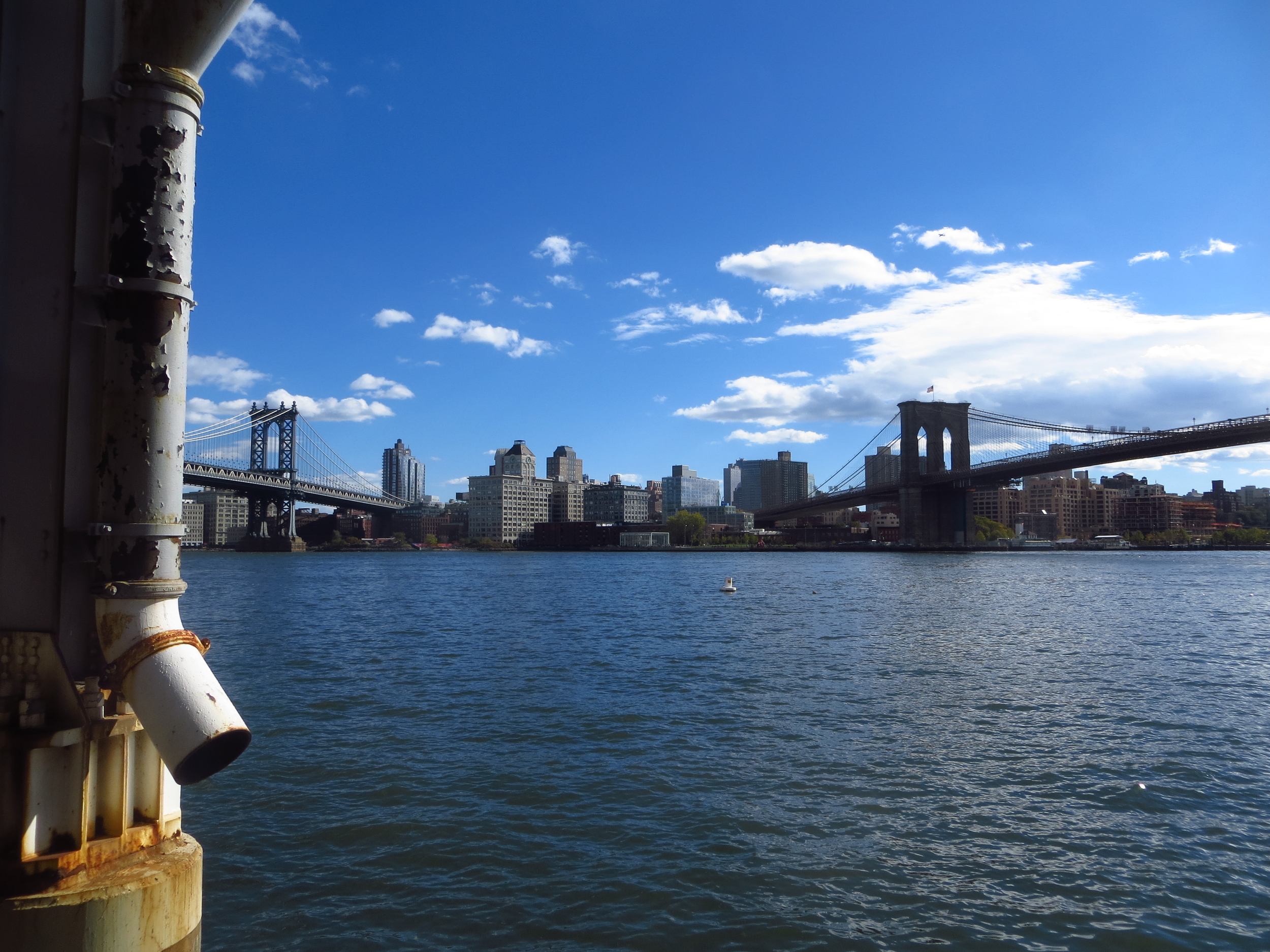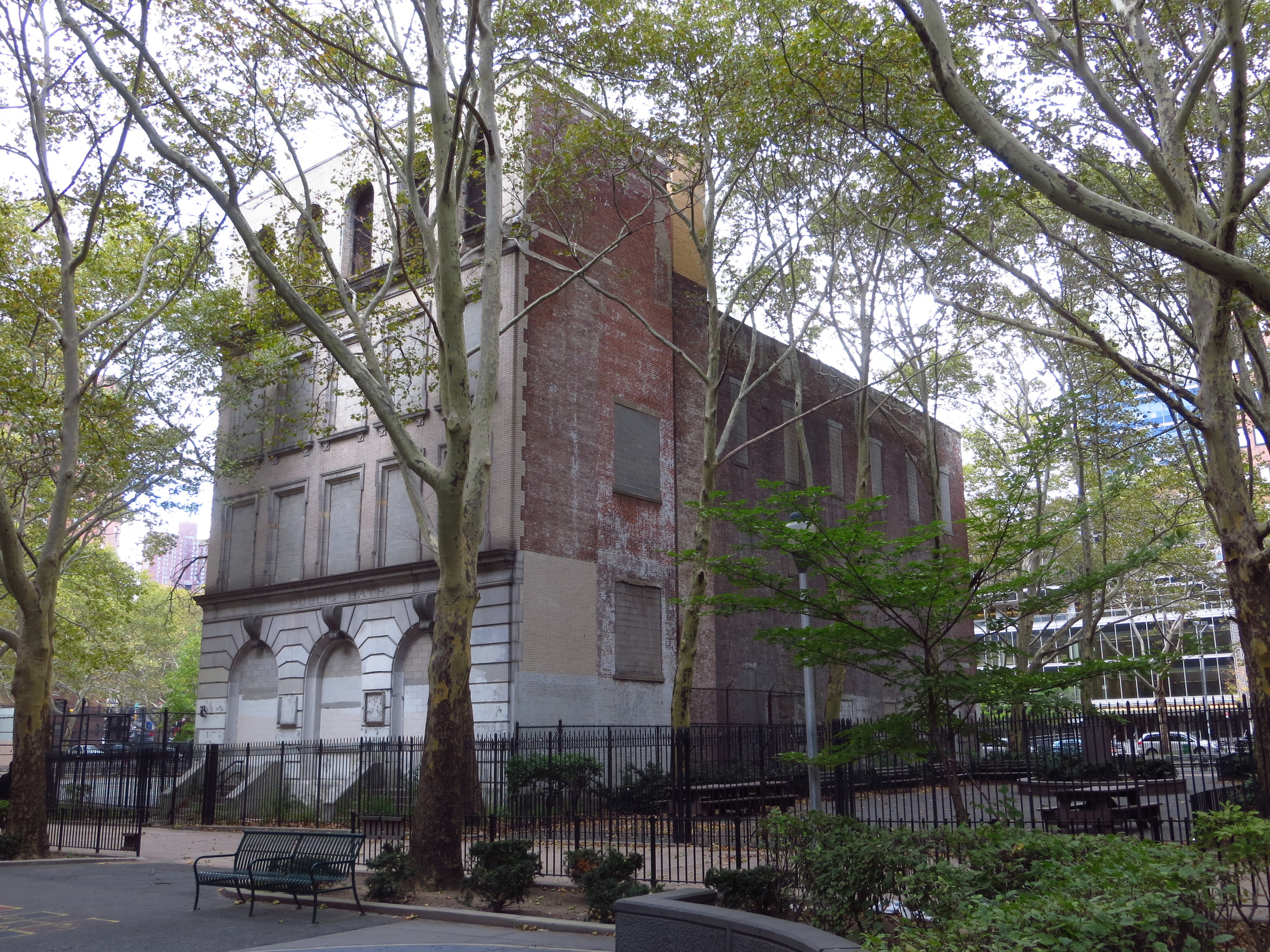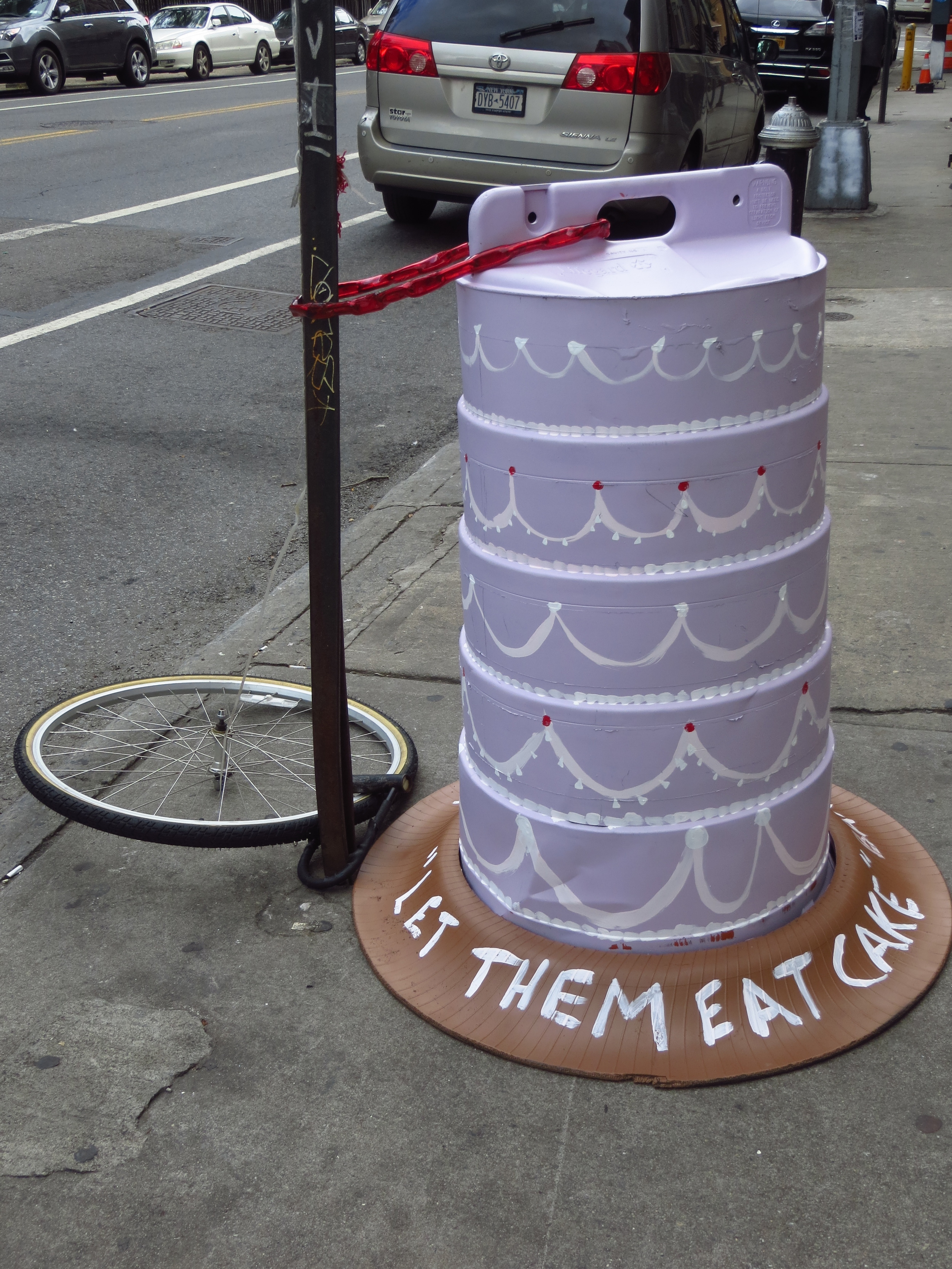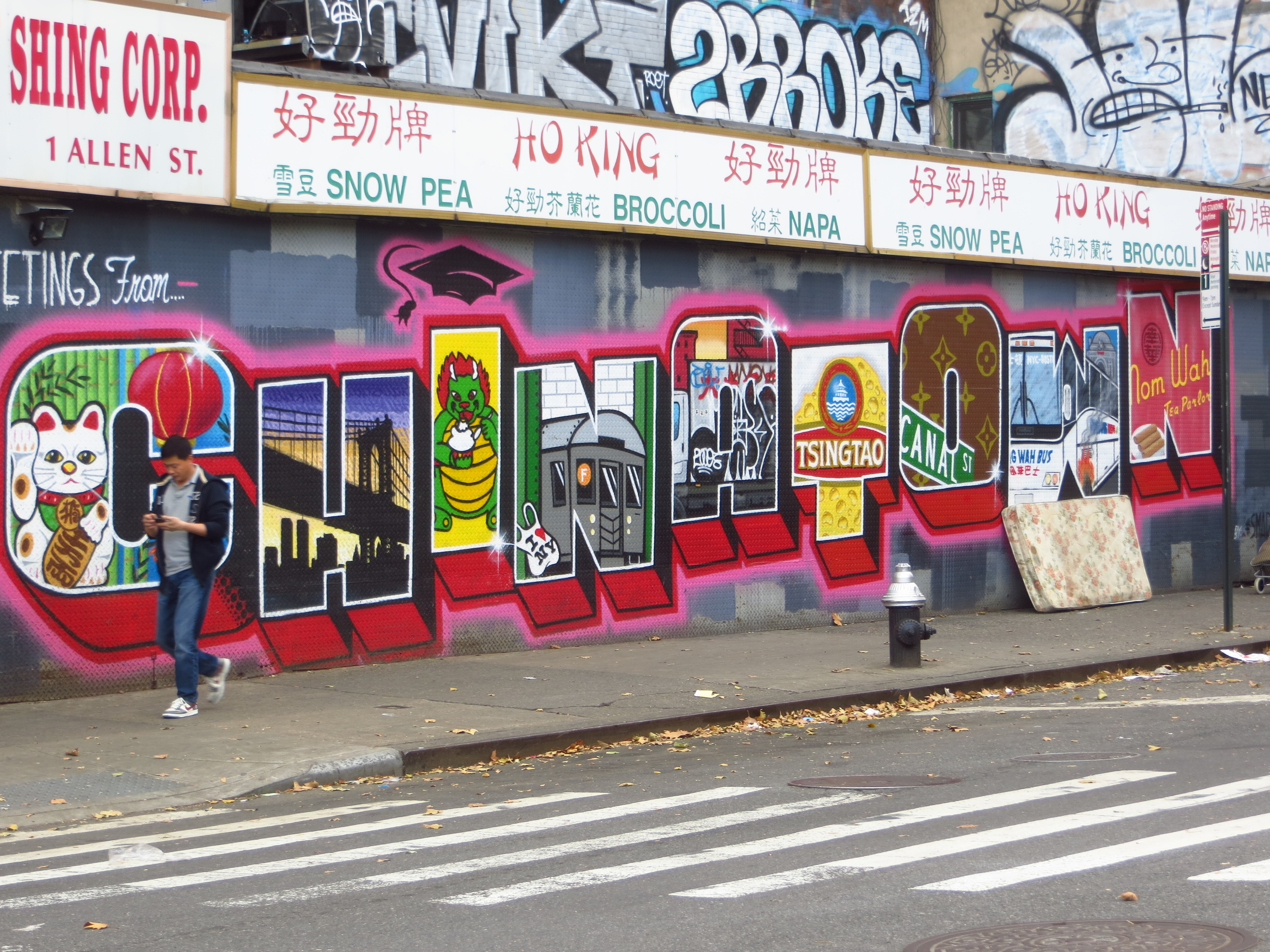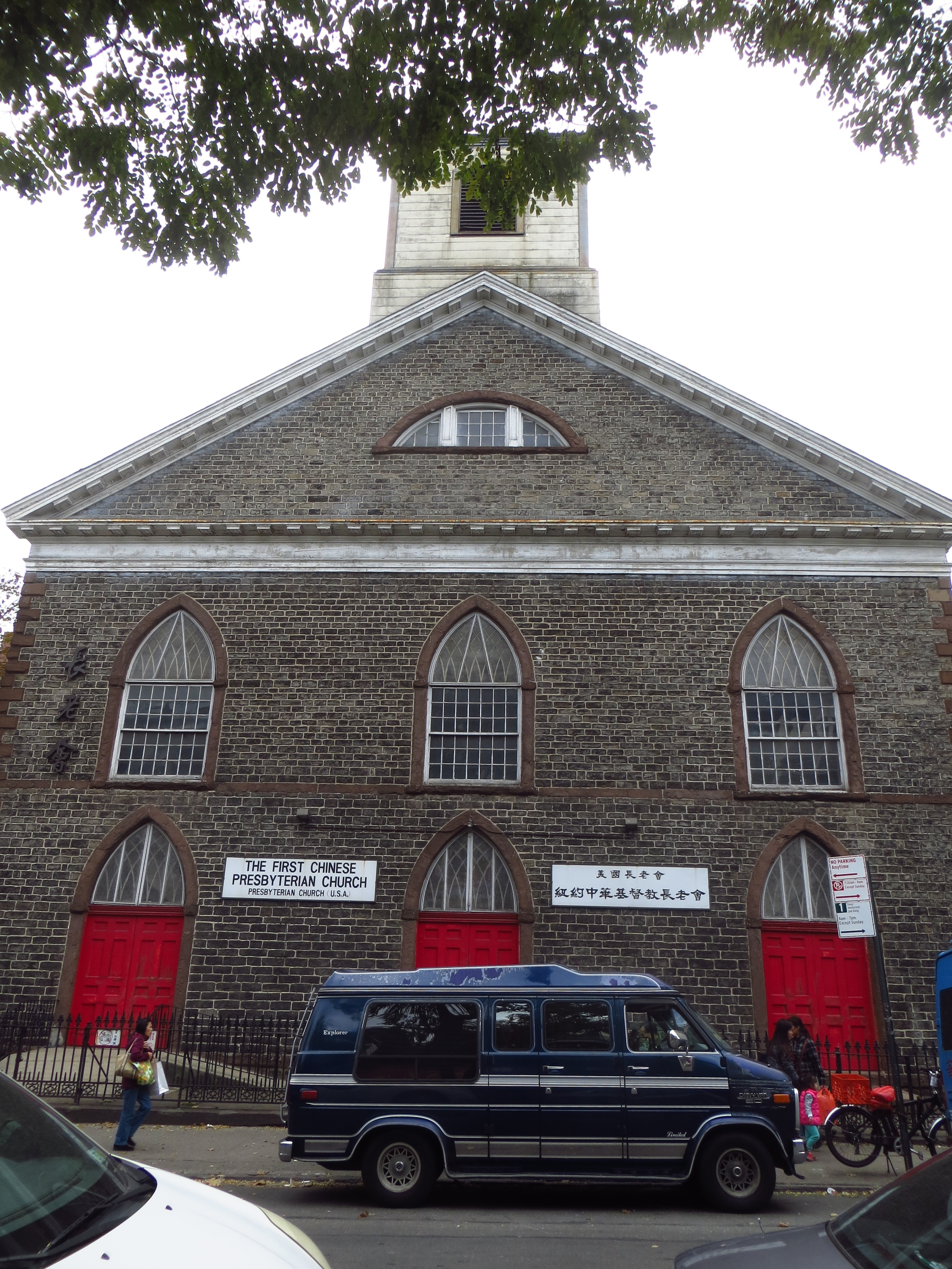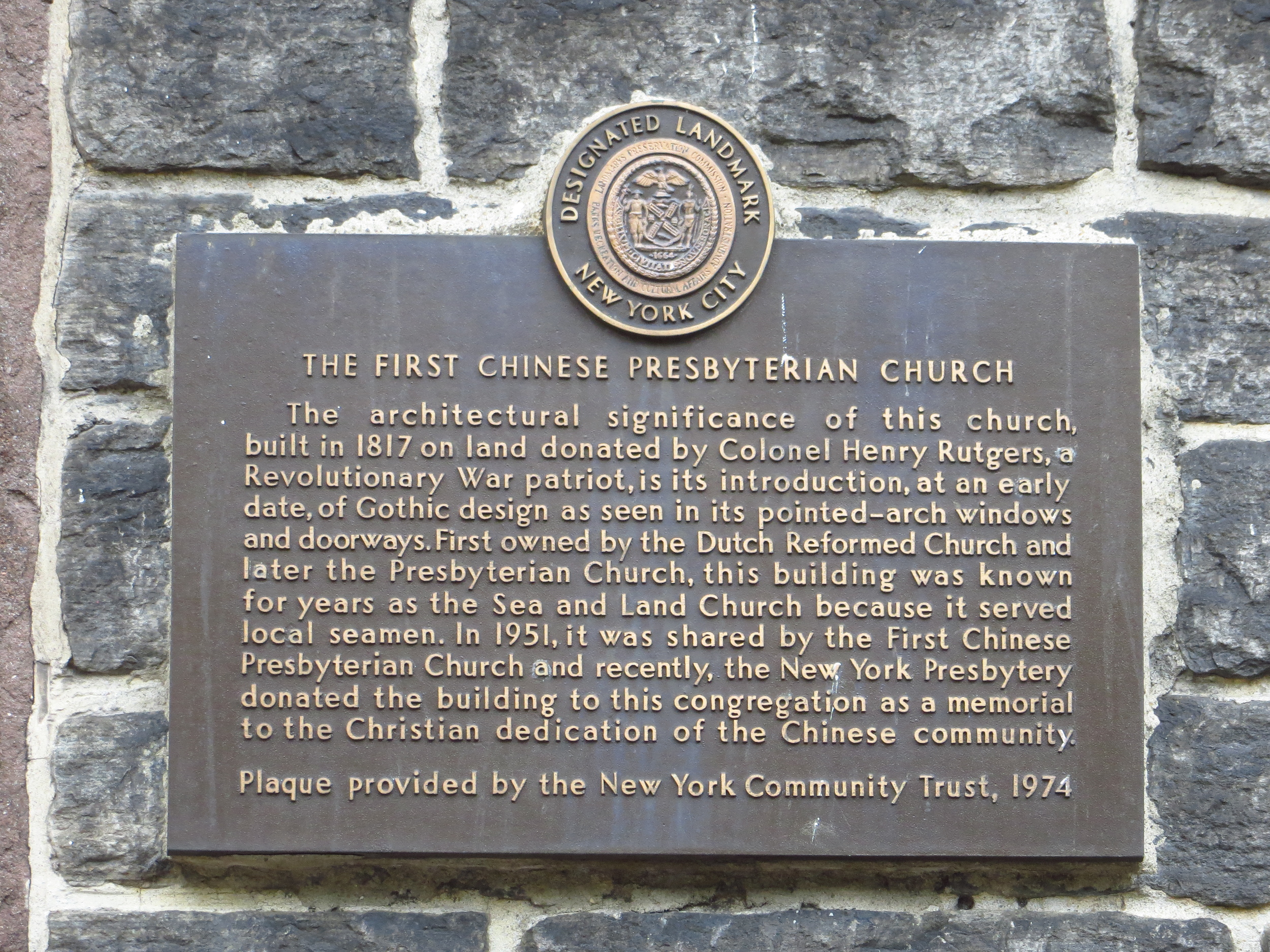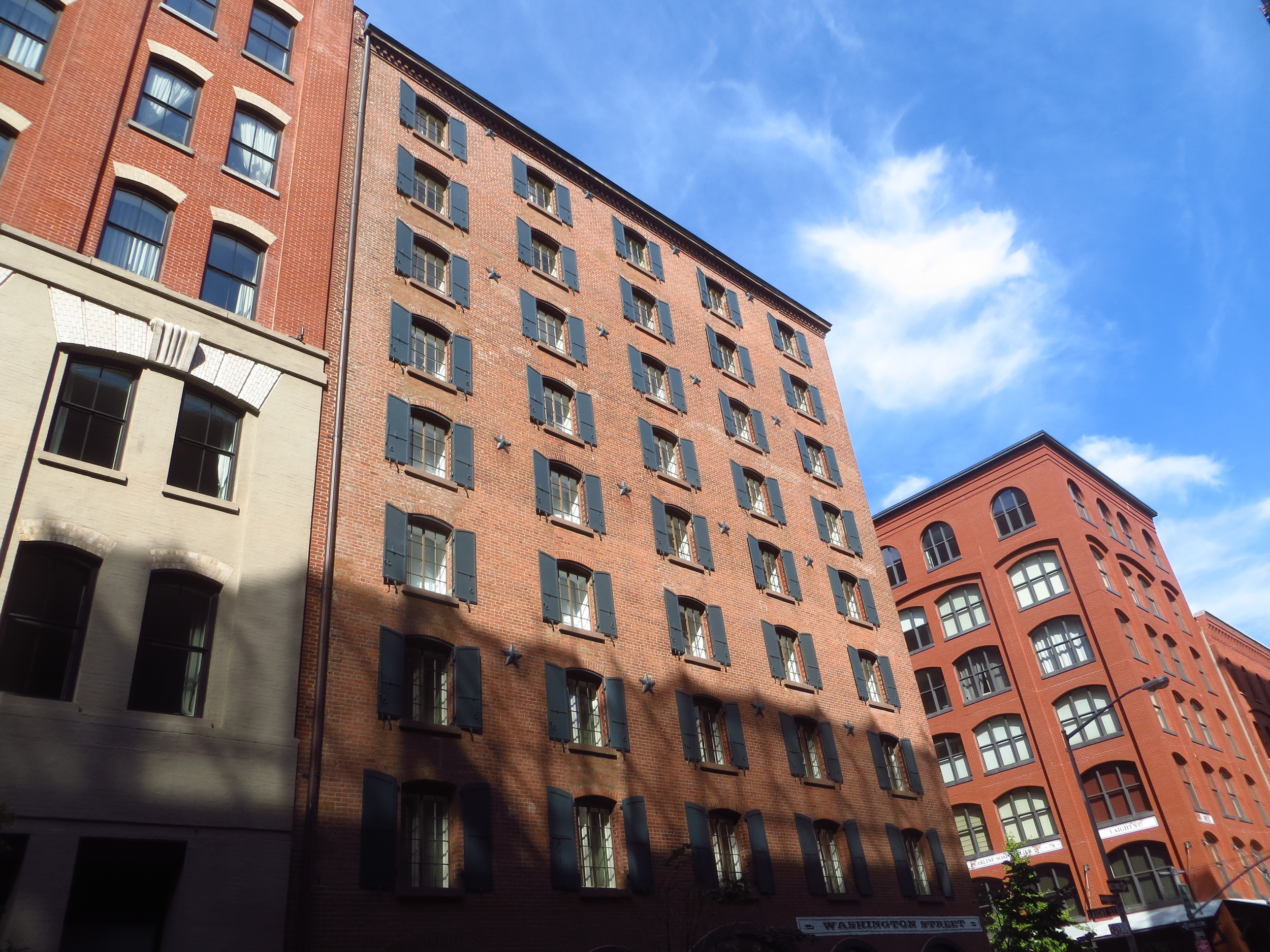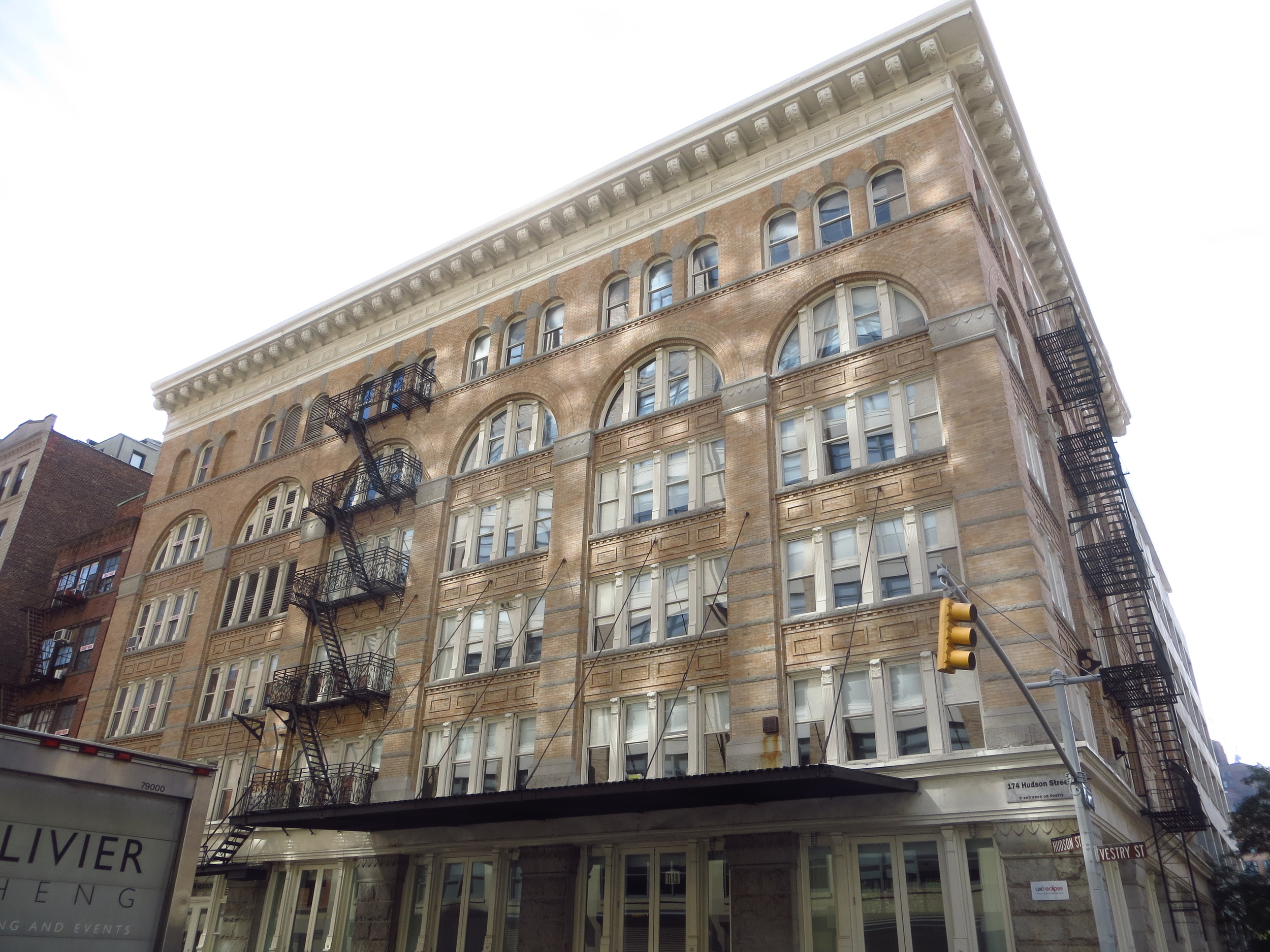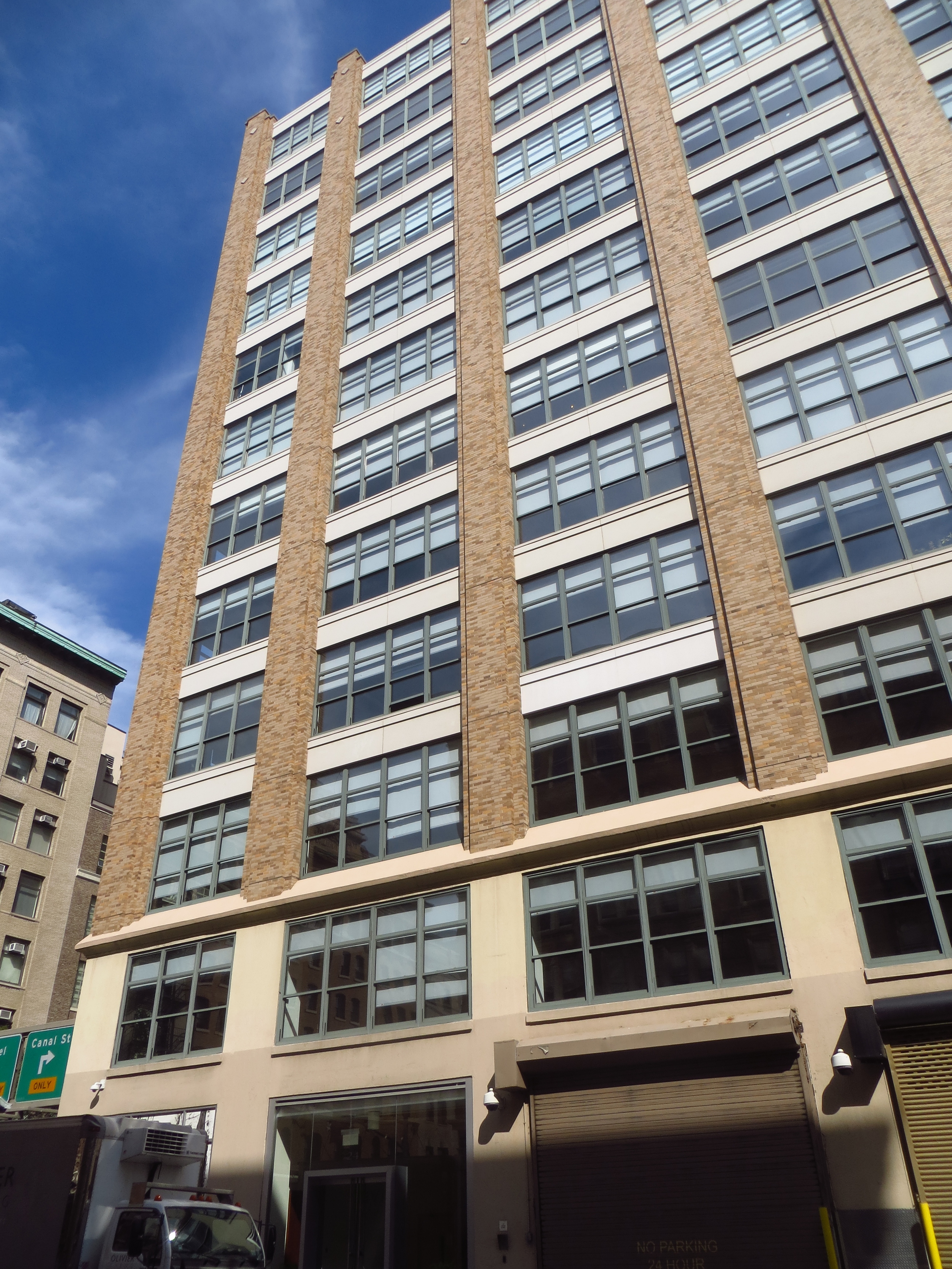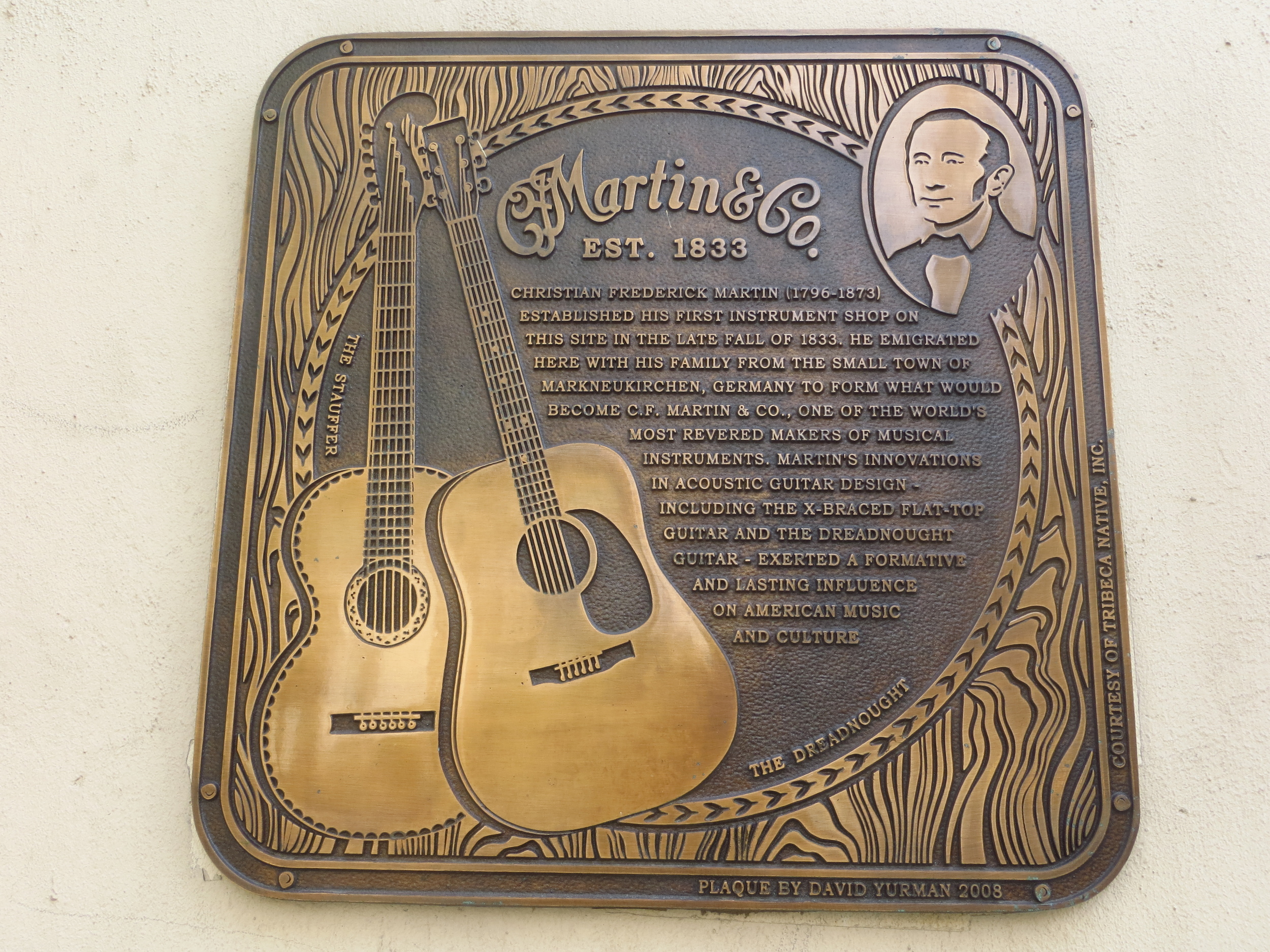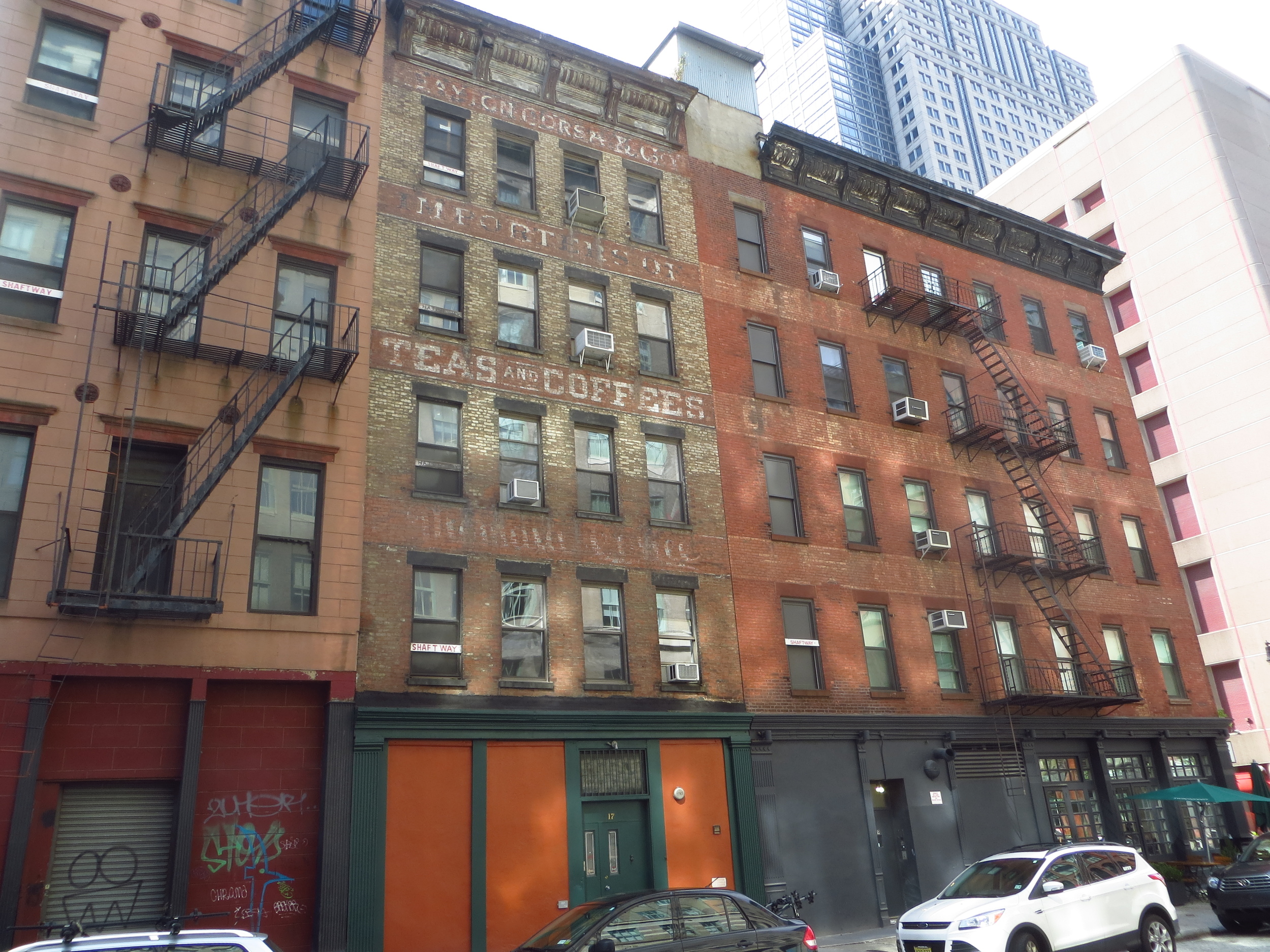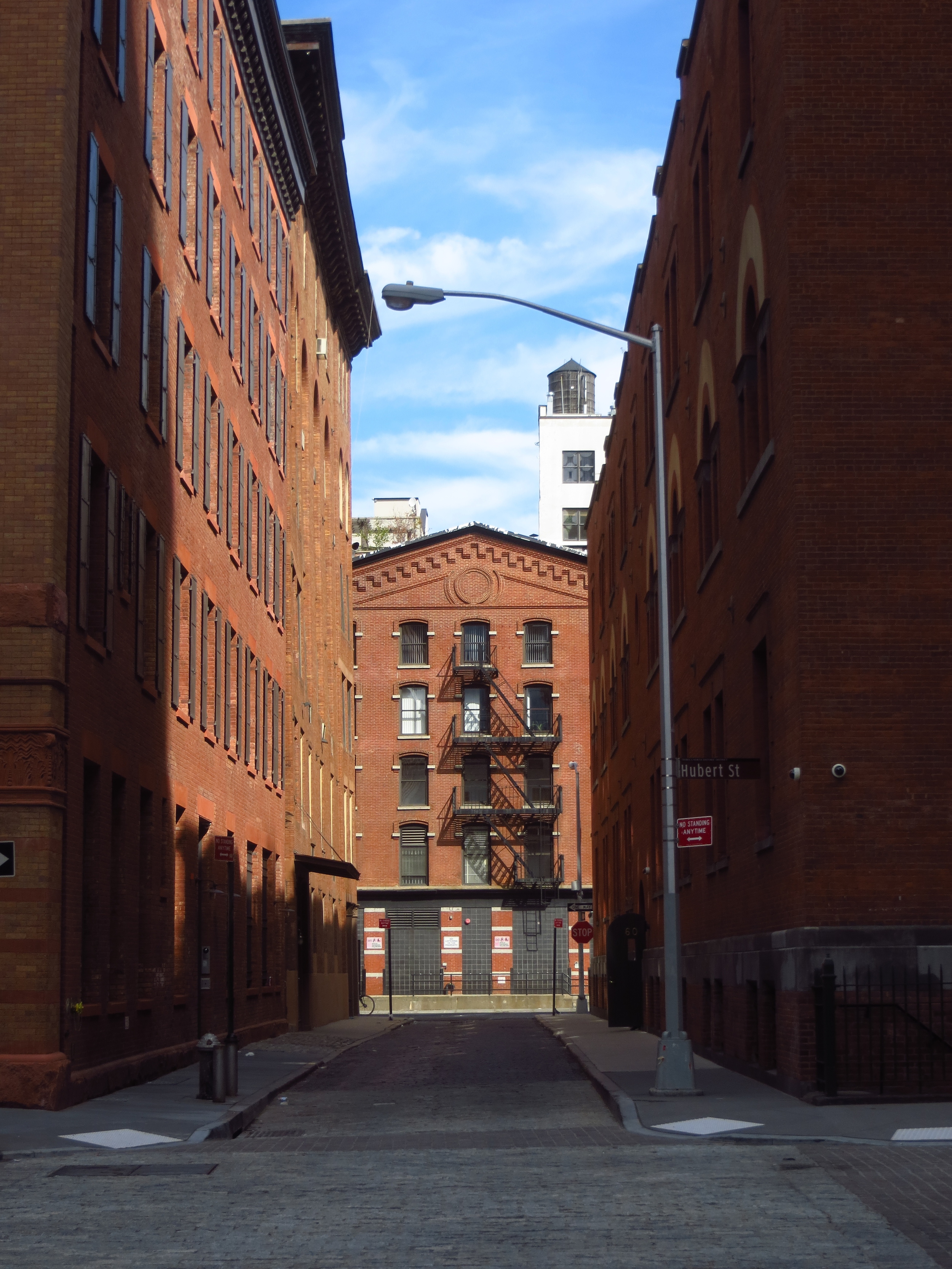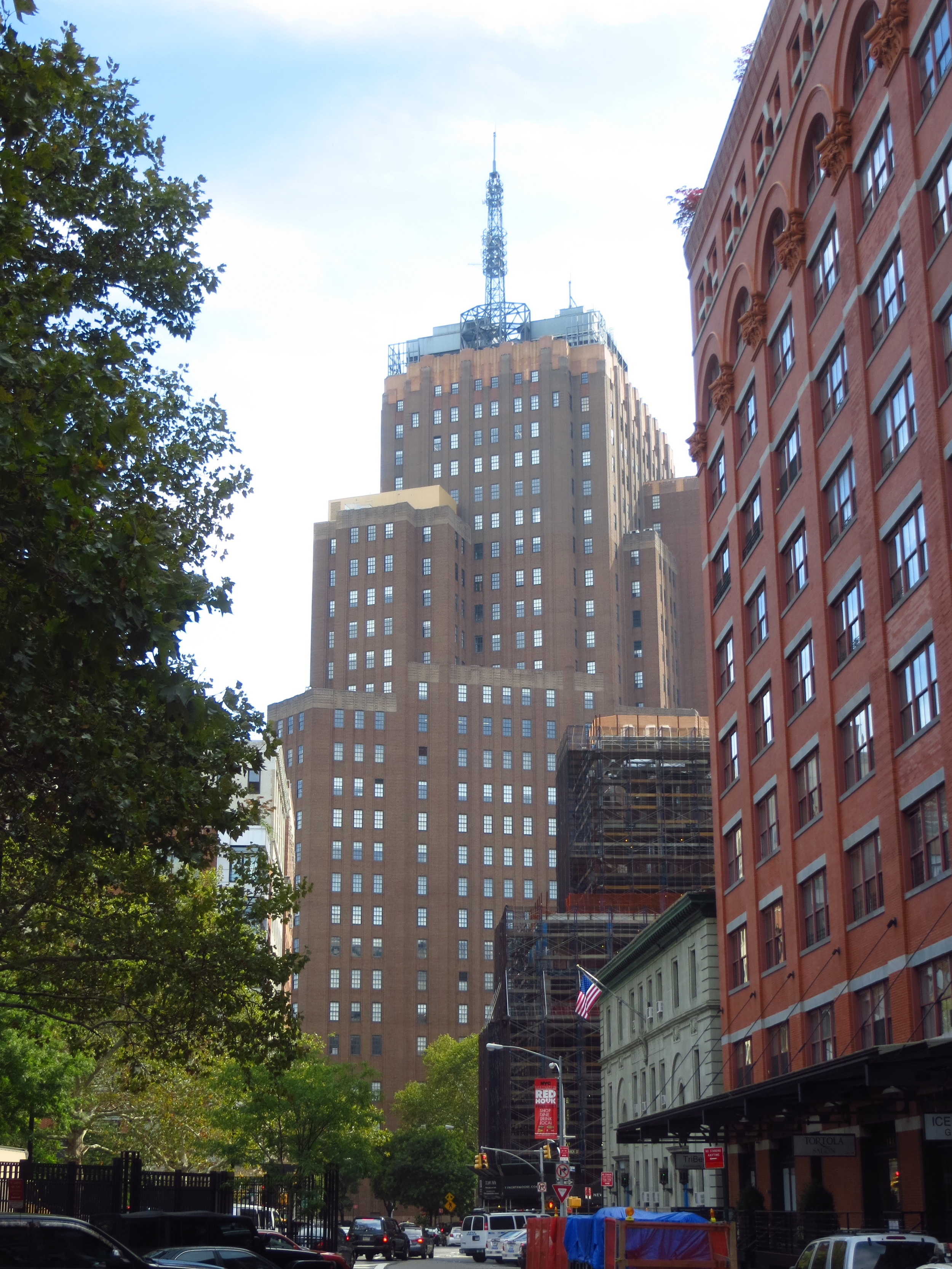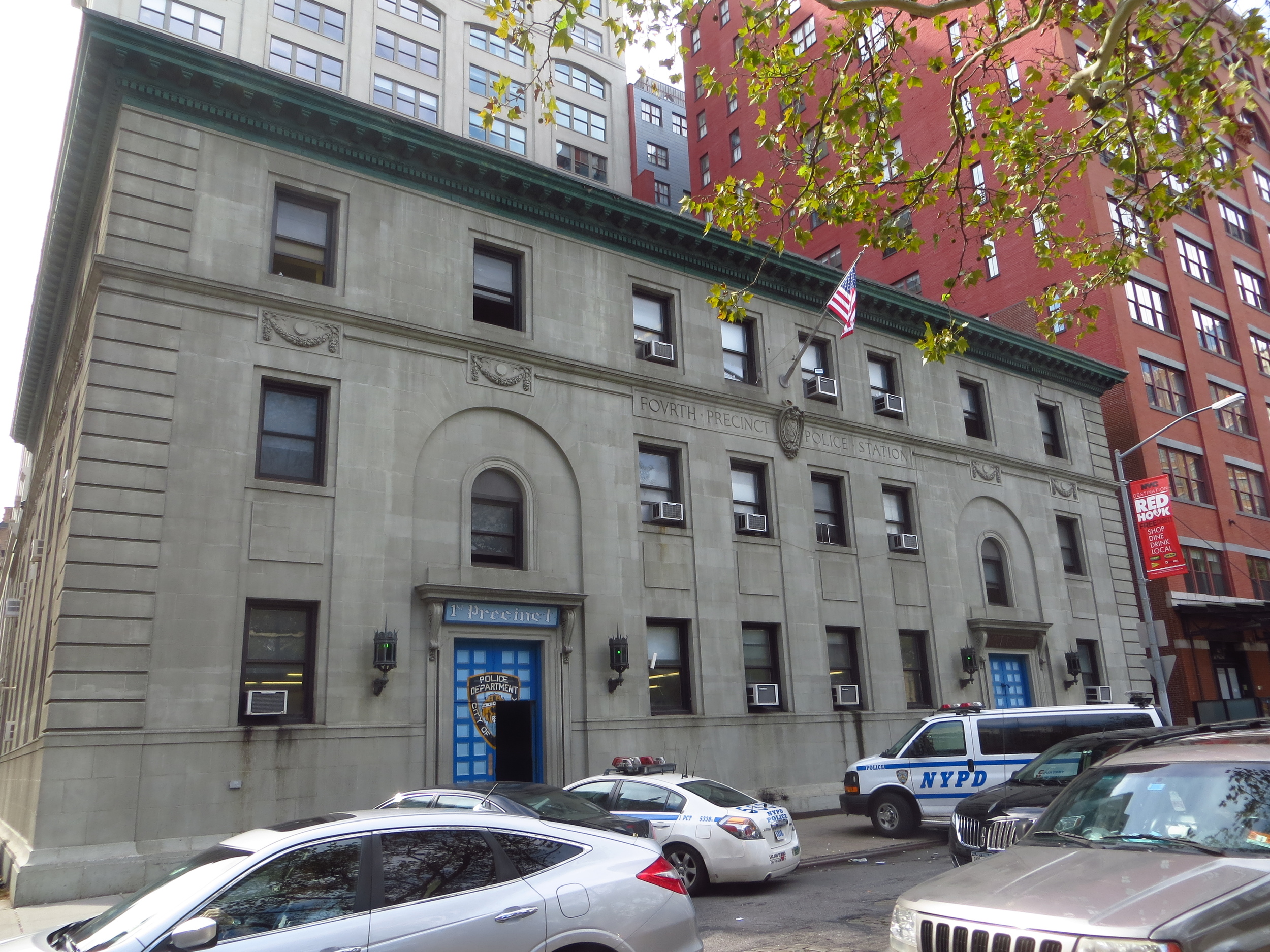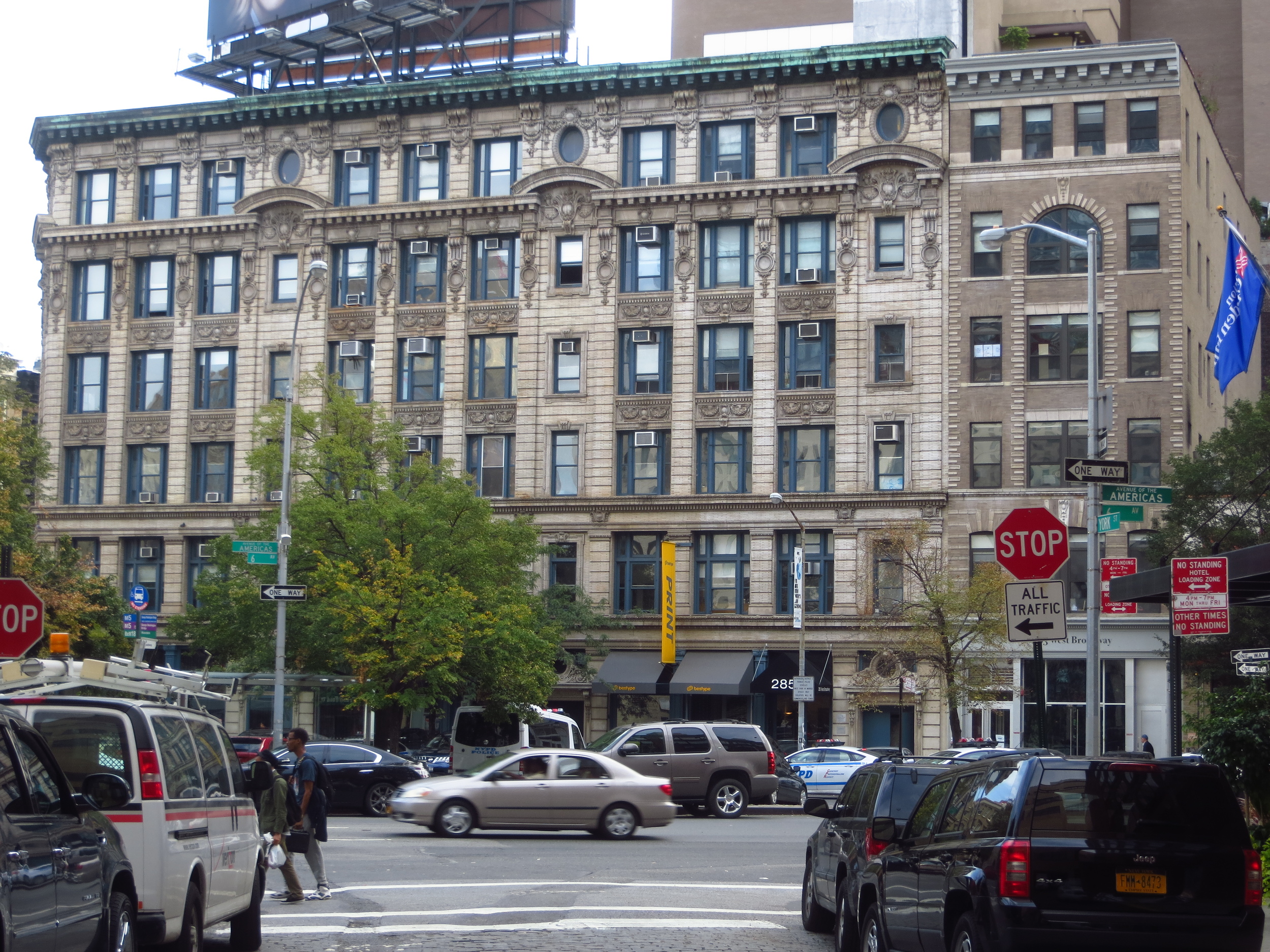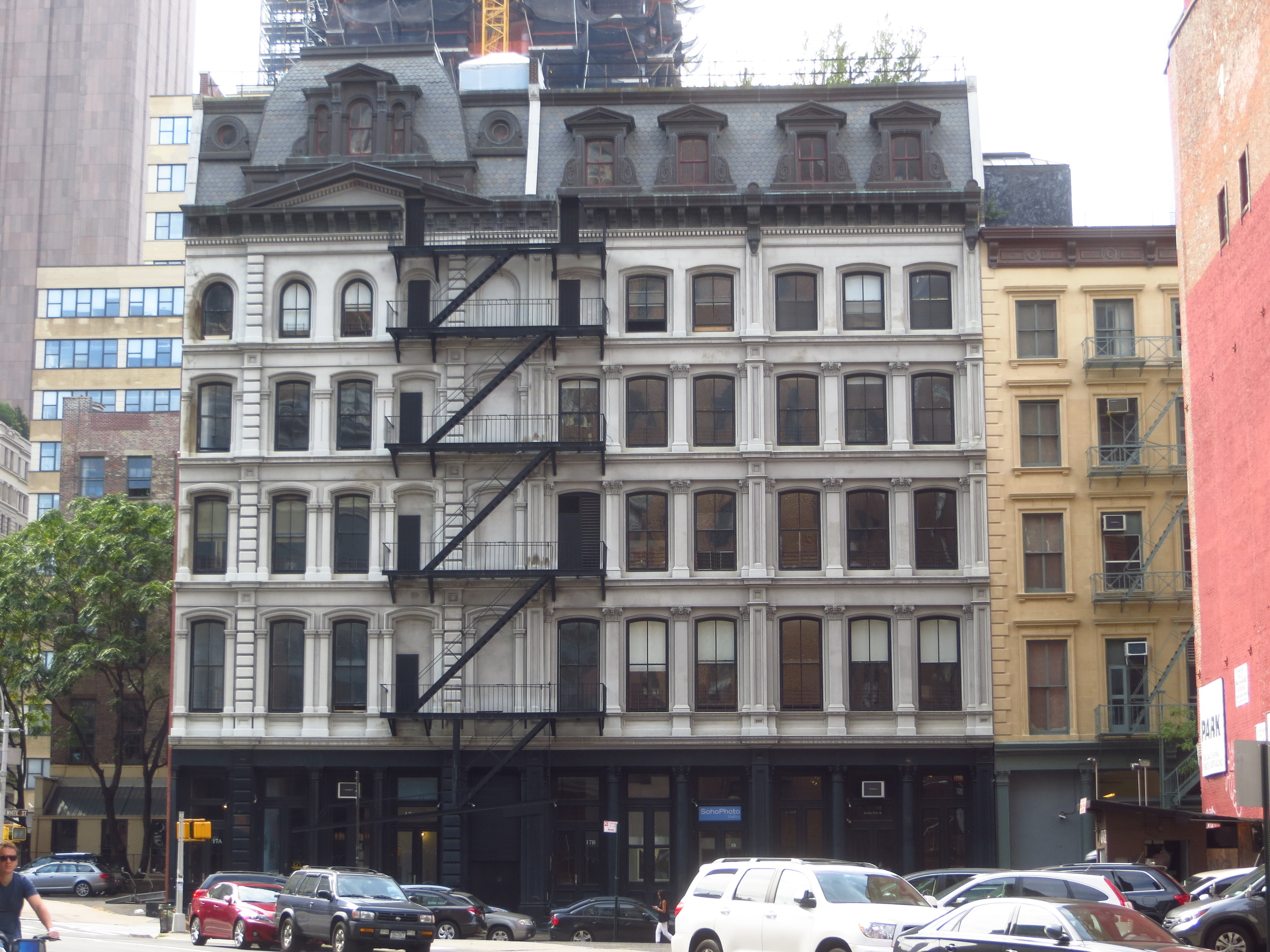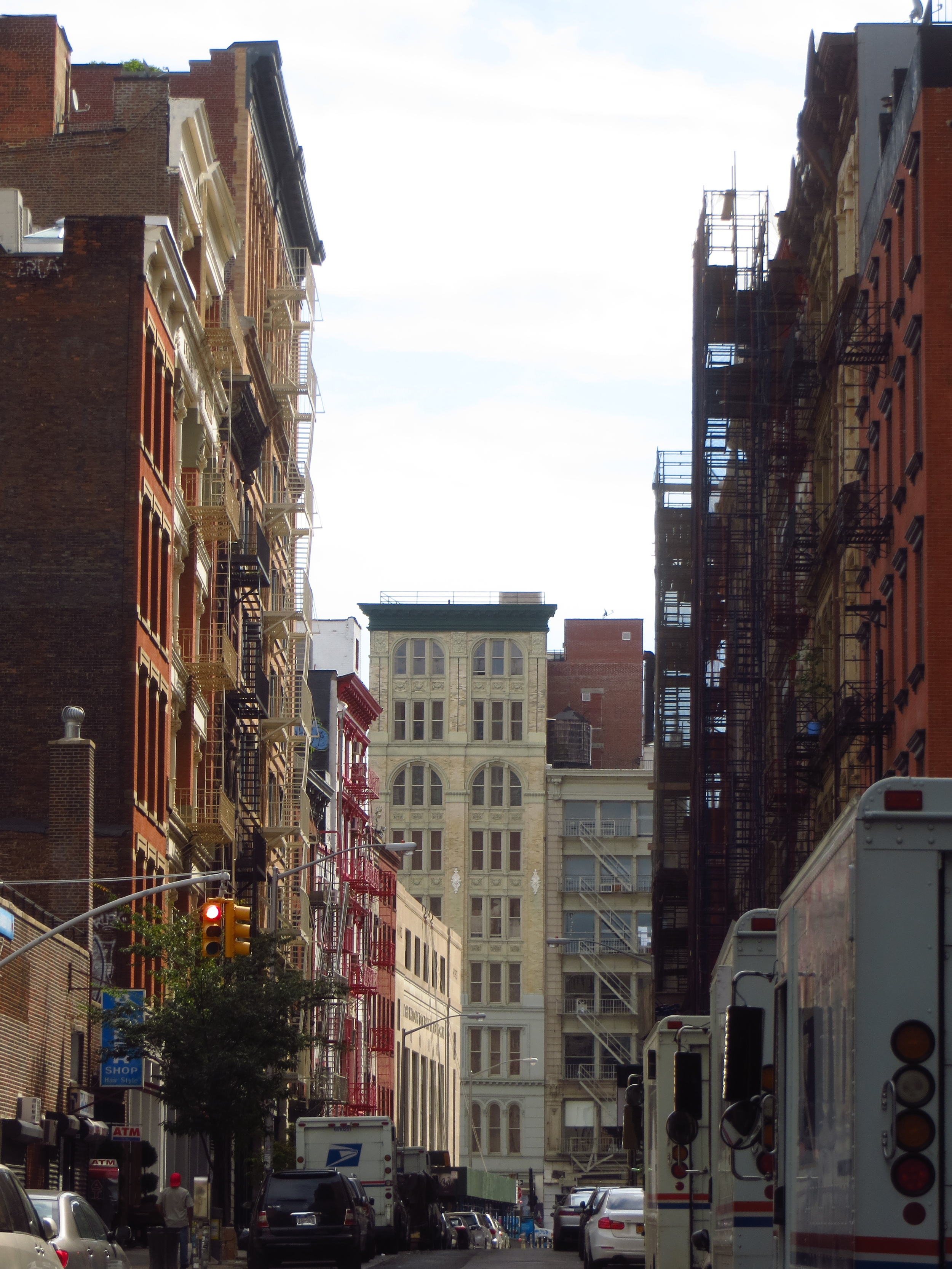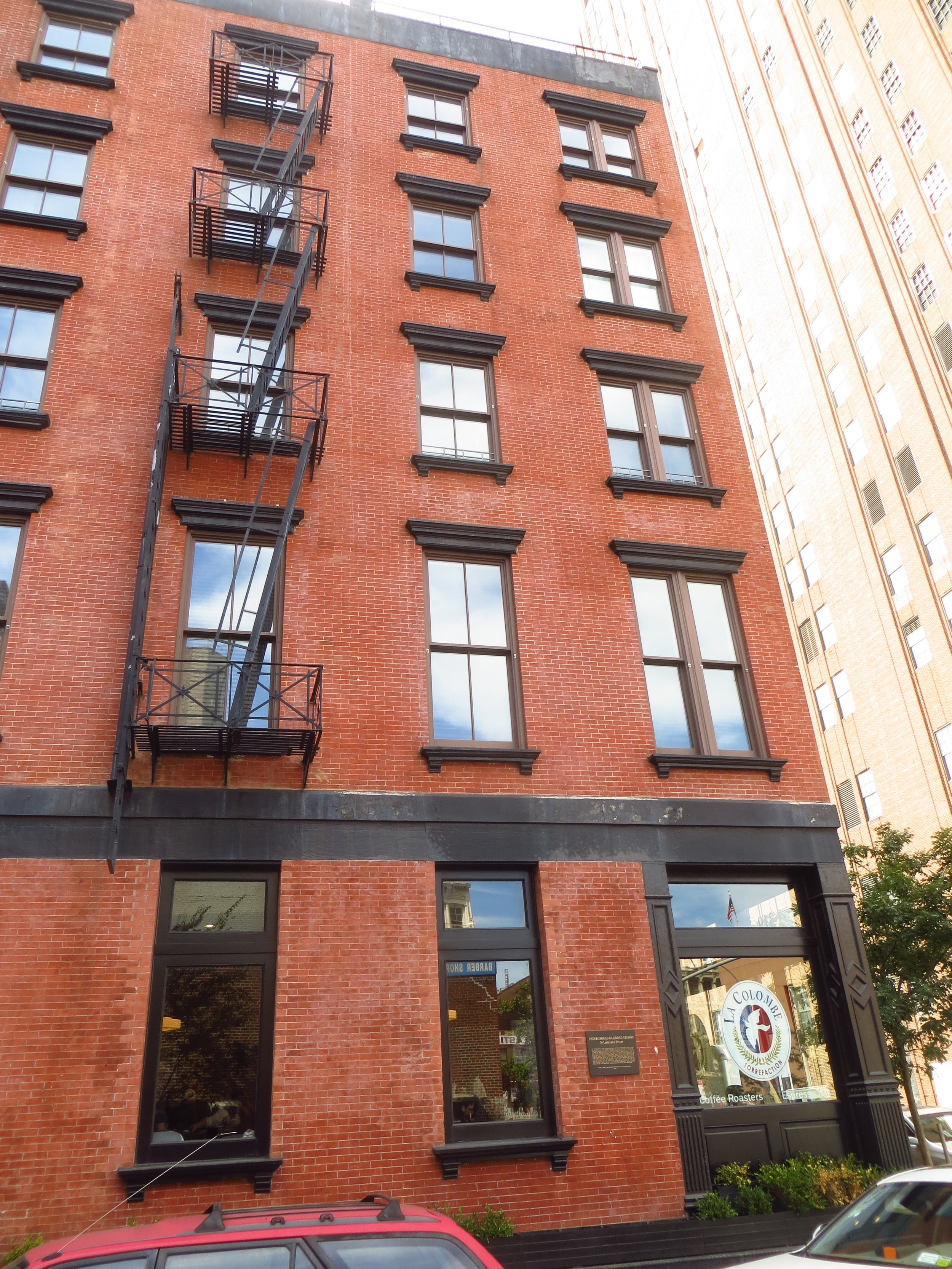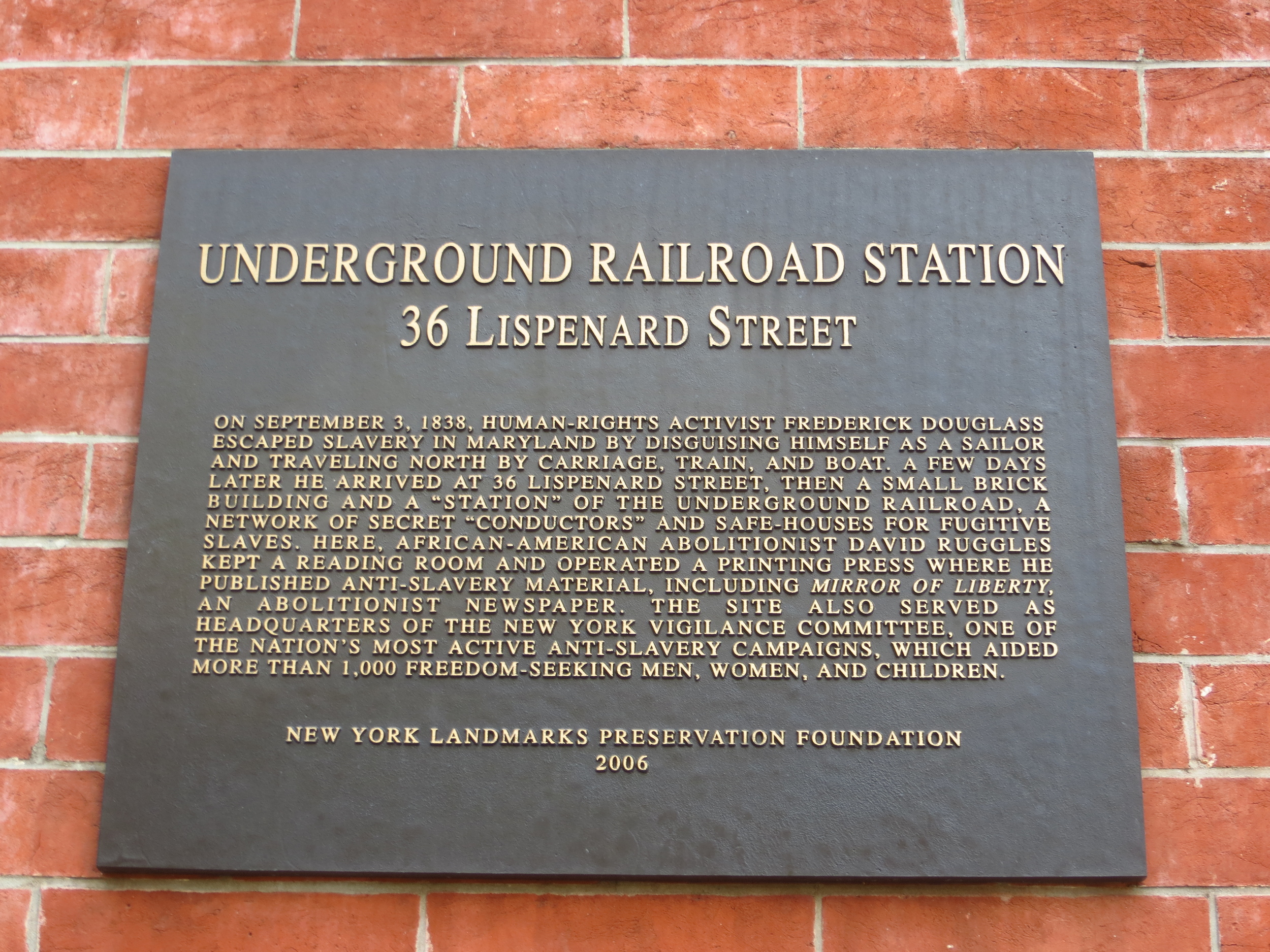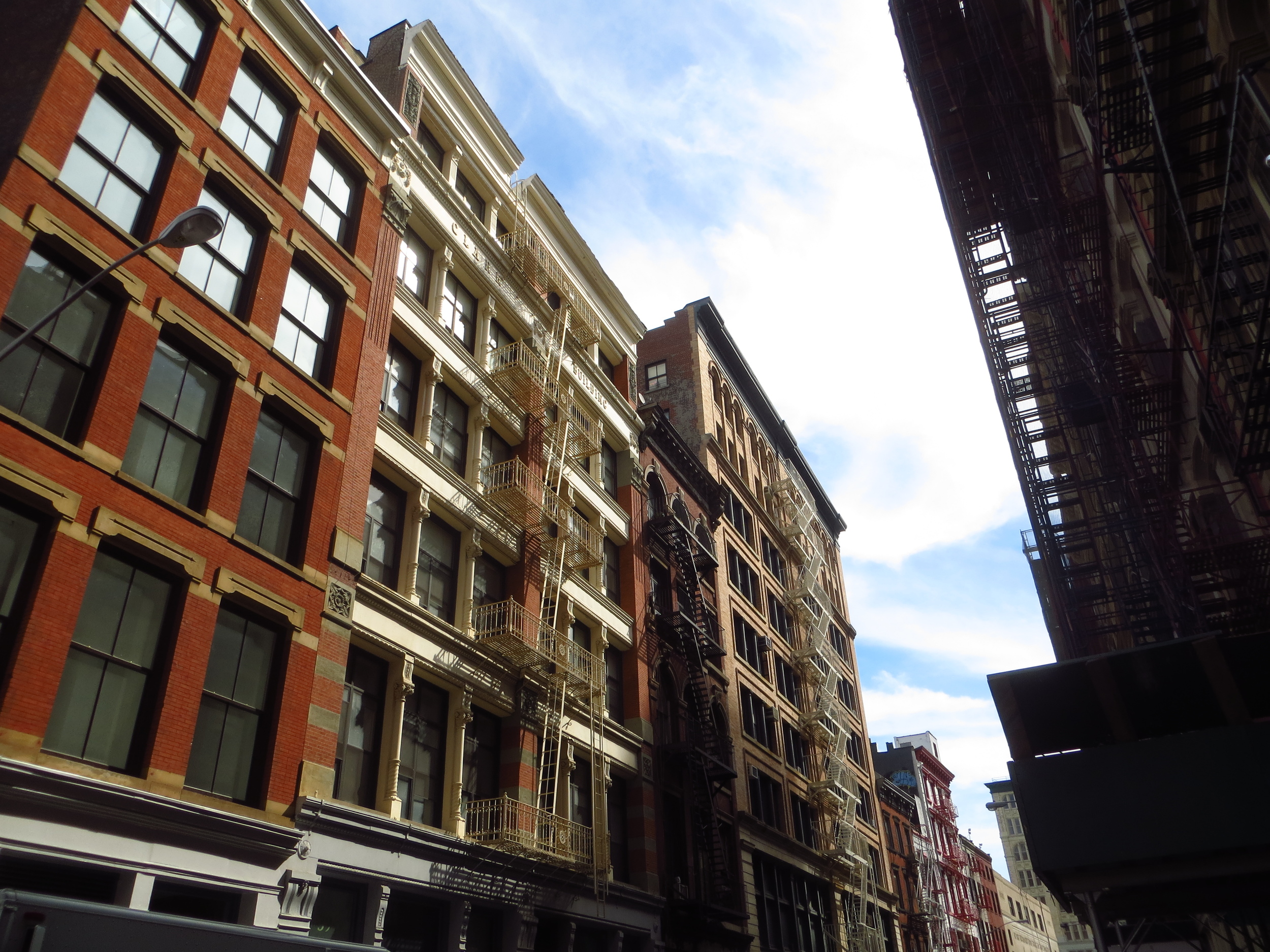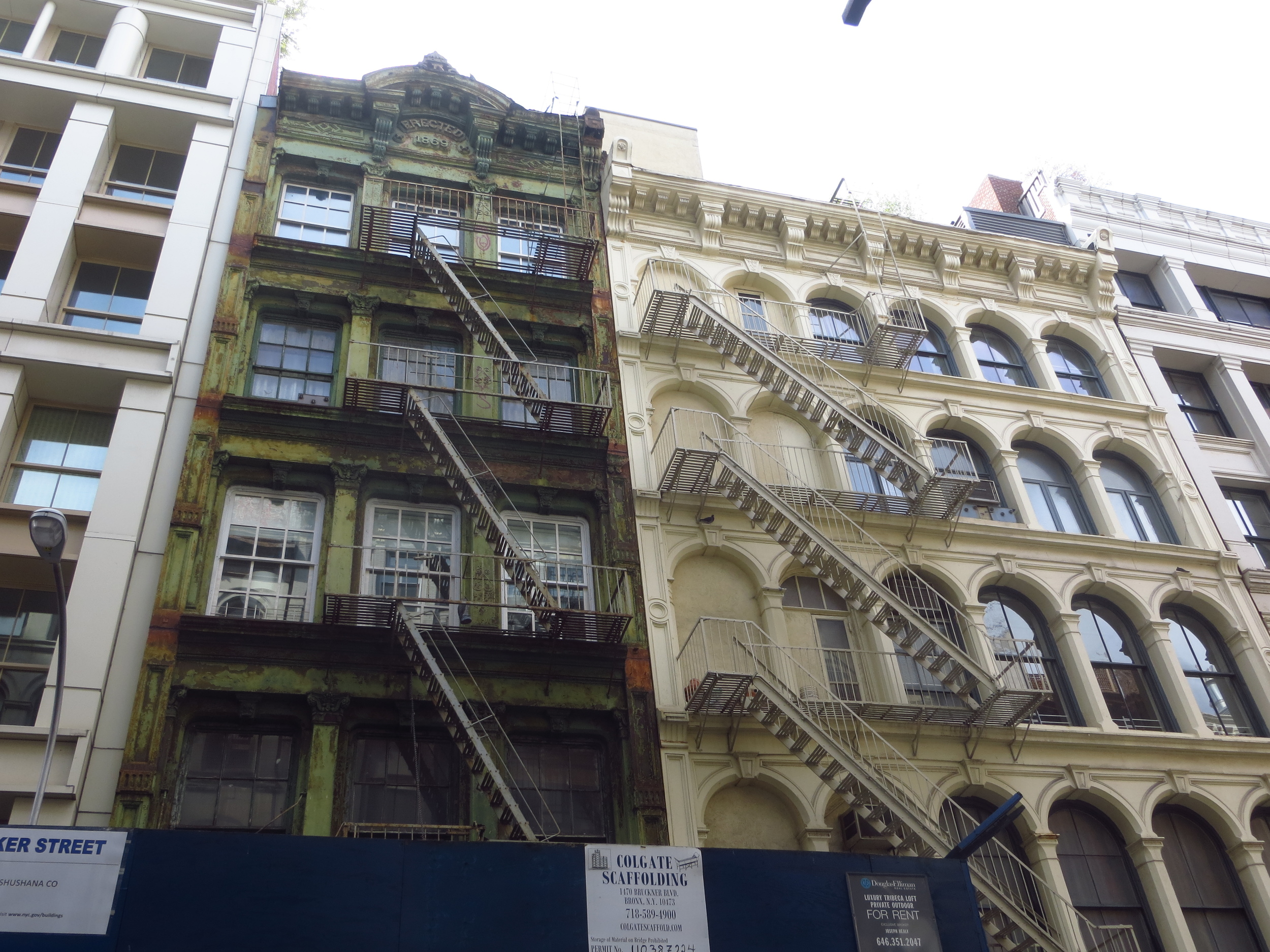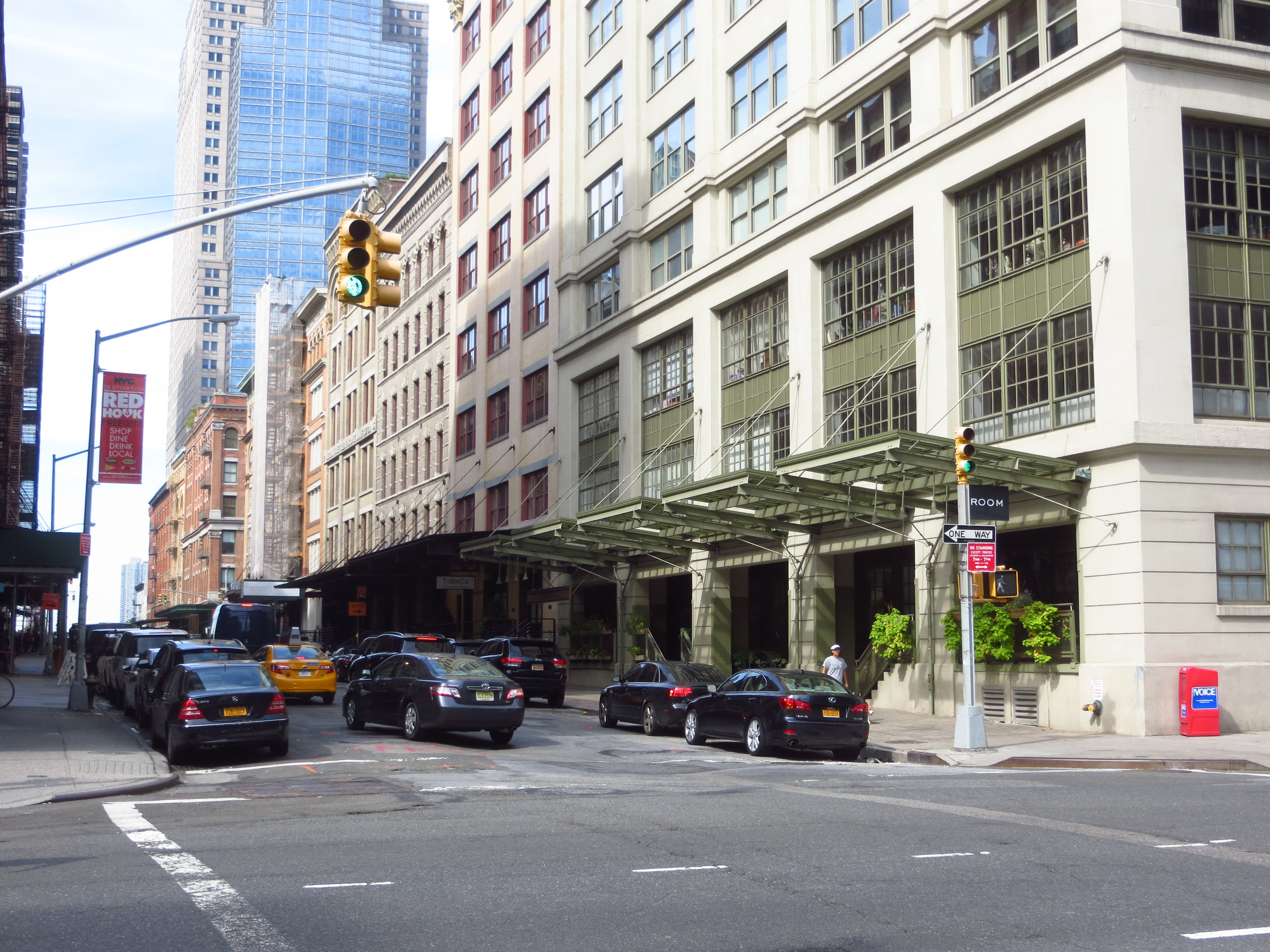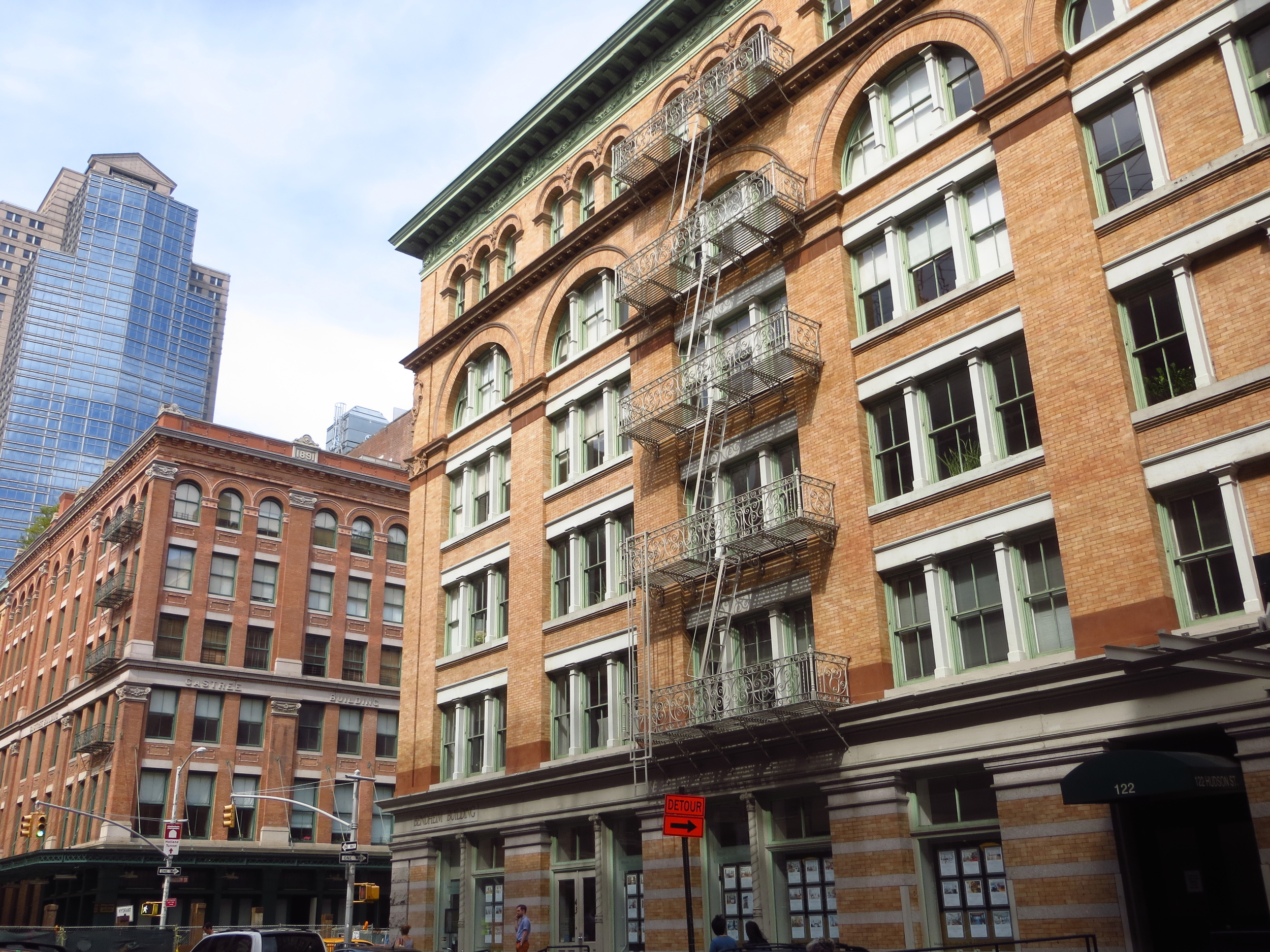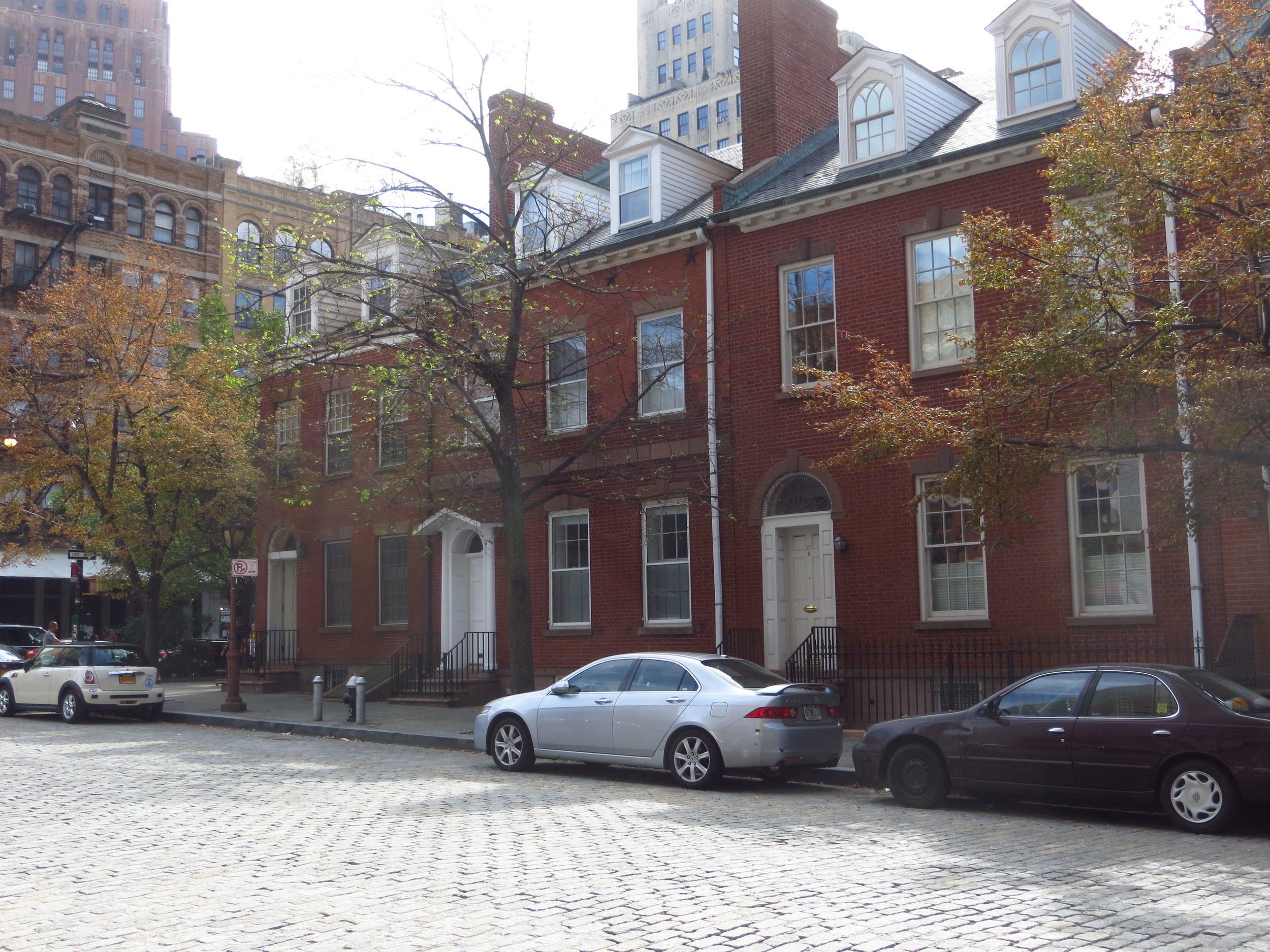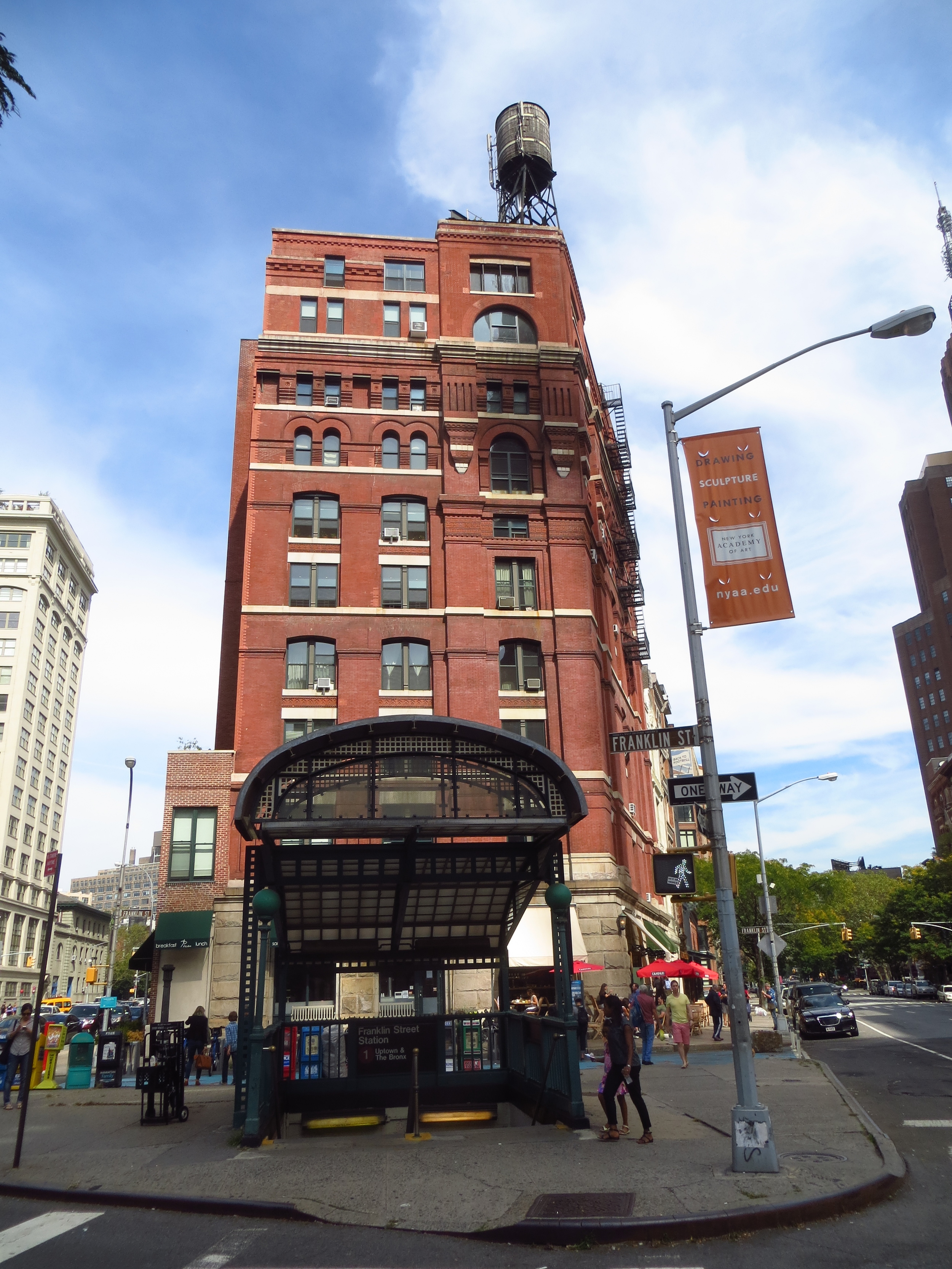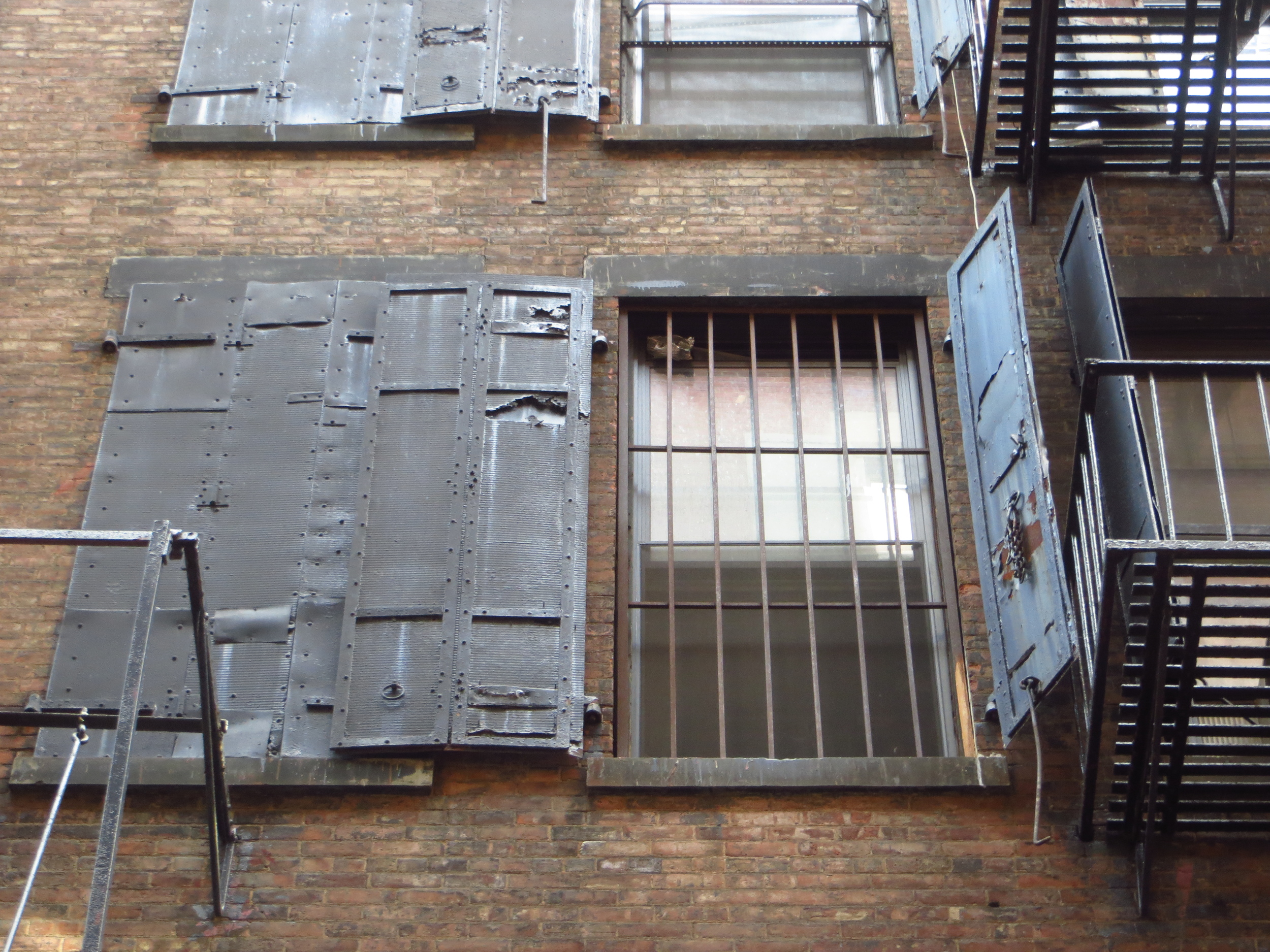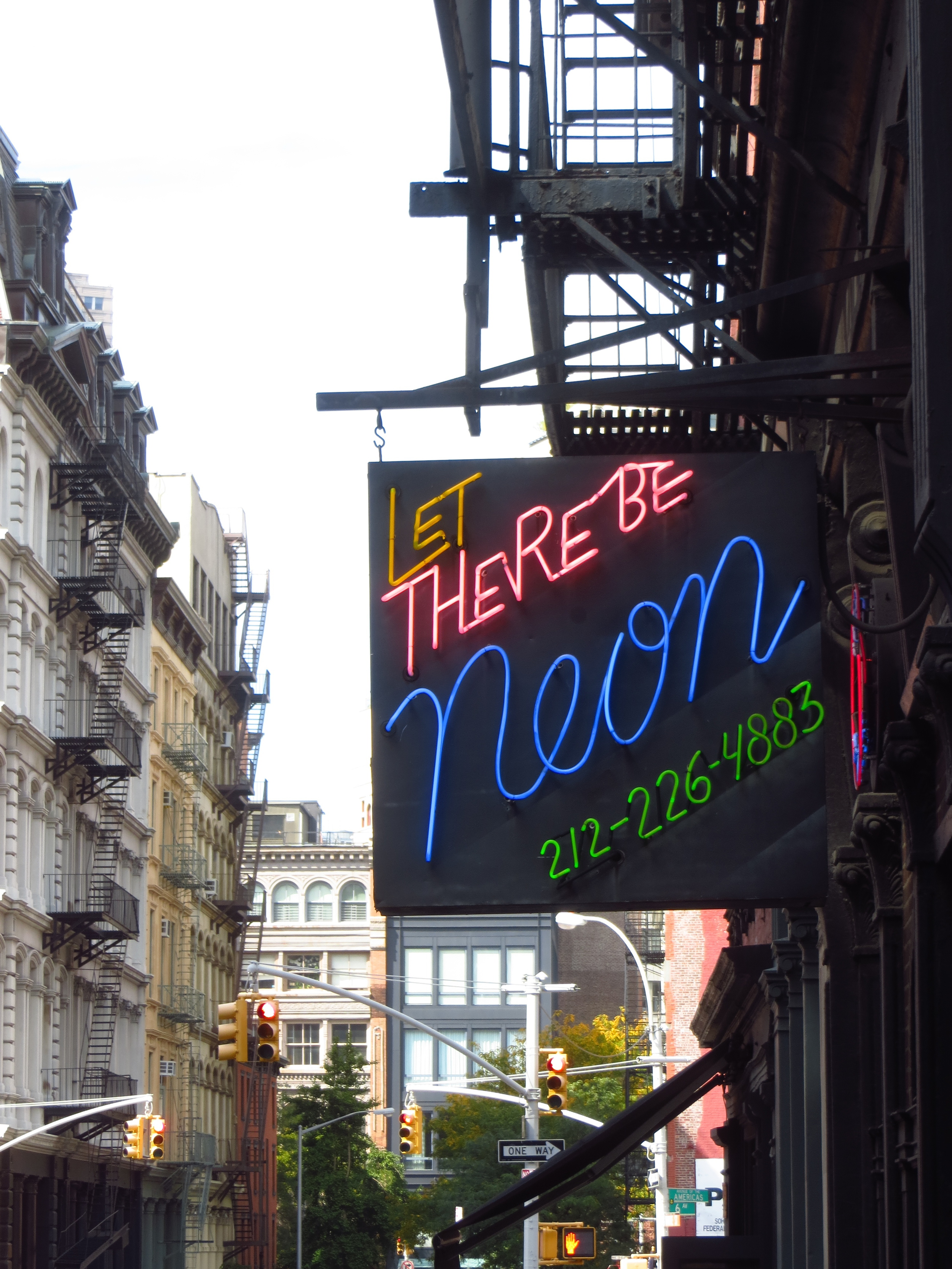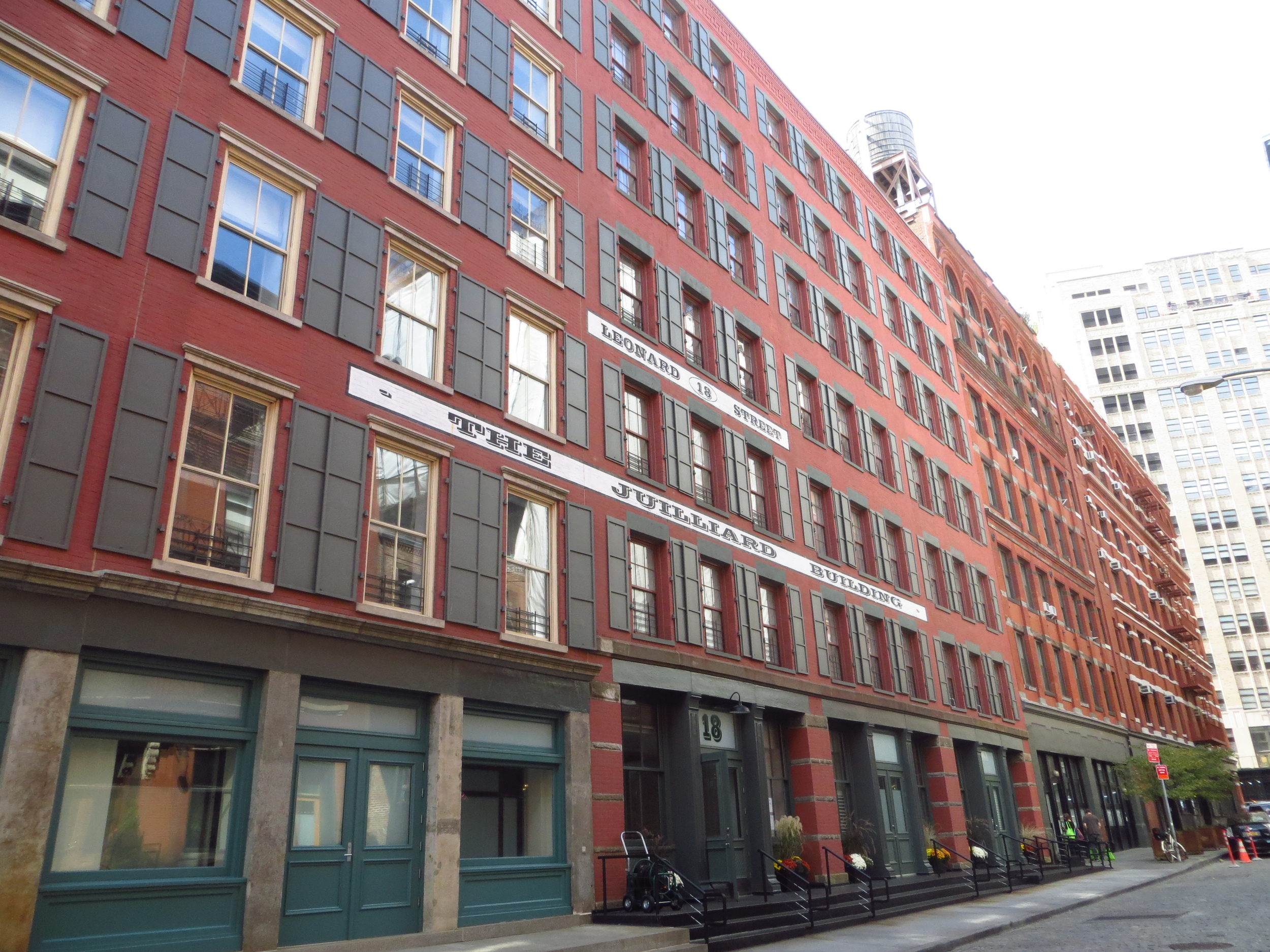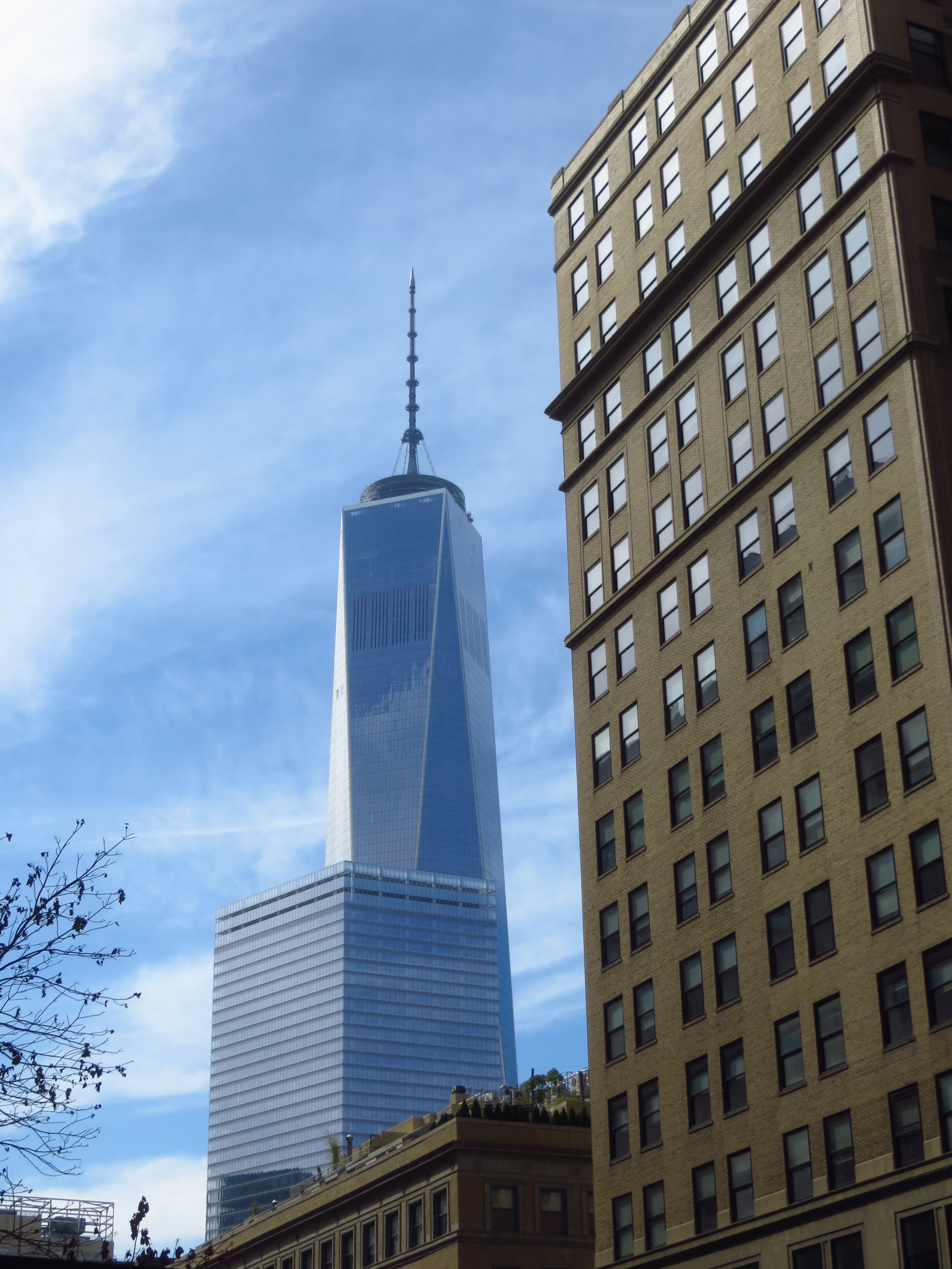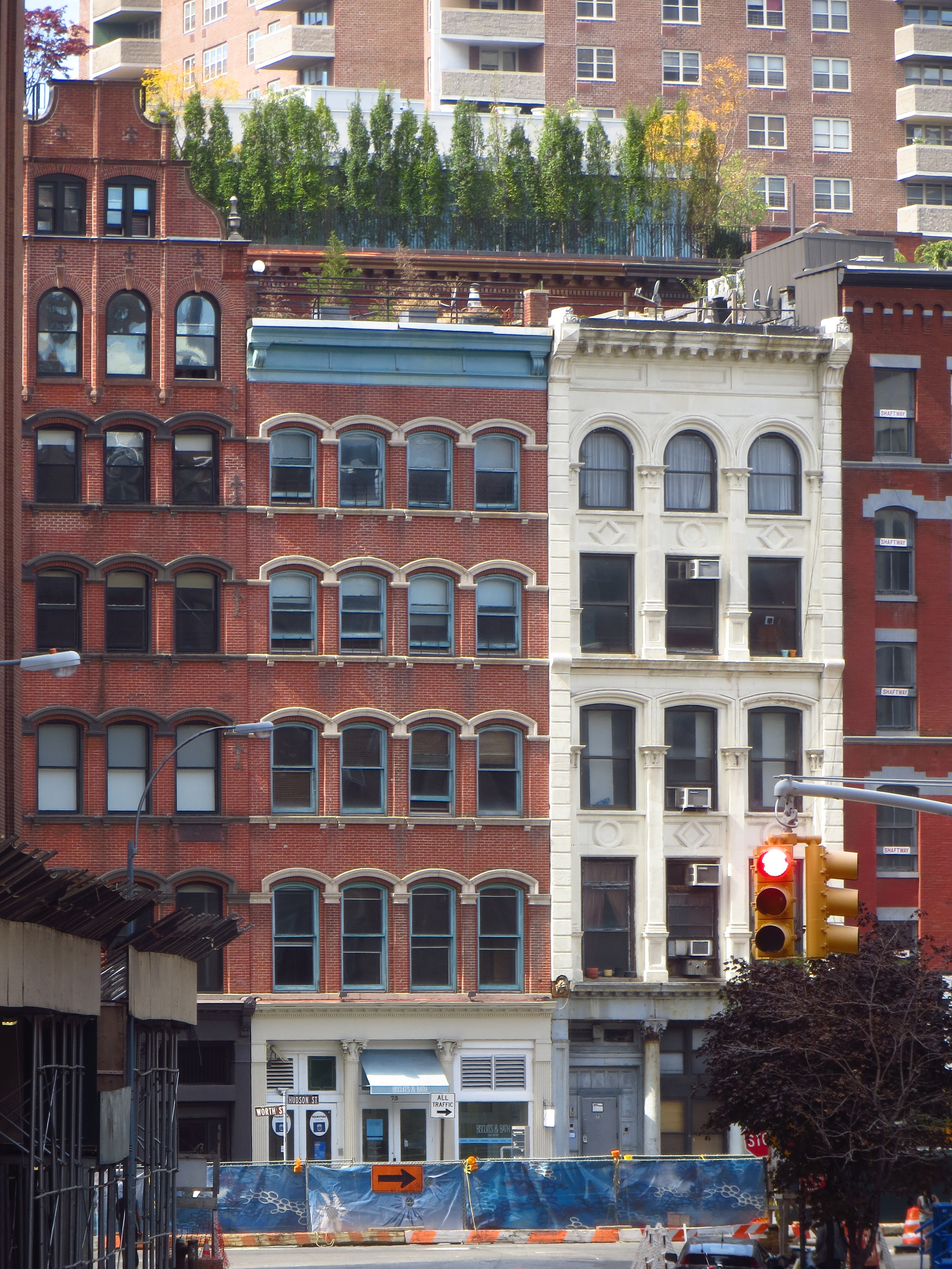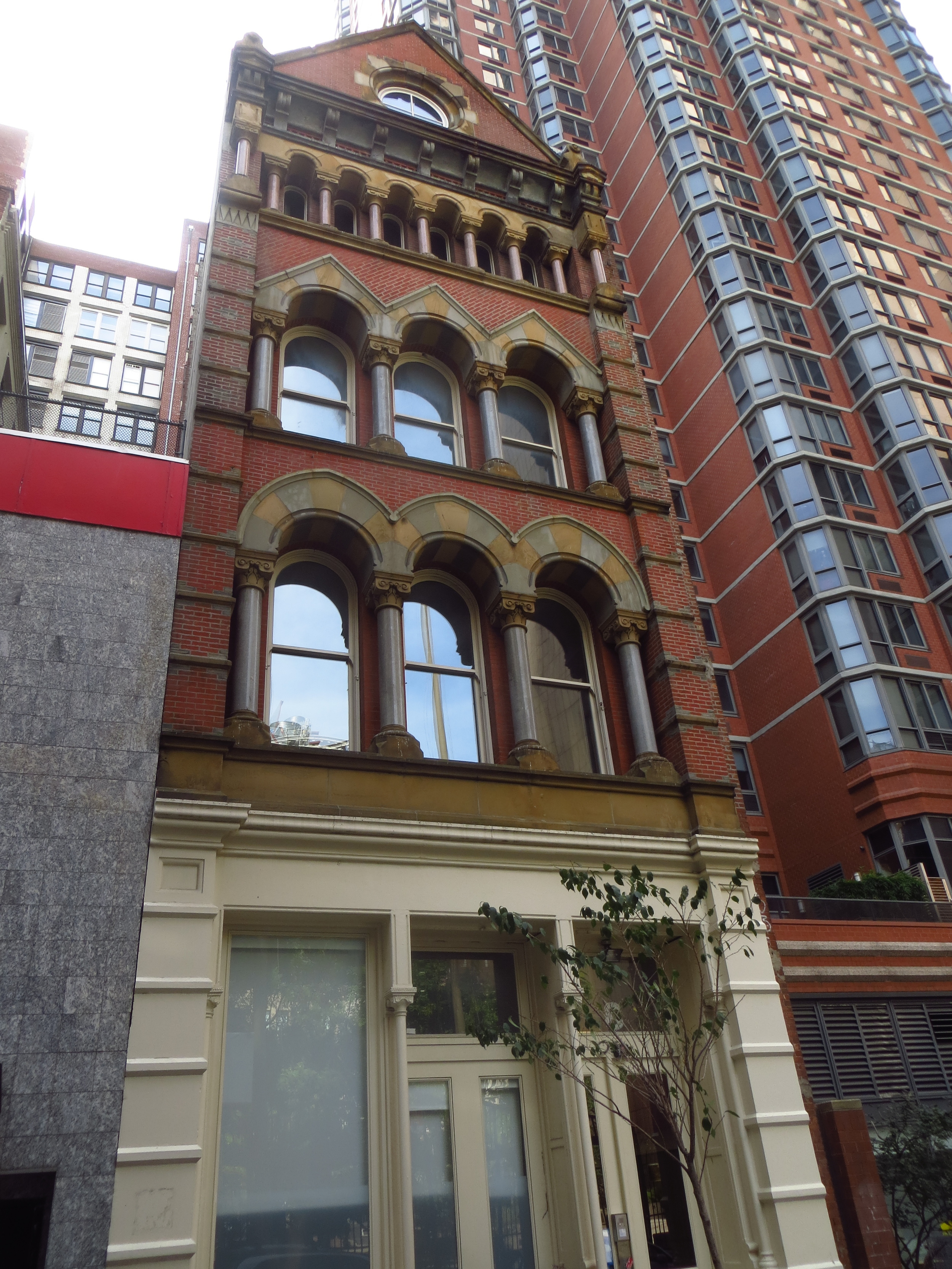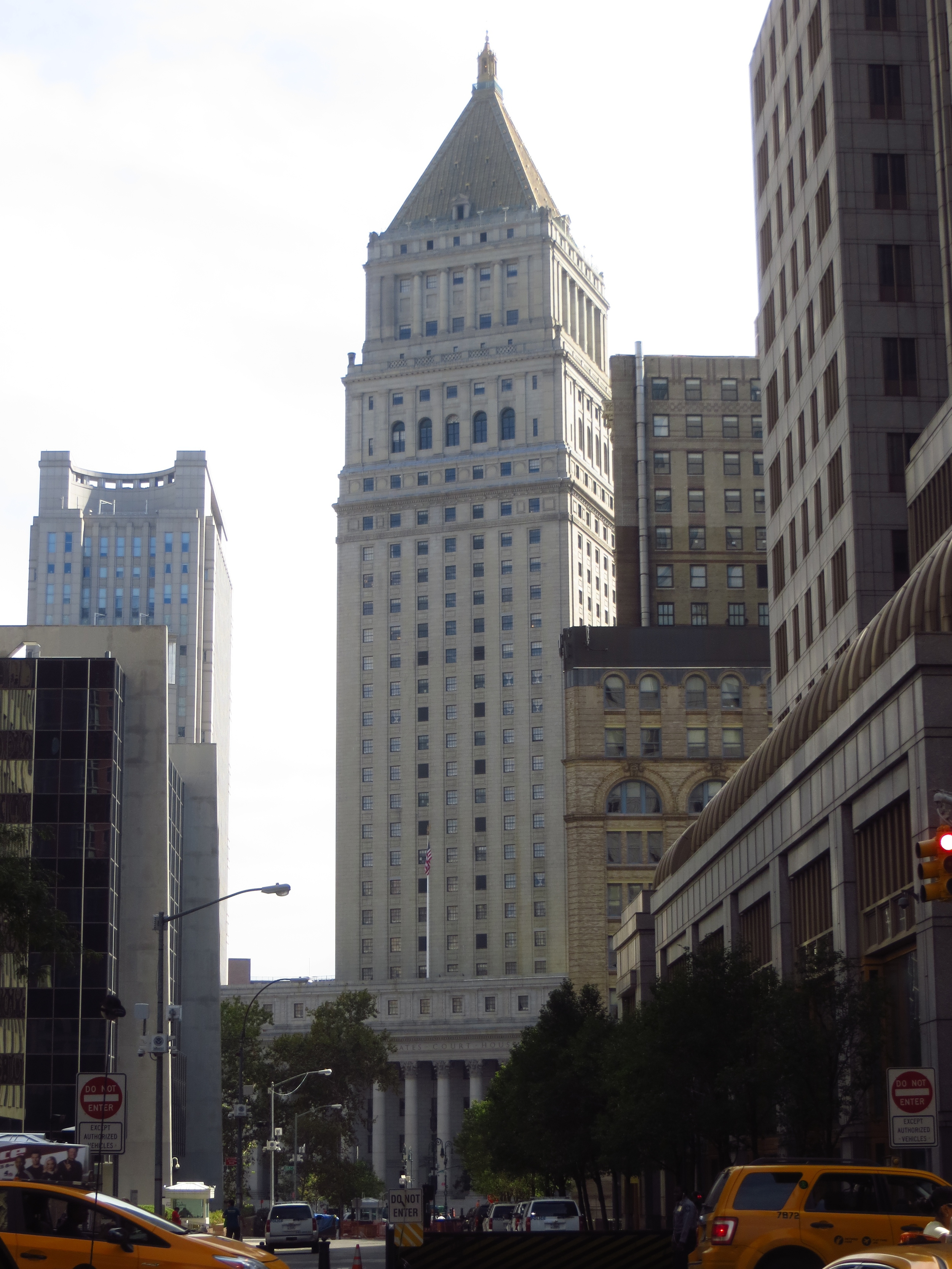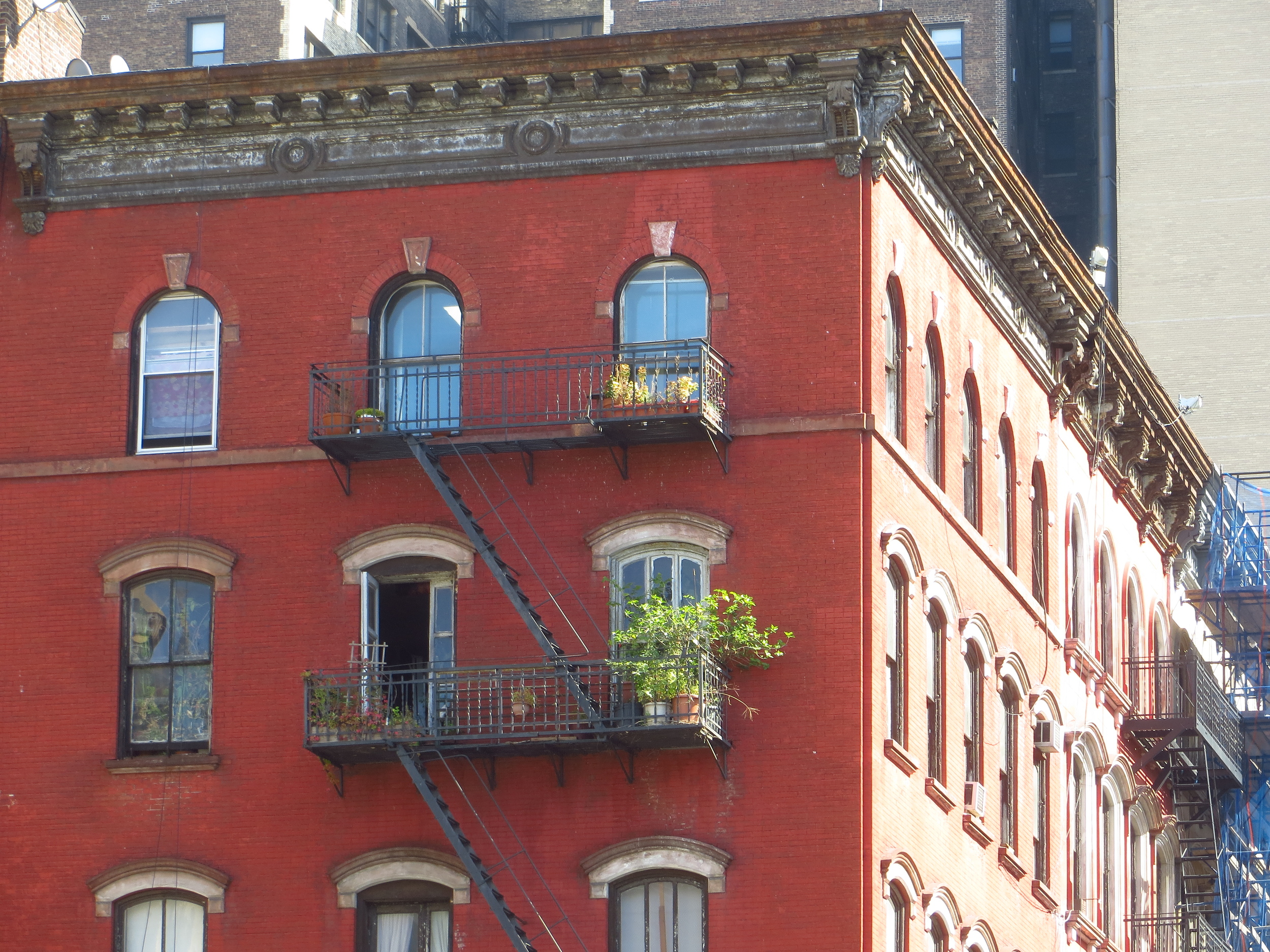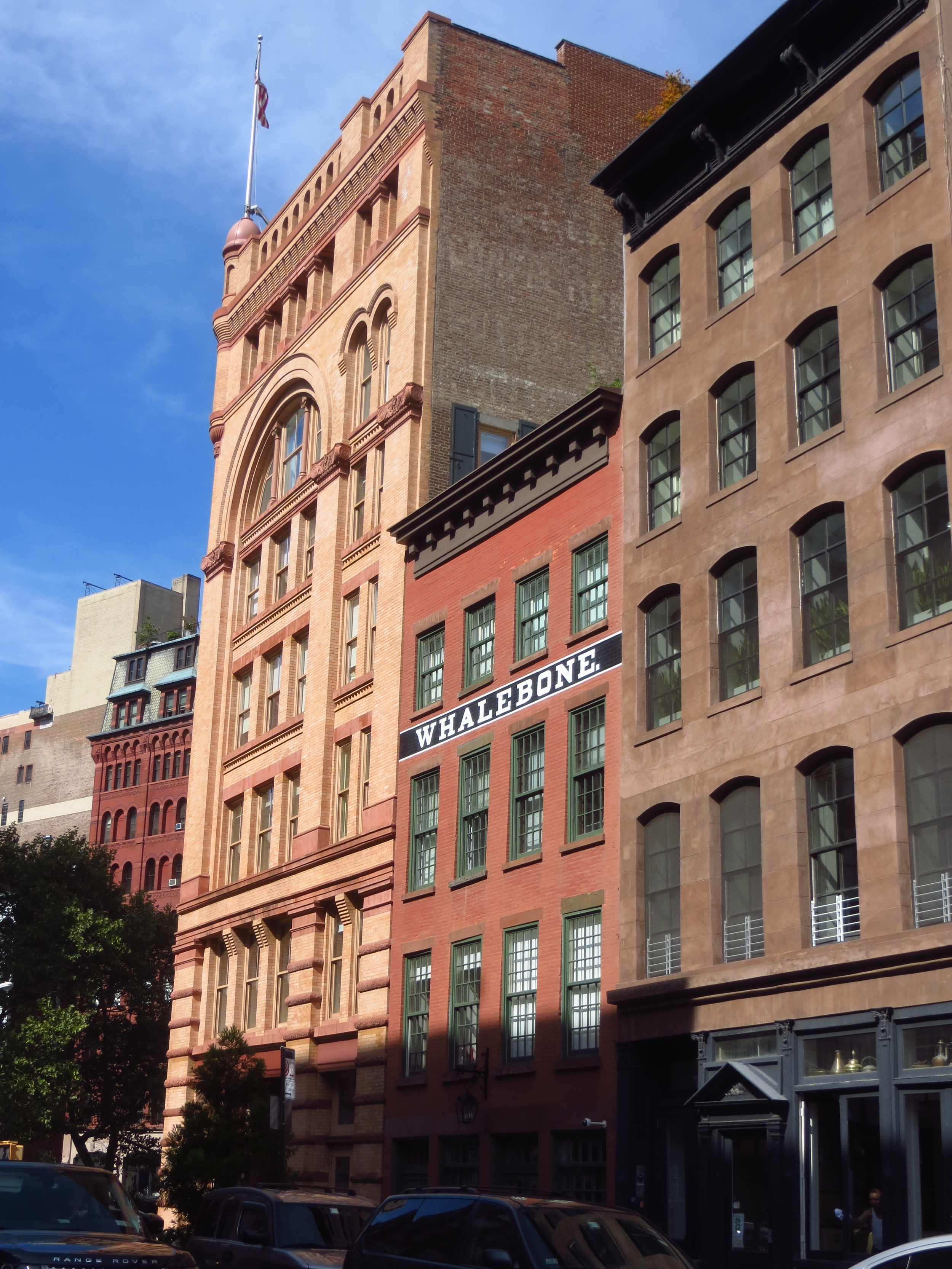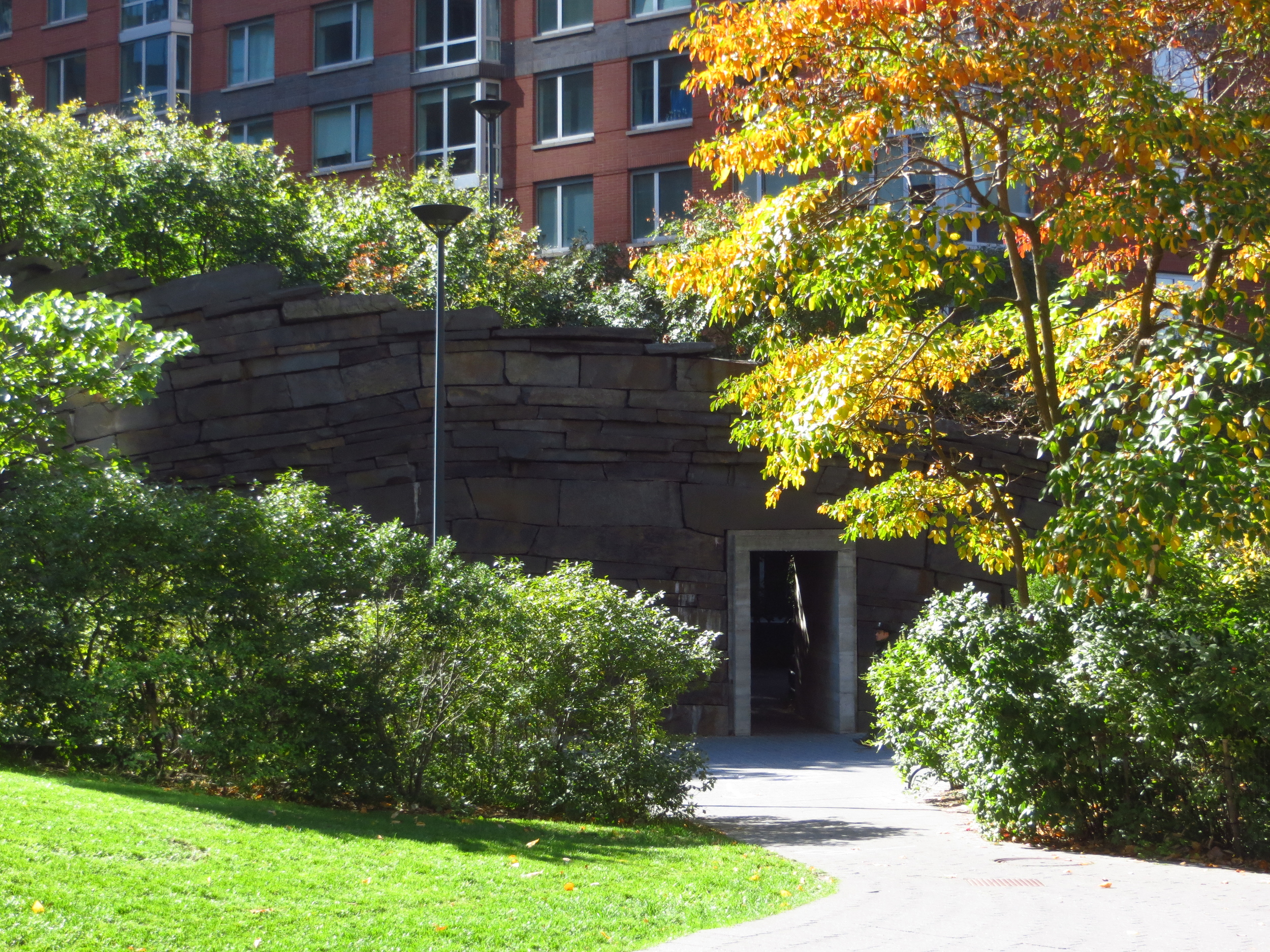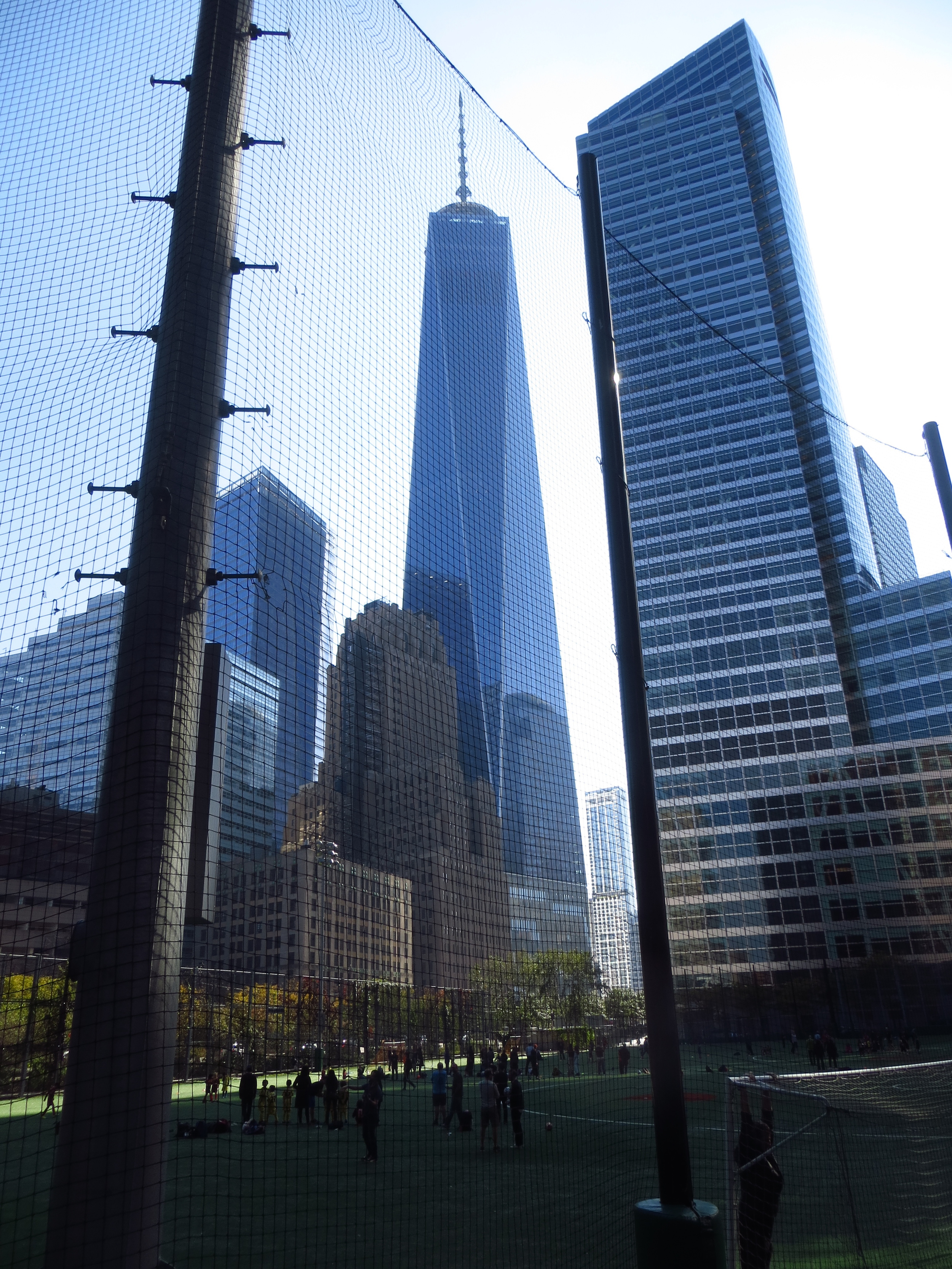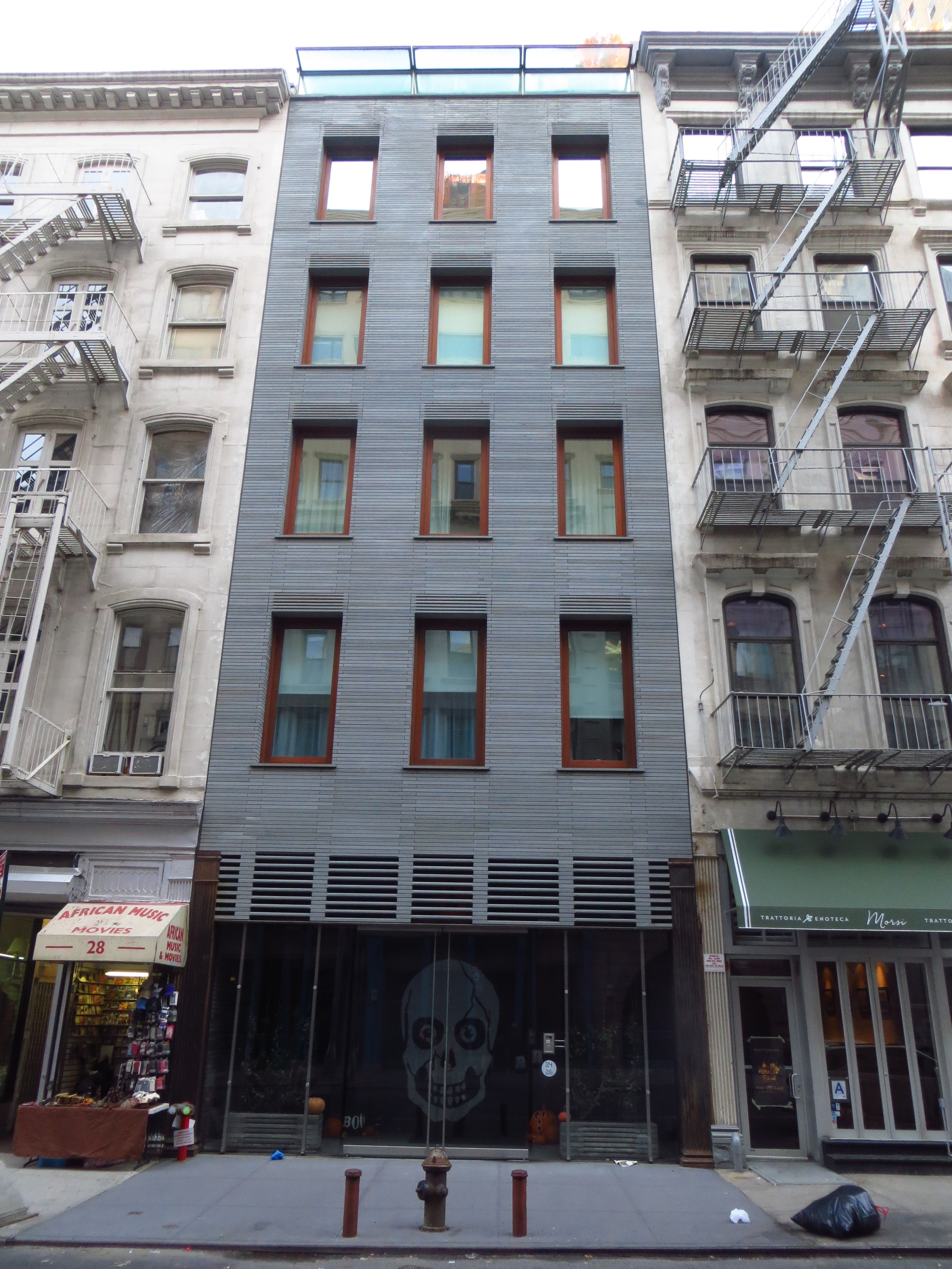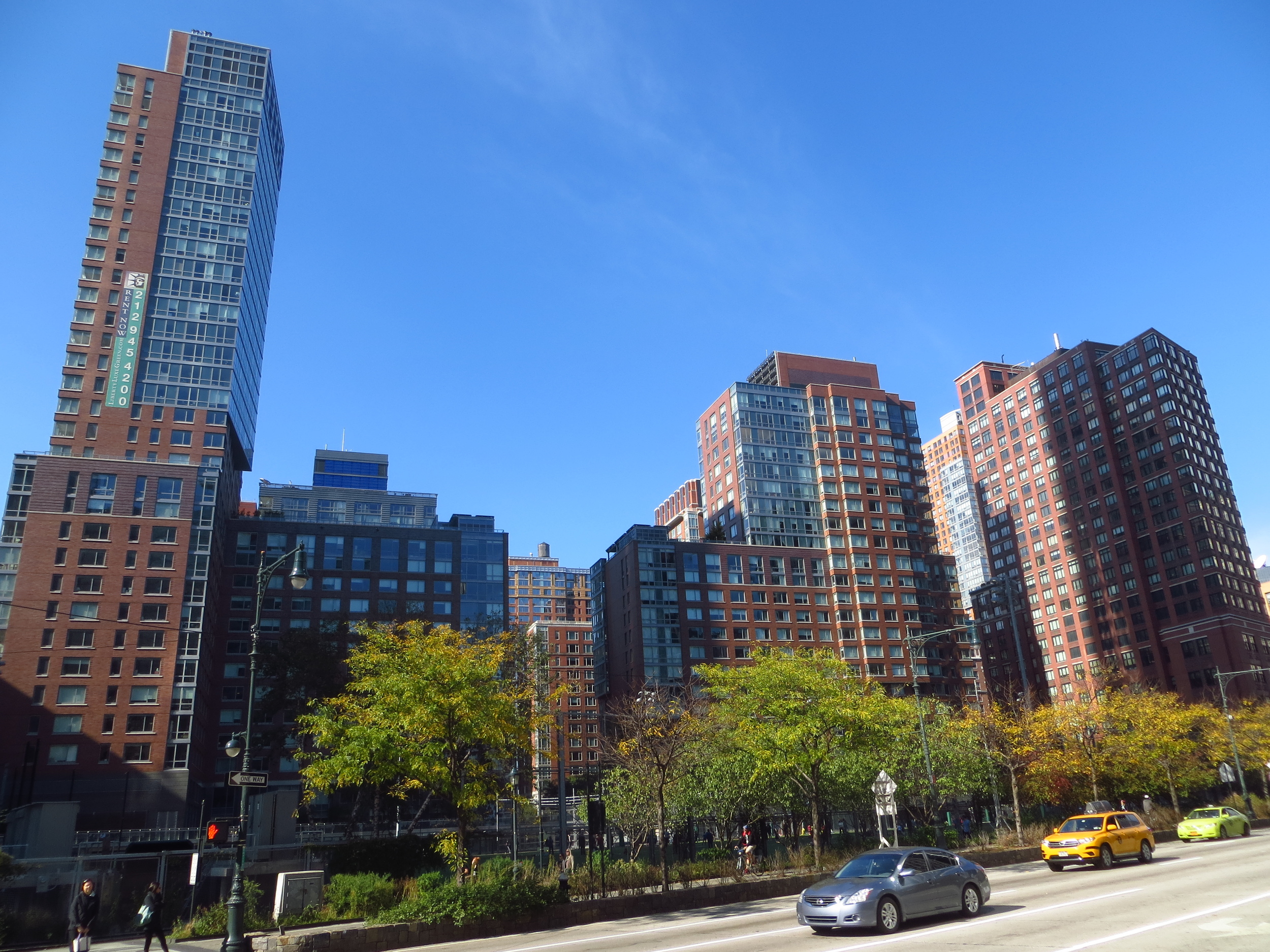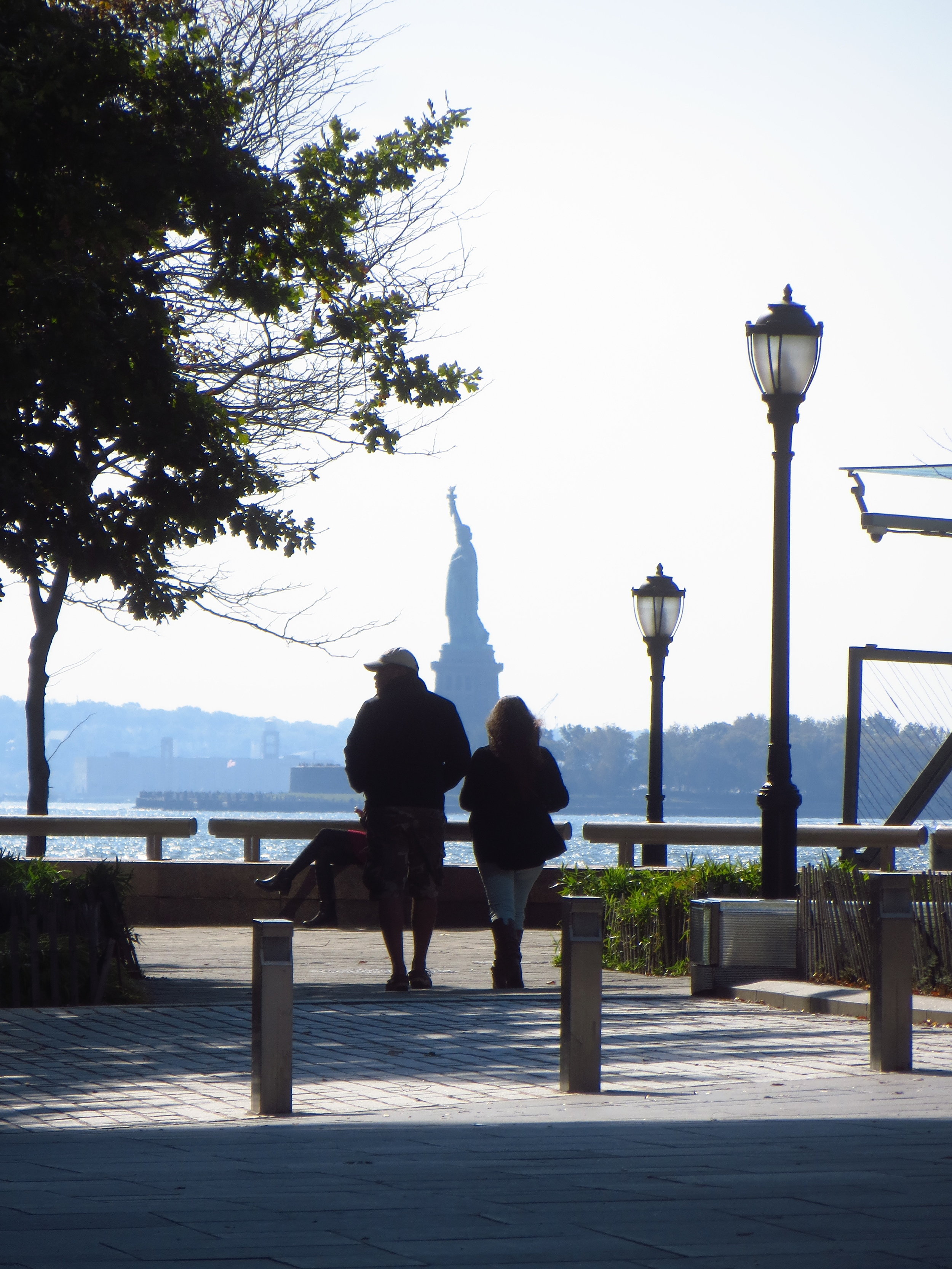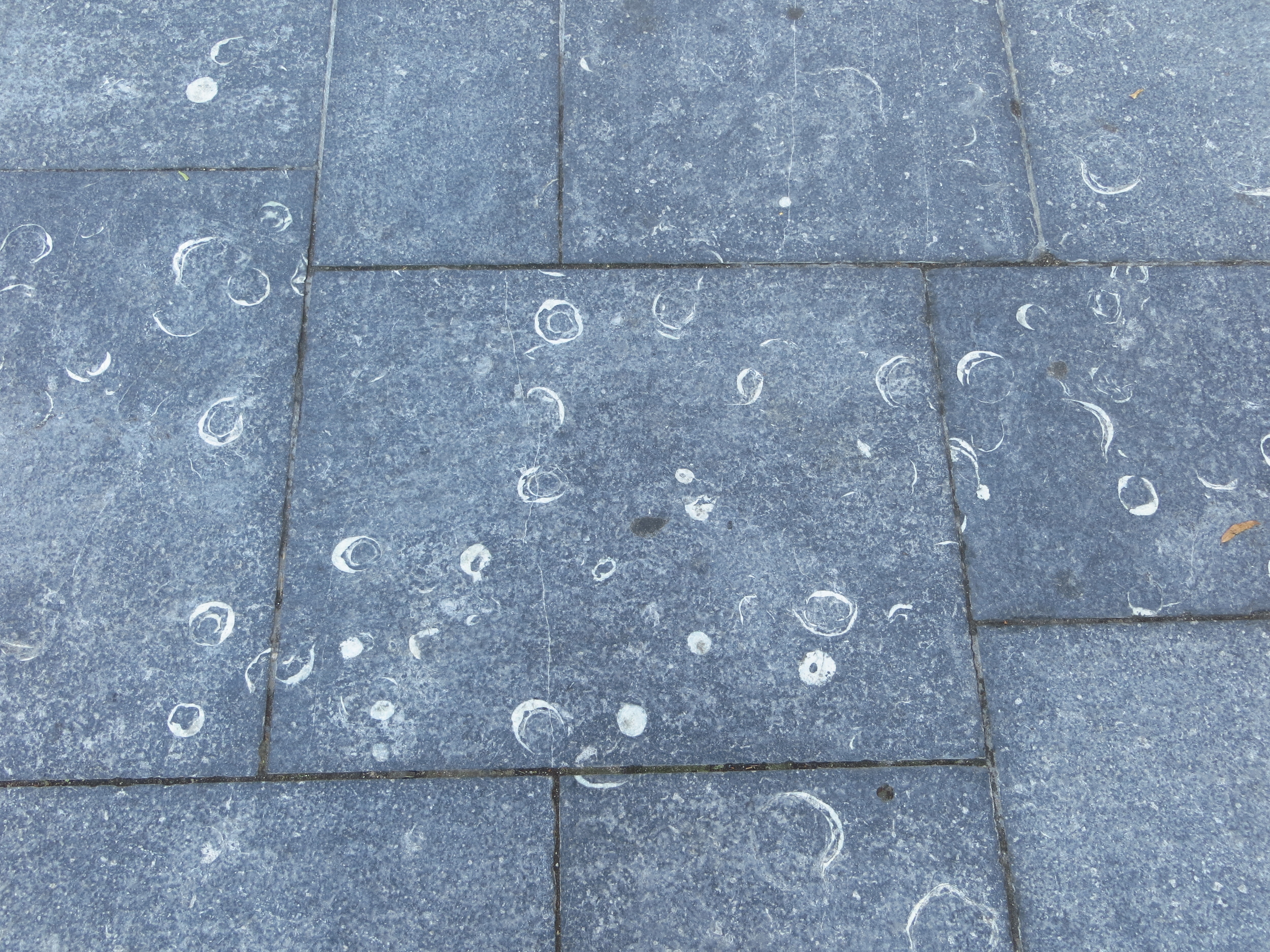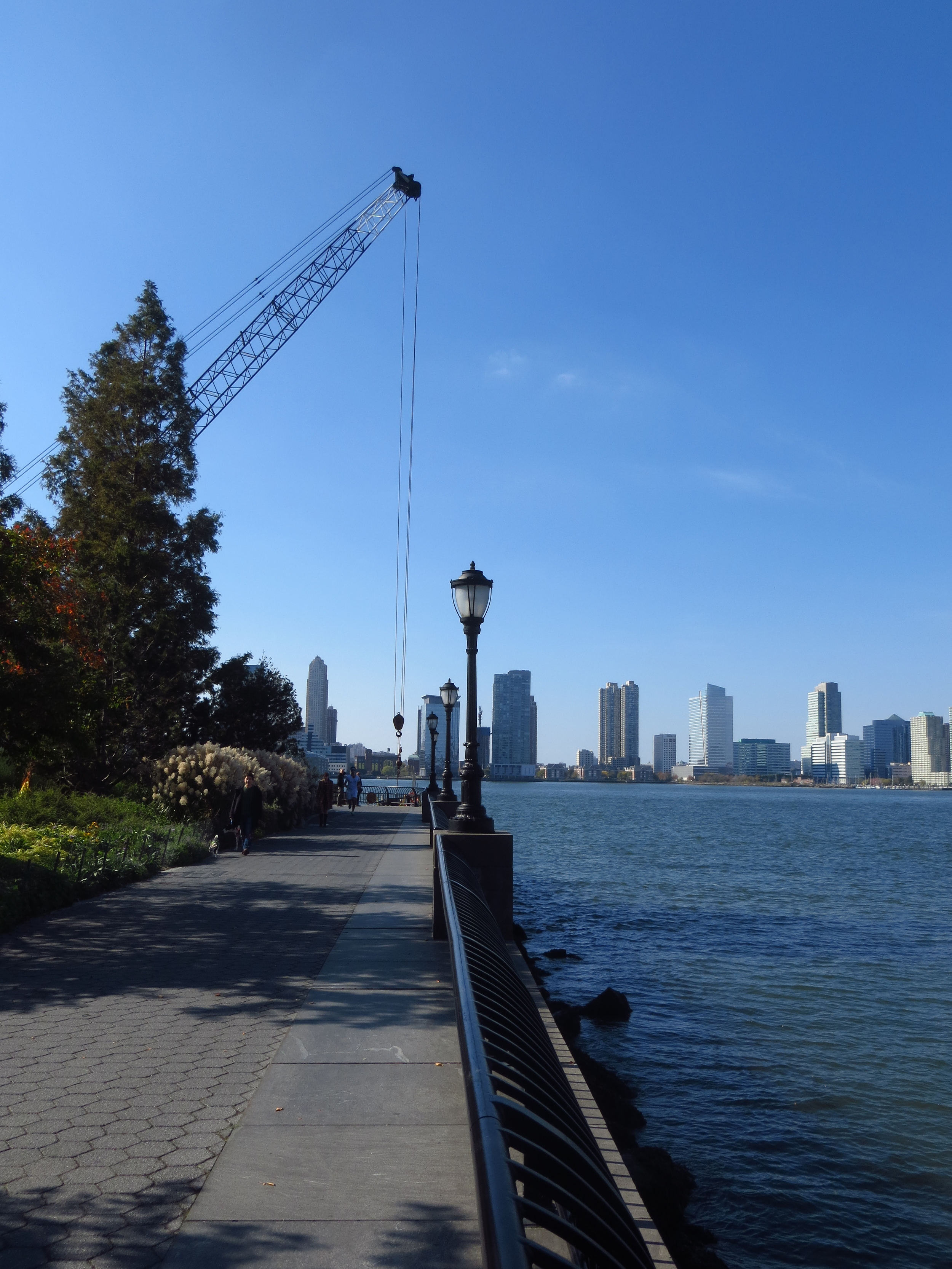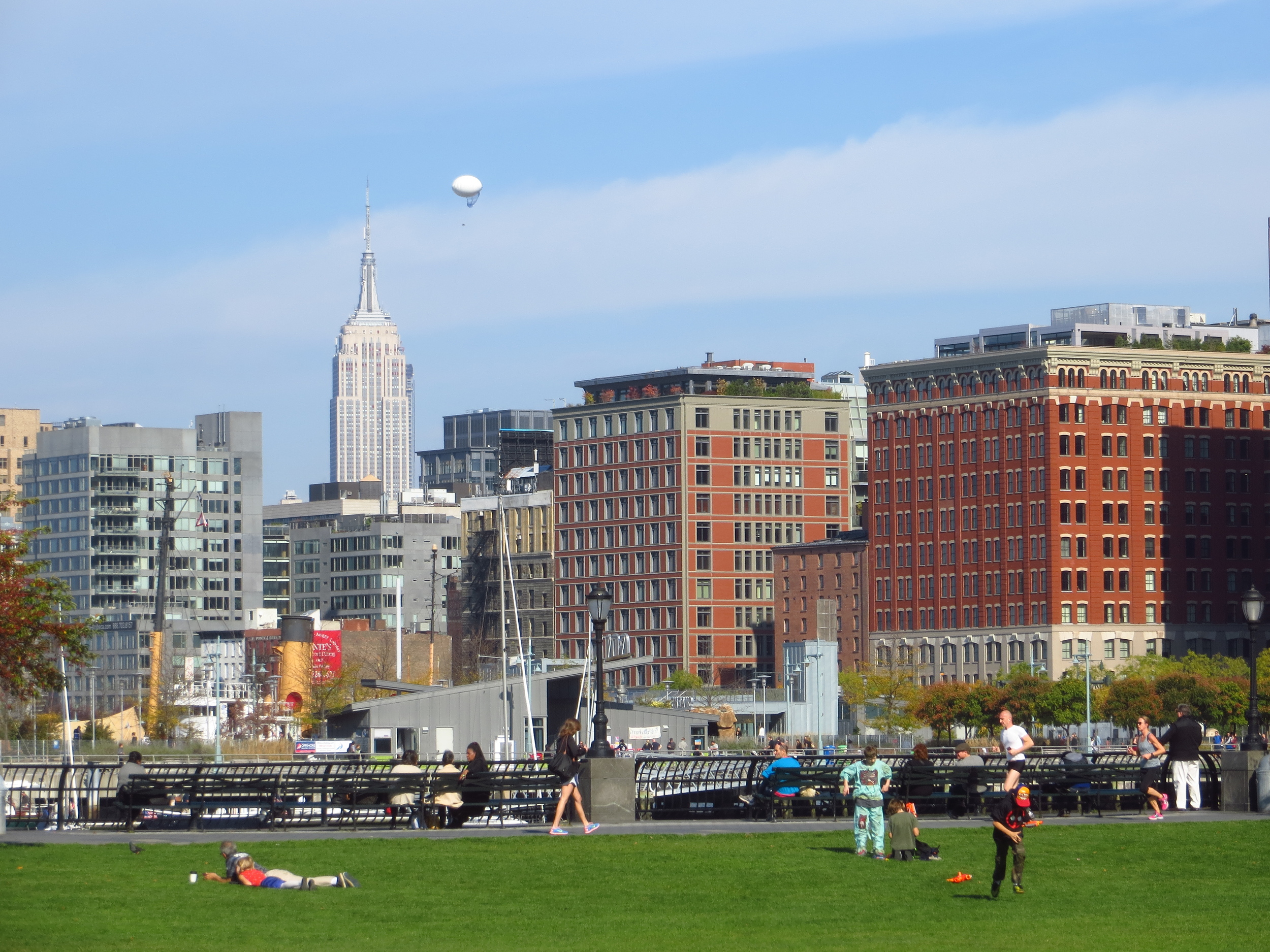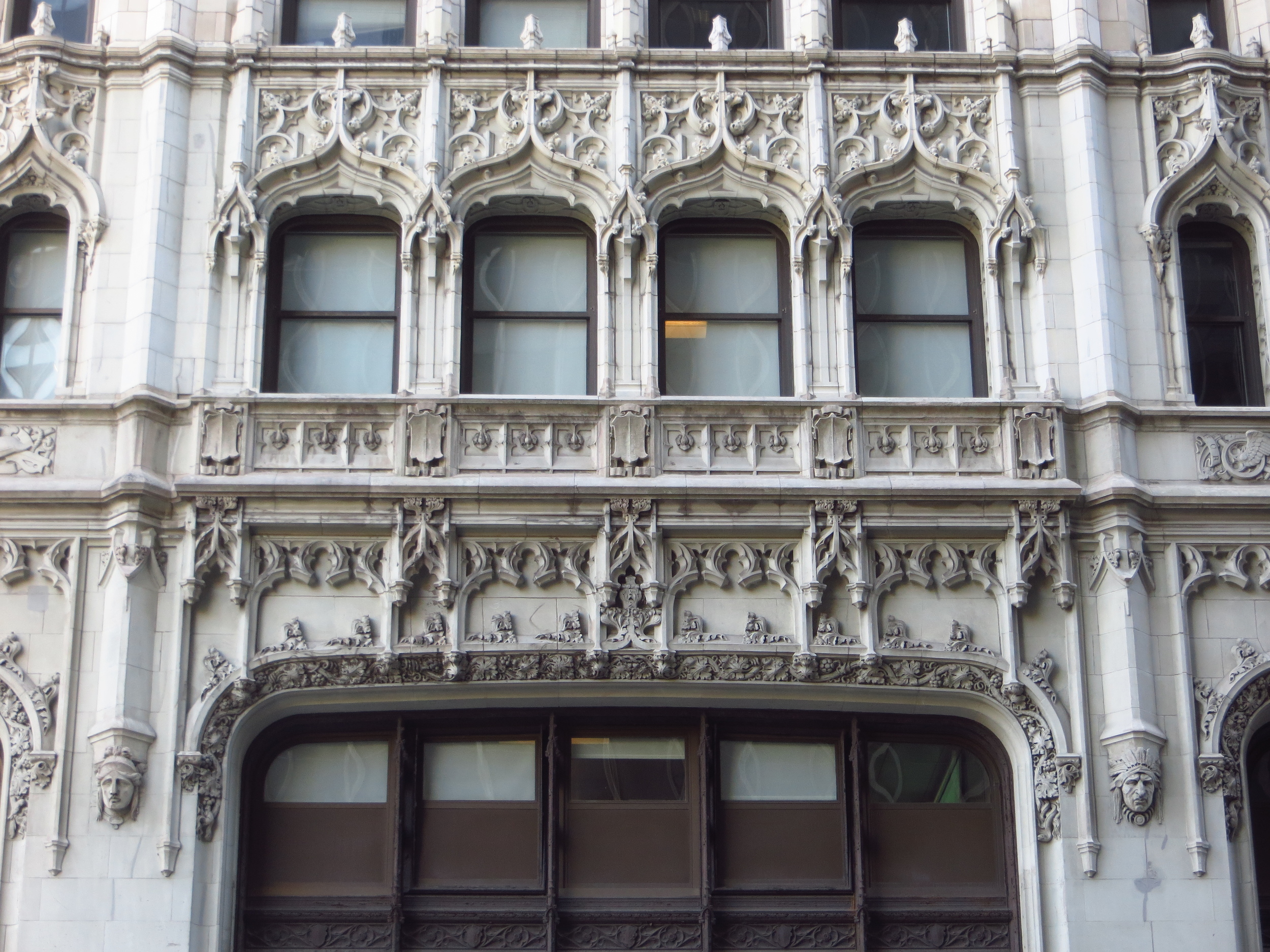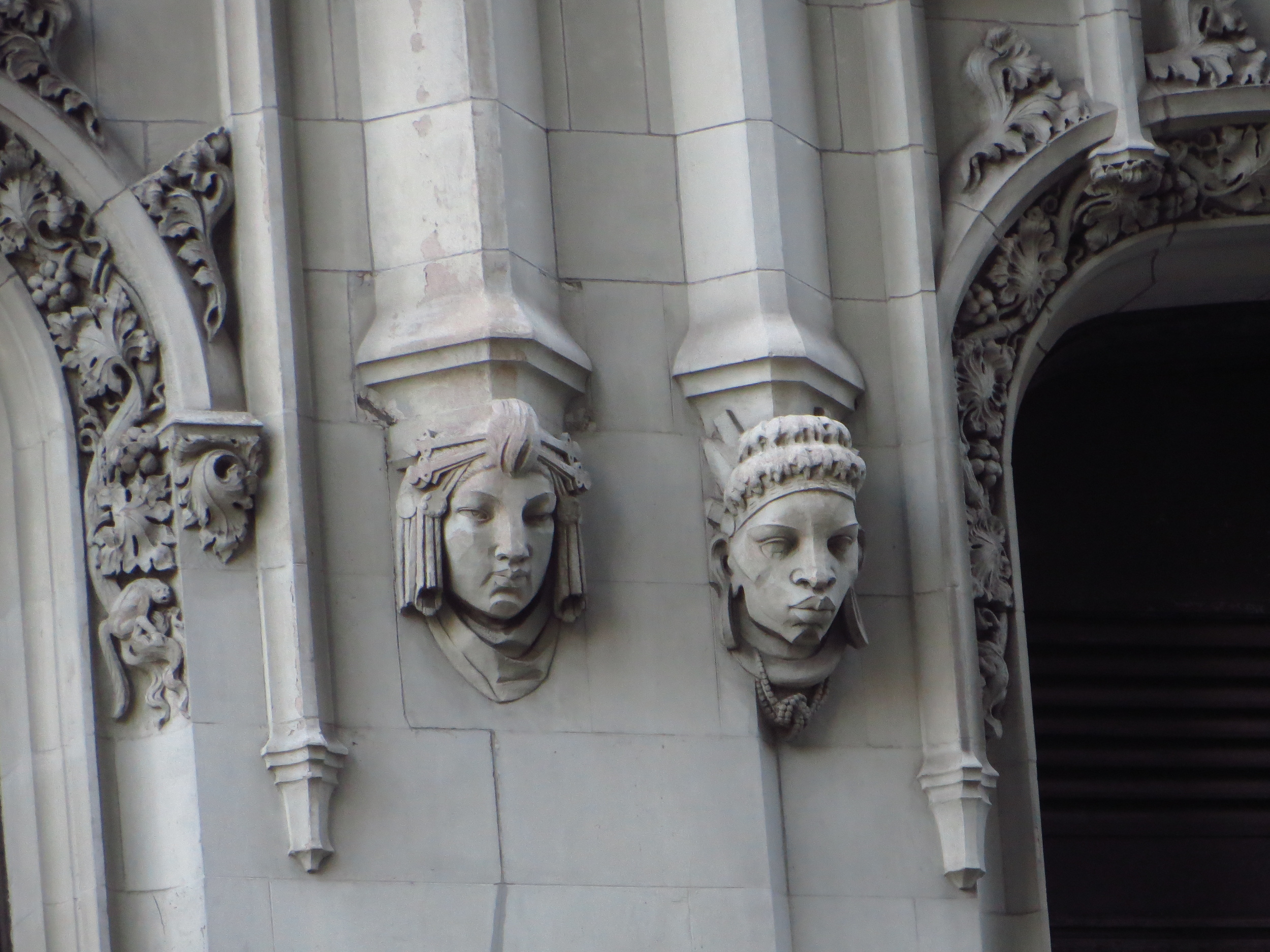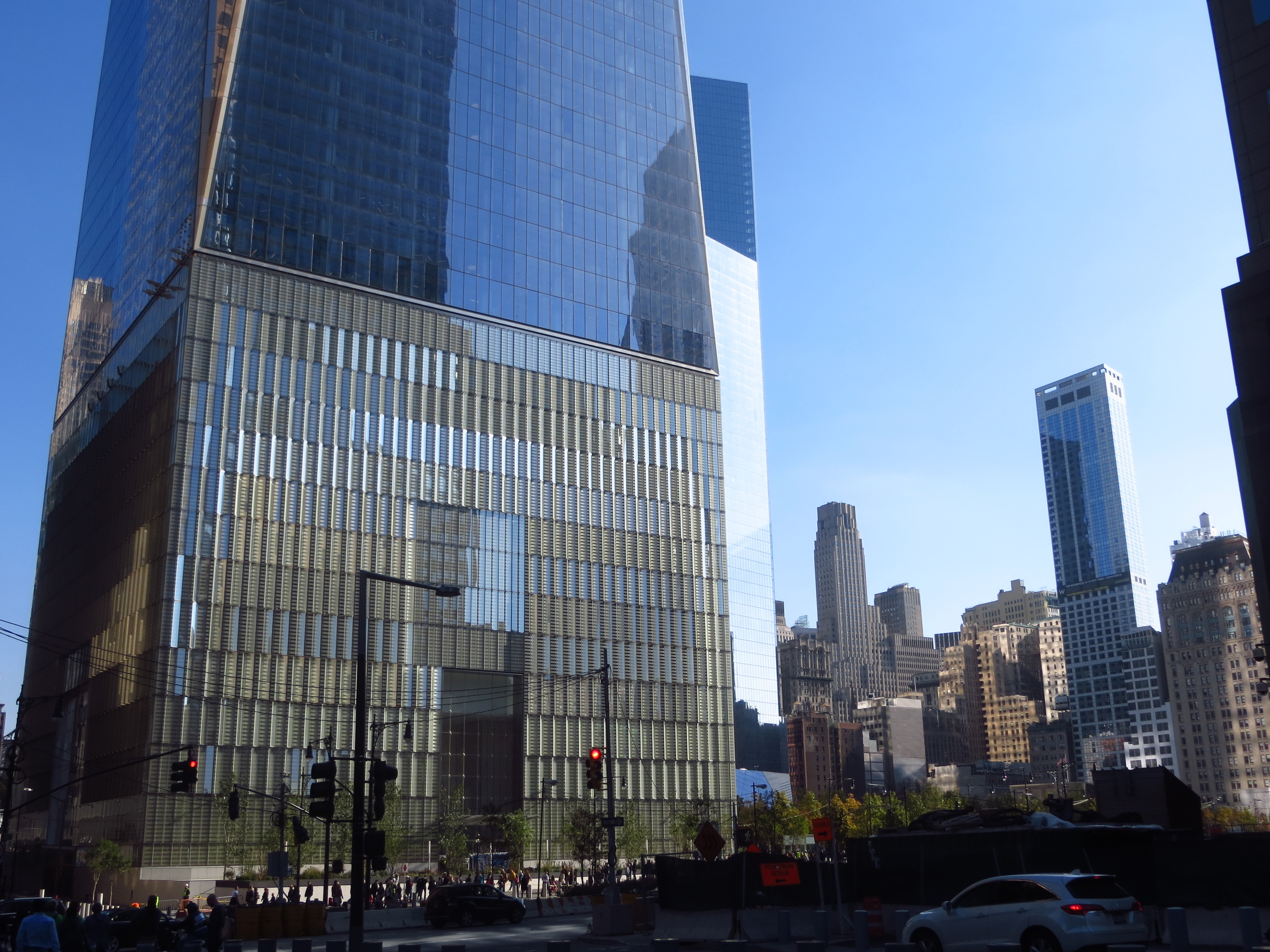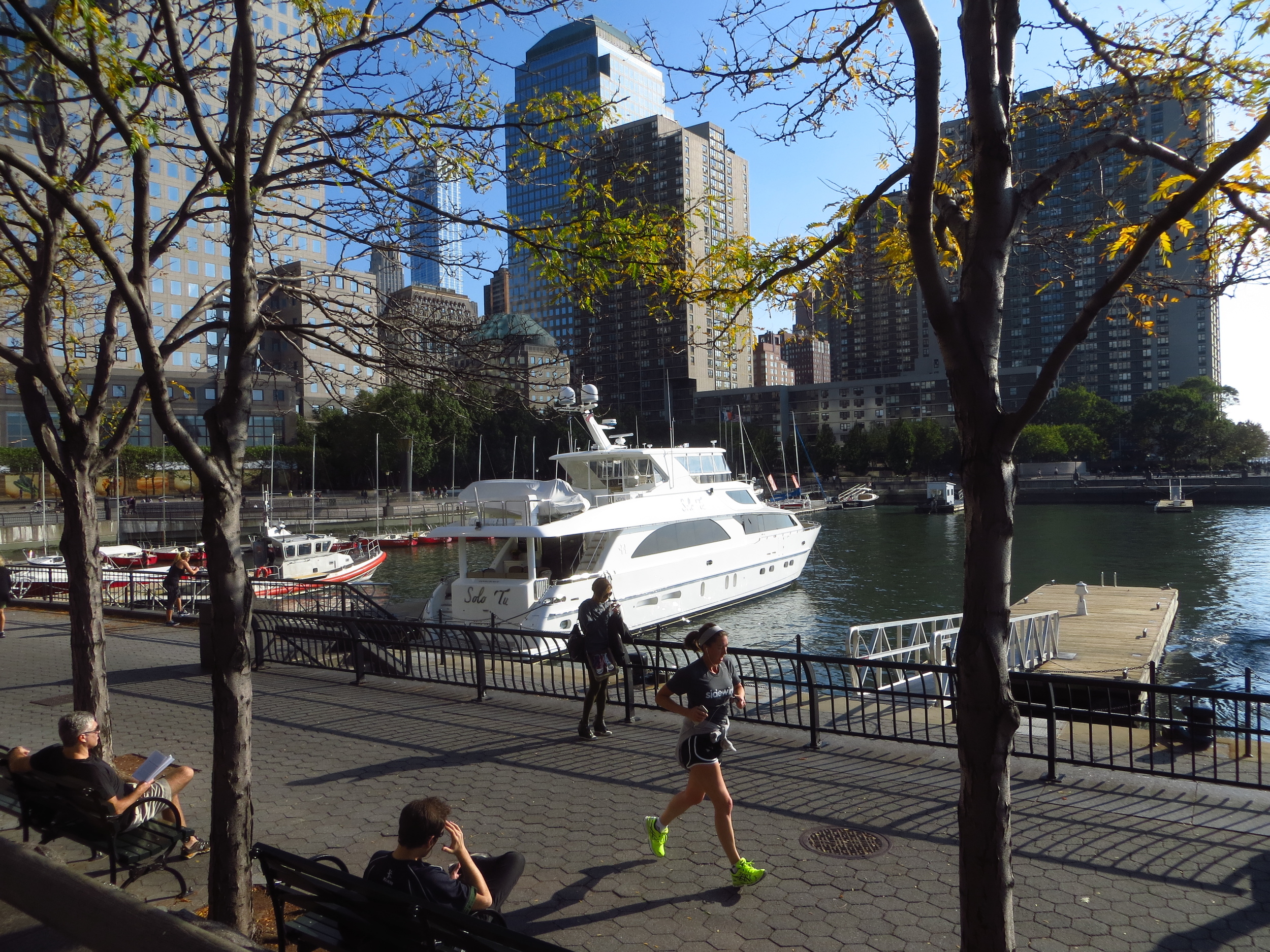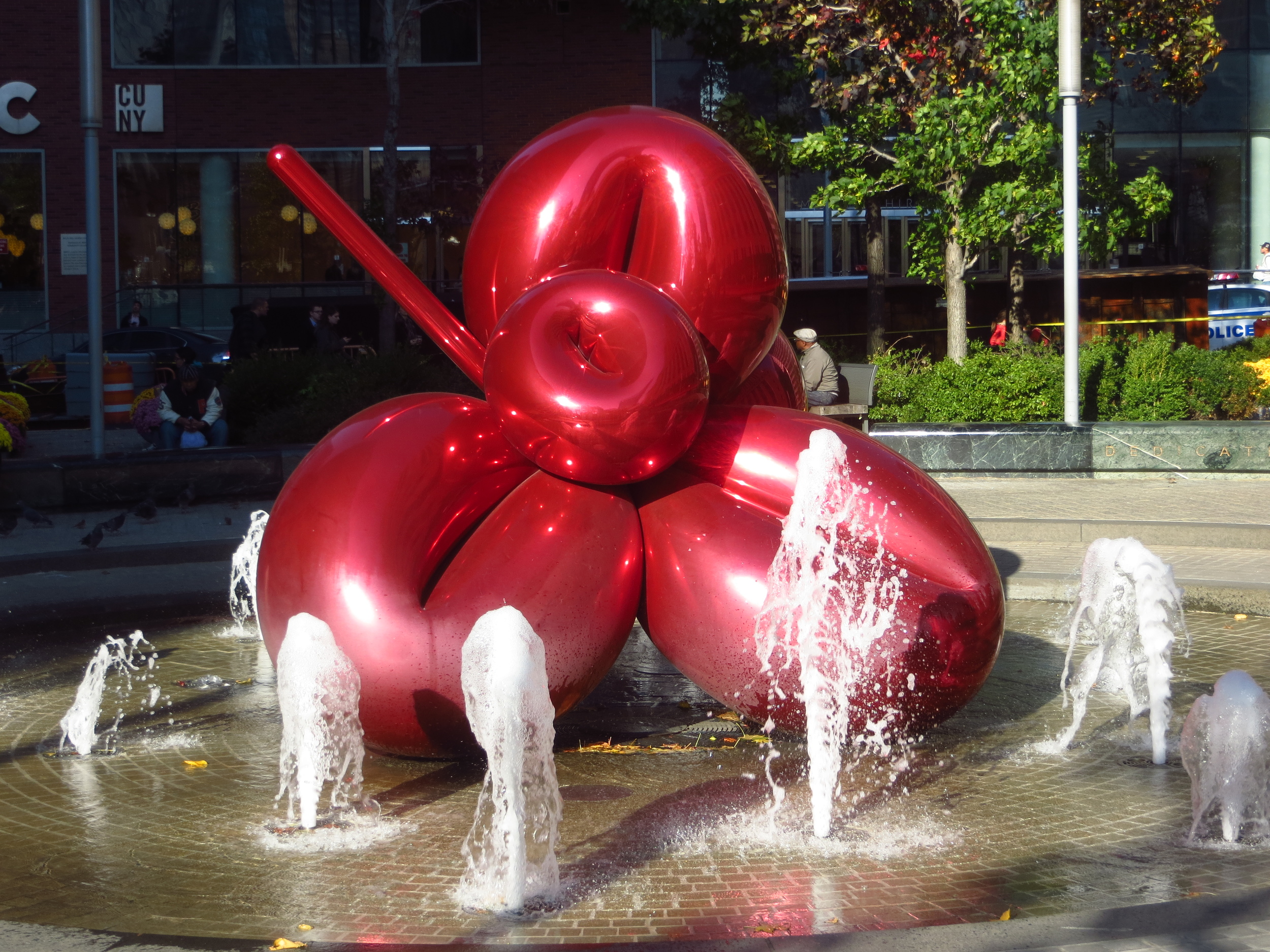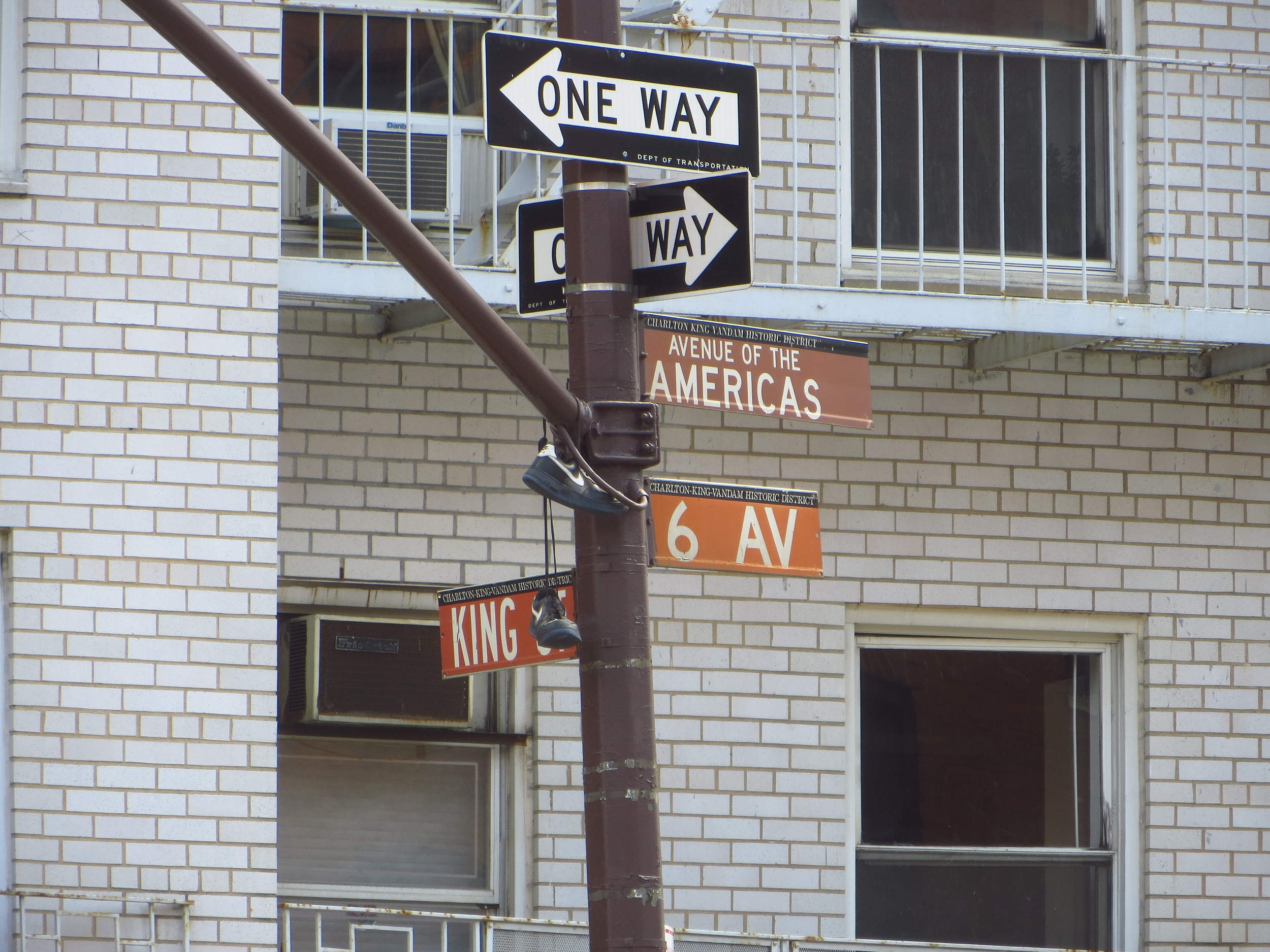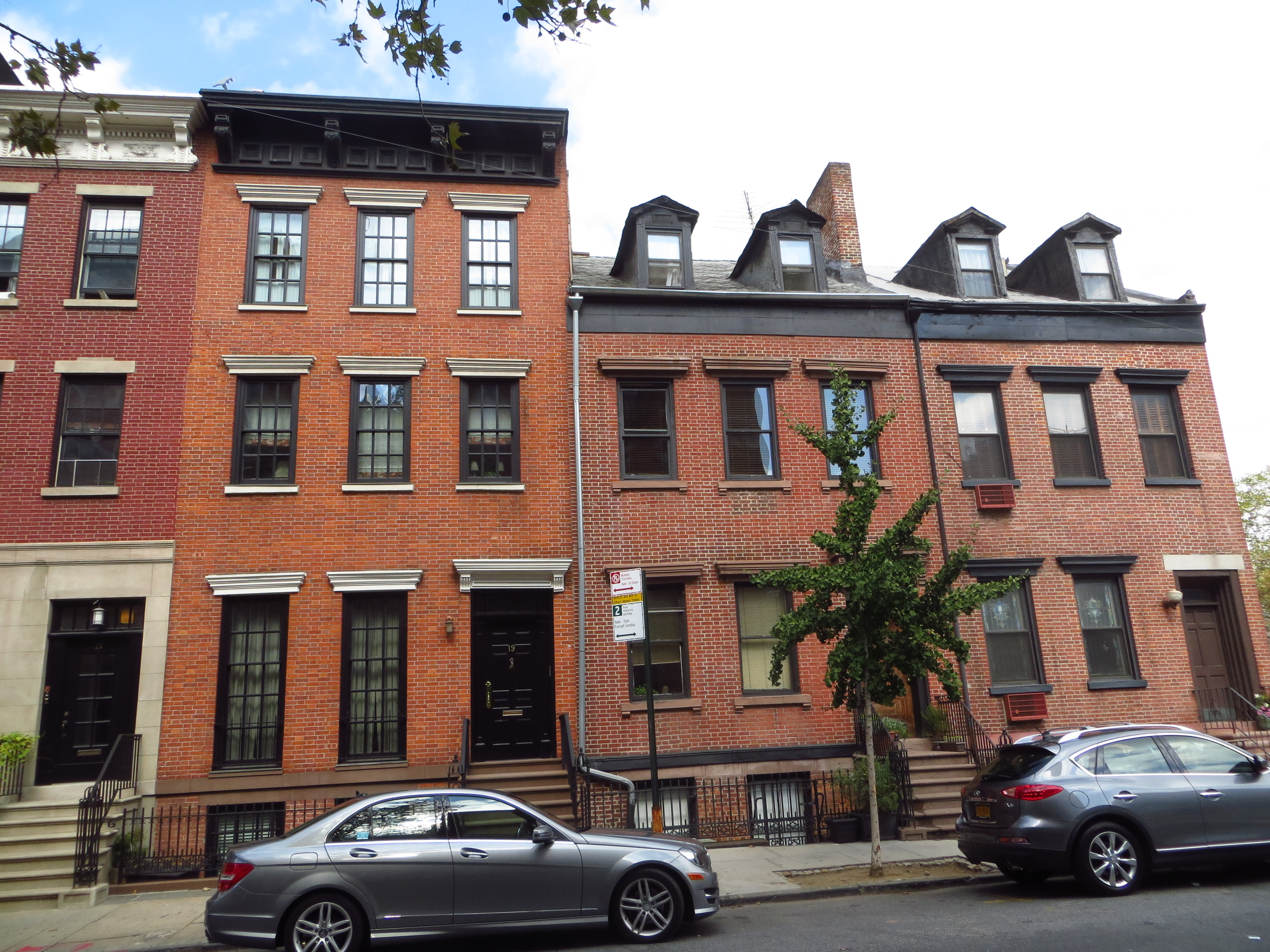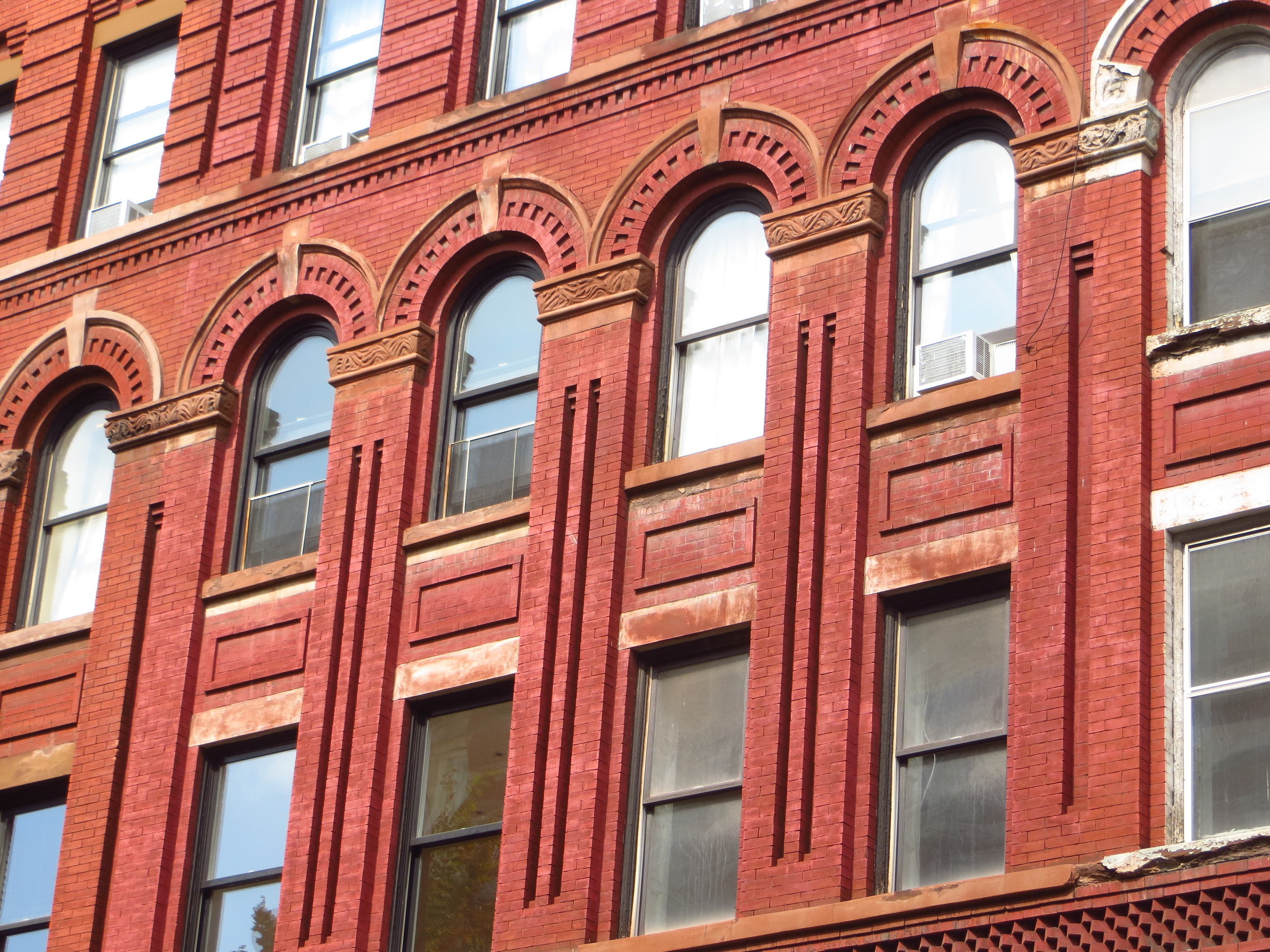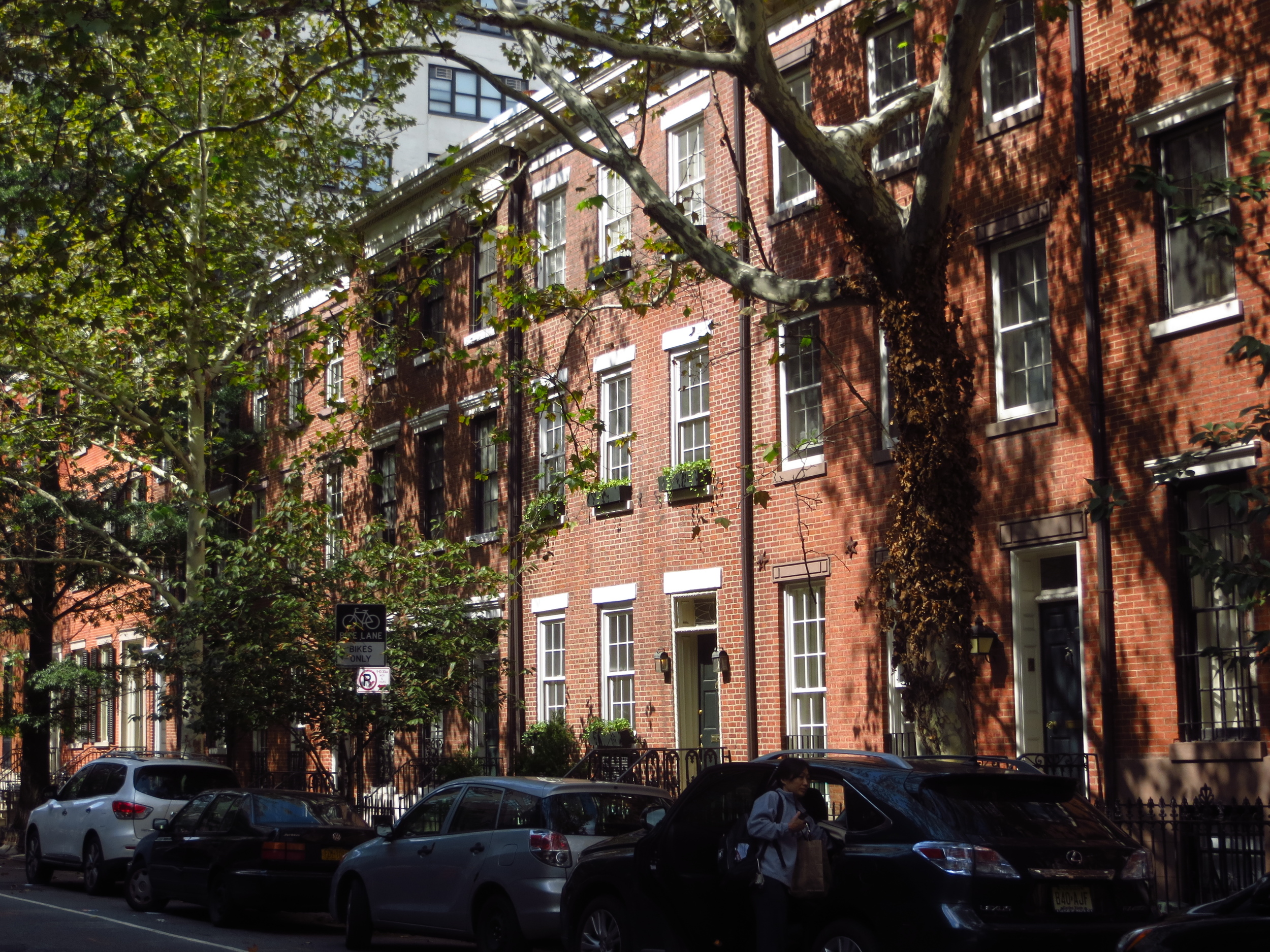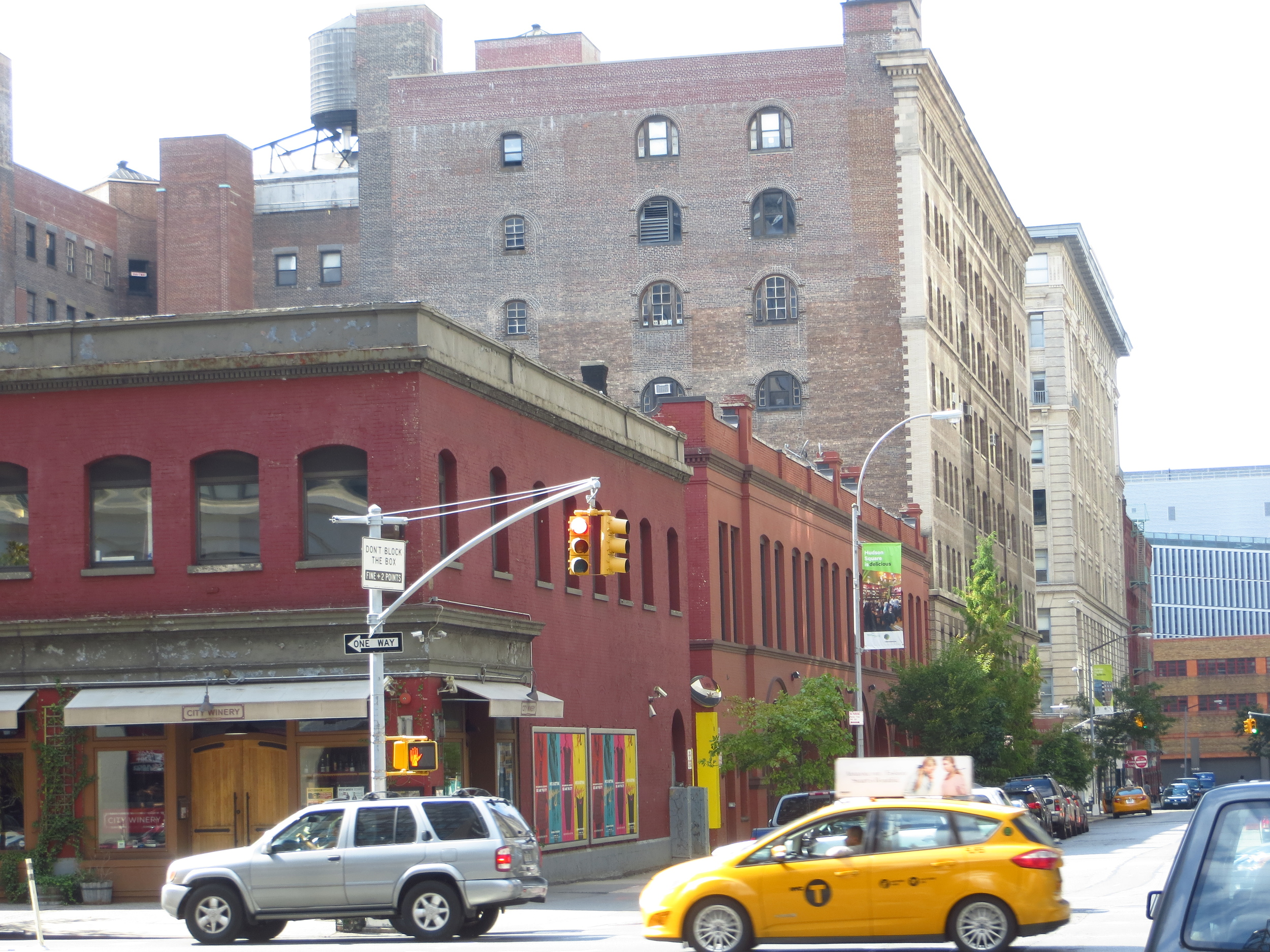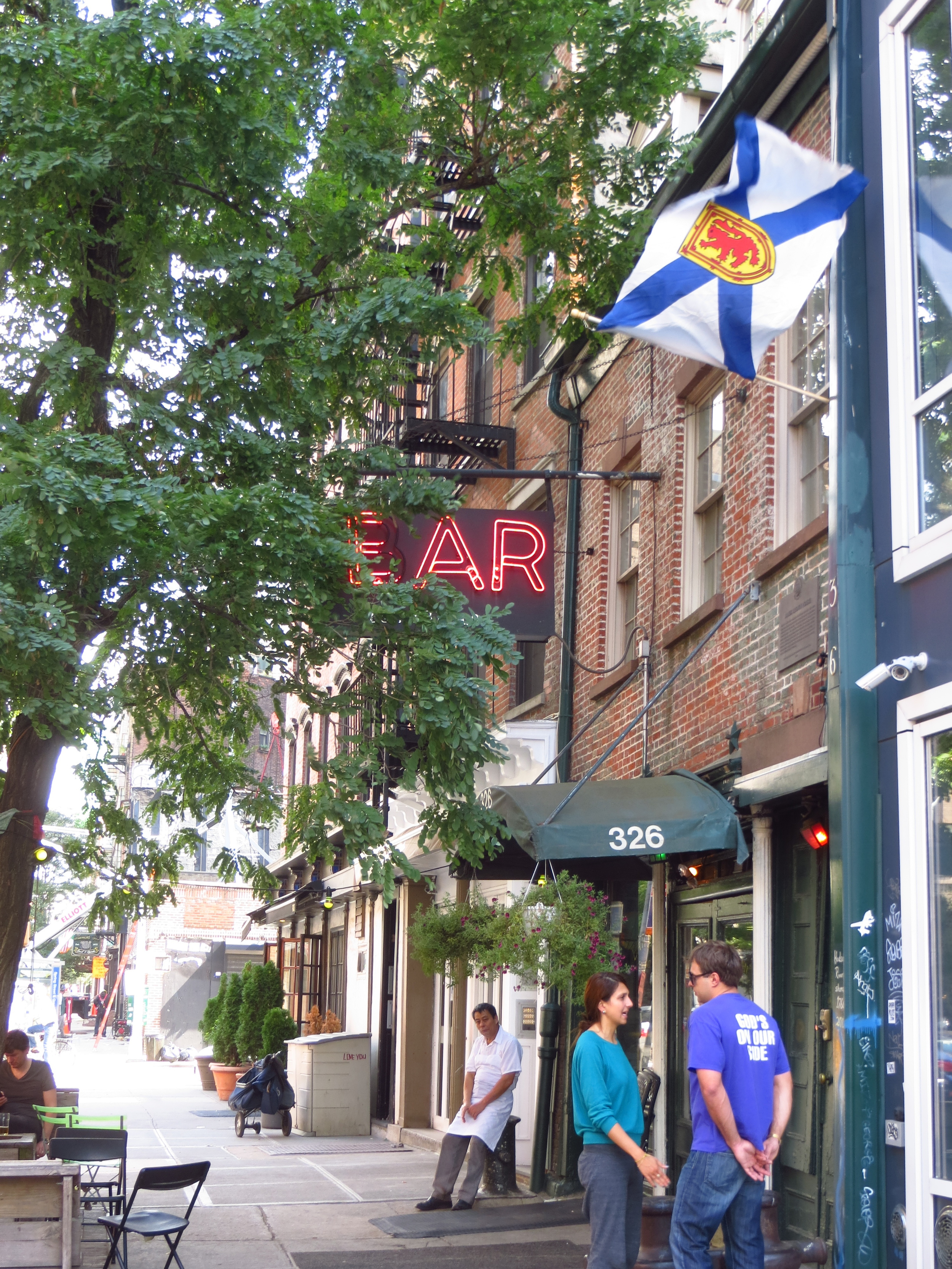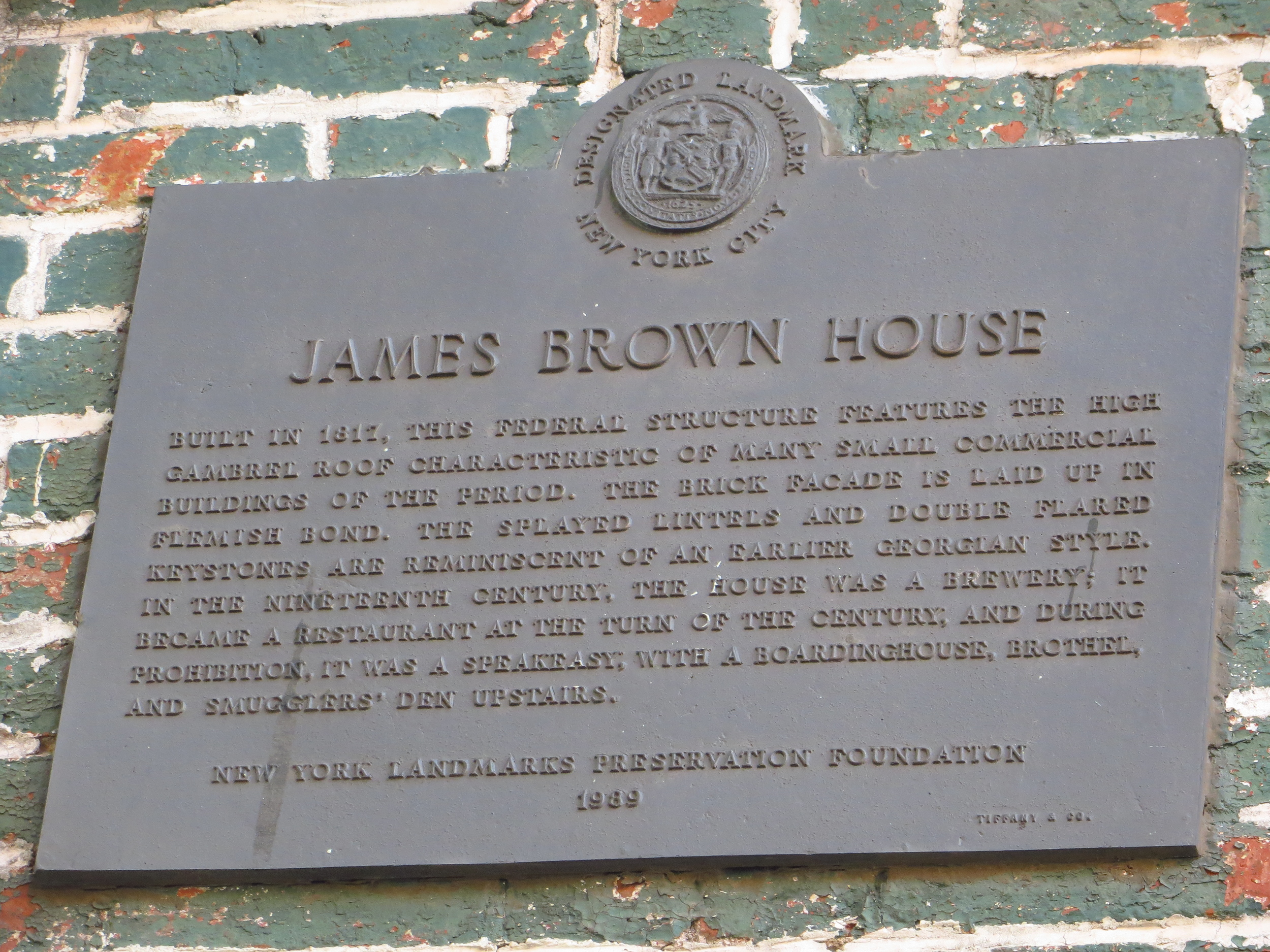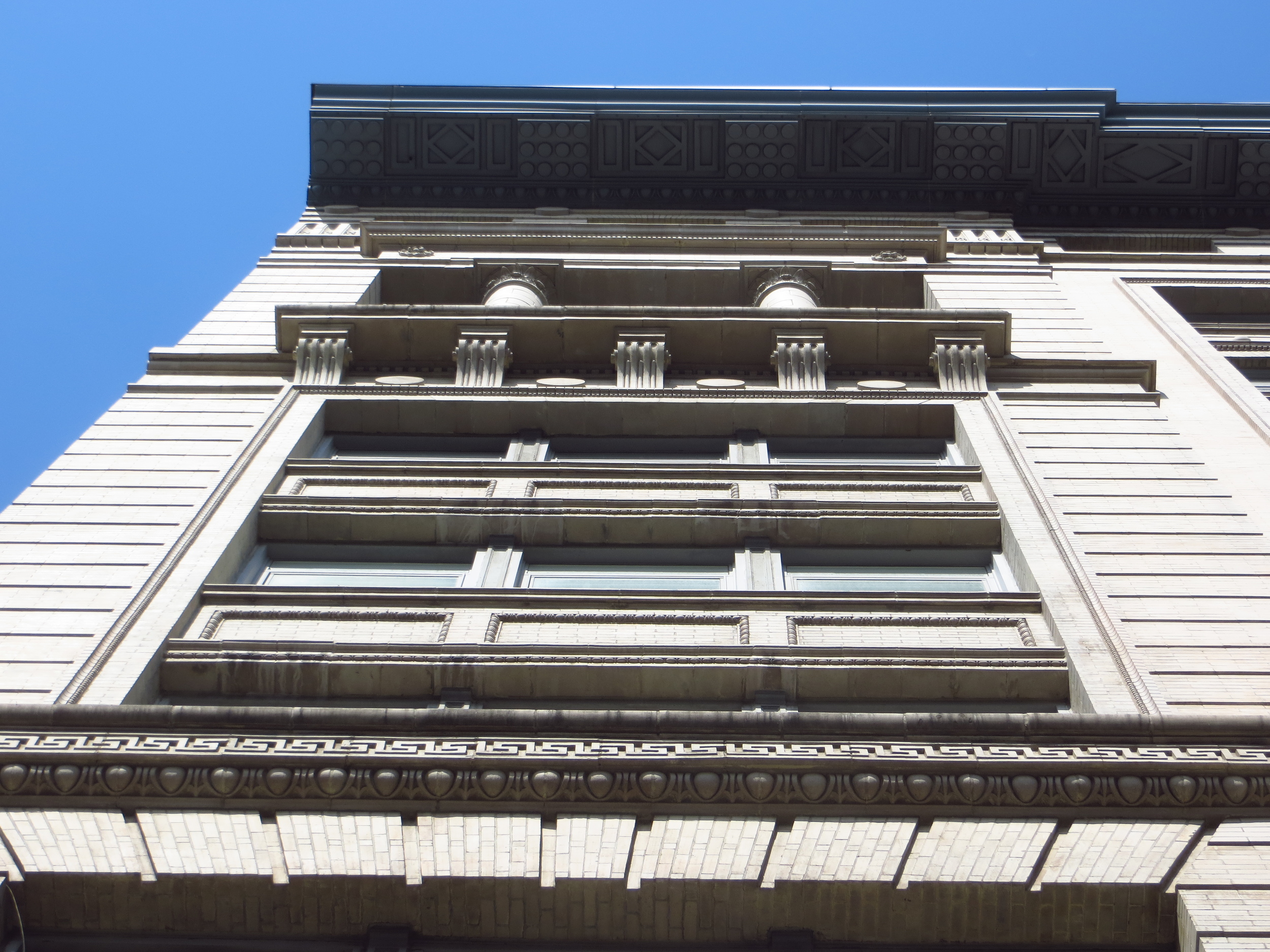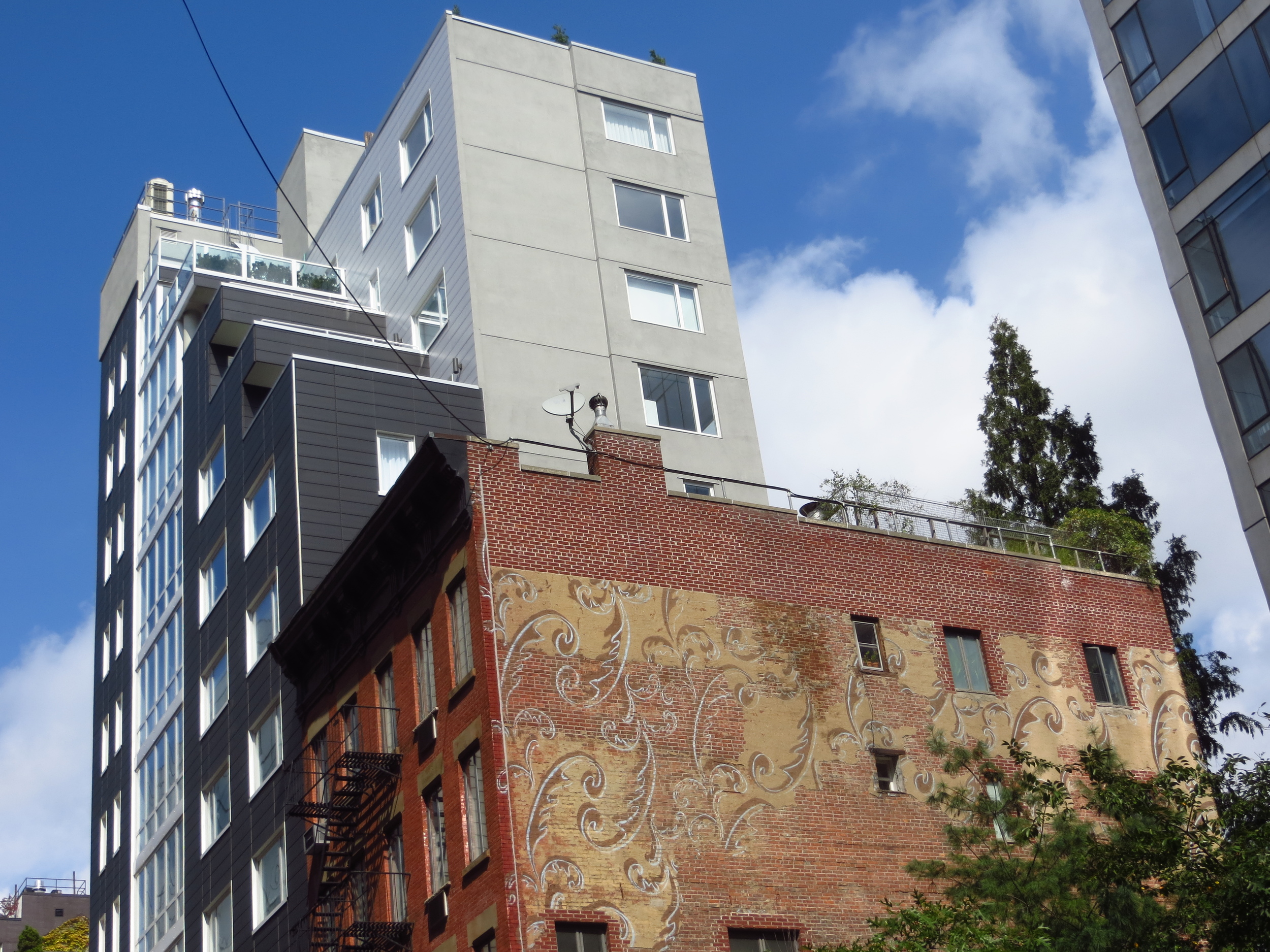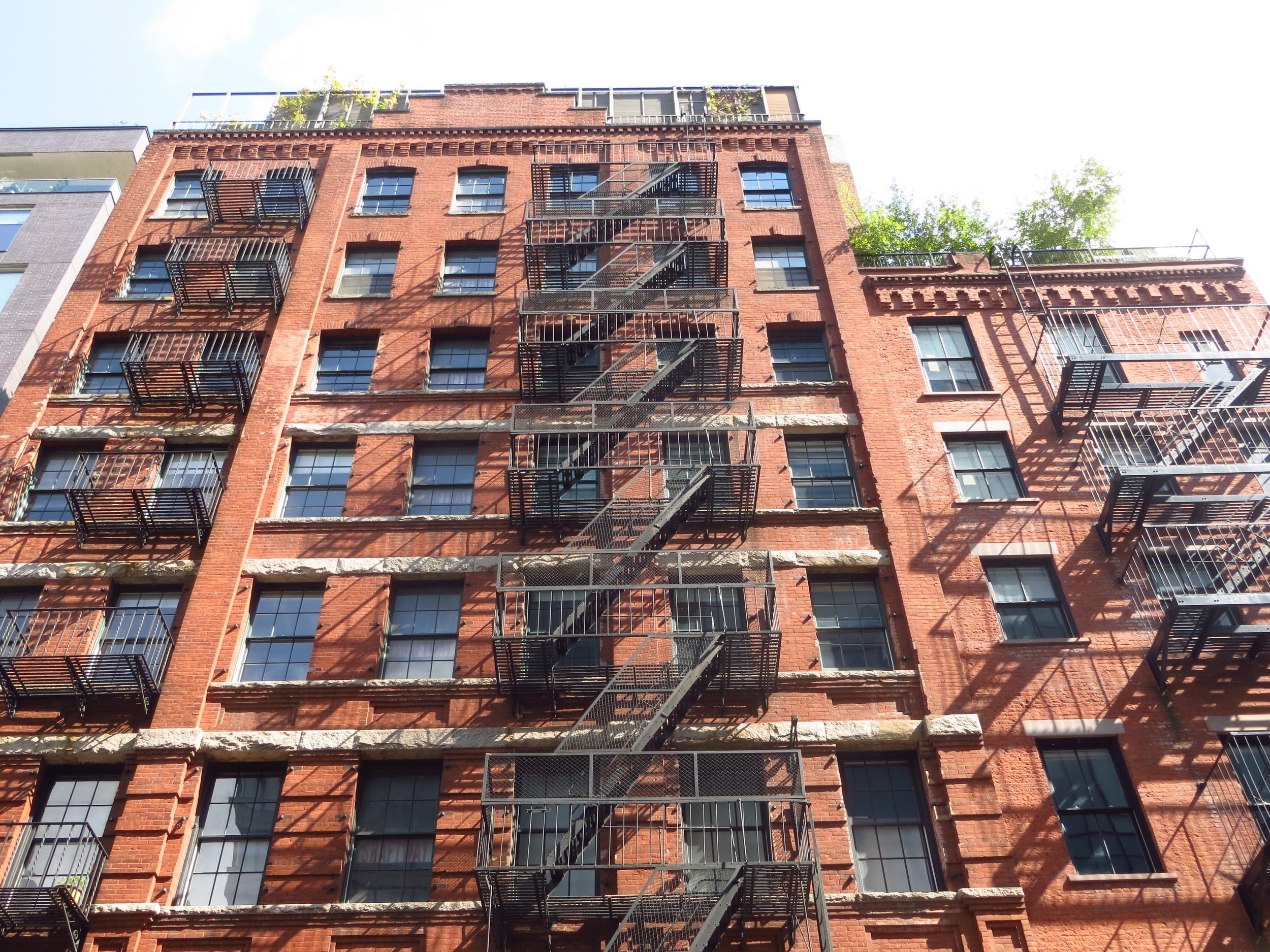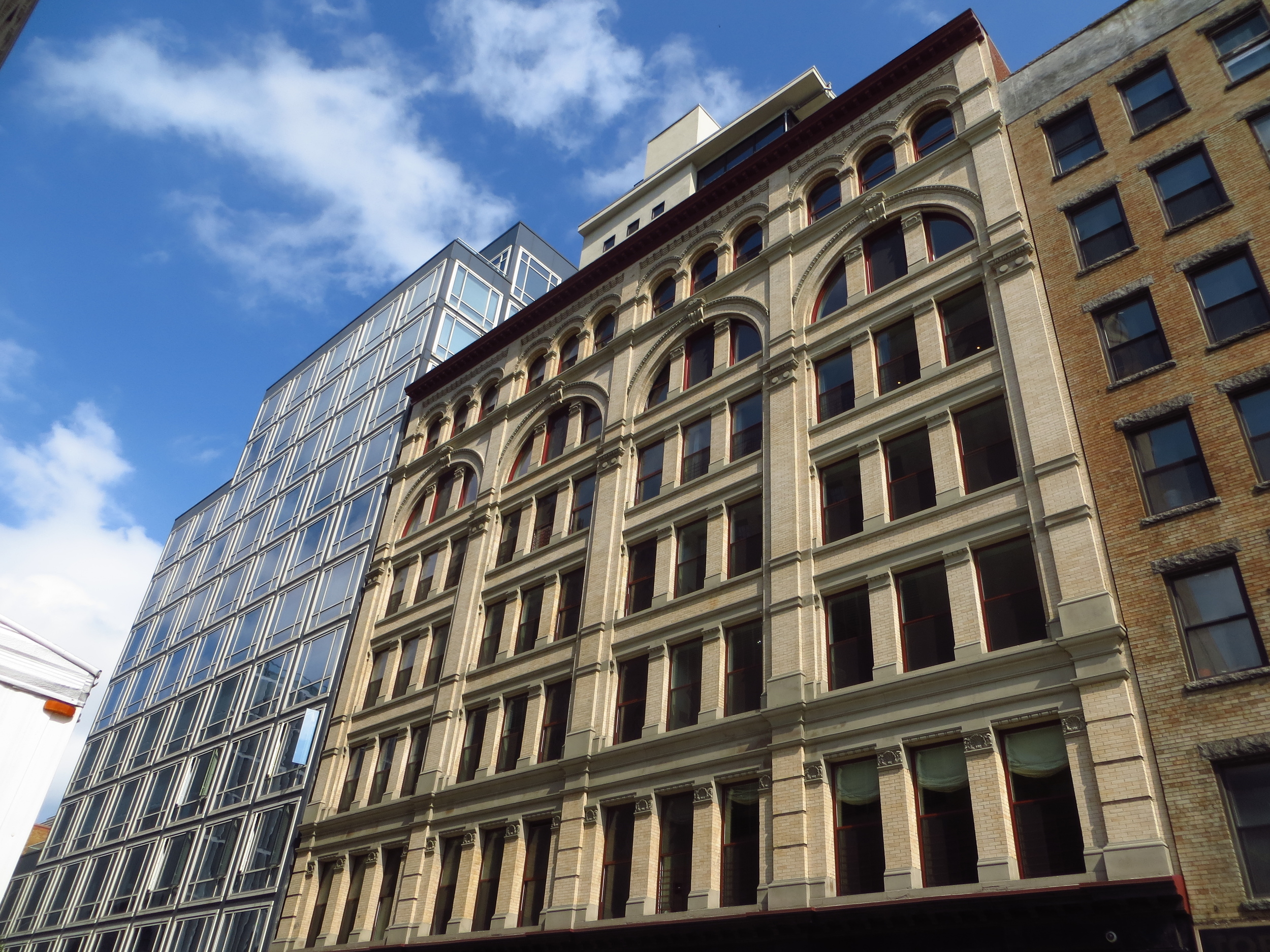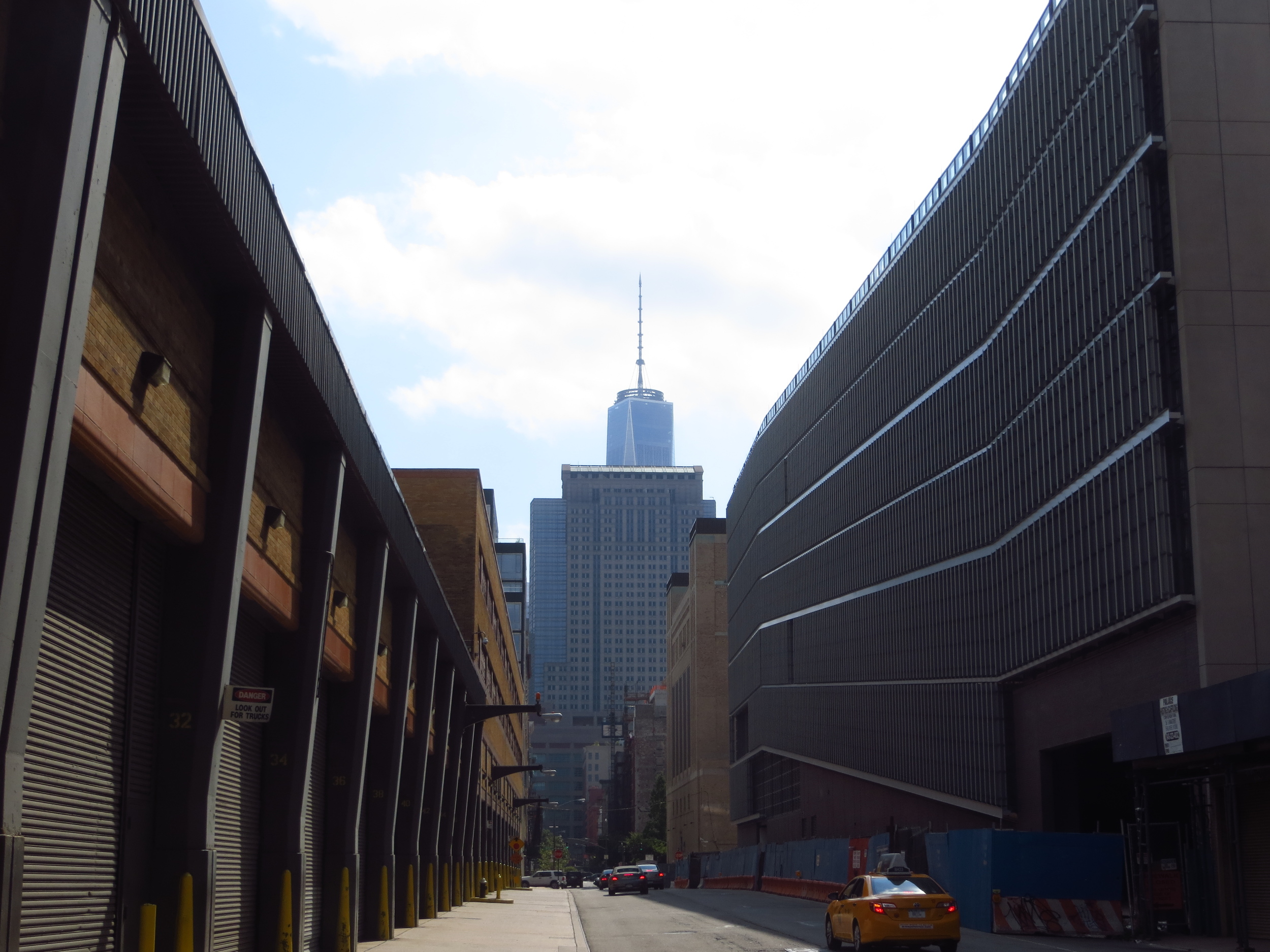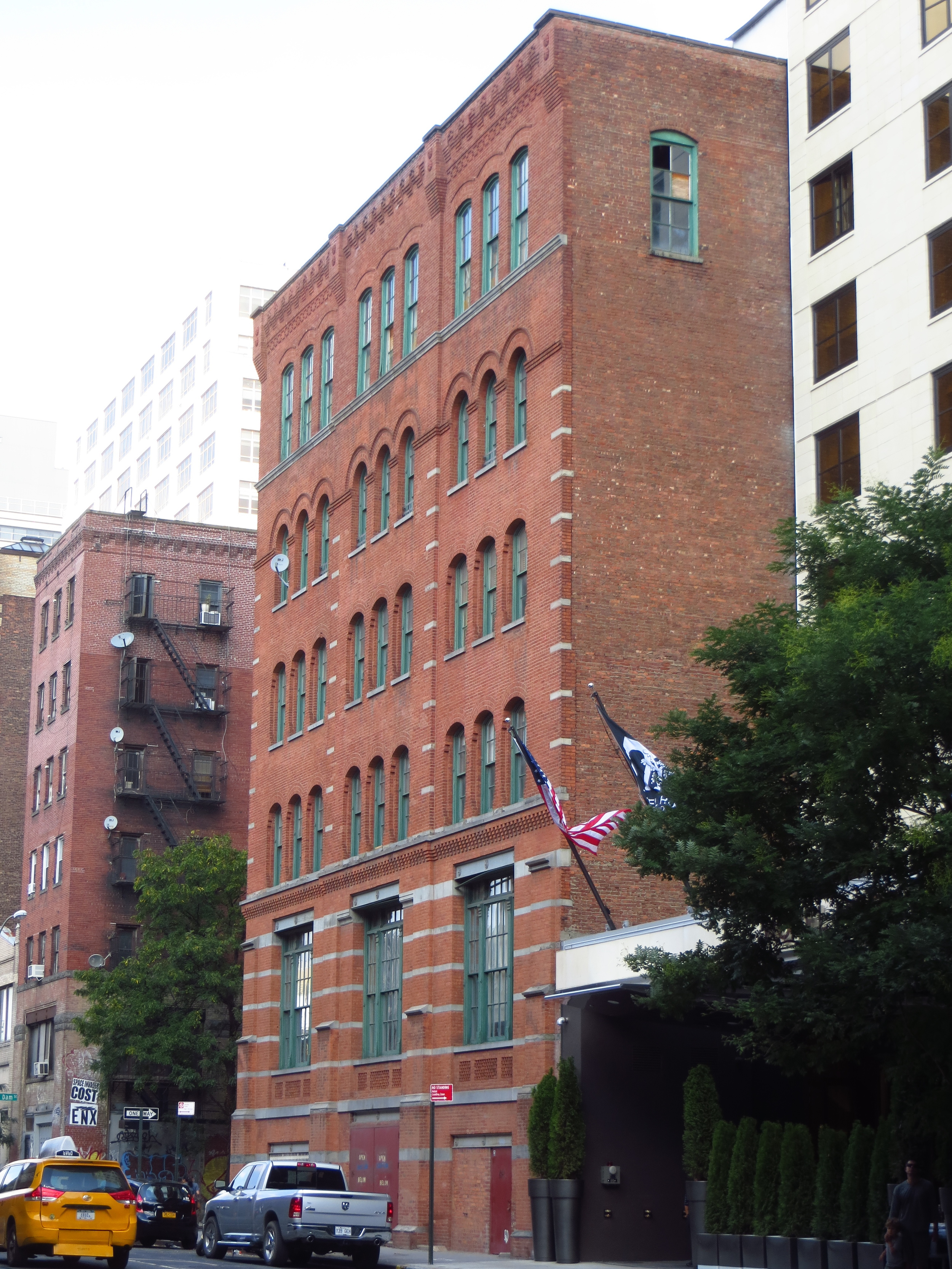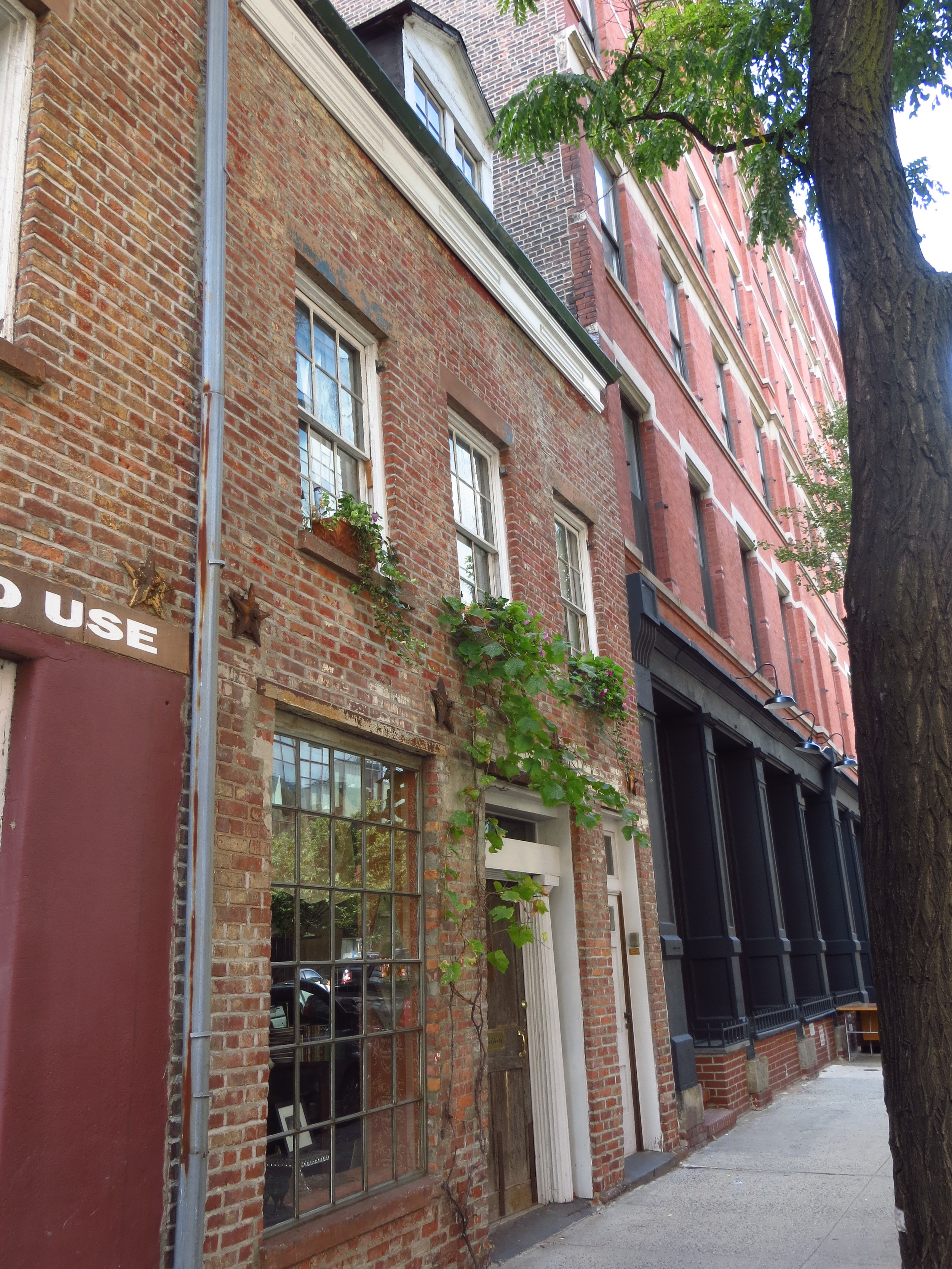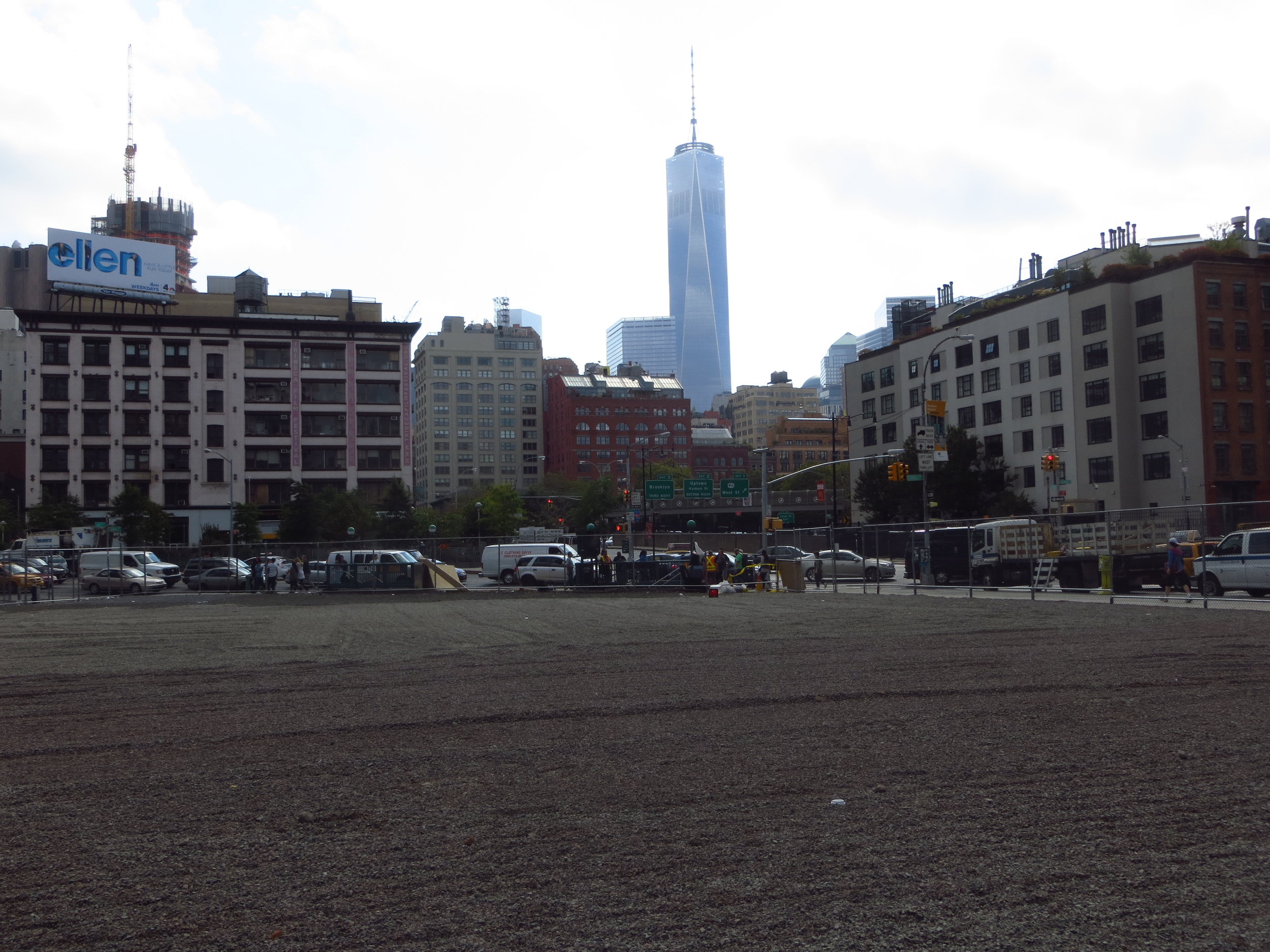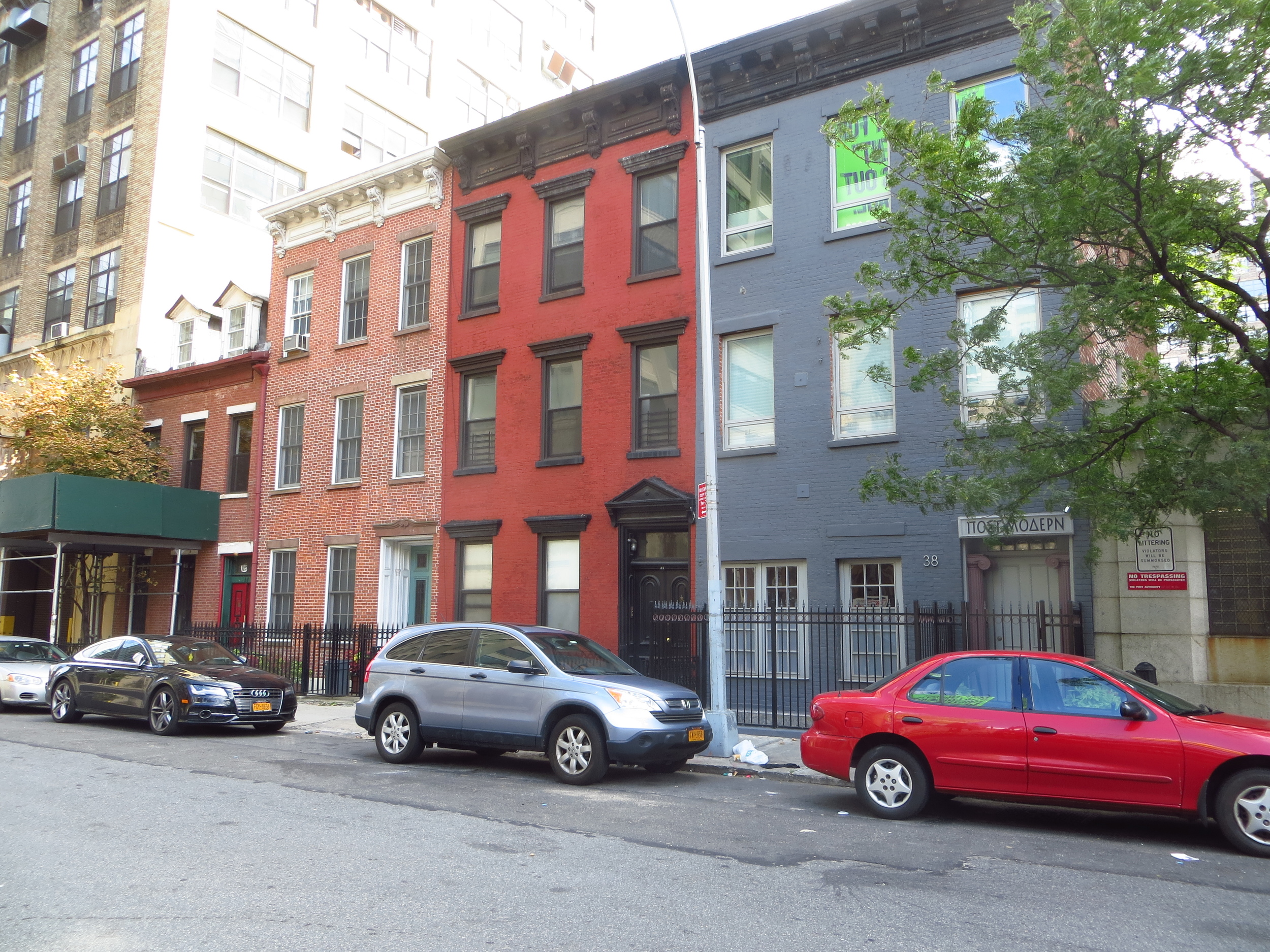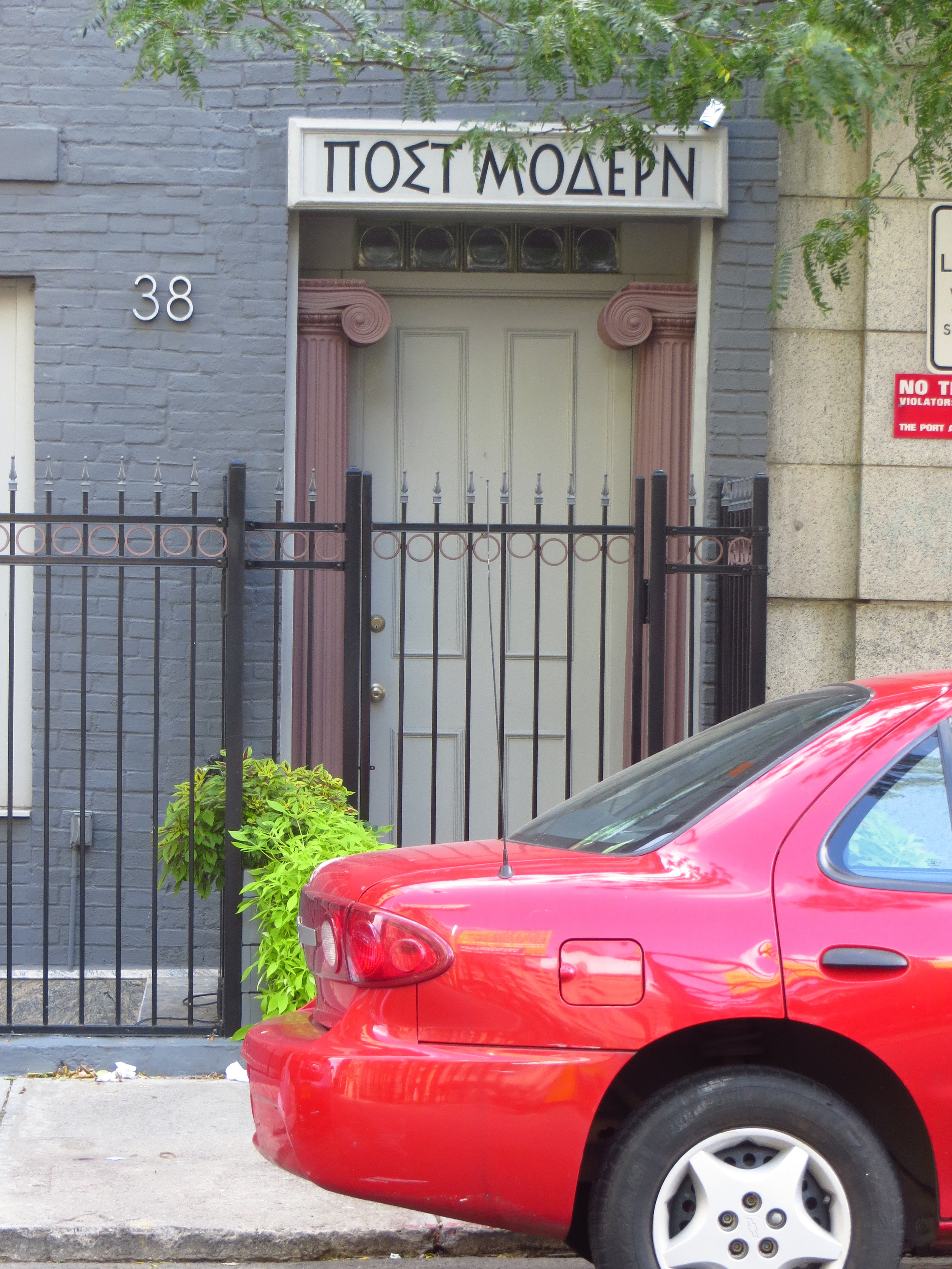5th Avenue
I was going to save the avenues until after I'd finished with the streets, but I thought it would be fun to do 5th Avenue with all the holiday decorations up, so I decided to give myself a pass. Since 5th Avenue ends at Washington Square Park, I extended the walk to include Thompson St., Church St., and Trinity Pl., which continue the general trajectory of 5th Avenue south of Washington Square. (almost exactly 9 miles). I was joined on this walk by my friend Dave, whose legs hurt.

Today's walk
5th Avenue serves as the east/west dividing line for all streets in Manhattan. It runs from 142nd St., south through Harlem, down the east side of Central Park on the Upper East Side (110th St. - 59th St.), and then south through Midtown / the Flatiron / Greenwich Village to Washington Square Park at 8th St. South of Washington Square Park, Thomas St. picks up the trajectory in SoHo through, Canal St.; and south of Canal St. I shifted east slightly to Church St., which runs to Battery Park on the southern tip of the island (albeit with a couple of name changes).
5th Avenue passes by too many landmarks to list, so it might be best to discuss the two things it's best known for: 1.) Expensive housing; 2.) Expensive shopping.
Expensive Housing: While there are expensive apartments and mansions up and down 5th Avenue (and the rest of the city, for that matter), the largest and most notable concentration exists on the east side of Central Park from 110th St. to 59th St. At one time mansions lined a much more substantial stretch of 5th Avenue, but many were demolished to make room for skyscrapers as the commercial center of the city moved north to Midtown. Many of the mansions on the Upper East Side stretch of 5th Avenue suffered a similar fate, but were replaced by grand apartment buildings instead of commercial buildings. The trend toward apartments and away from mansions on the Upper East Side began in earnest in 1916, when a mansion at 72nd St. was torn down and replaced by a 12 story, 24 unit apartment building. The ensuing boom in apartment construction angered many of the 5th Avenue mansion owners, who felt that the new buildings were too tall and clashed with the style of the neighborhood. In 1922 they successfully lobbied the city into restricting the height of new apartments along 5th Avenue to 75 ft. (approx. 5 stories), but the law was struck down a year later, paving the way for further apartment construction. Today, this stretch of 5th Avenue is lined with limestone apartment buildings and only a few mansions remain, all (or almost all) of which have been repurposed as museums, consulates, etc.
Expensive Shopping: Fifth Avenue is home to many of America's most notable luxury stores, including Lord & Taylor, Saks Fifth Avenue and Bergdorf Goodman. According to Wikipedia, the stretch of 5th Avenue running from 47th St. - 59th St. is consistently ranked among the most expensive shopping street in the world. I don't know if that's based on how much the merchandise costs or how much the real estate costs, but it could easily be both. More or less, if you can think of a luxury brand (domestic or foreign), it probably has a flagship store somewhere along this stretch of Fifth Ave.
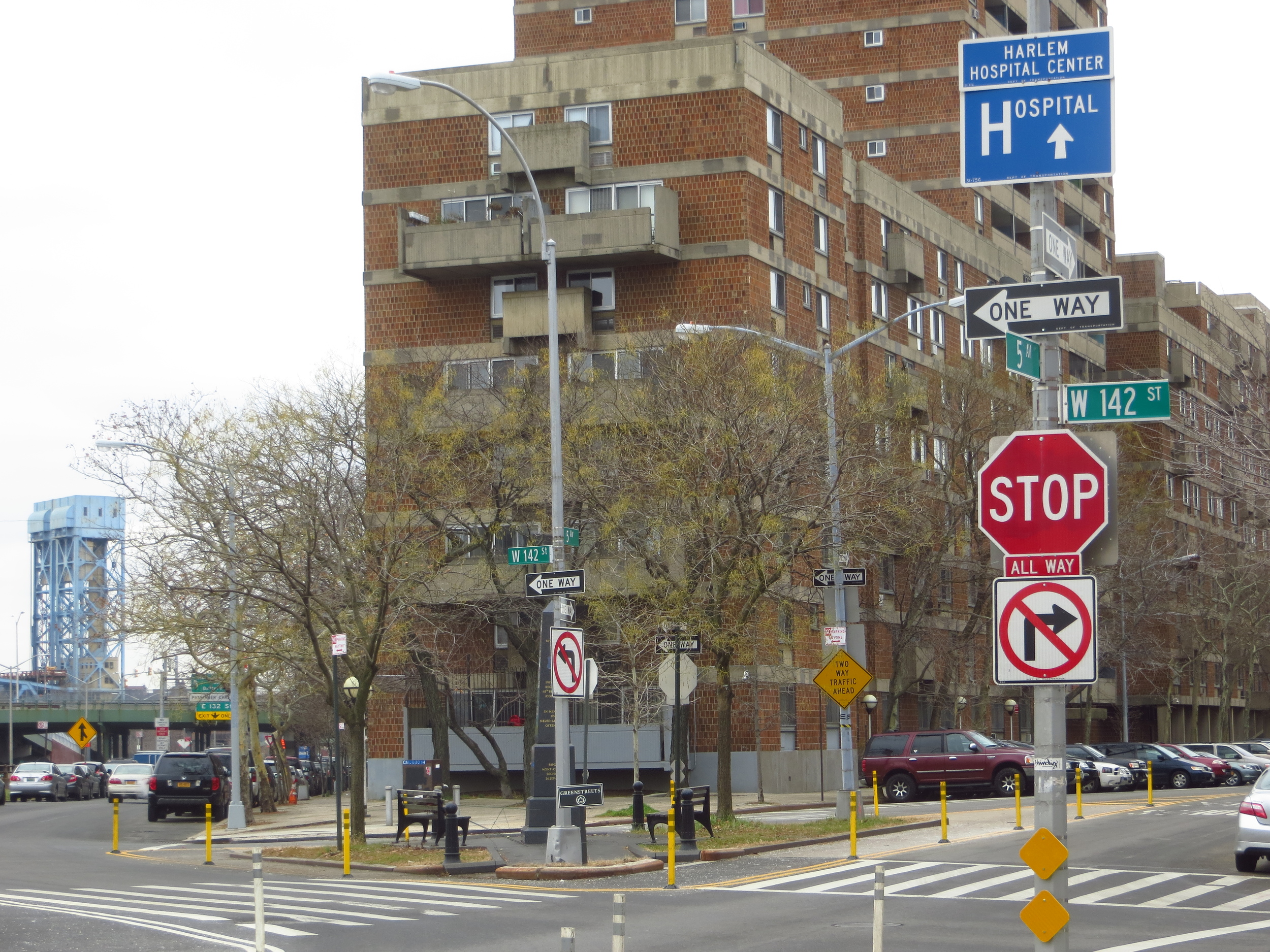
5th Avenue @ 142nd St.
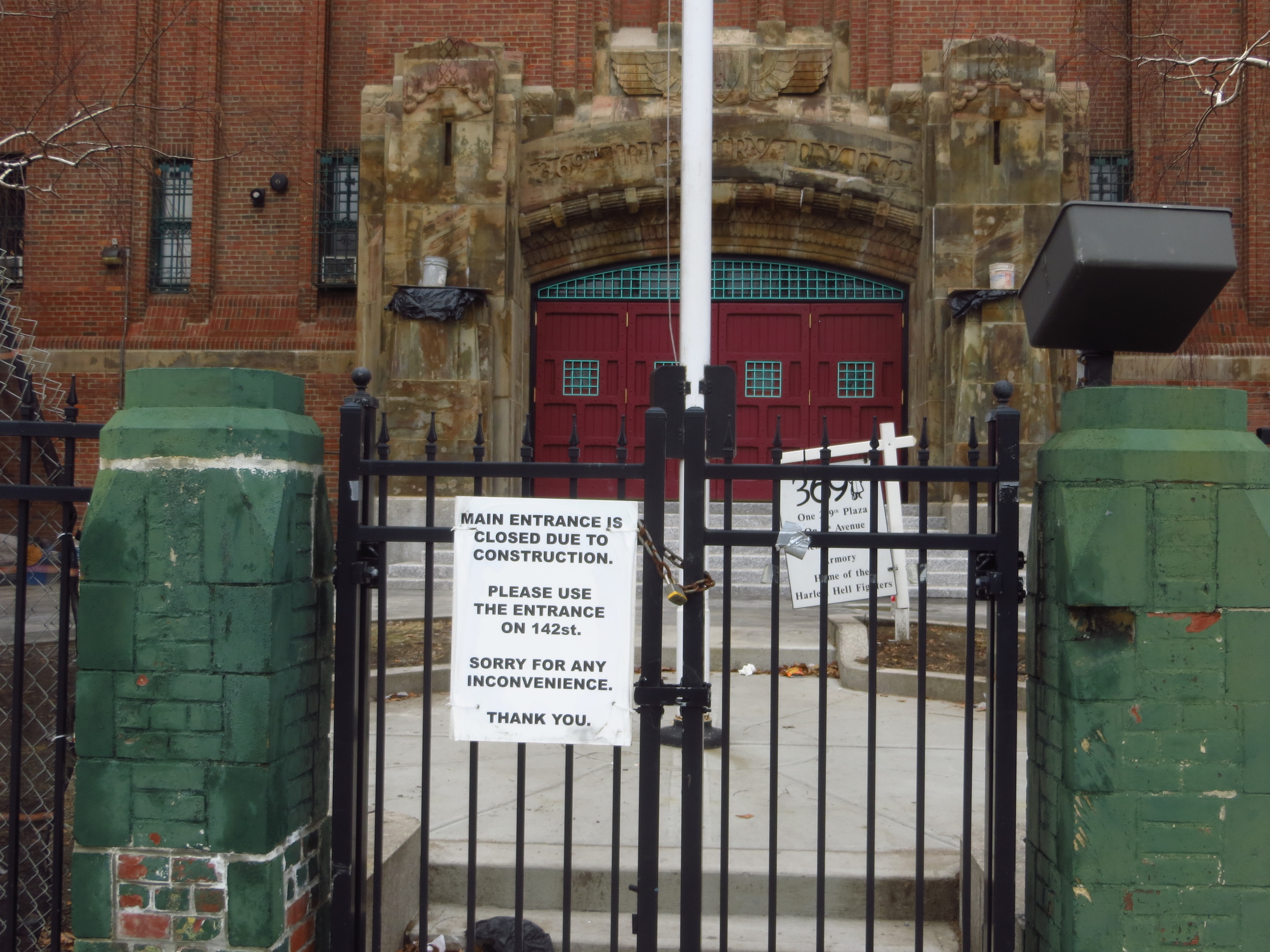
5th Ave at 142nd St.
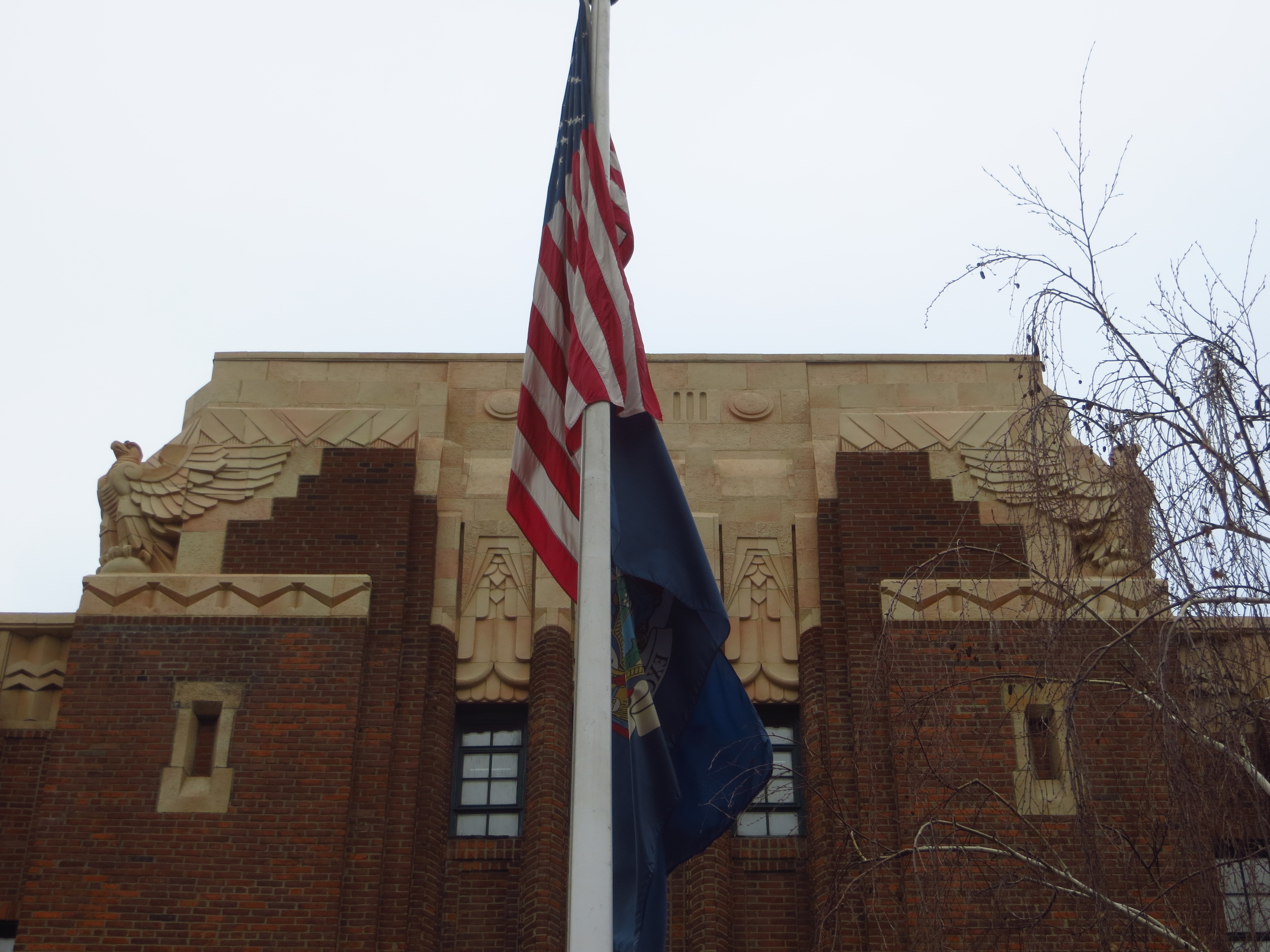
5th Ave. at 142nd St.
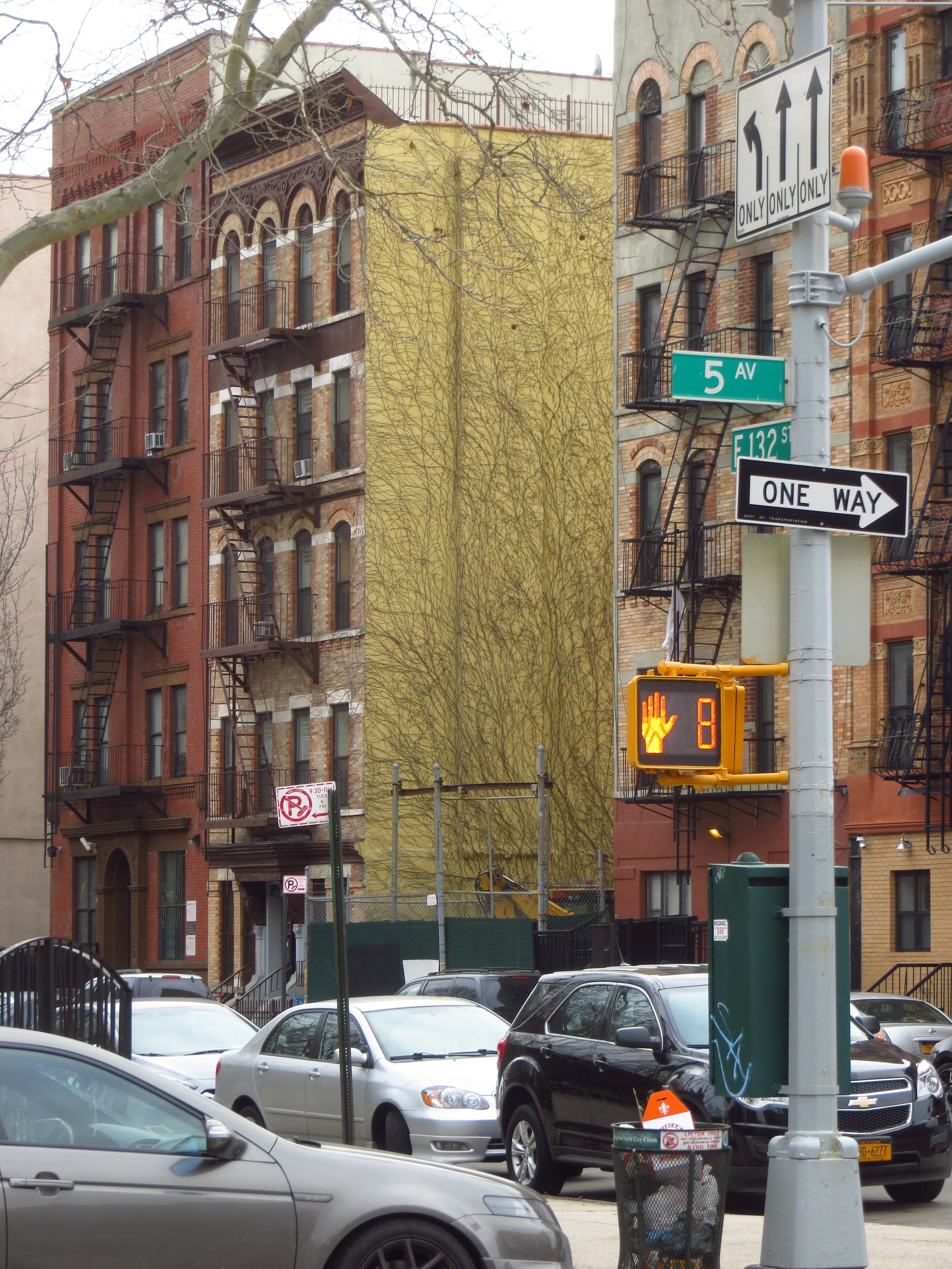
5th Ave. at 132nd St.
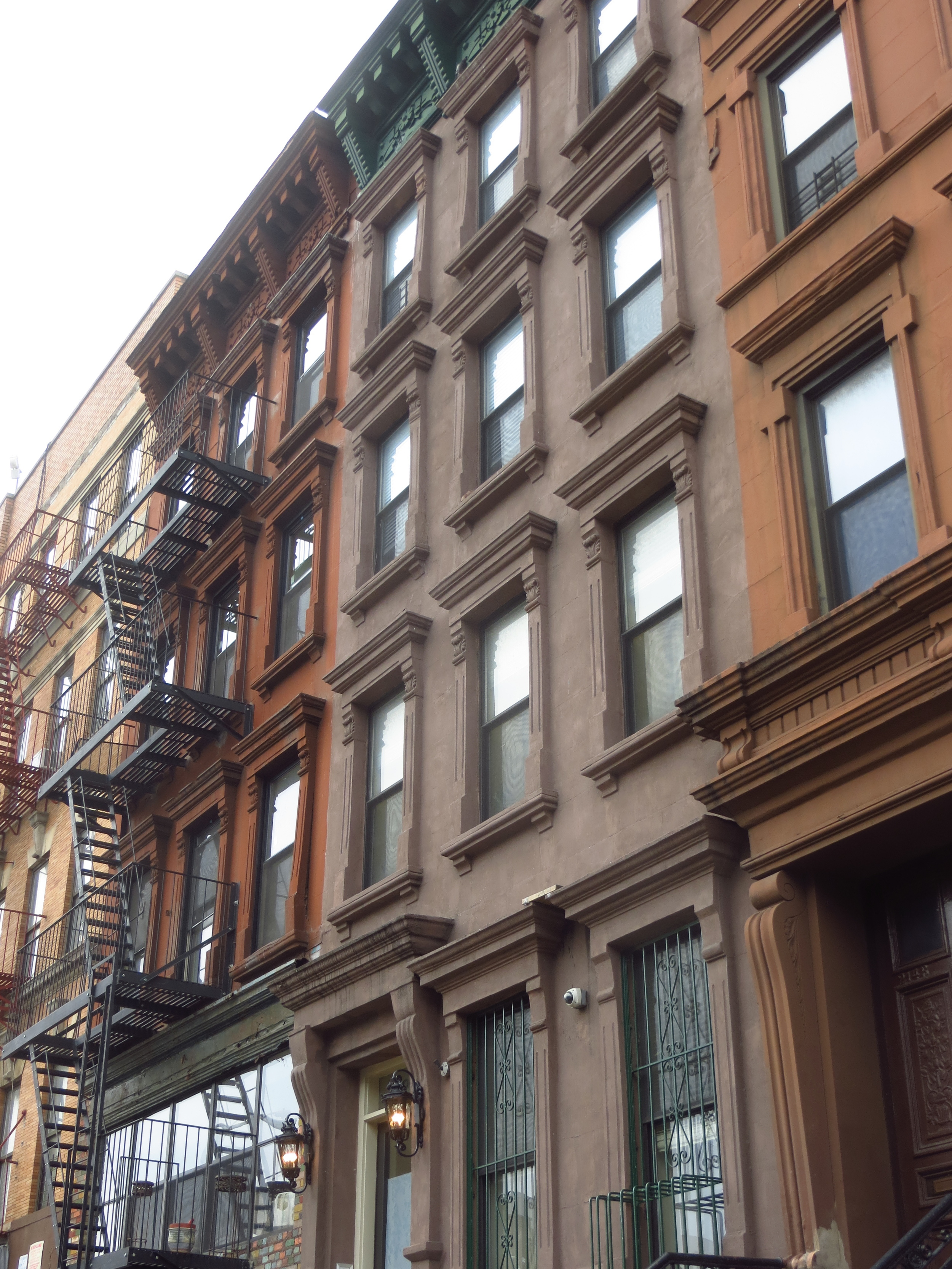
5th Ave. btw 132nd St. and 131st St.
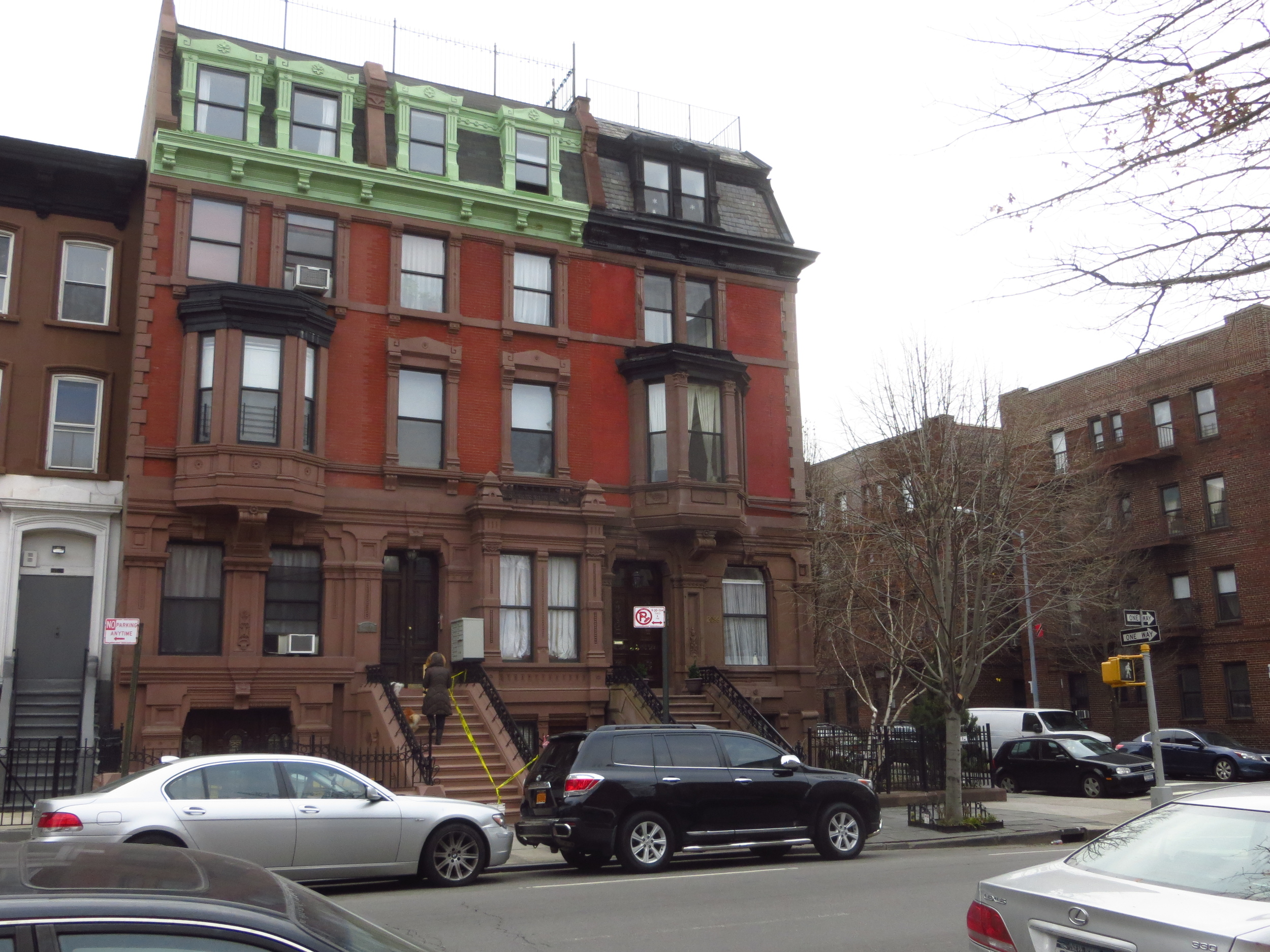
5th Ave. btw 130th St. and 129th St.

5th Ave. btw 129th St. and 128th St.
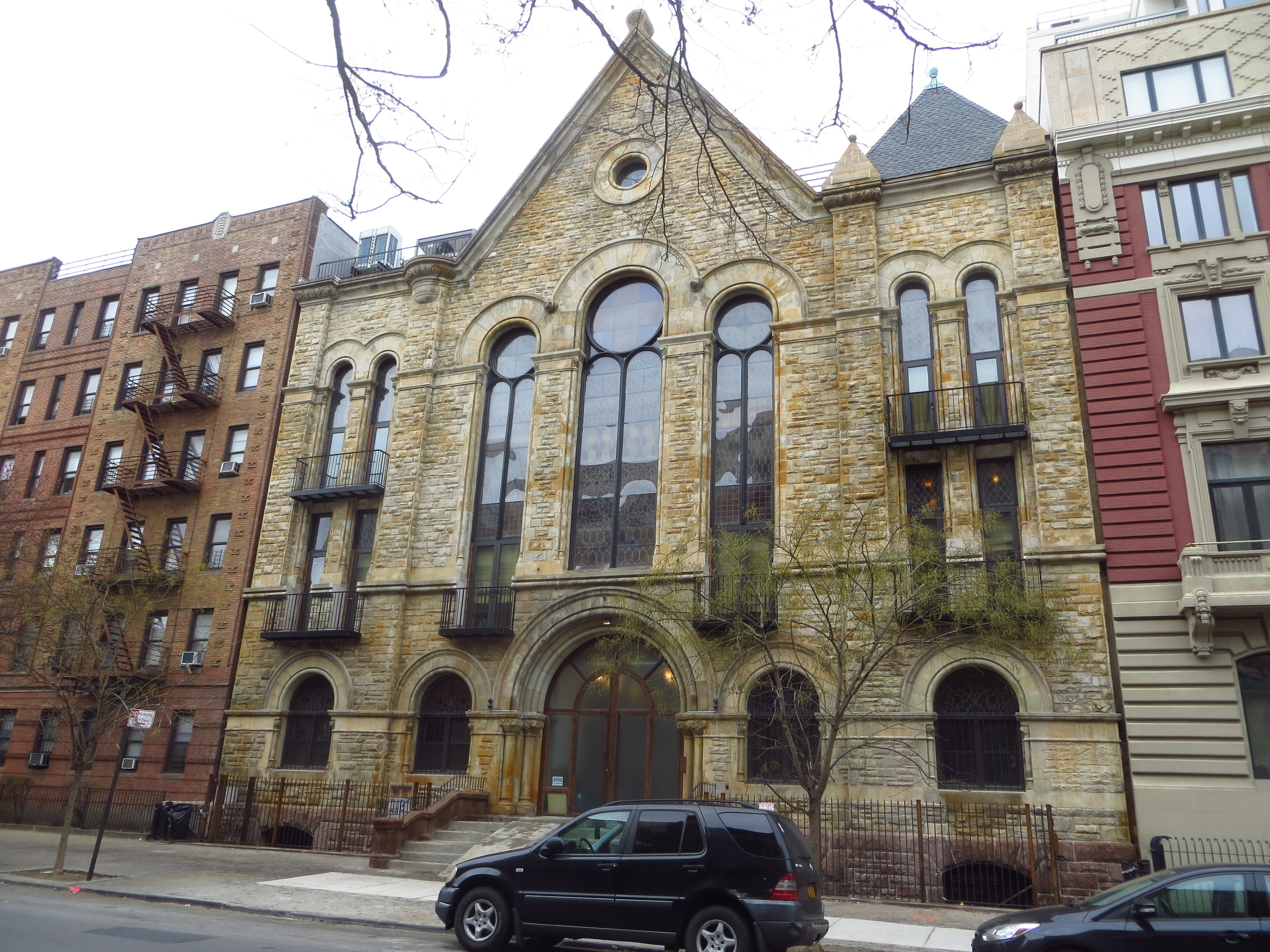
5th Ave. btw 127th St. and 126th St.
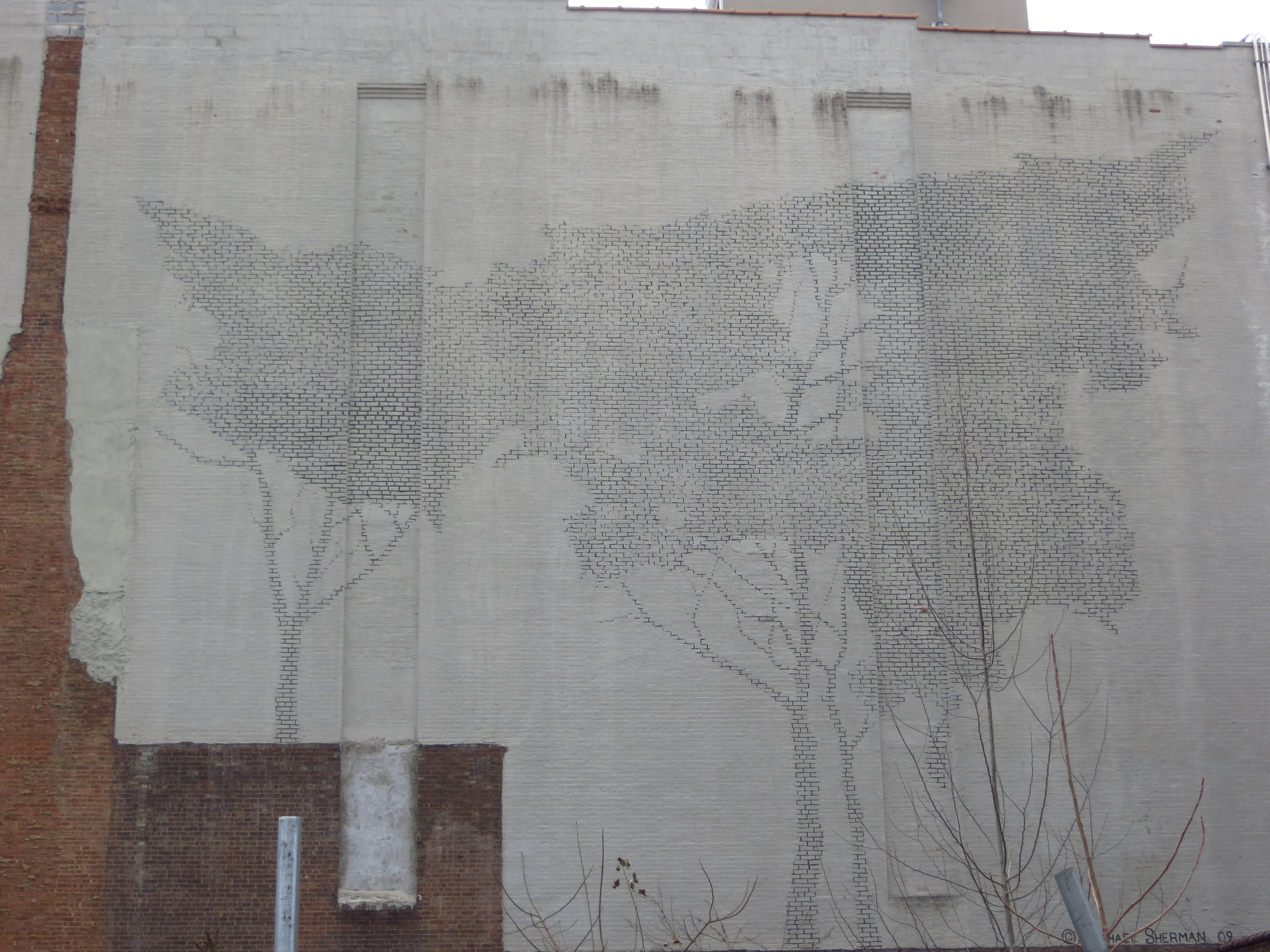
5th Ave. btw 125th St. and 124th St.
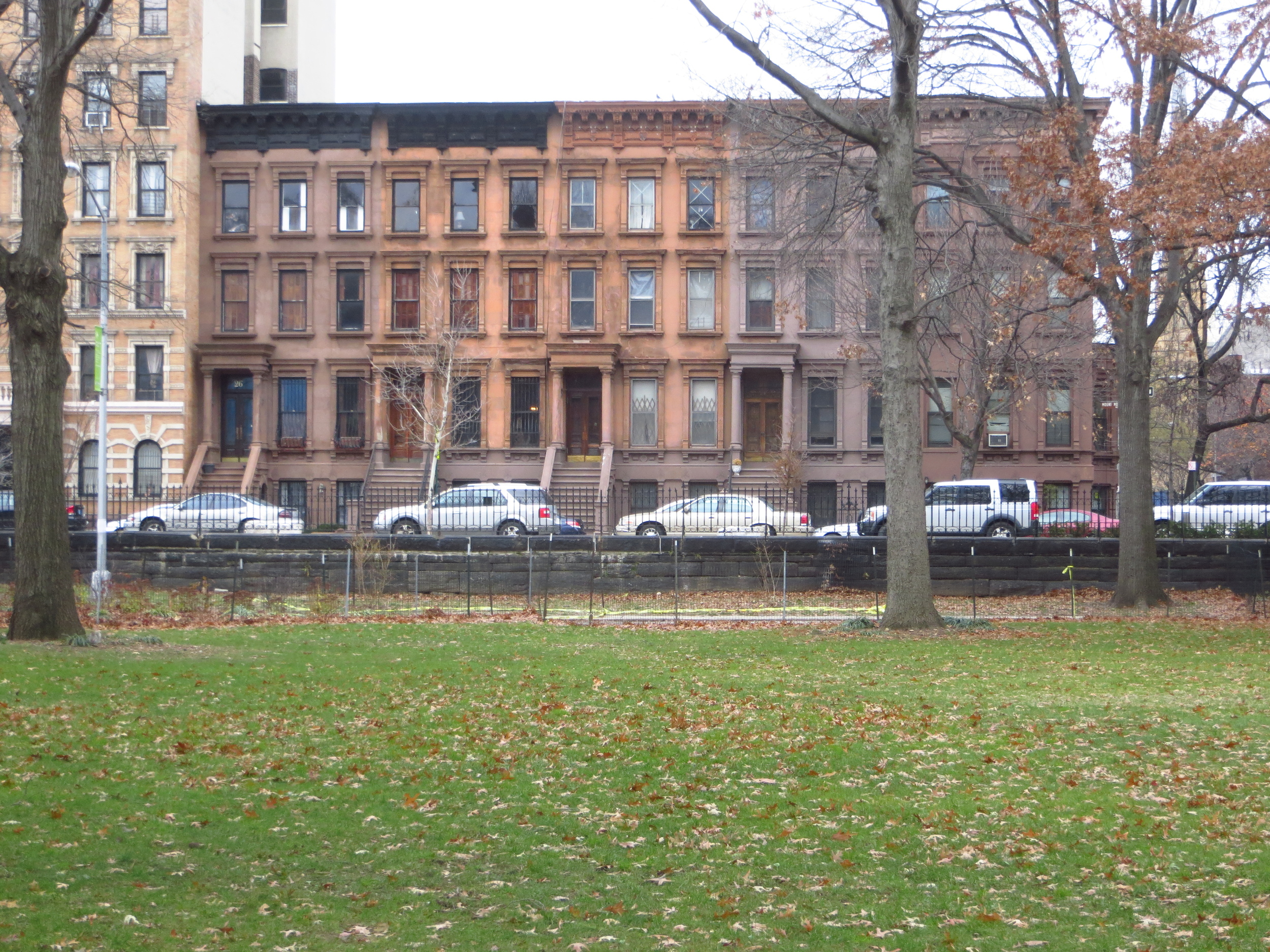
5th Ave. btw 124th St. and 120th St.
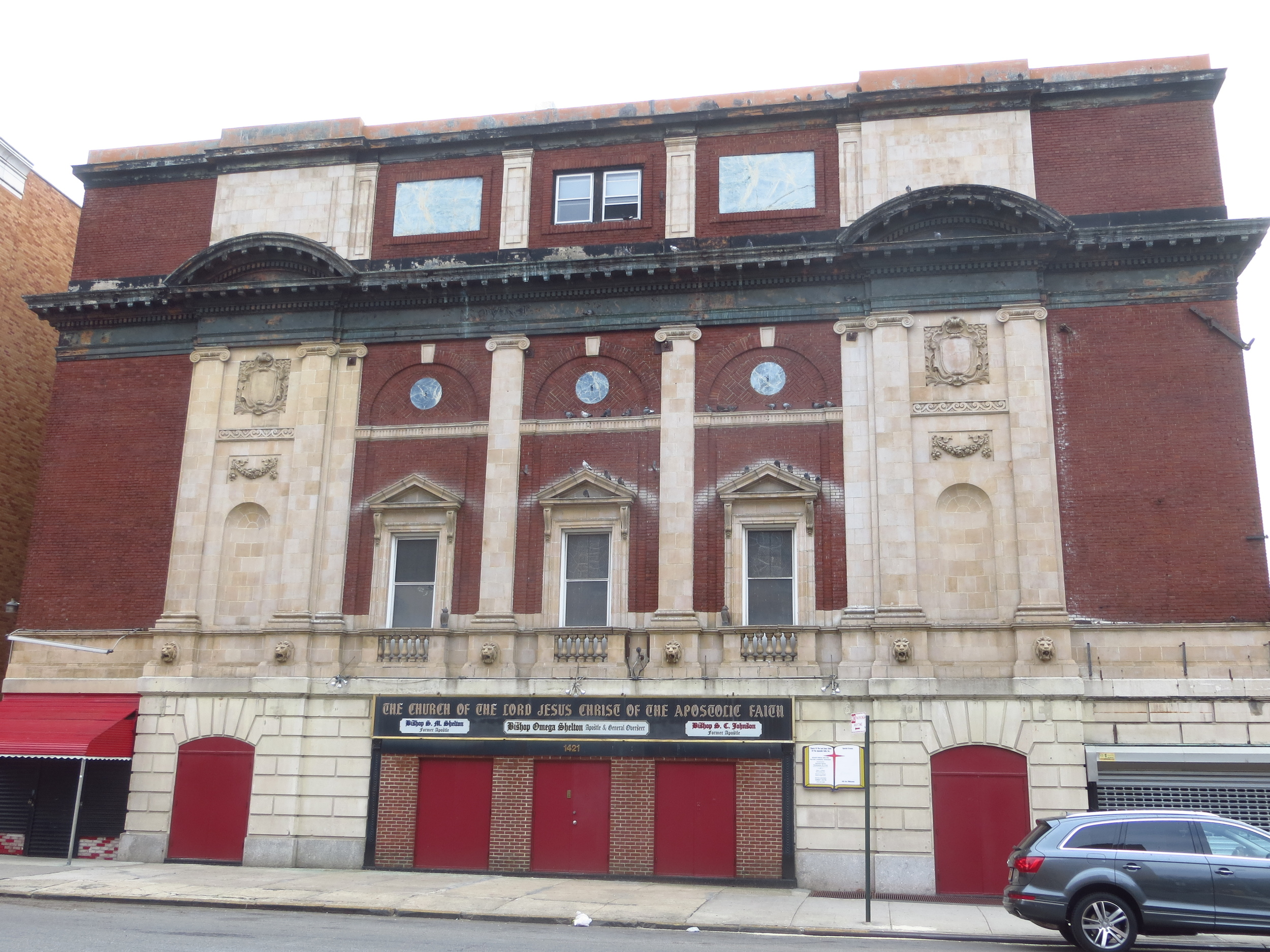
5th Ave. btw 117th St. and 116th St.
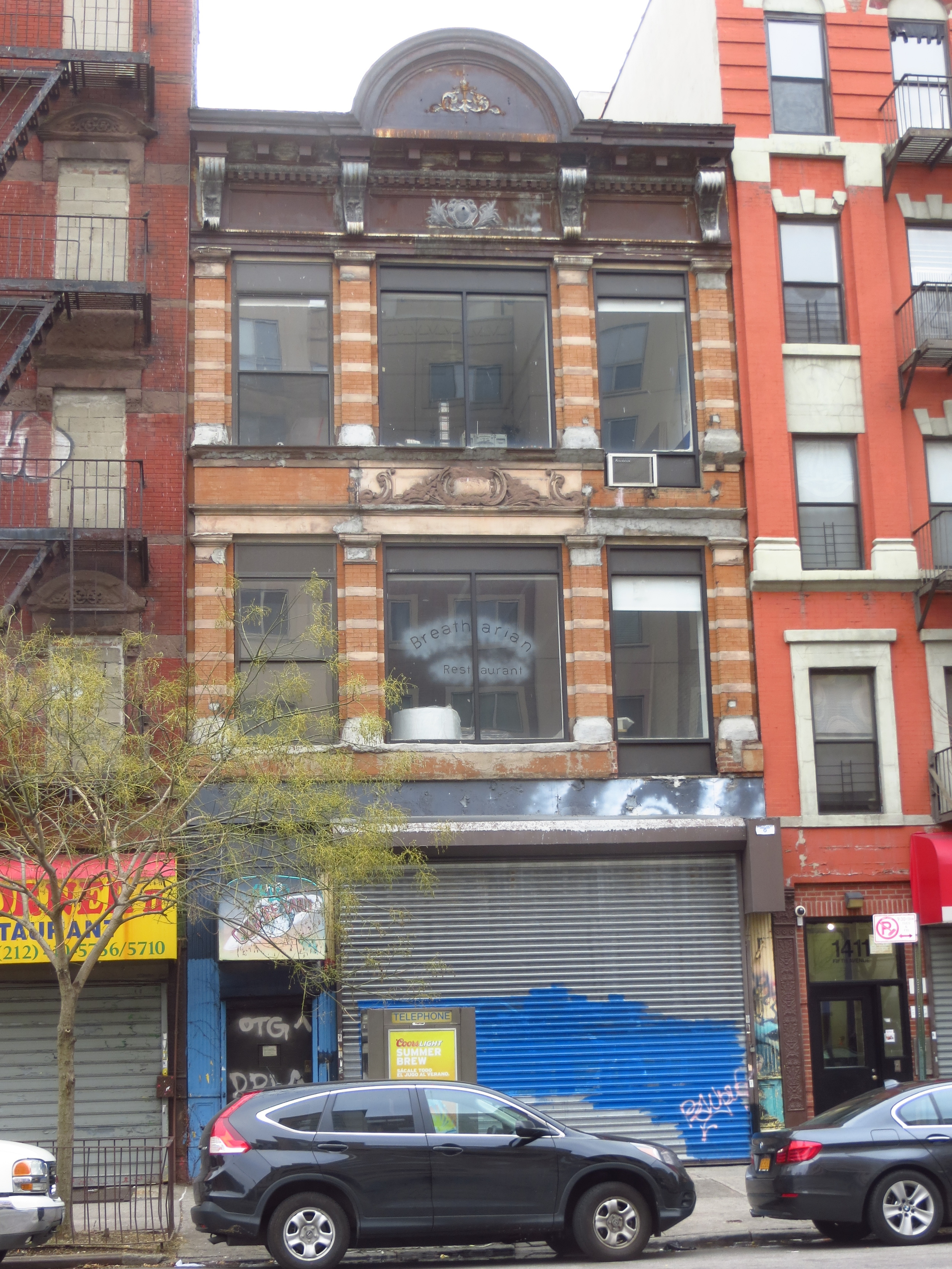
5th Ave. btw 116th St. and 115th St.
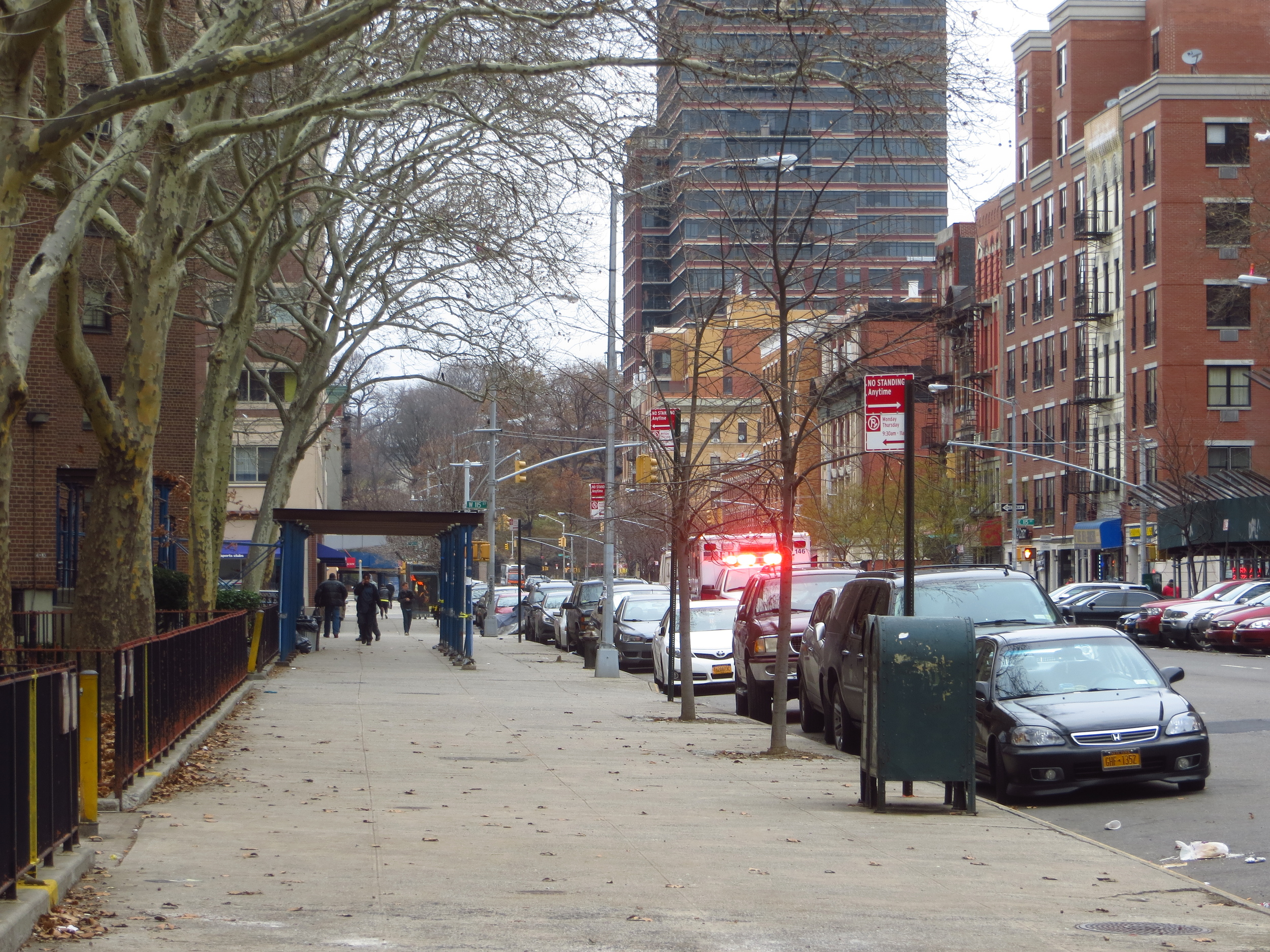
5th Ave. btw 115th St. and 112th St.
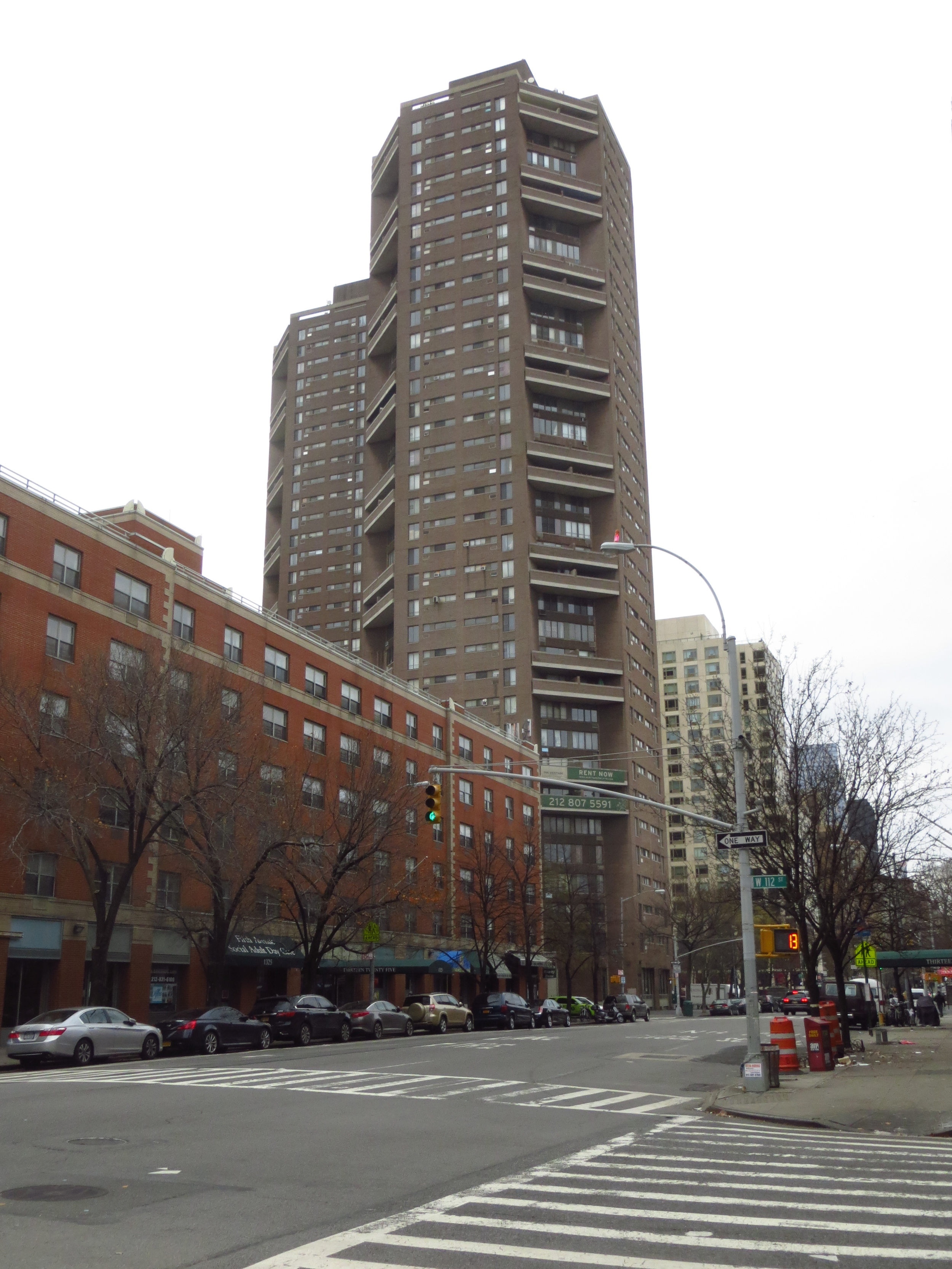
5th Ave. btw 115th St. and 112th St.
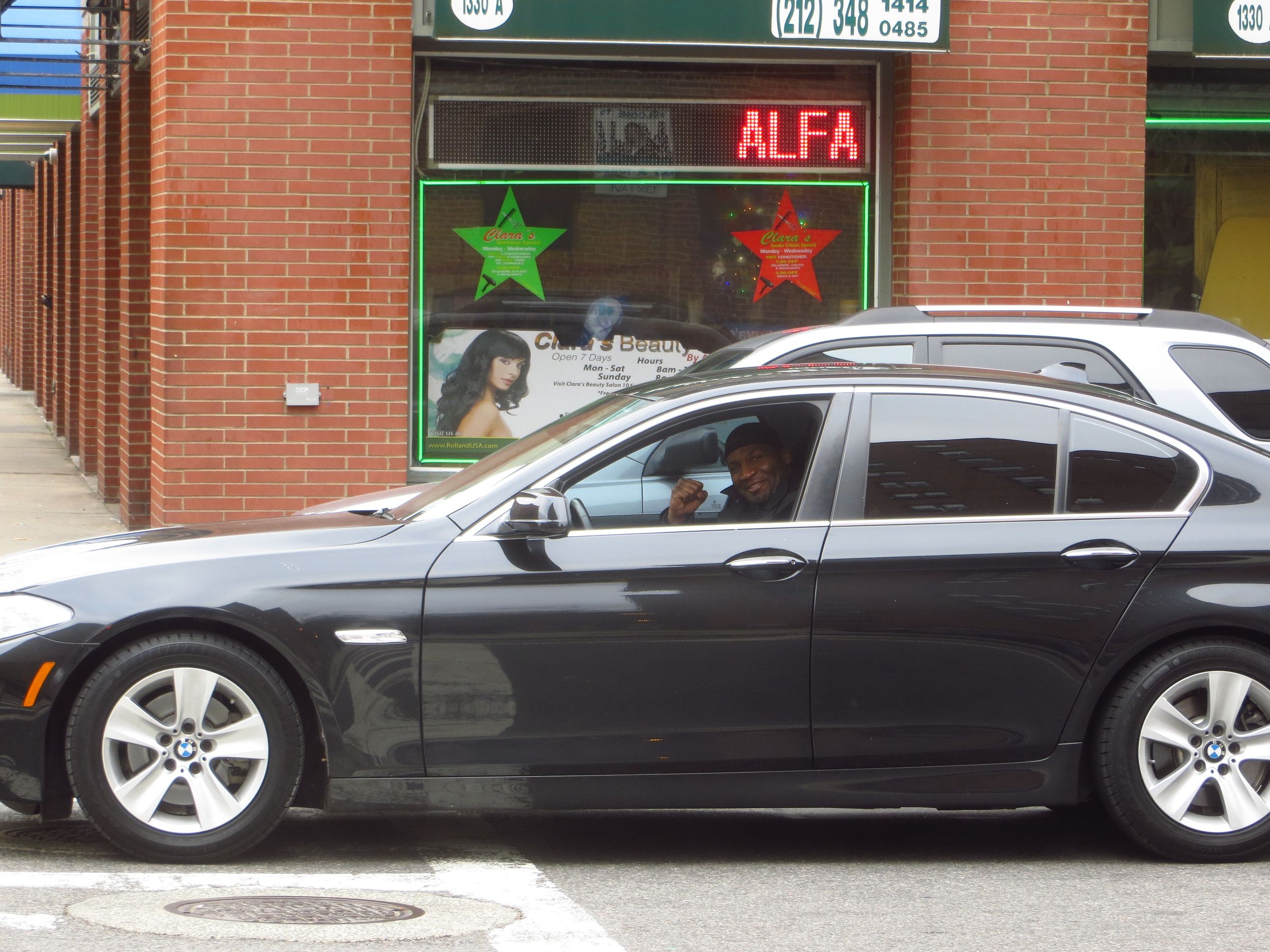
5th Ave. btw 115th St. and 112th St.
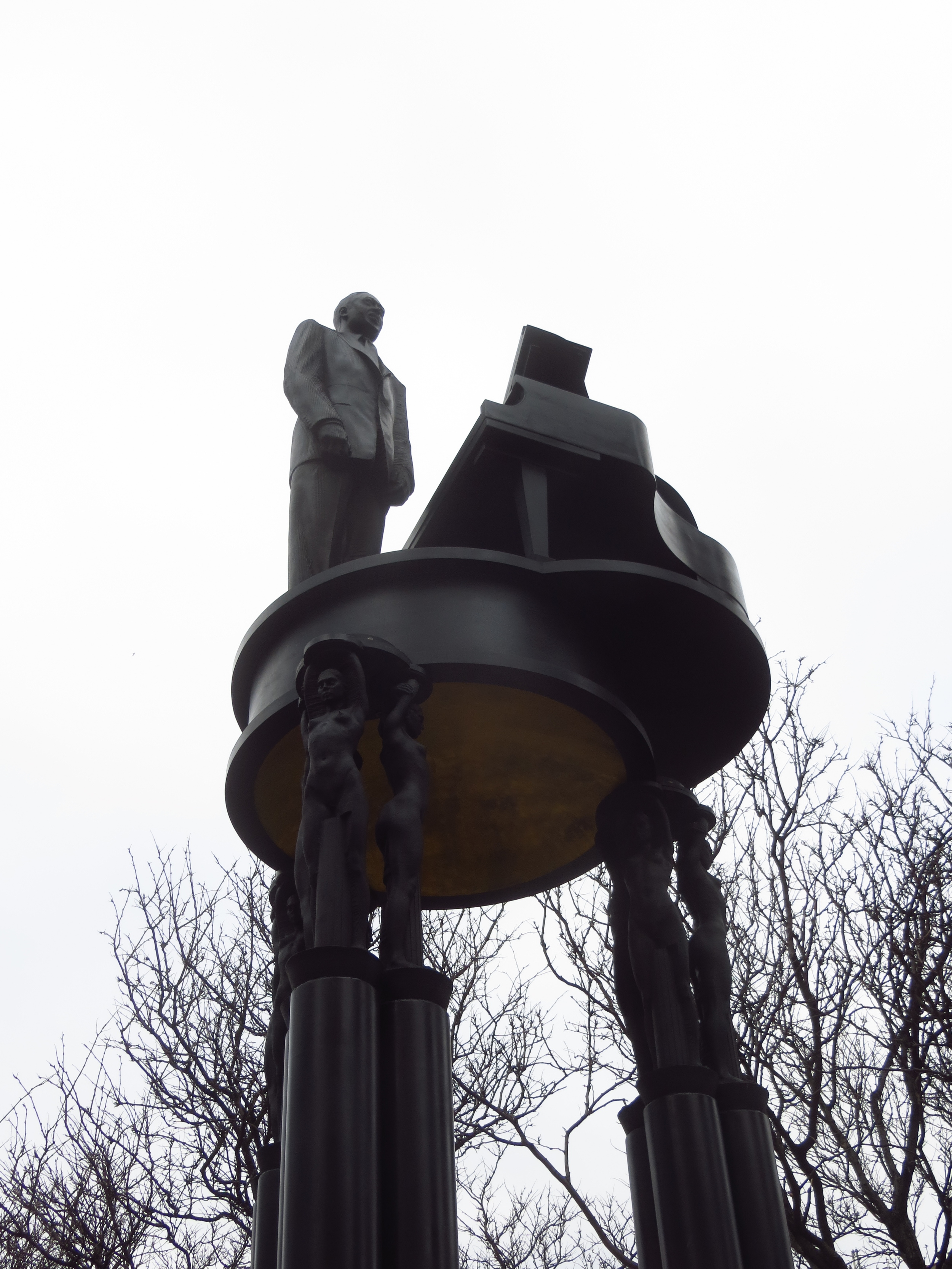
5th Ave. btw 111th St. and 110th St.
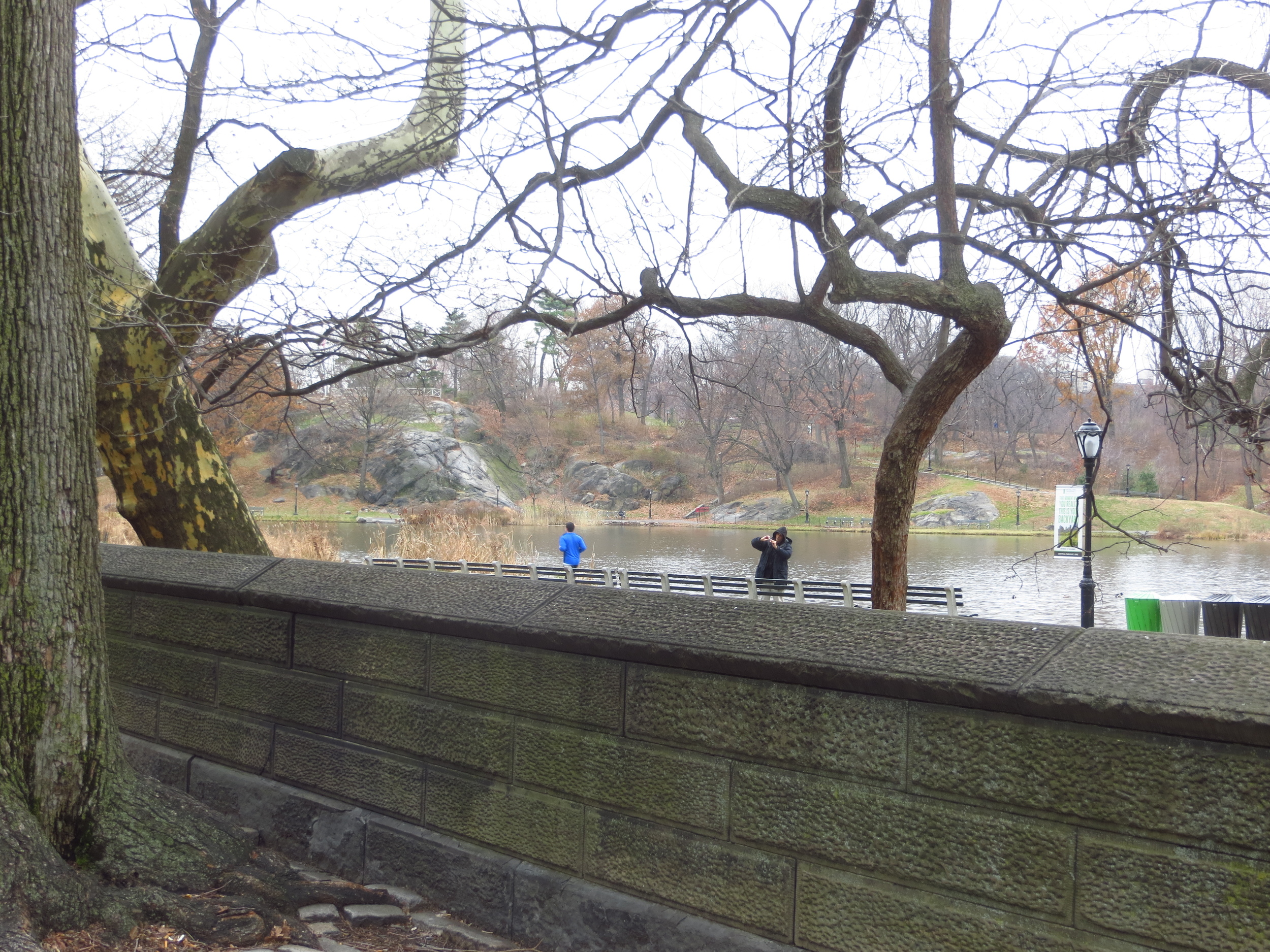
5th Ave. btw 110th St. and 109th St.
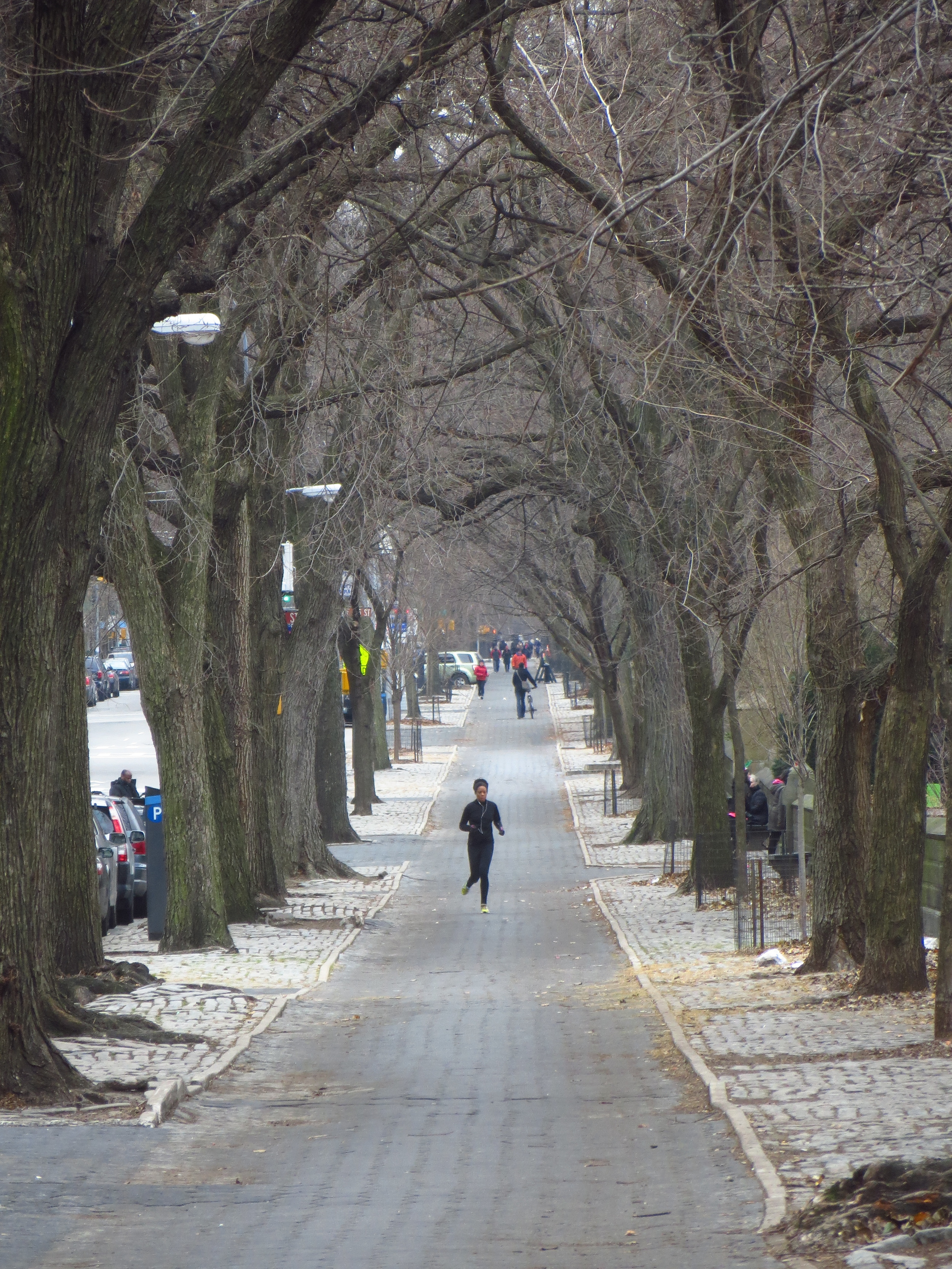
5th Ave. btw 110th St. and 109th St.
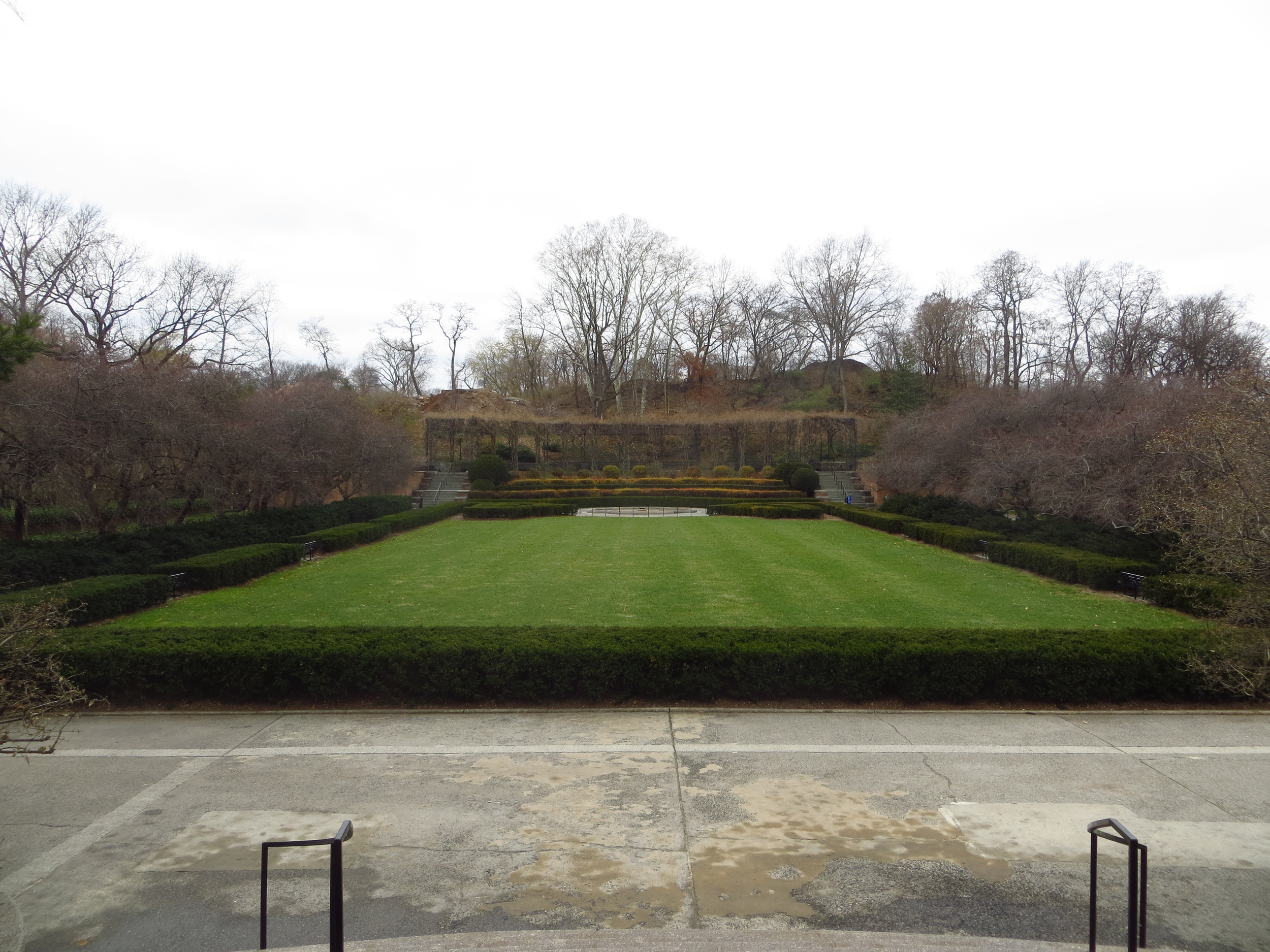
5th Ave. btw 105th St. and 104th St.
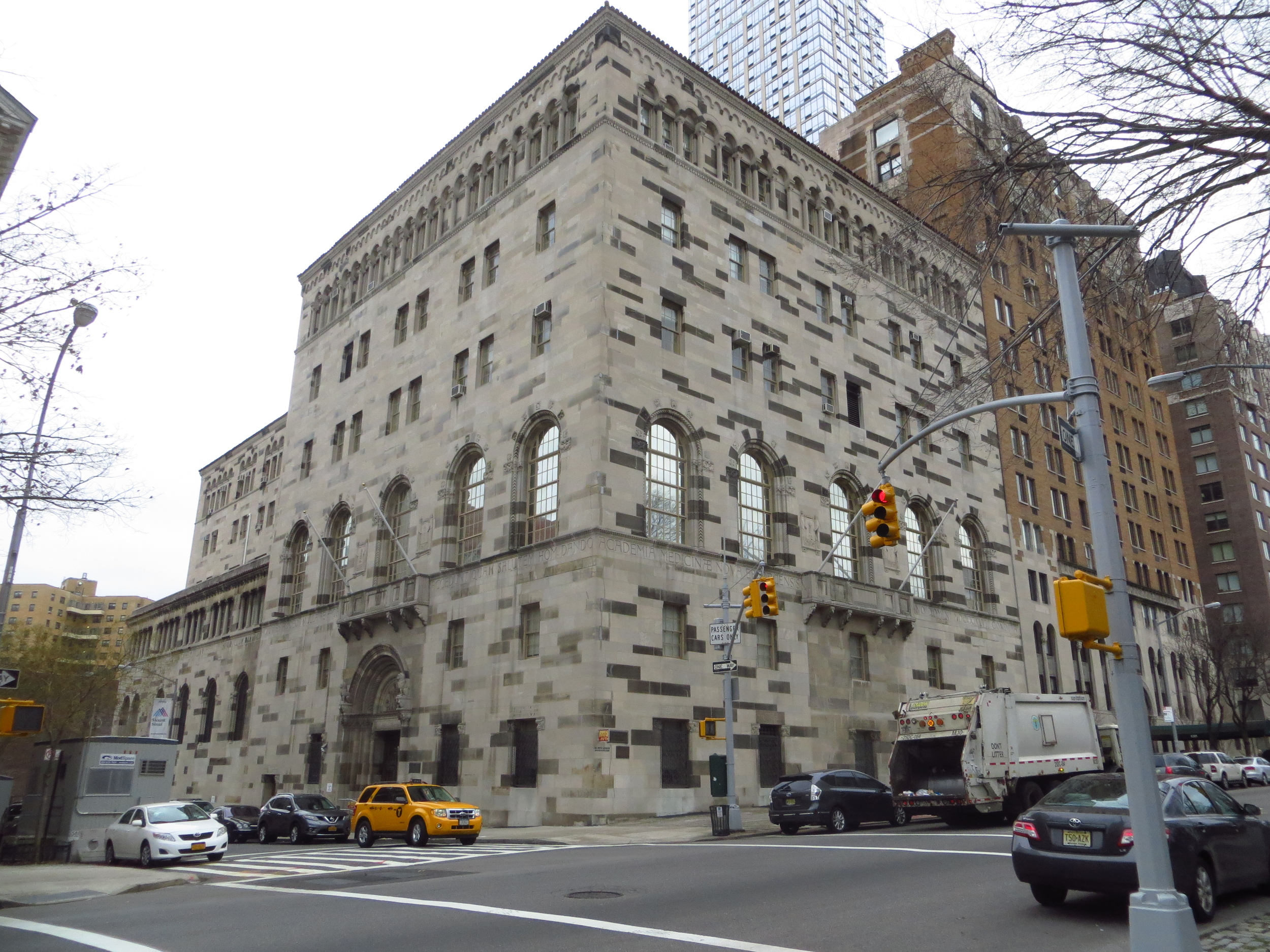
5th Ave. btw 103rd St. and 102nd St.
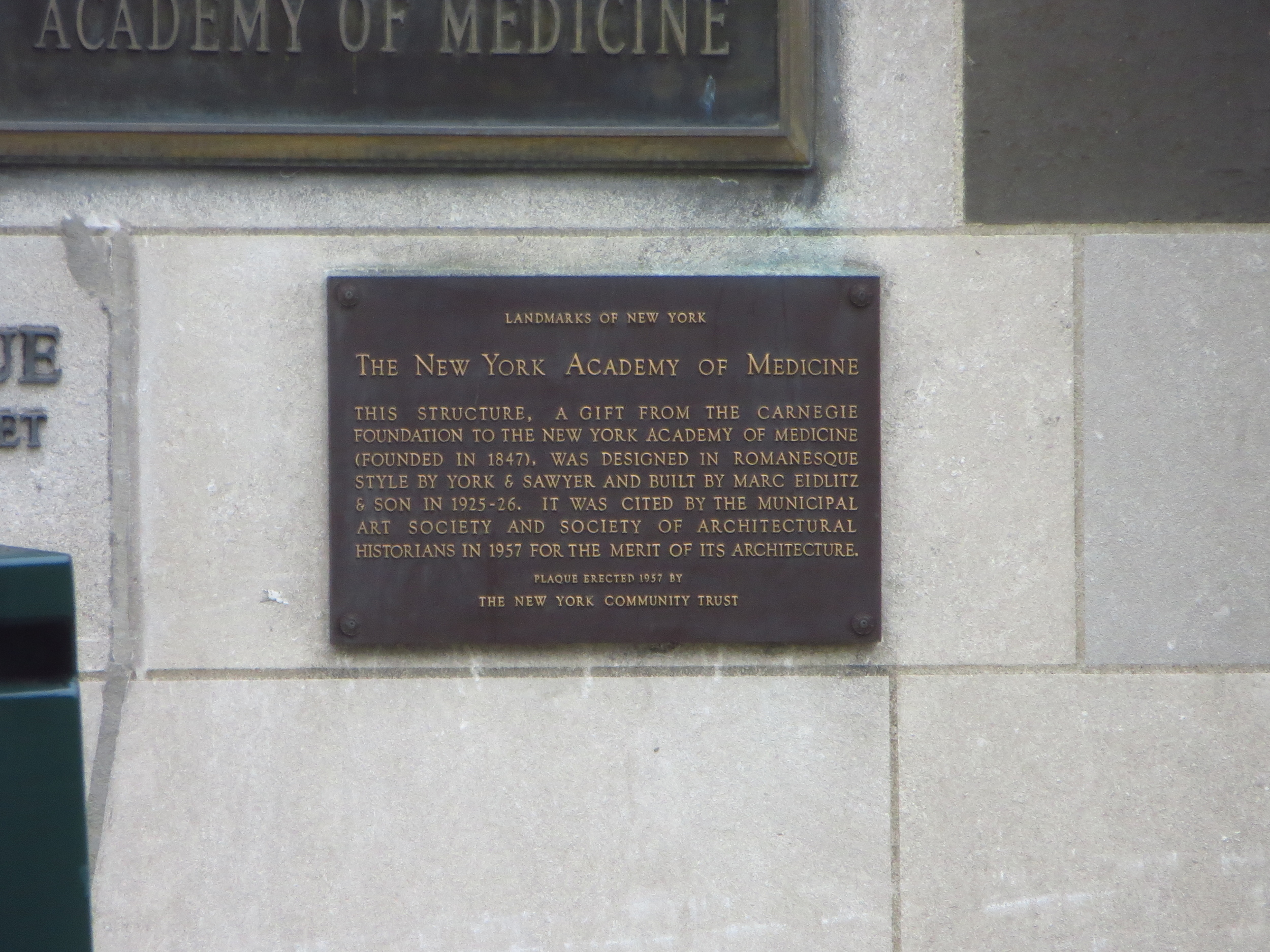
5th Ave. btw 103rd St. and 102nd St.
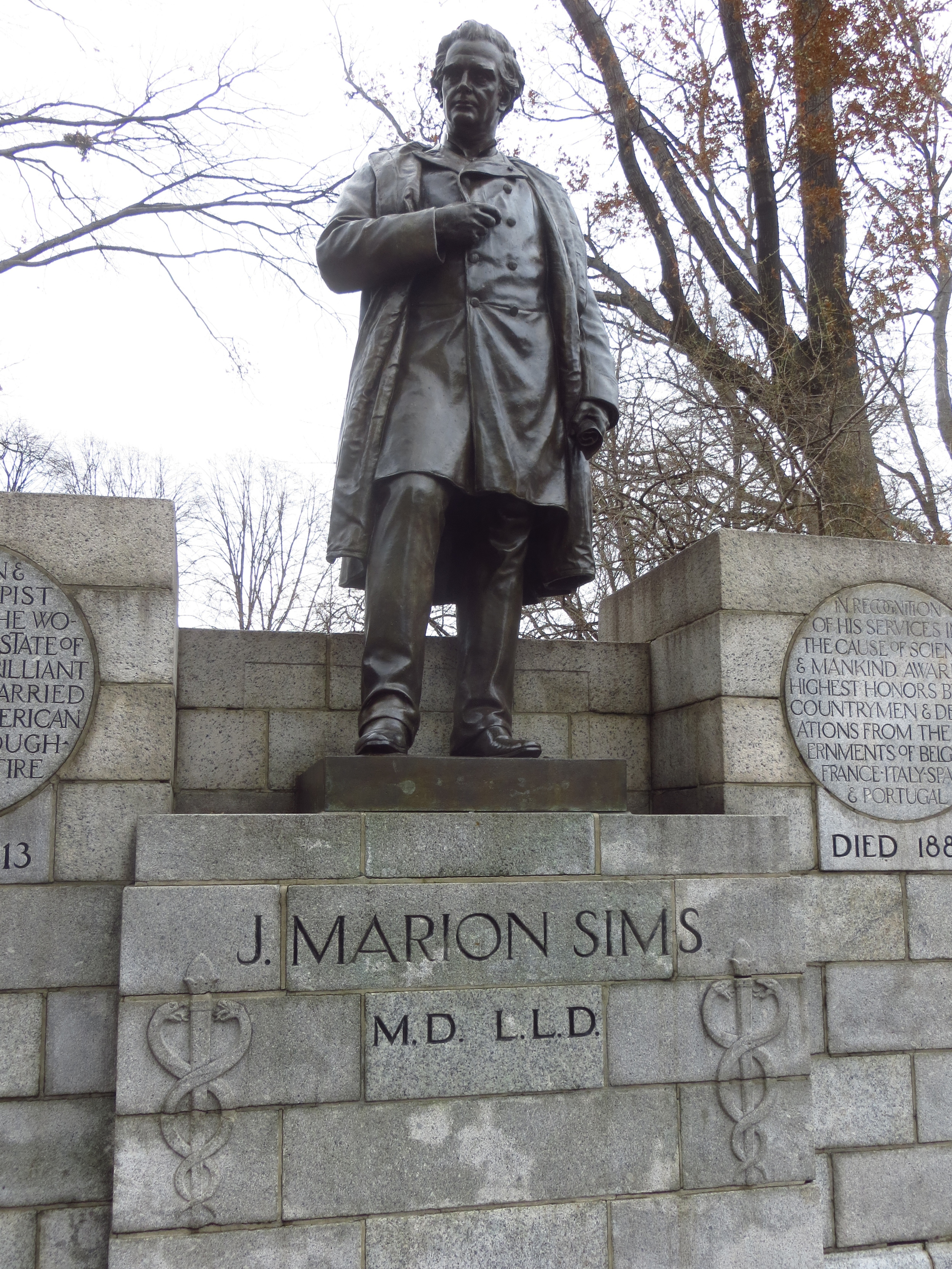
5th Ave. btw 103rd St. and 102nd St.
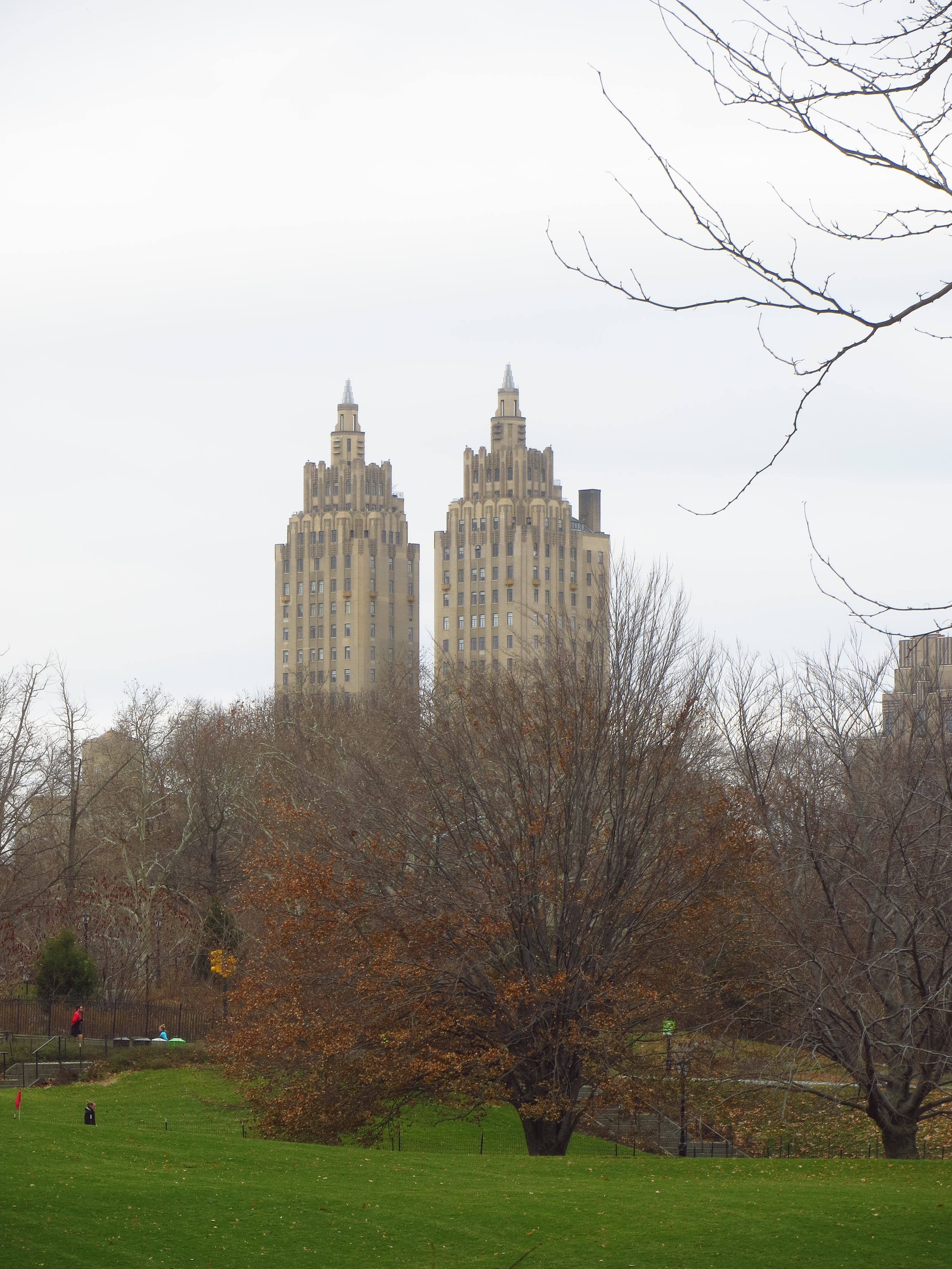
5th Ave. btw 101st St. and 99th St.
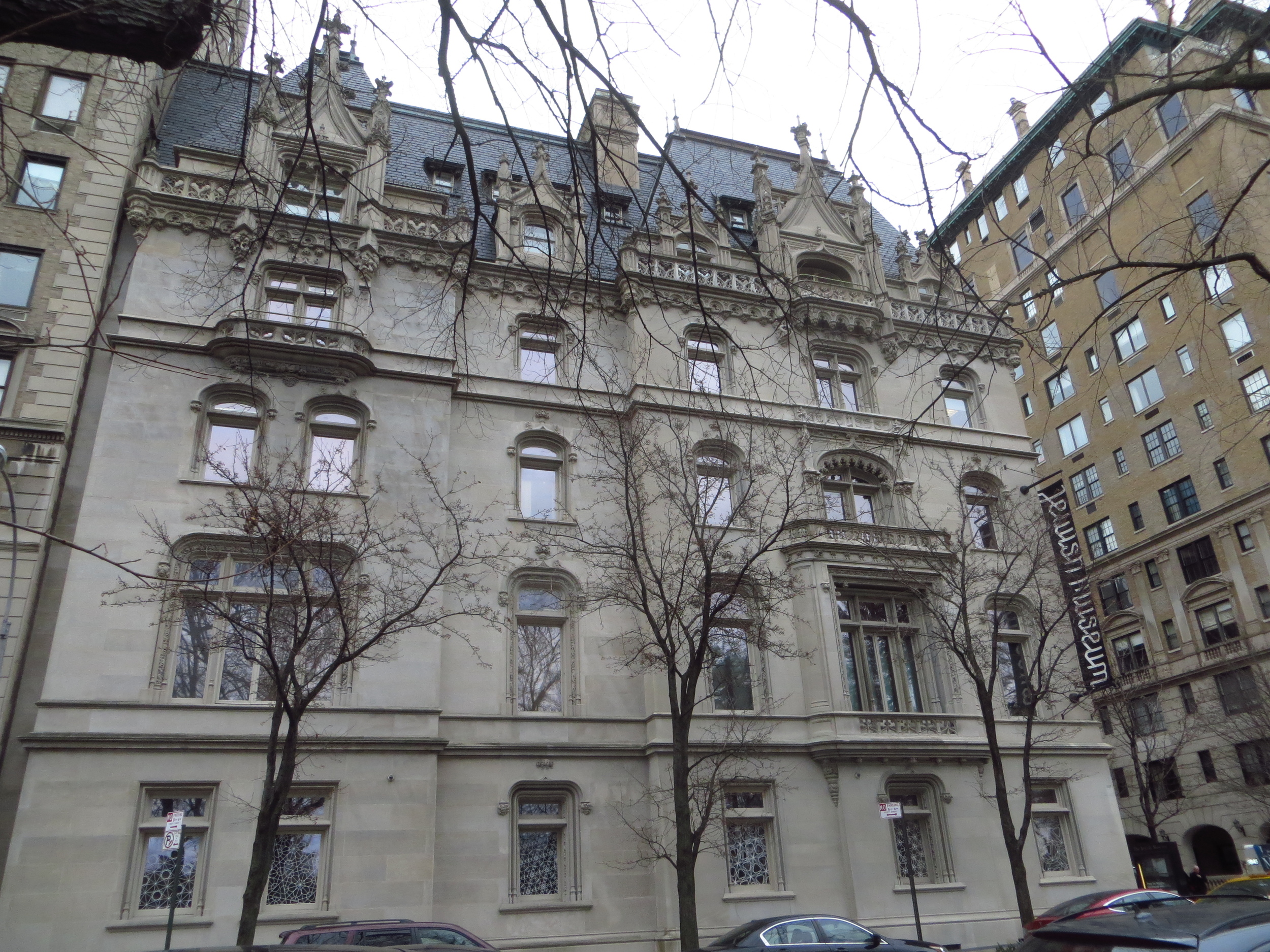
5th Ave. btw 93rd St. and 92nd St.

5th Ave. btw 92nd St. and 91st St.
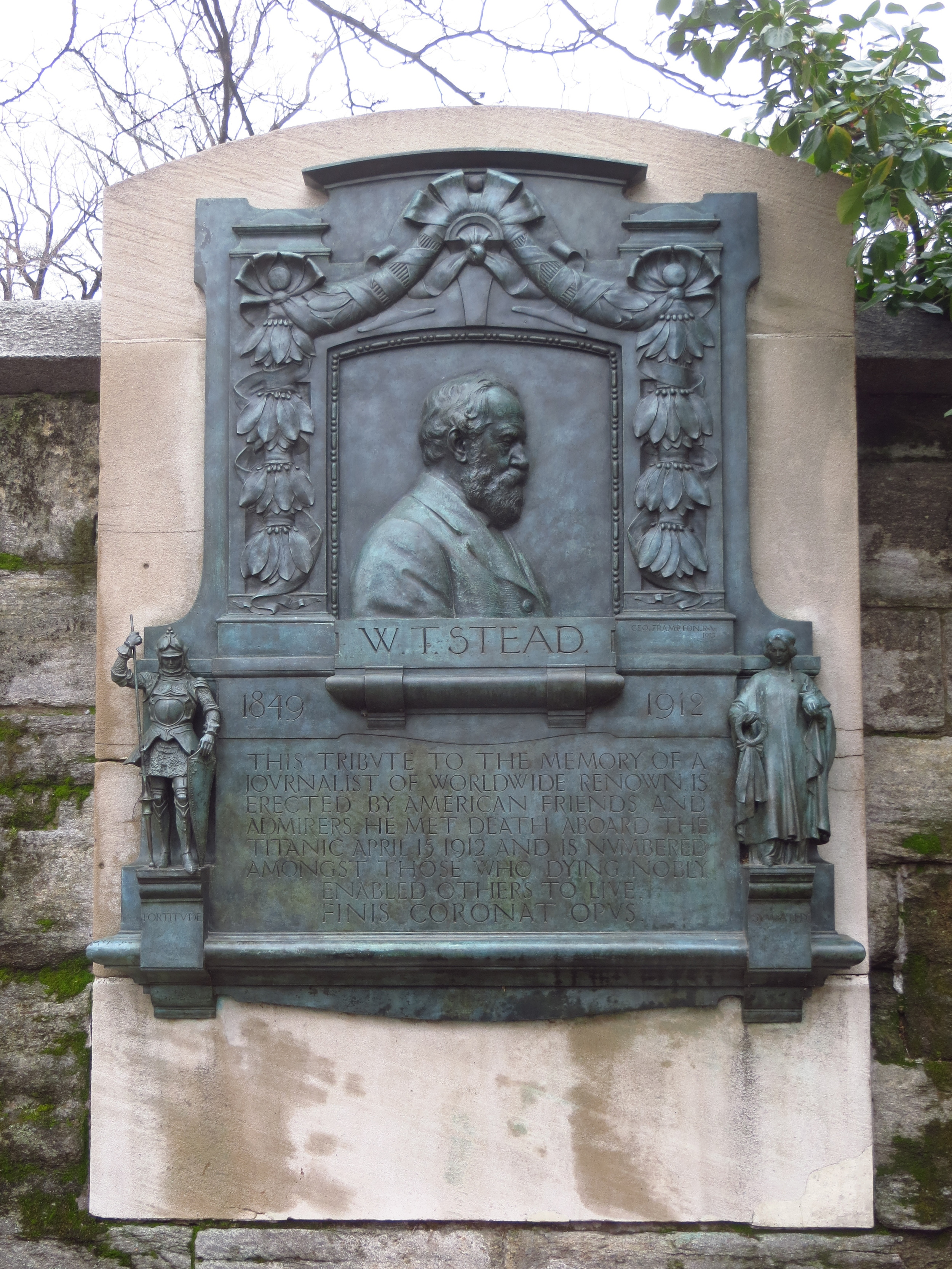
5th Ave. btw 92nd St. and 91st St.
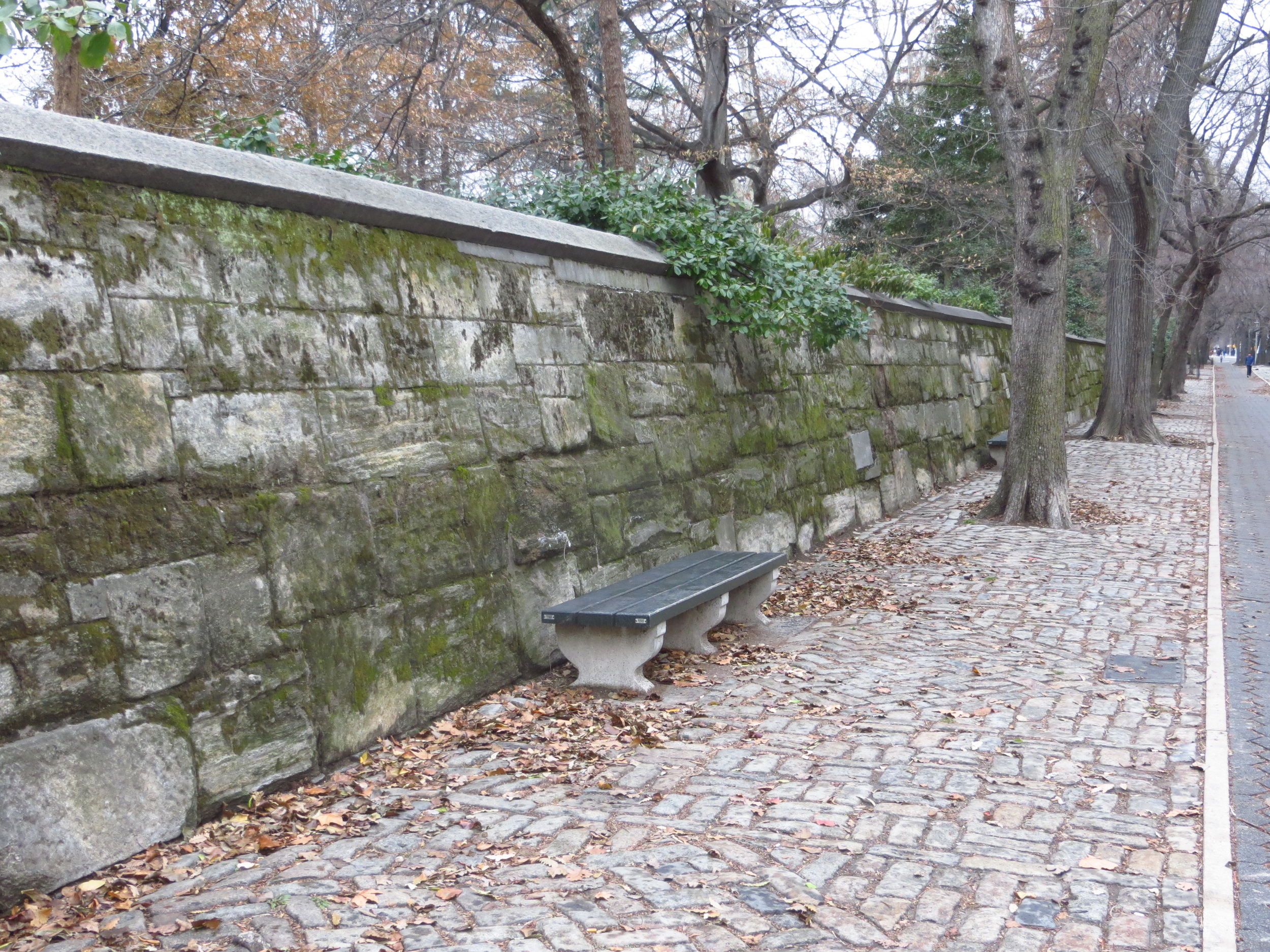
5th Ave. btw 91st St. and 90th St.
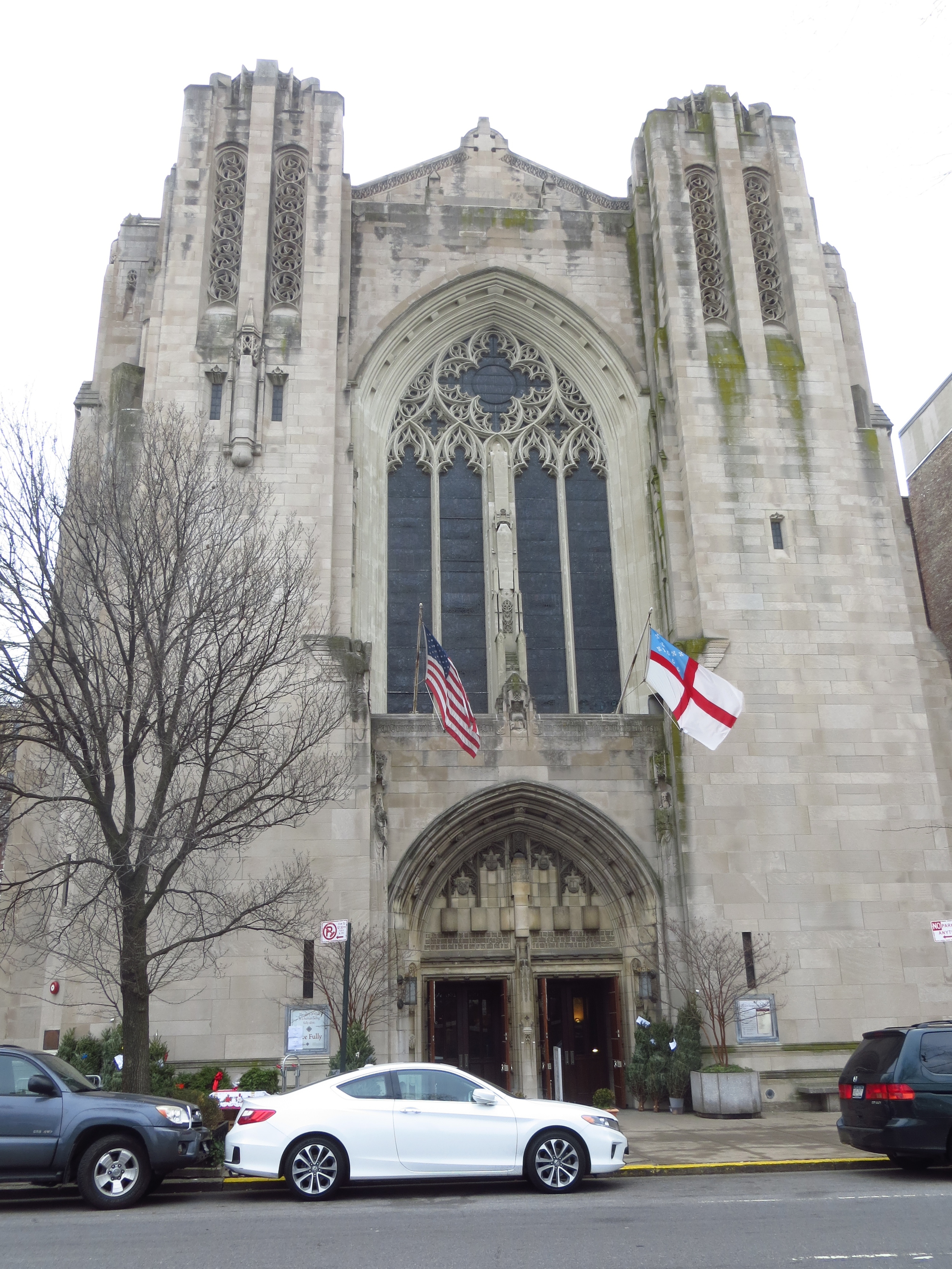
5th Ave. btw 90th St. and 89th St.
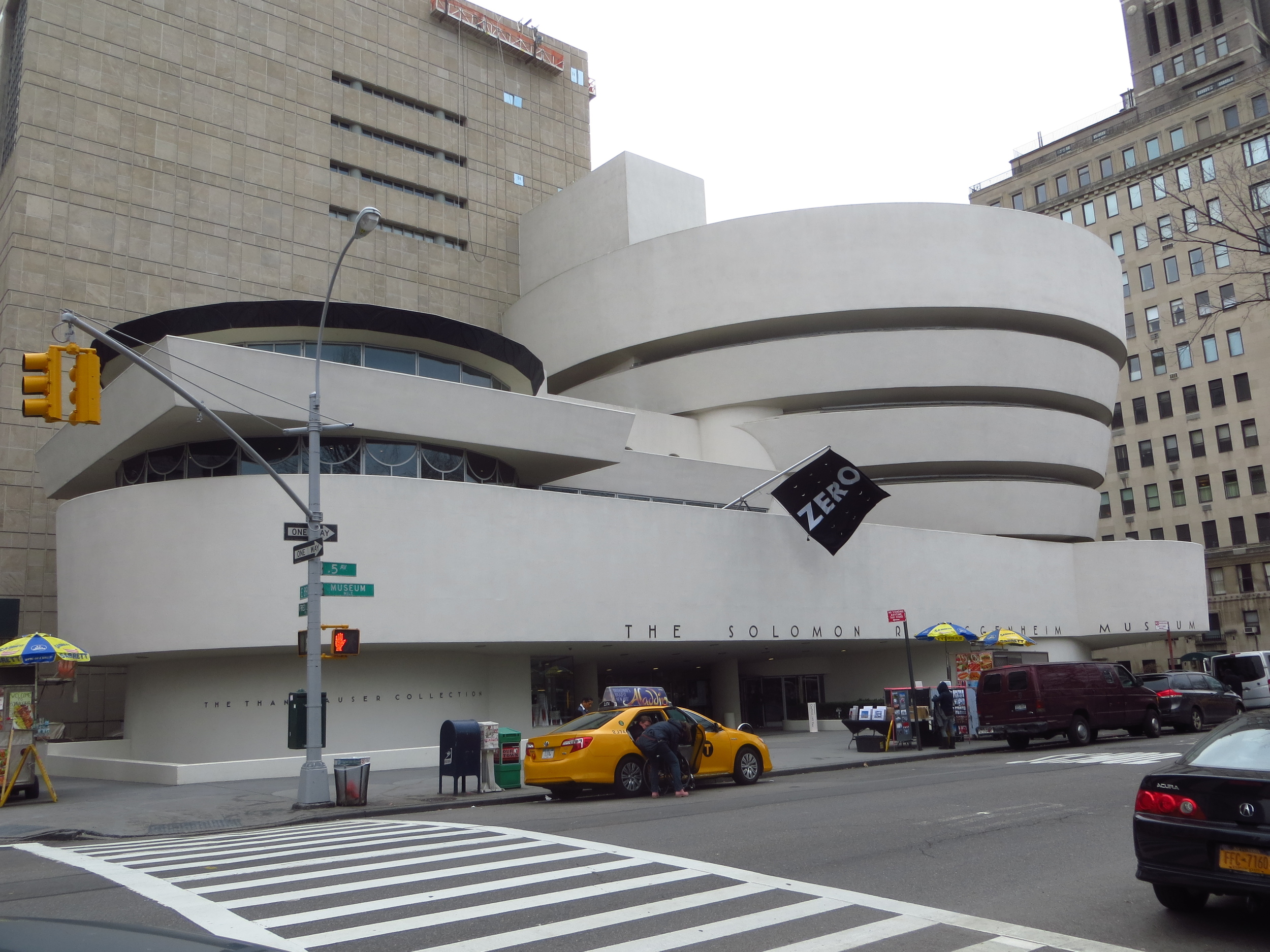
5th Ave. btw 89th St. and 88th St.

5th Ave. btw 87th St. and 86th St.

5th Ave. btw 86th St. and 85th St.
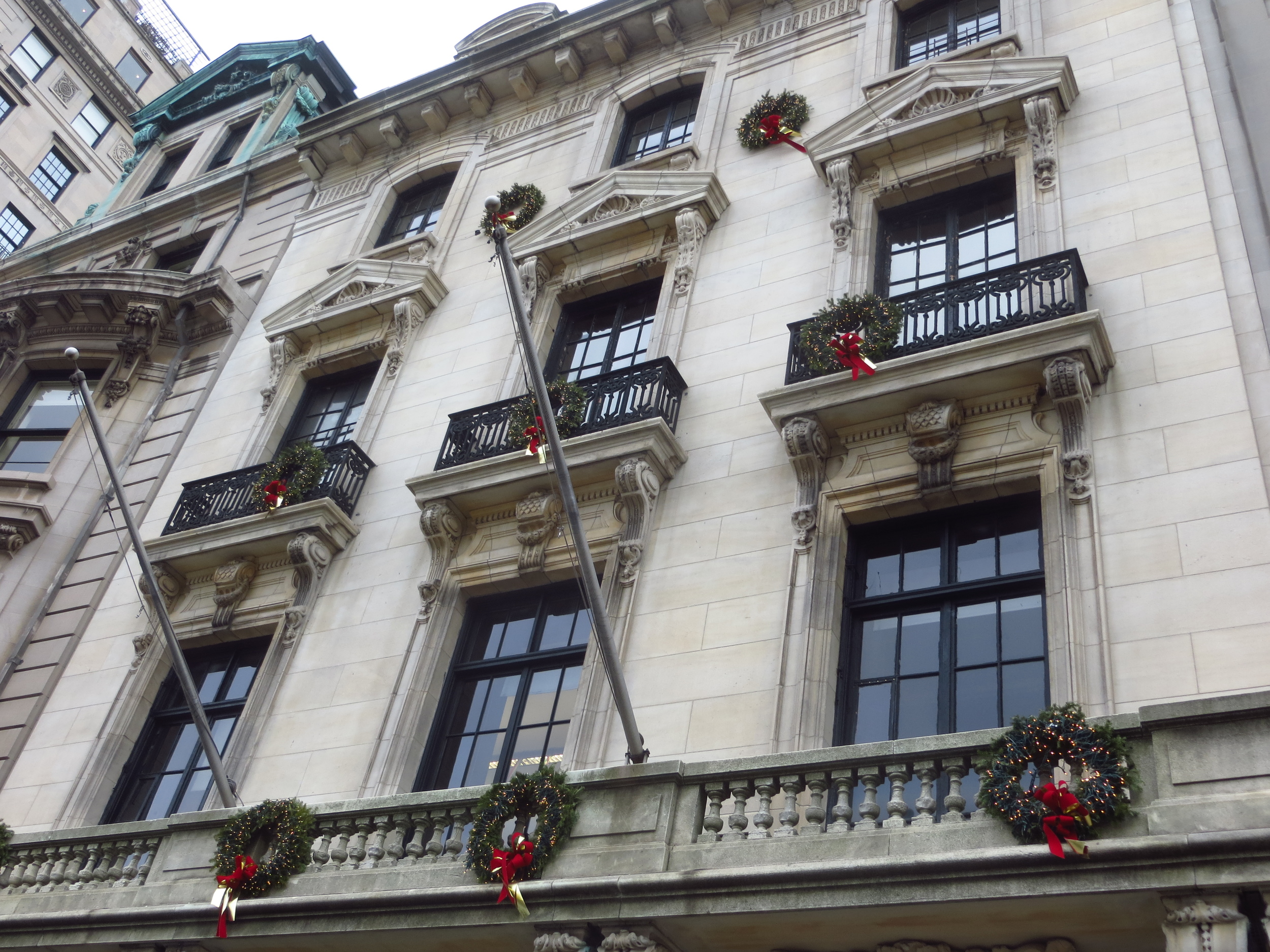
5th Ave. btw 84th St. and 83rd St.
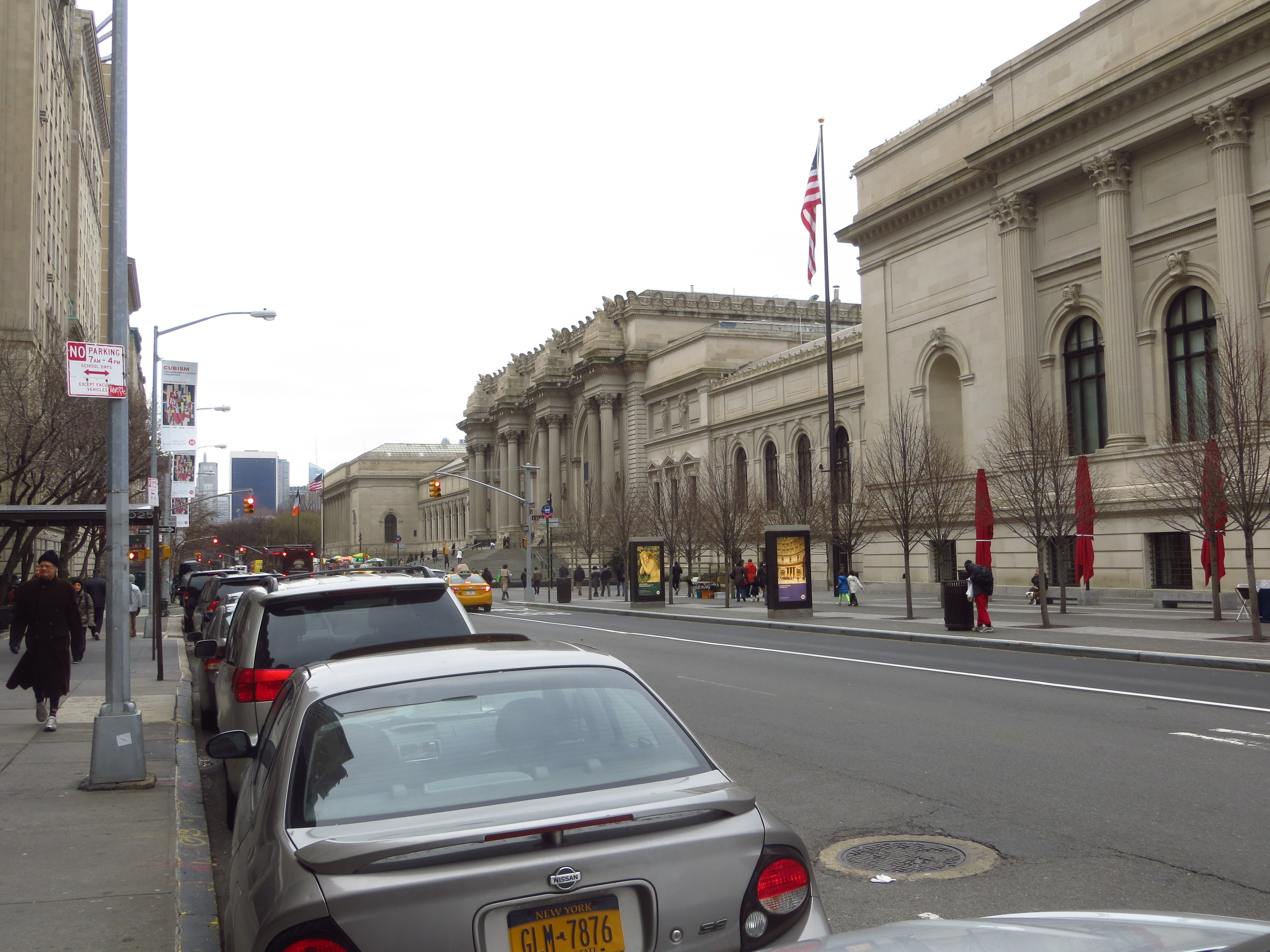
5th Ave. btw 84th St. and 83rd St.
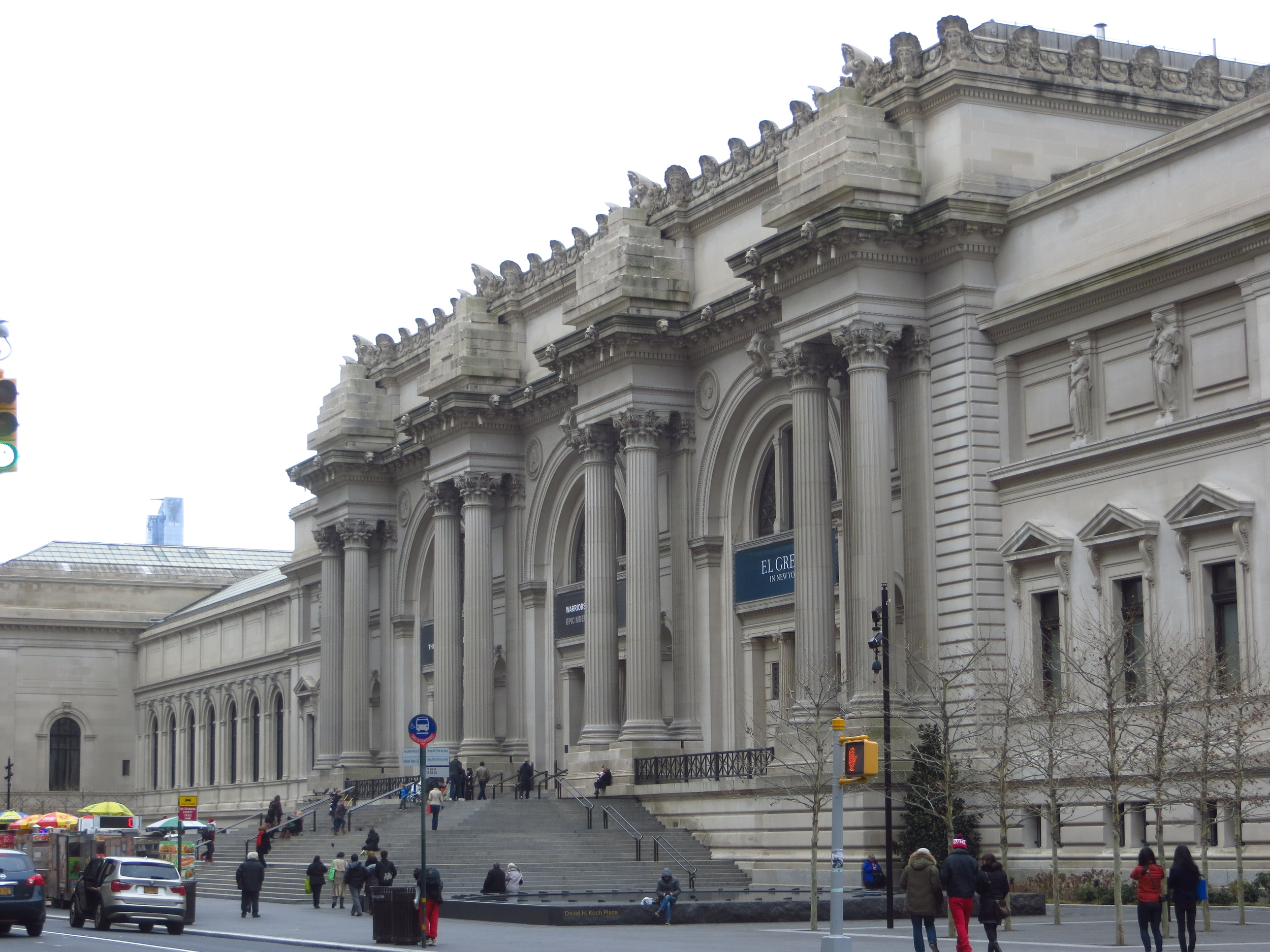
5th Ave. btw 84th St. and 83rd St.
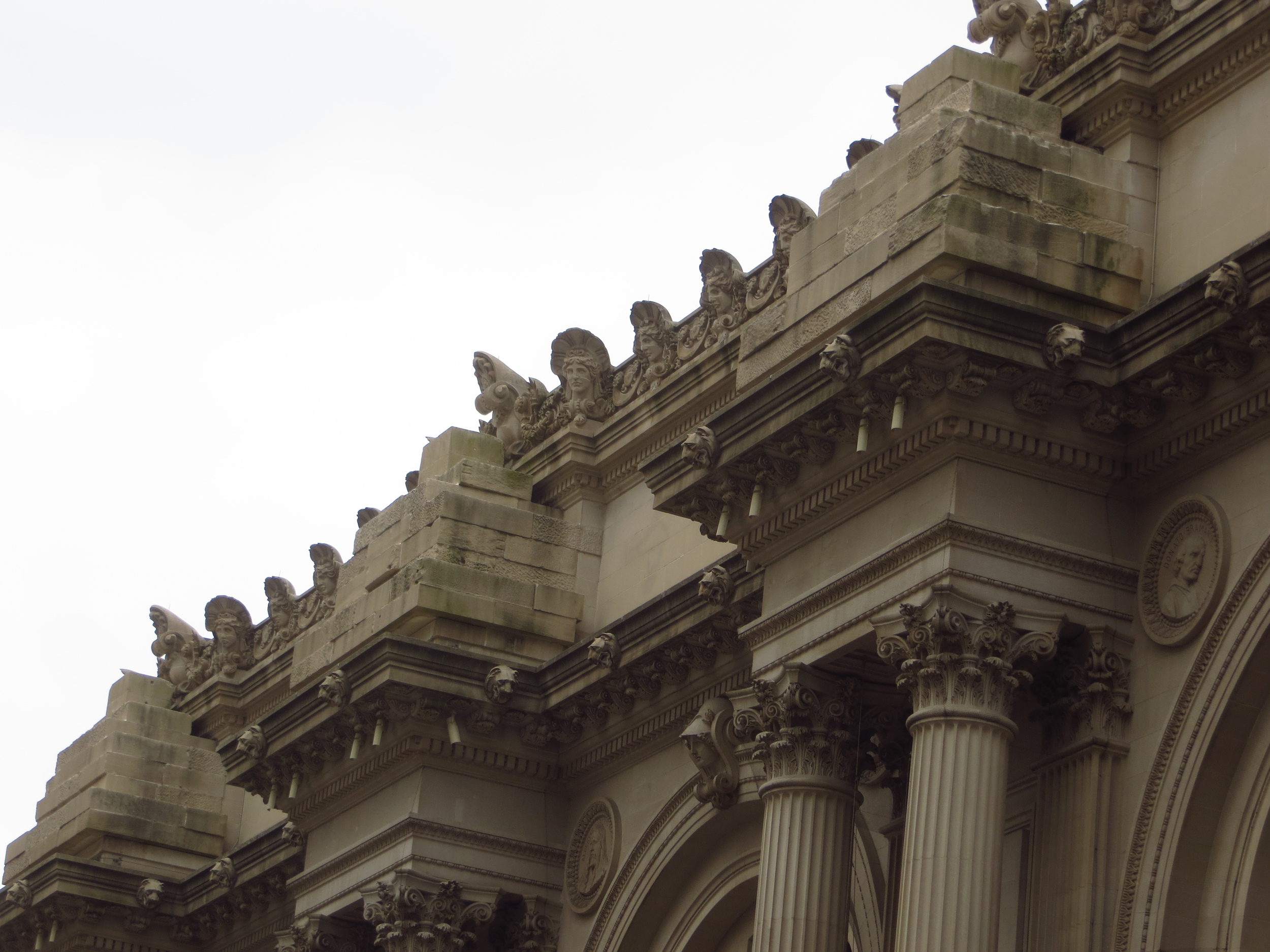
5th Ave. btw 83rd St. and 82nd St.

5th Ave. btw 83rd St. and 82nd St.
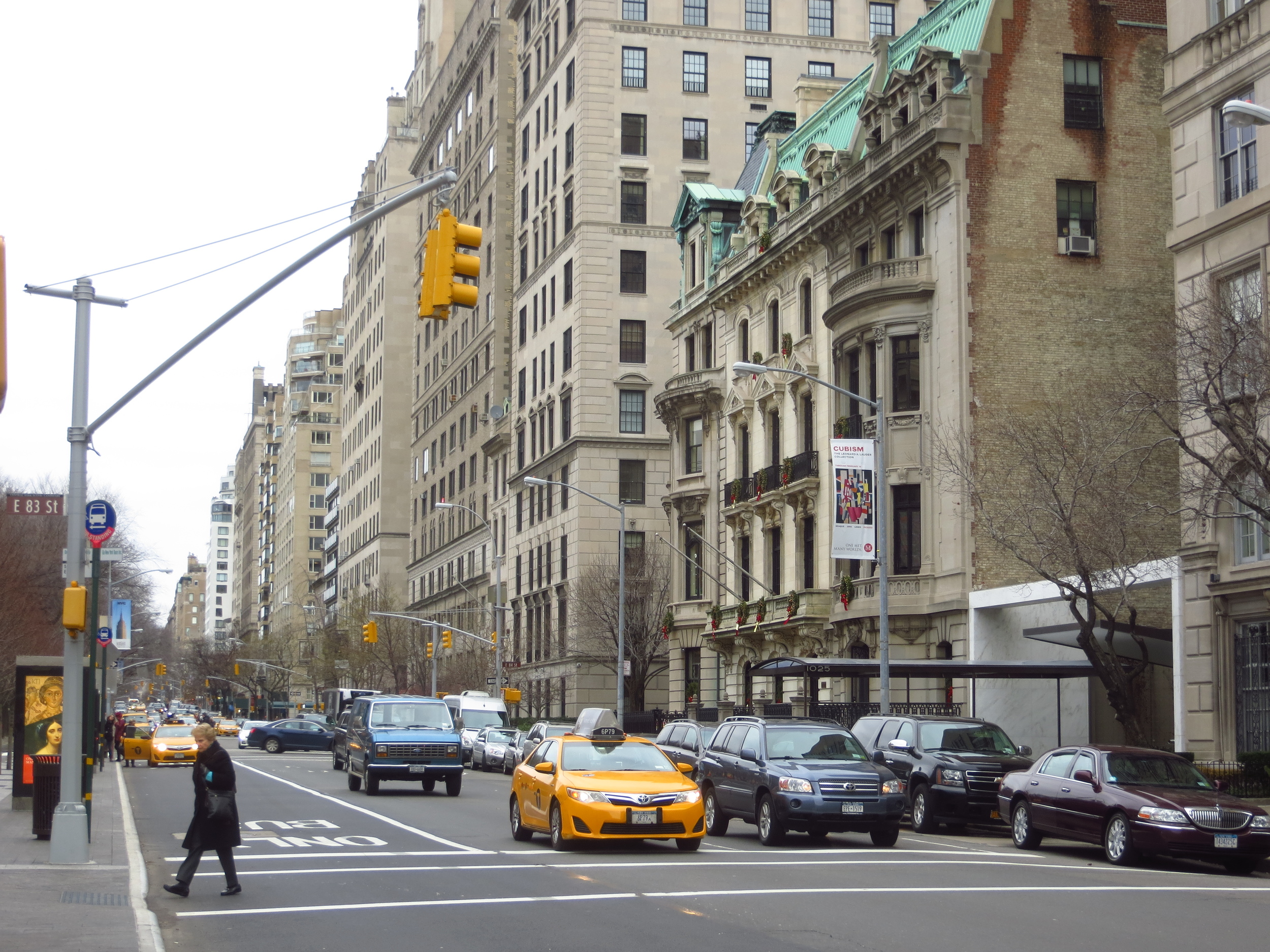
5th Ave. btw 83rd St. and 82nd St.
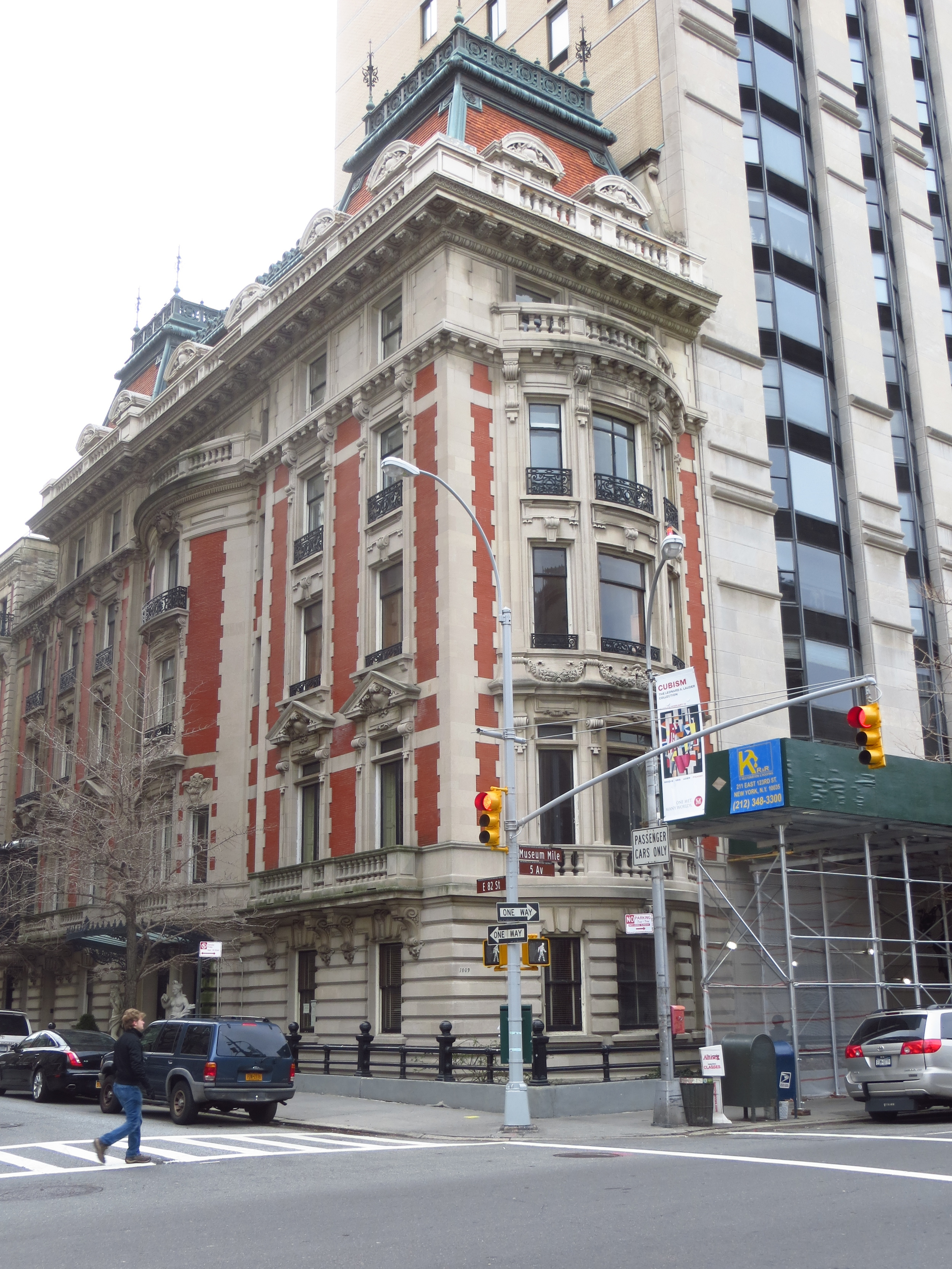
5th Ave. btw 83rd St. and 82nd St.

5th Ave. btw 83rd St. and 82nd St.
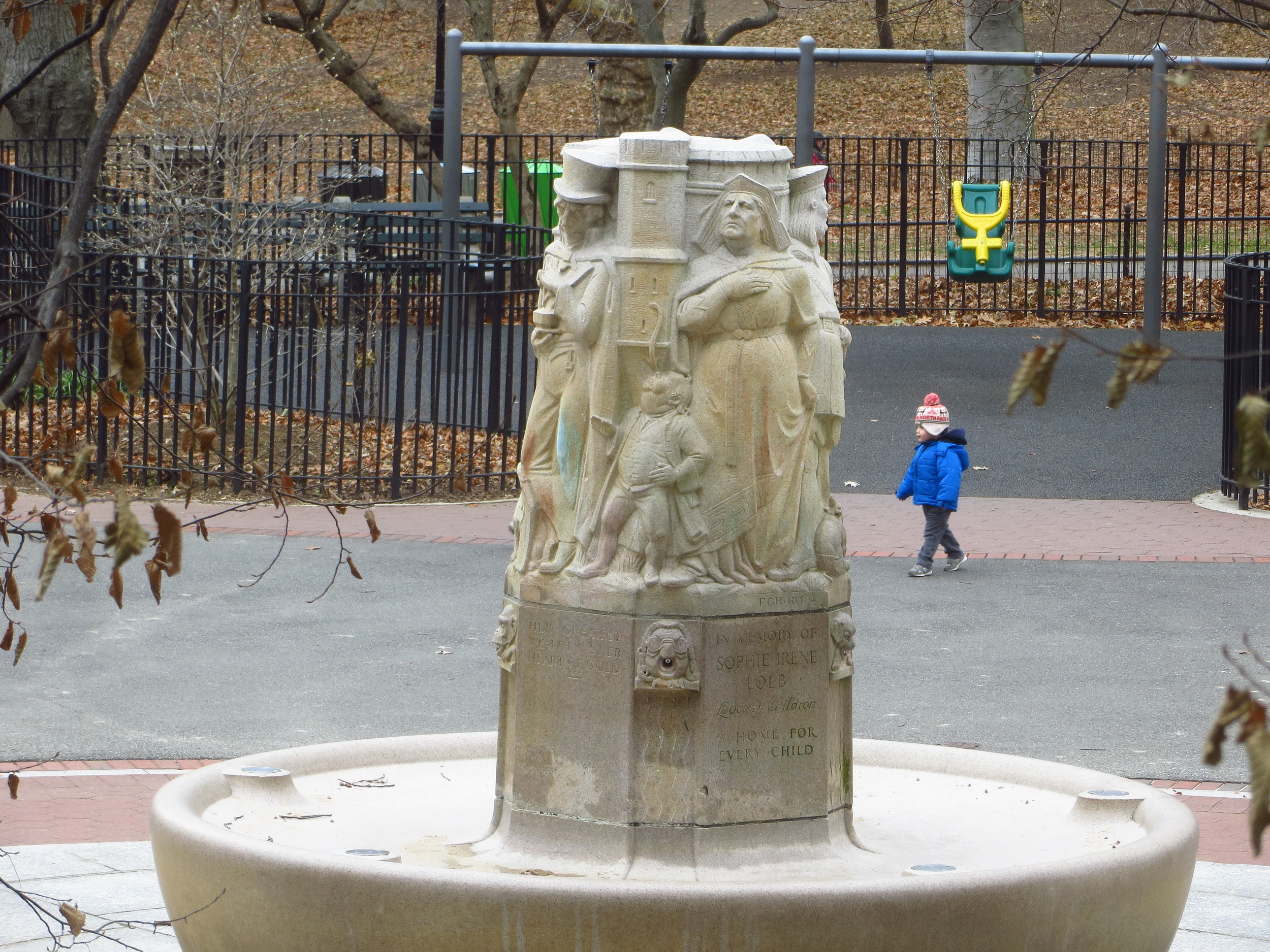
5th Ave. btw 77th St. and 76th St.
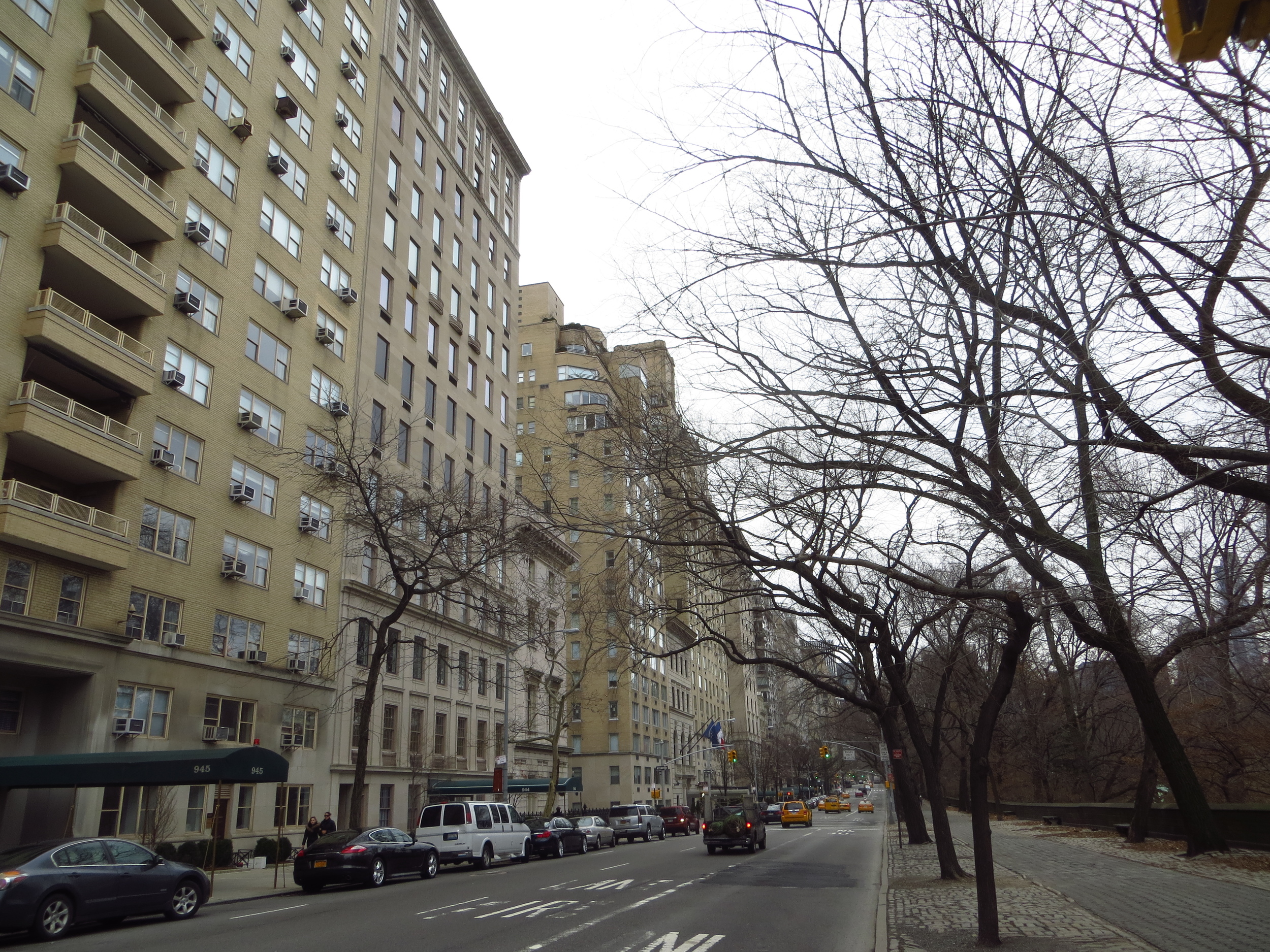
5th Ave. btw 77th St. and 76th St.
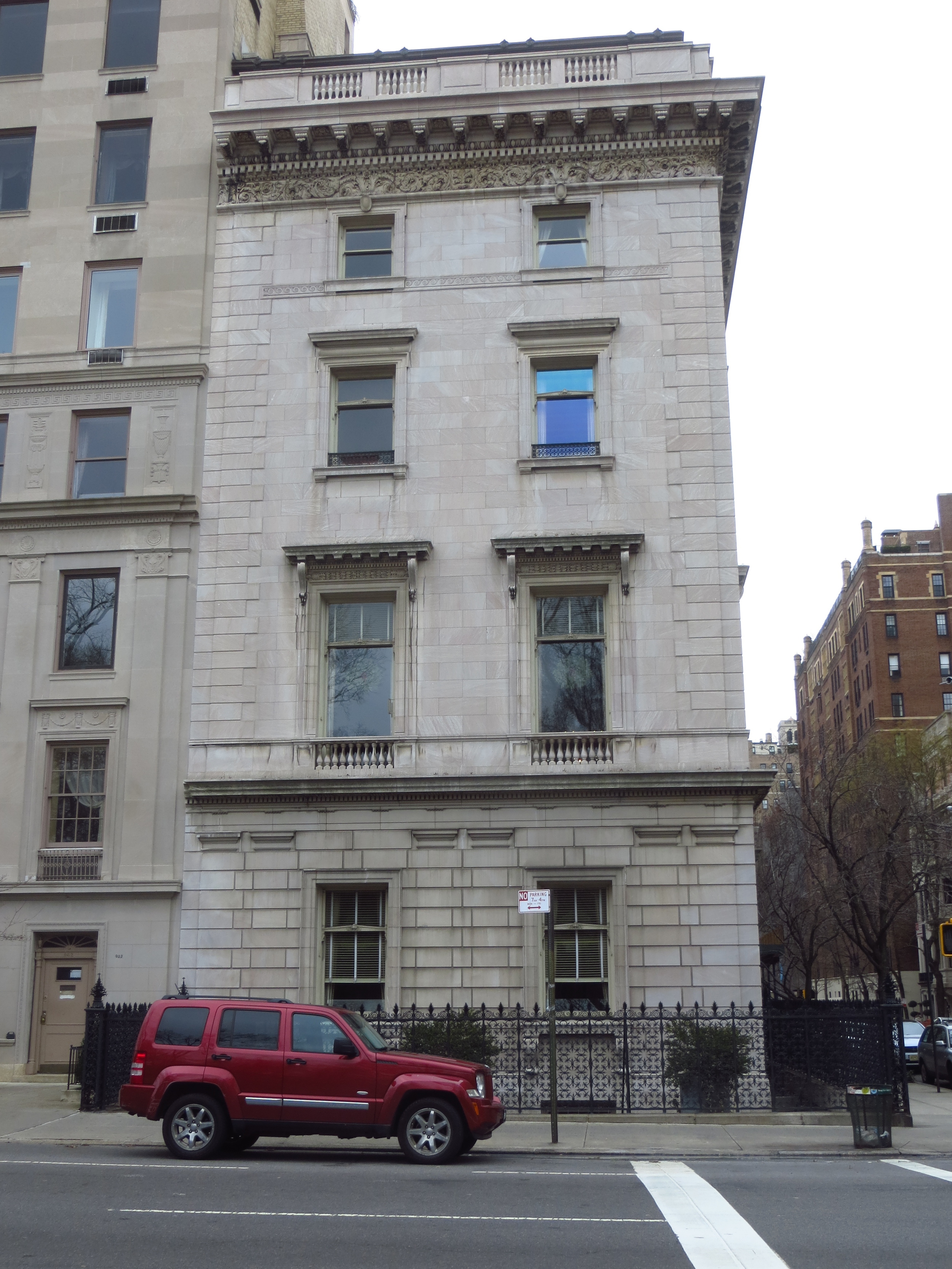
5th Ave. btw 76th St. and 75th St.
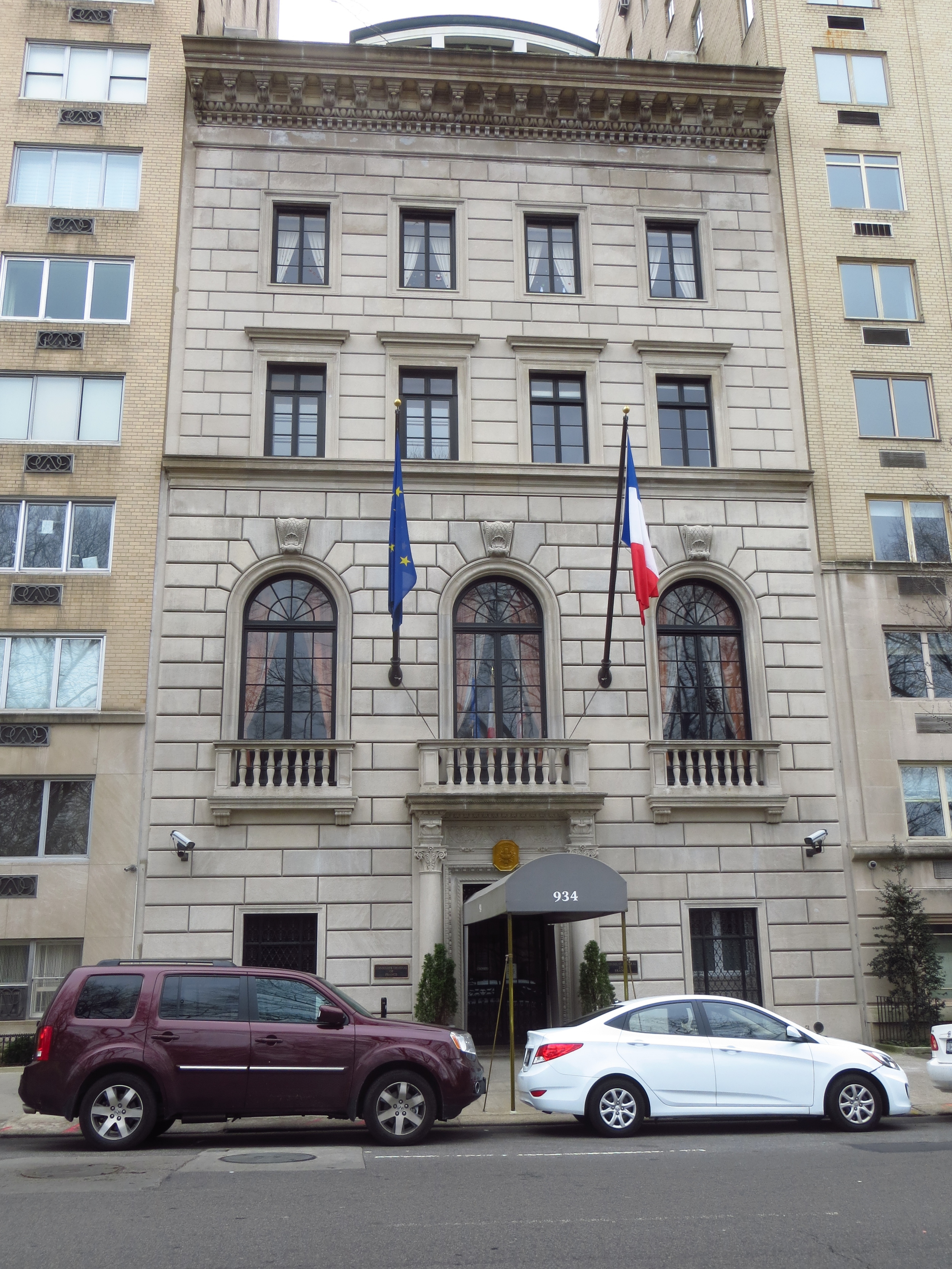
5th Ave. btw 75th St. and 74th St.
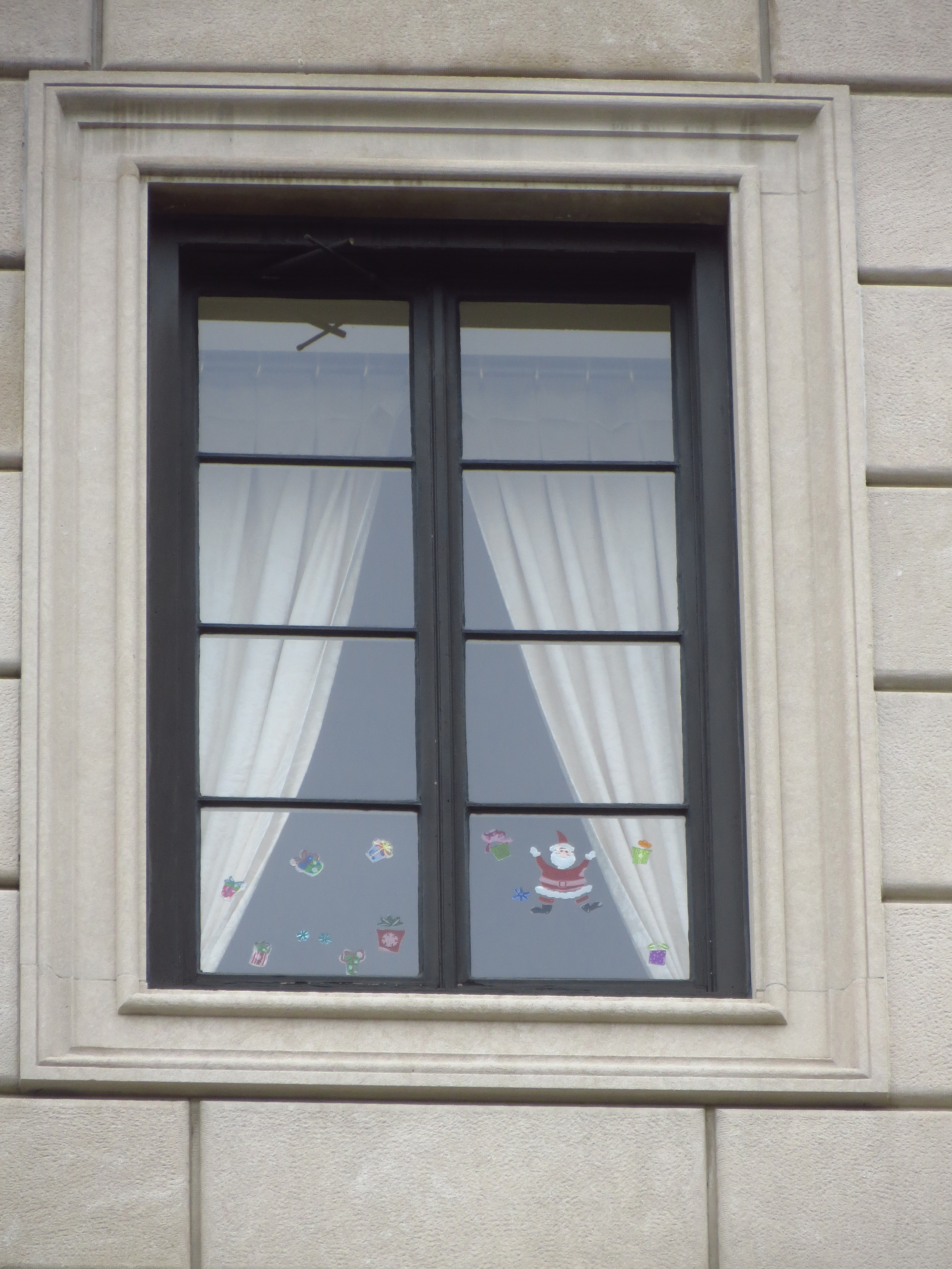
5th Ave. btw 75th St. and 74th St.
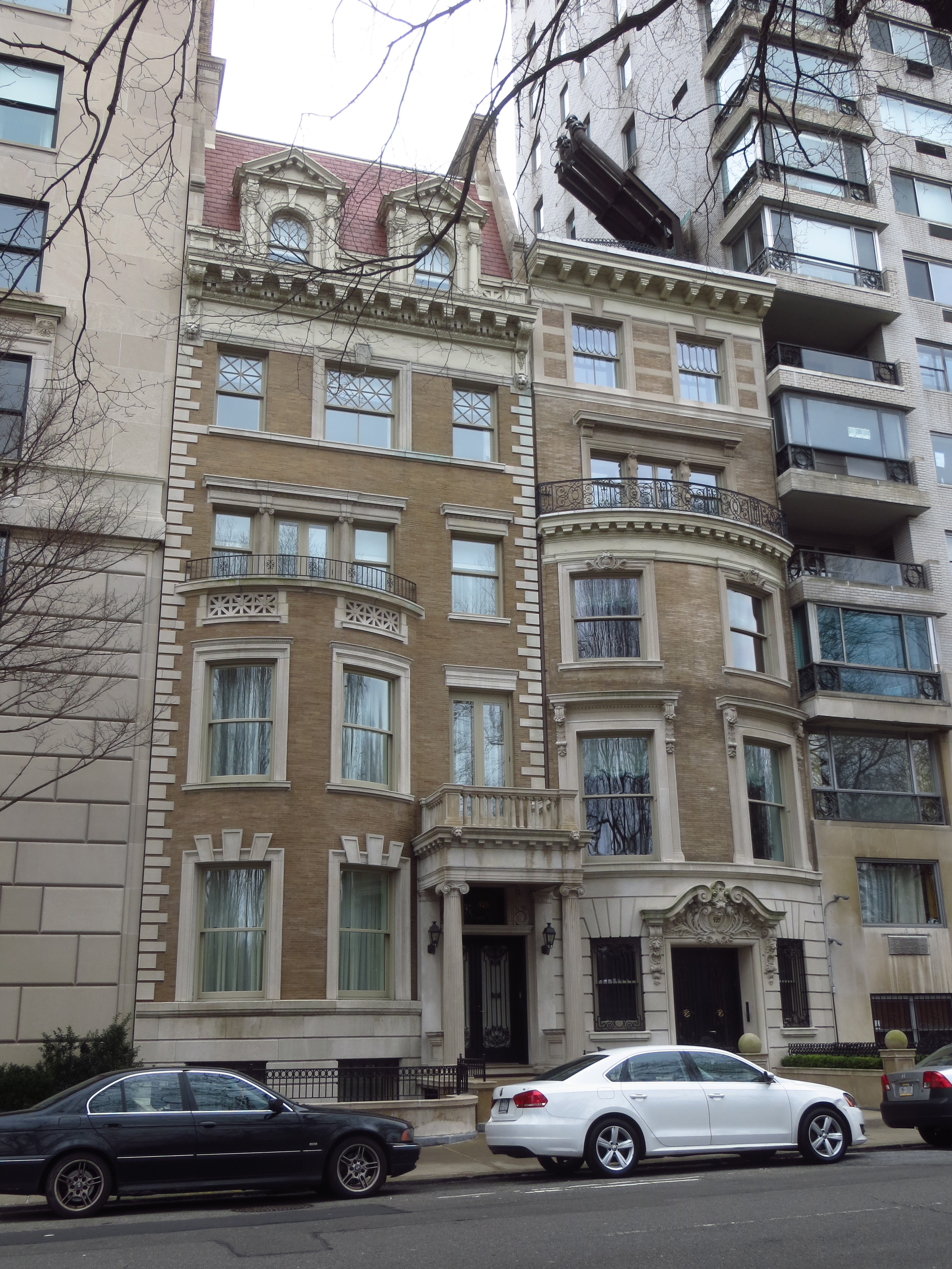
5th Ave. btw 74th St. and 73rd St.
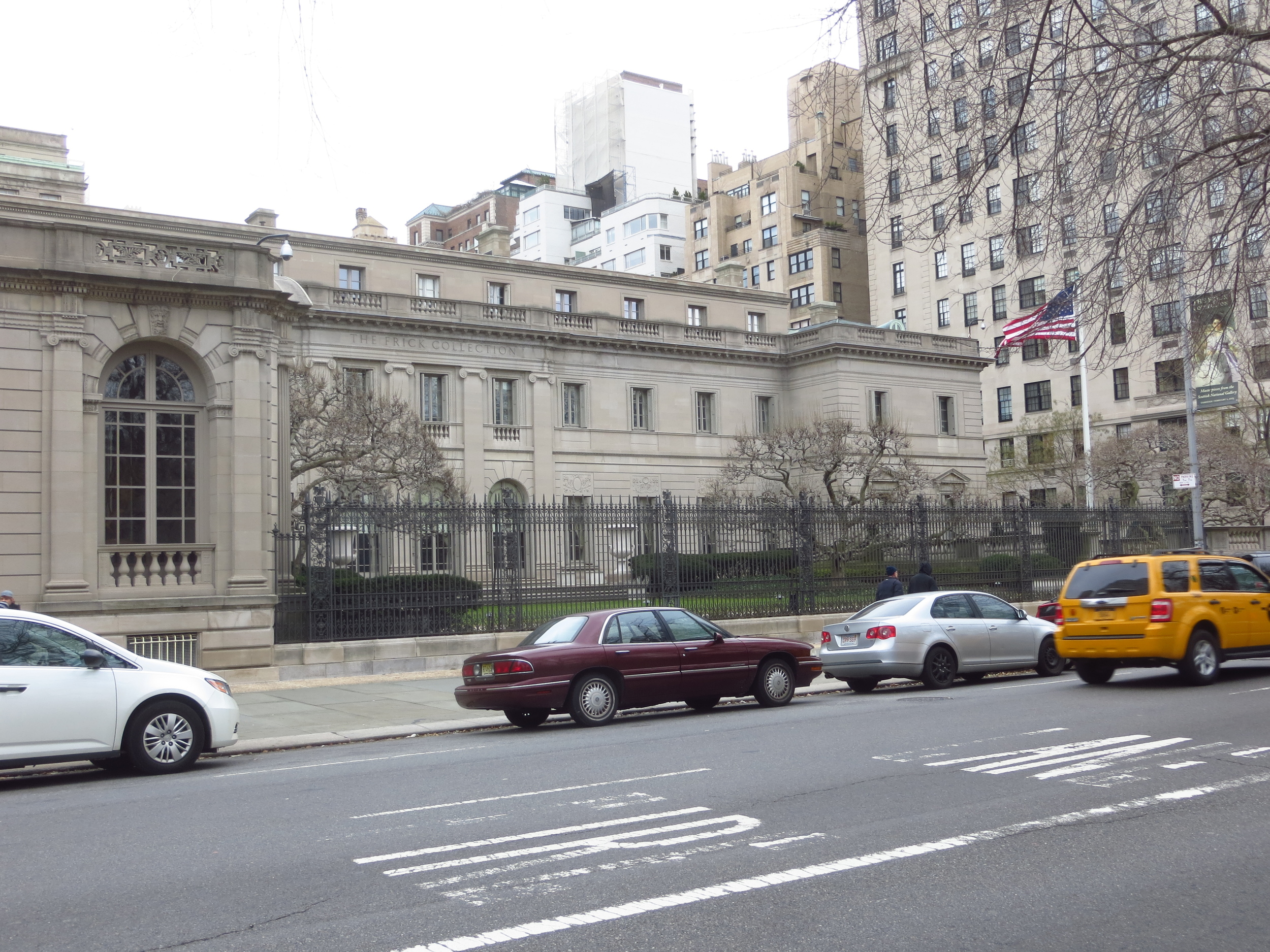
5th Ave. btw 74th St. and 73rd St.

5th Ave. btw 66th St. and 65th St.
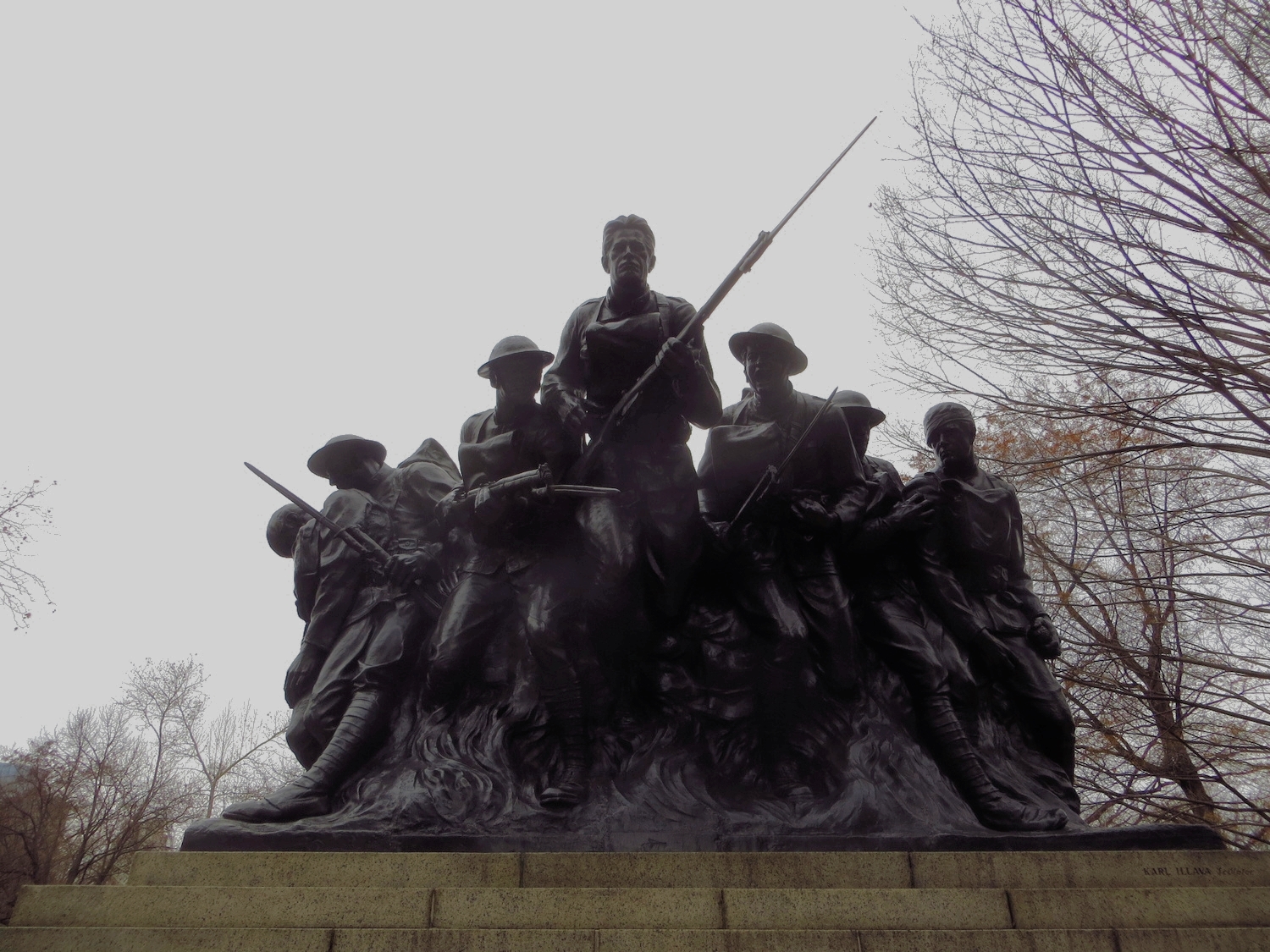
5th Ave. btw 67th St. and 66th St.
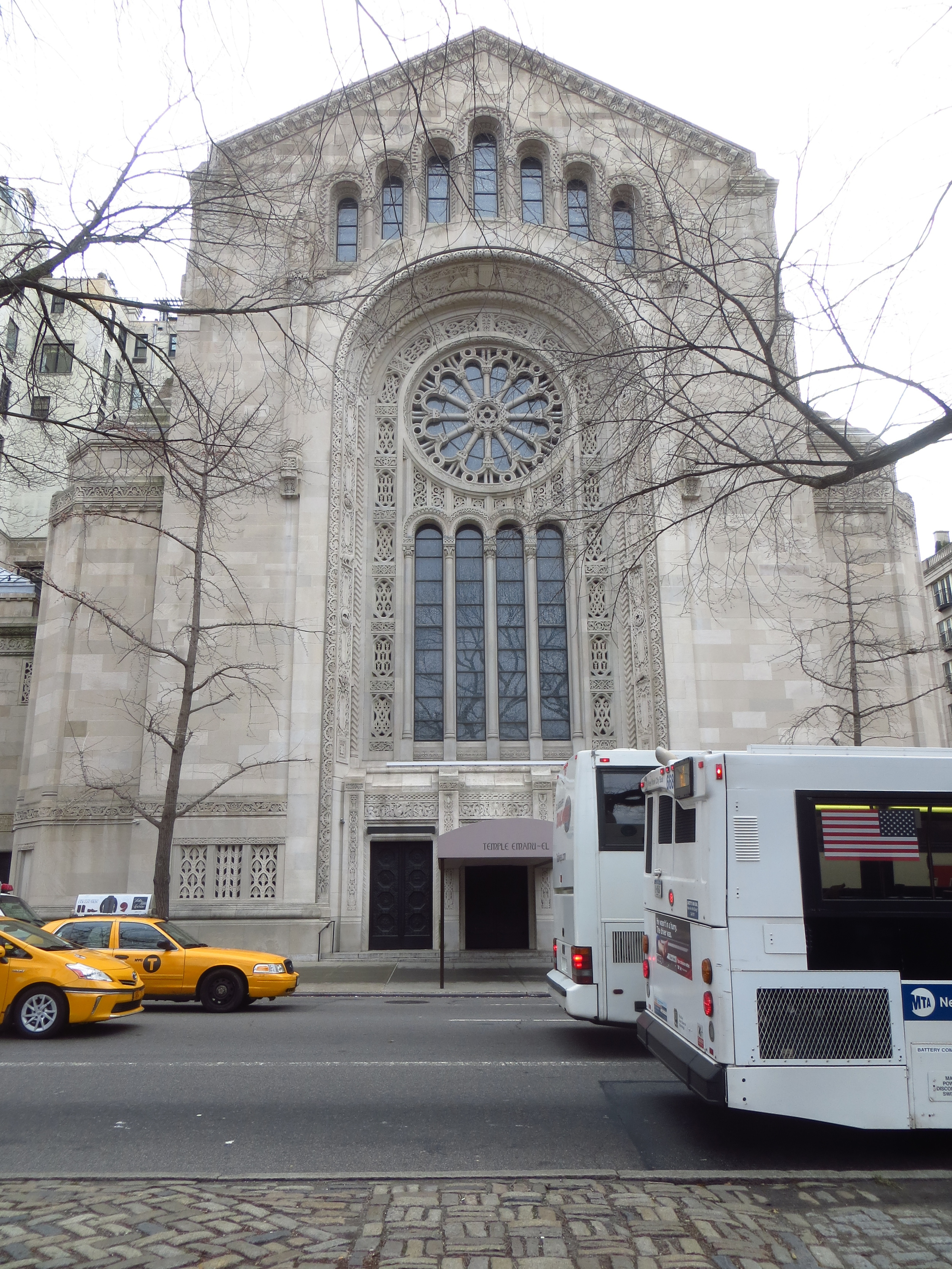
5th Ave. btw 66th St. and 65th St.
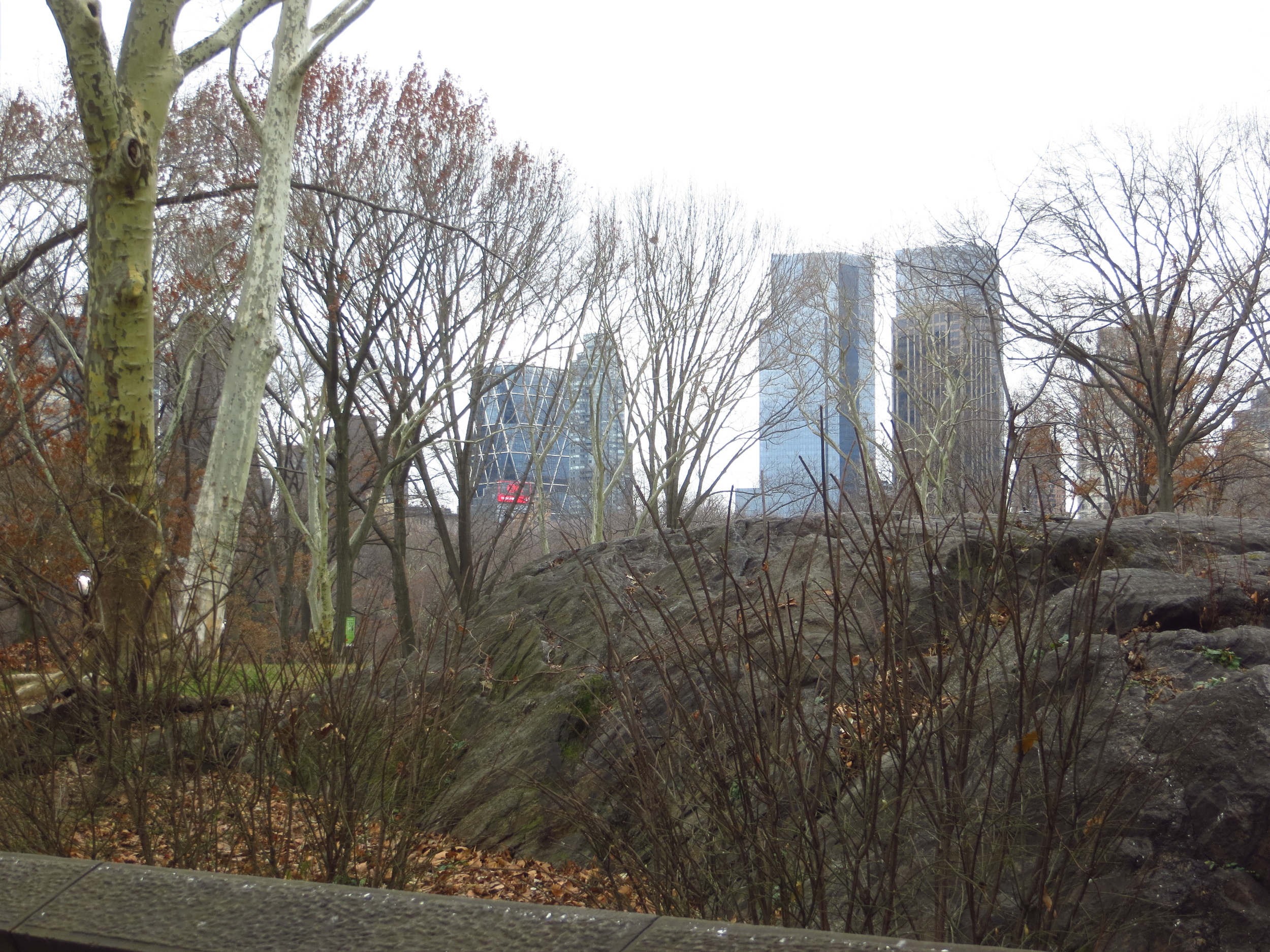
5th Ave. btw 64th St. and 63rd St.

5th Ave. btw 63rd St. and 62nd St.
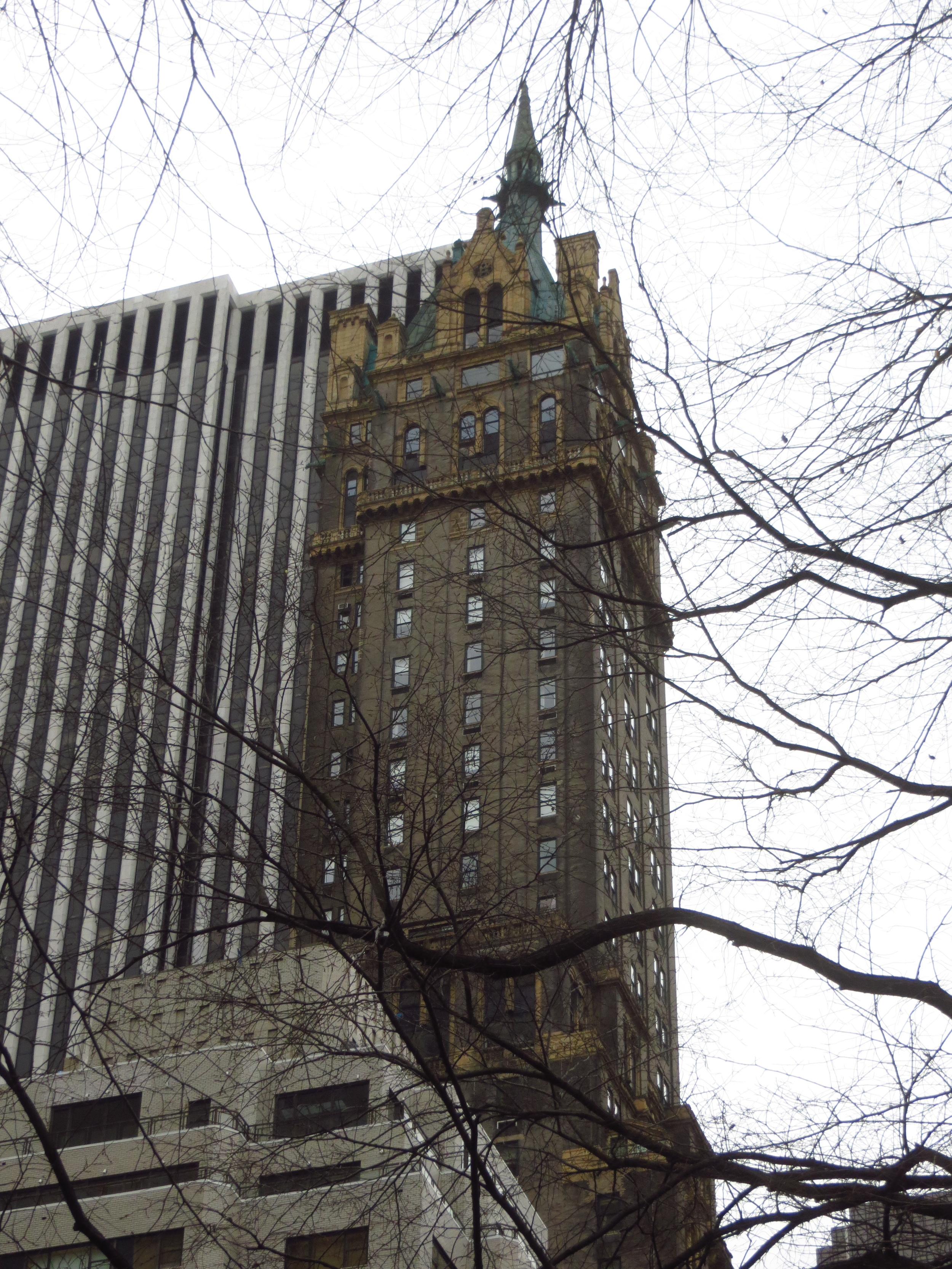
5th Ave. btw 61st St. and 60th St.
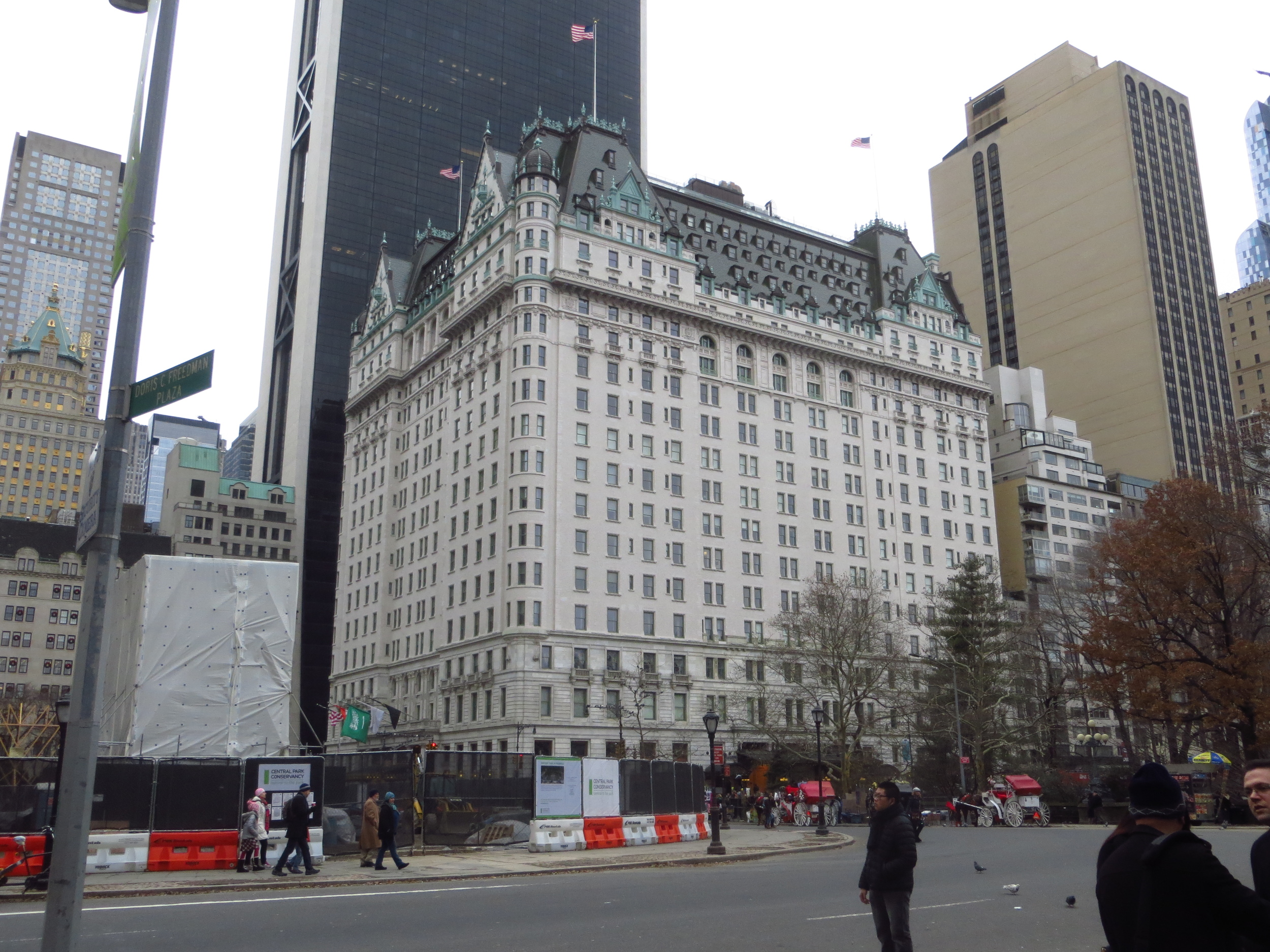
5th Ave. btw 60th St. and 59th St.
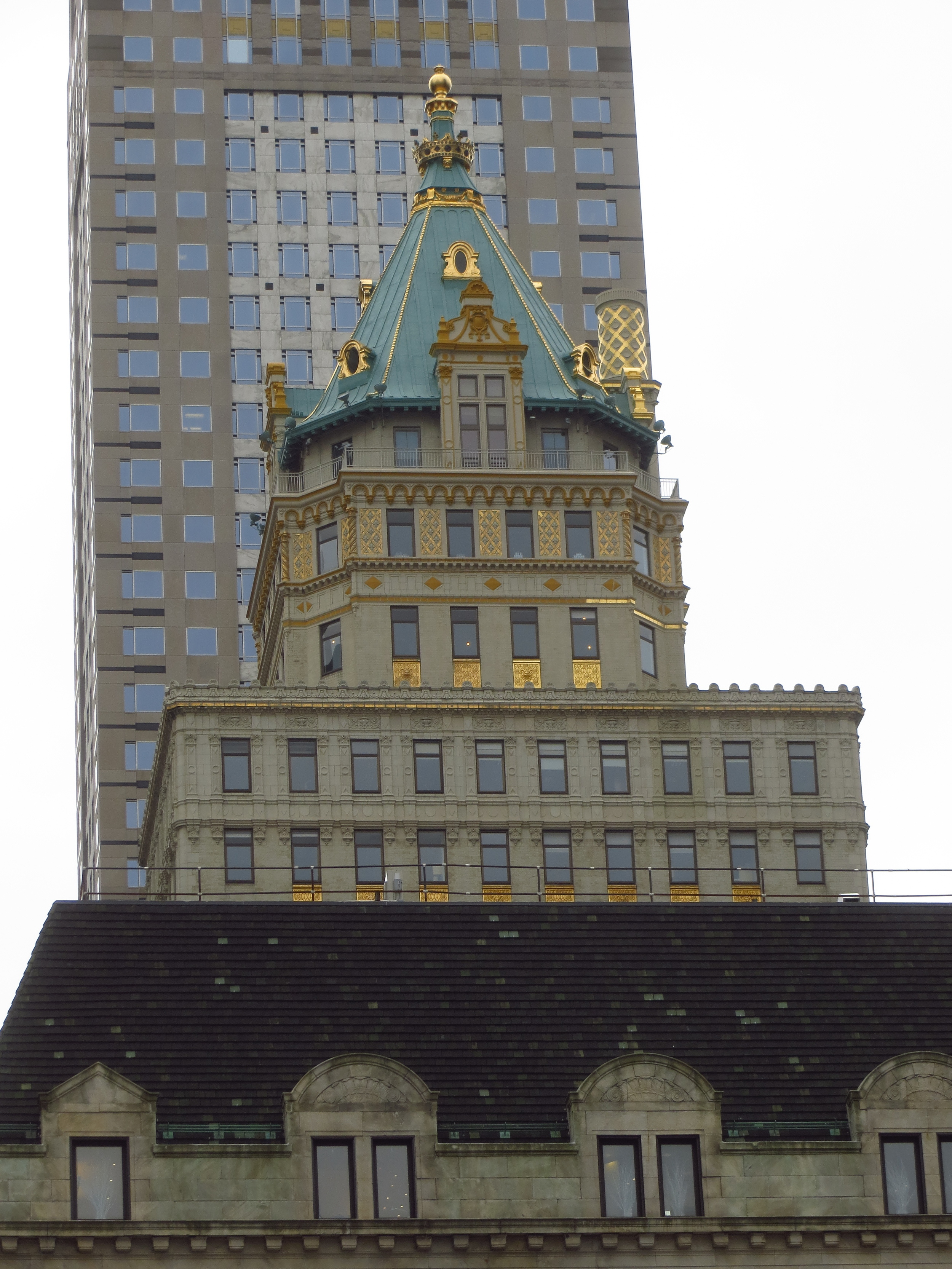
5th Ave. btw 60th St. and 59th St.

5th Ave. btw 60th St. and 59th St.
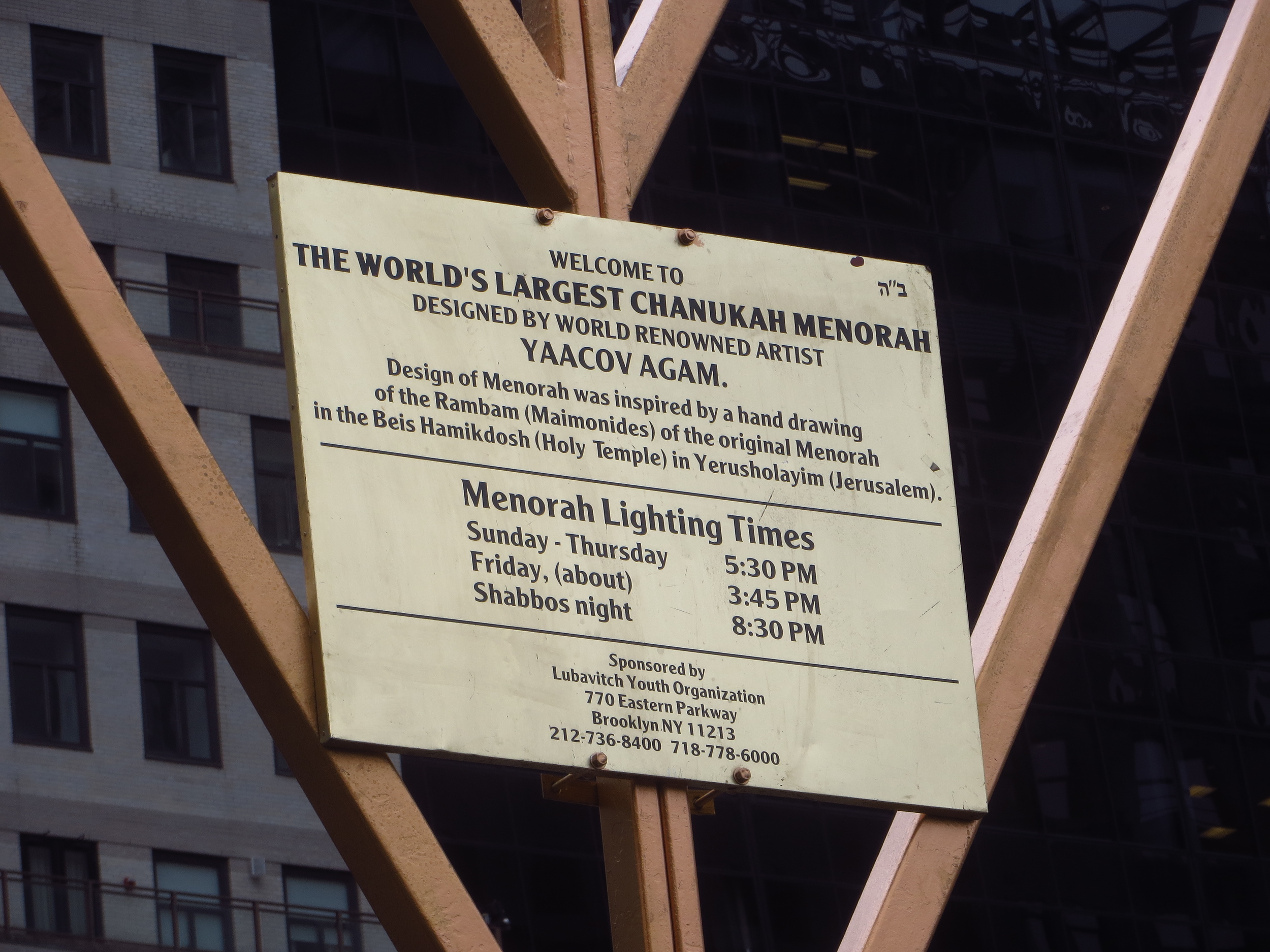
5th Ave. btw 60th St. and 59th St.
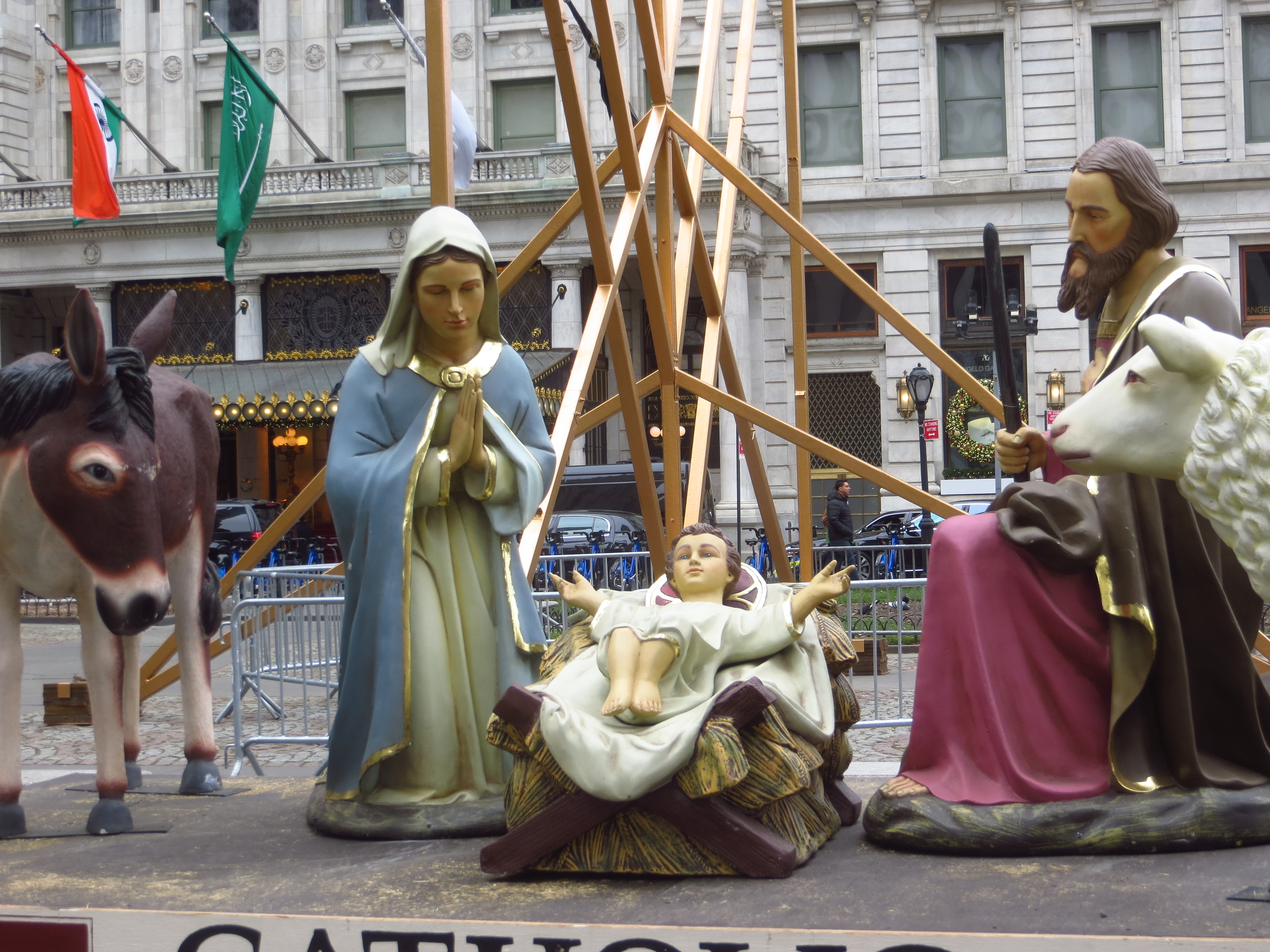
5th Ave. btw 60th St. and 59th St.

5th Ave. btw 60th St. and 59th St.
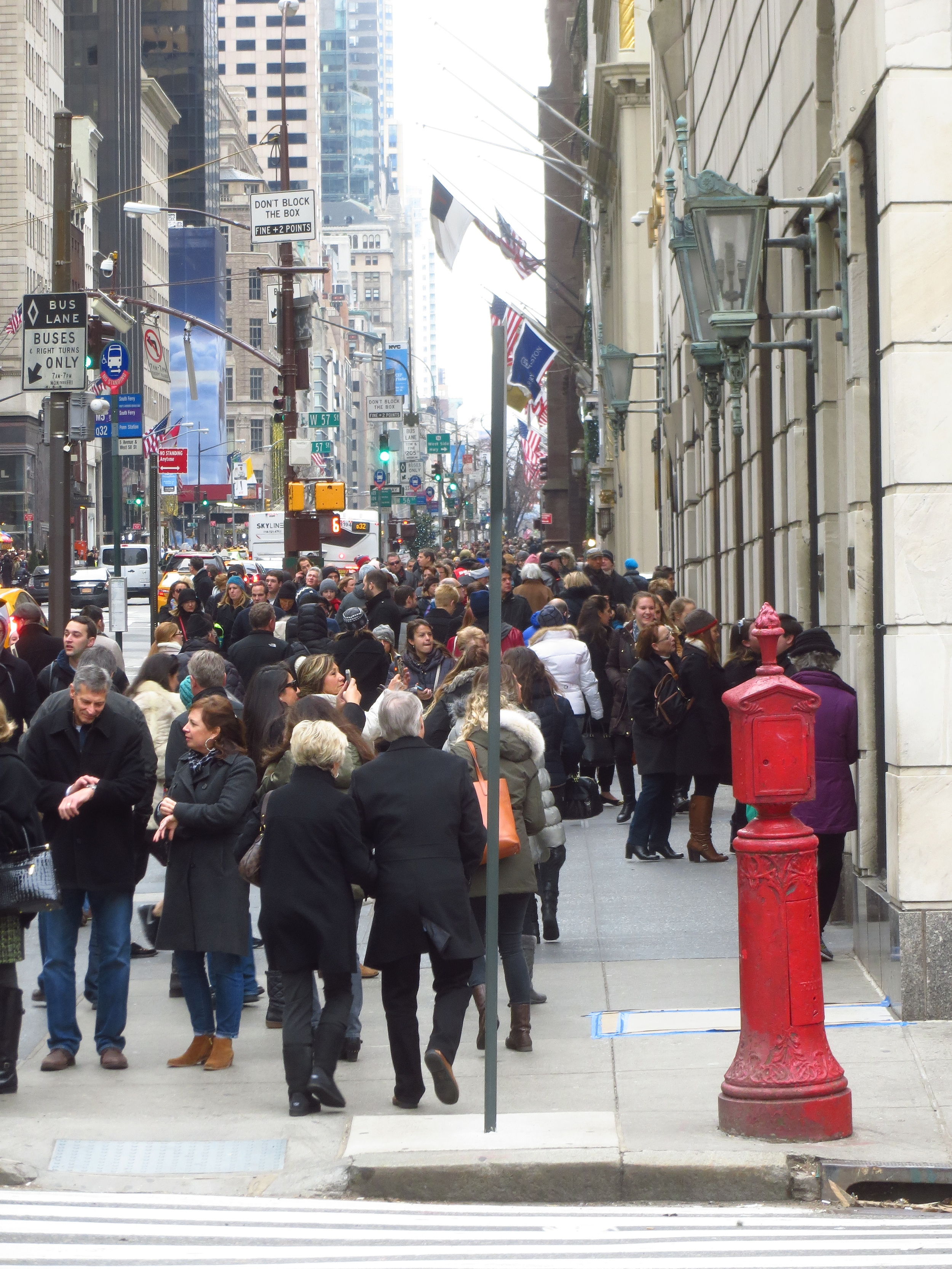
5th Ave. btw 60th St. and 59th St.
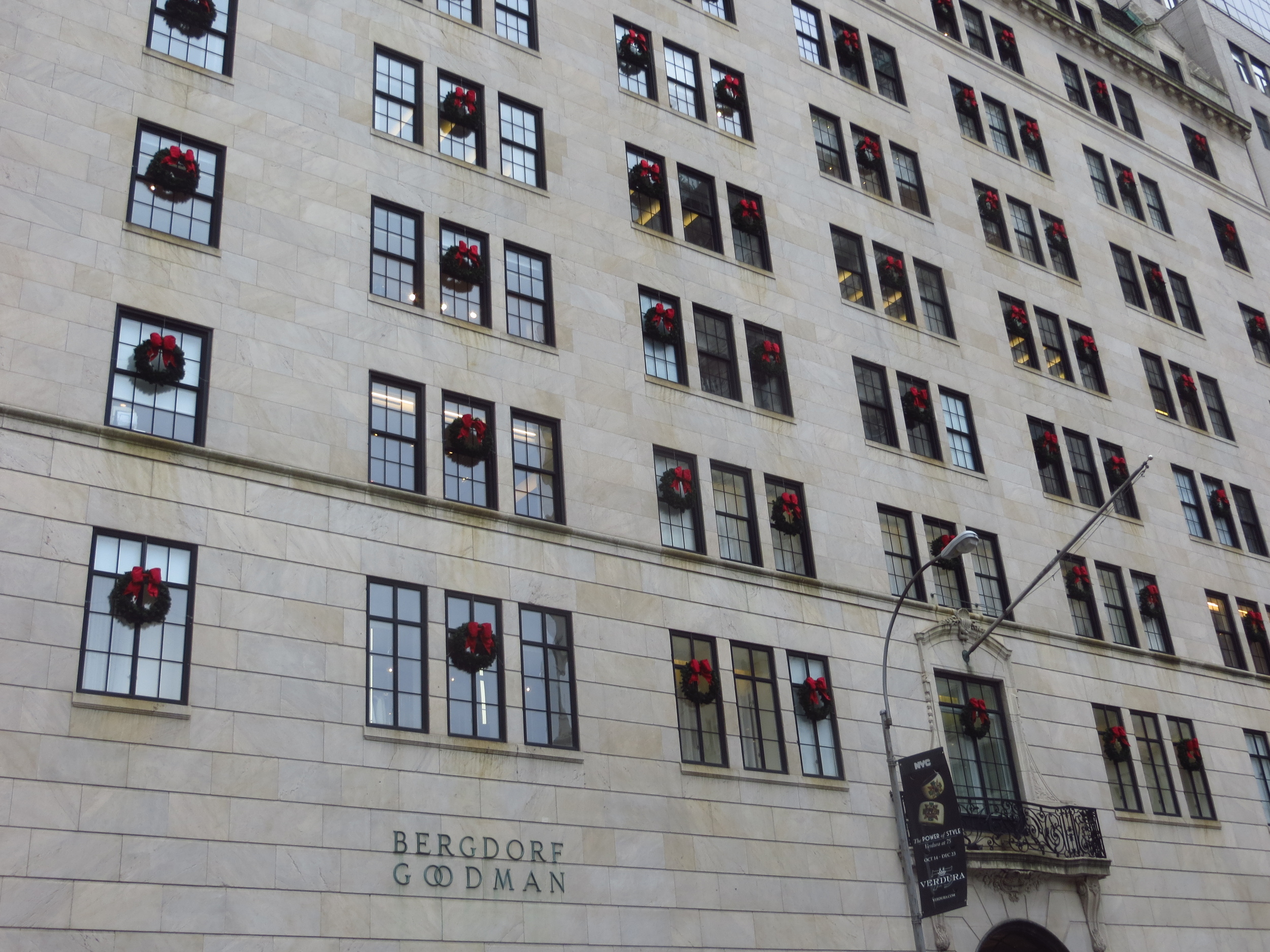
5th Ave. btw 60th St. and 59th St.
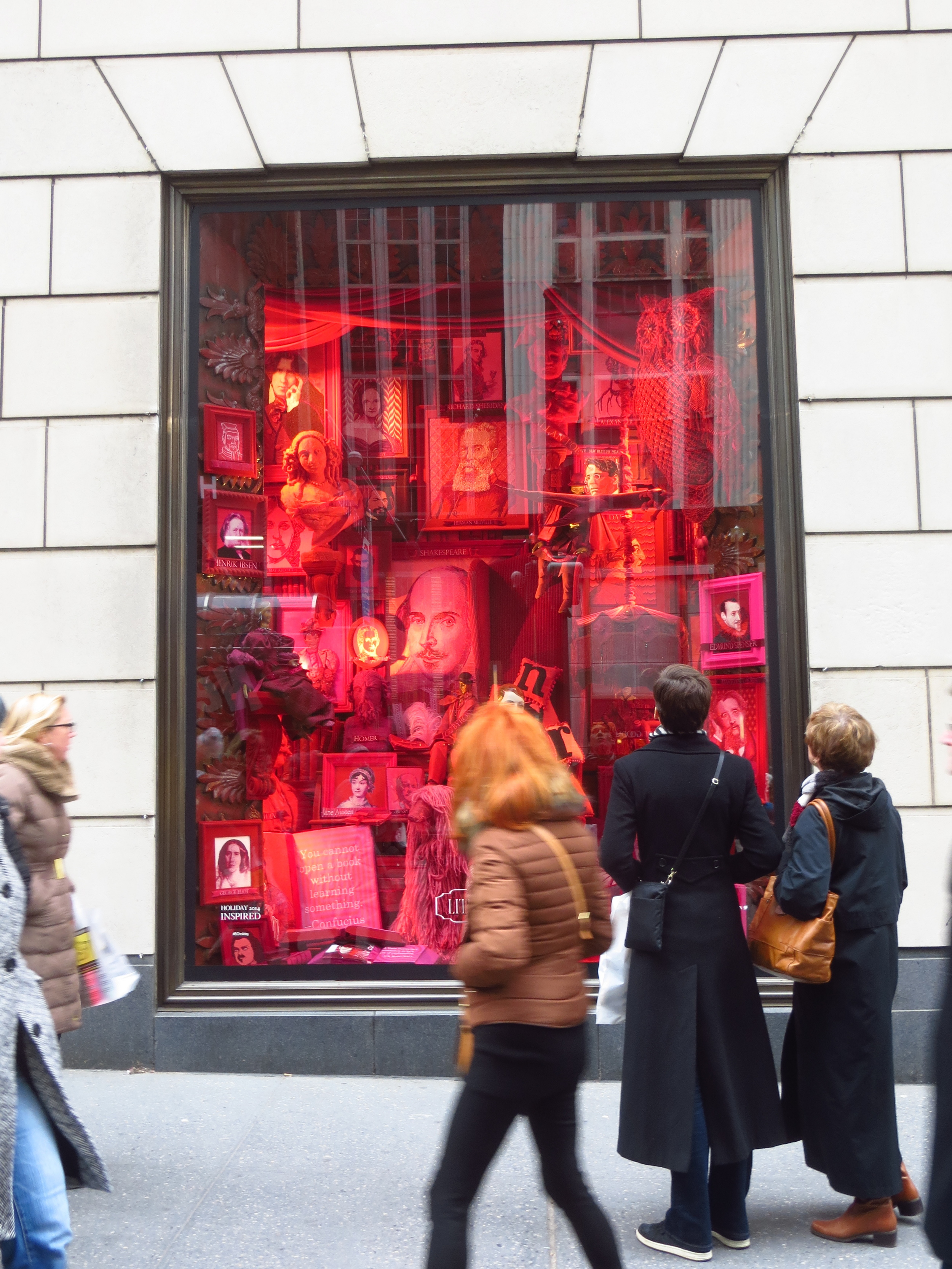
5th Ave. btw 59th St. and 58th St.

5th Ave. btw 59th St. and 58th St.
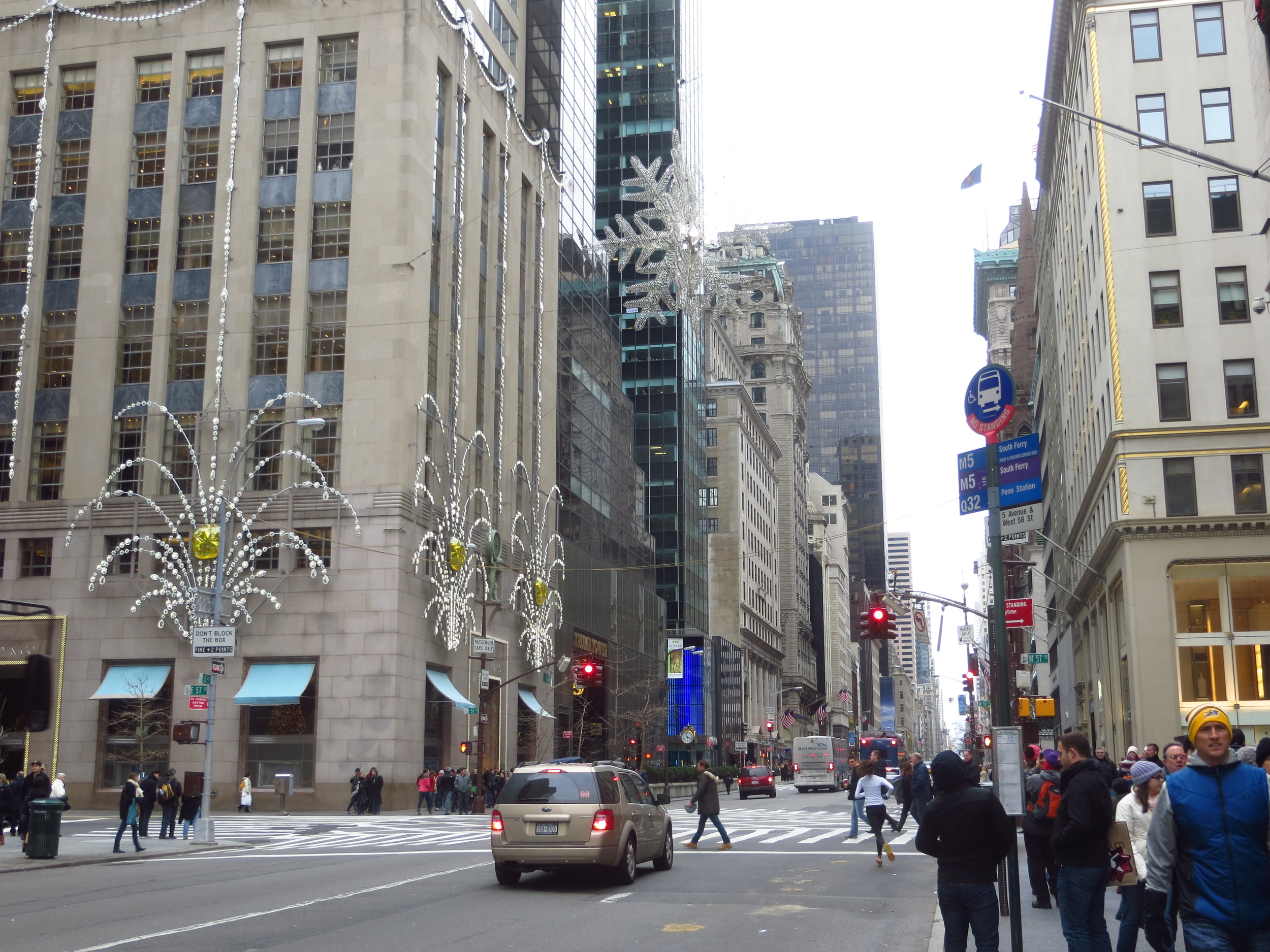
5th Ave. btw 58th St. and 57th St.
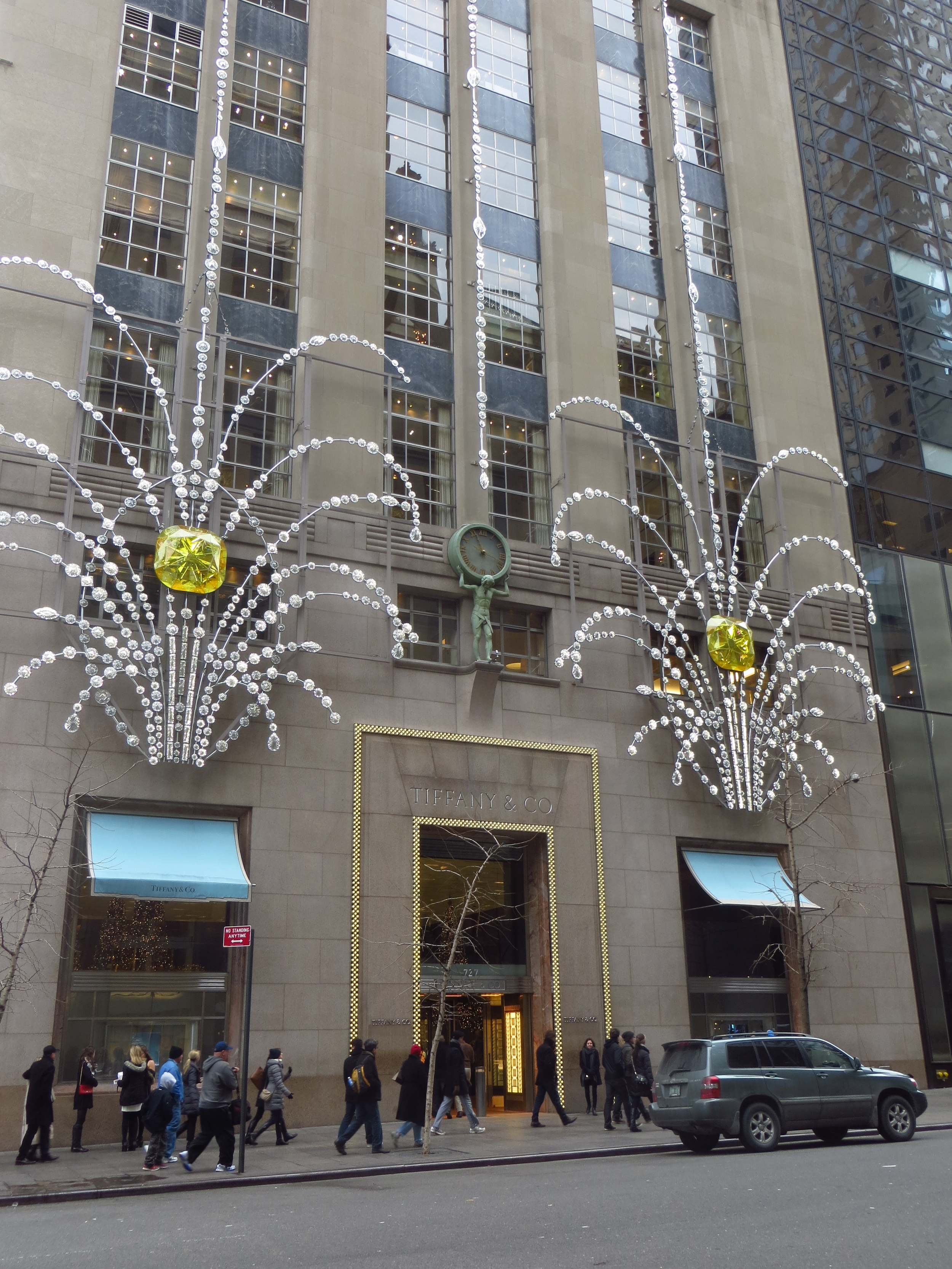
5th Ave. btw 57th St. and 56th St.

5th Ave. btw 56th St. and 55th St.
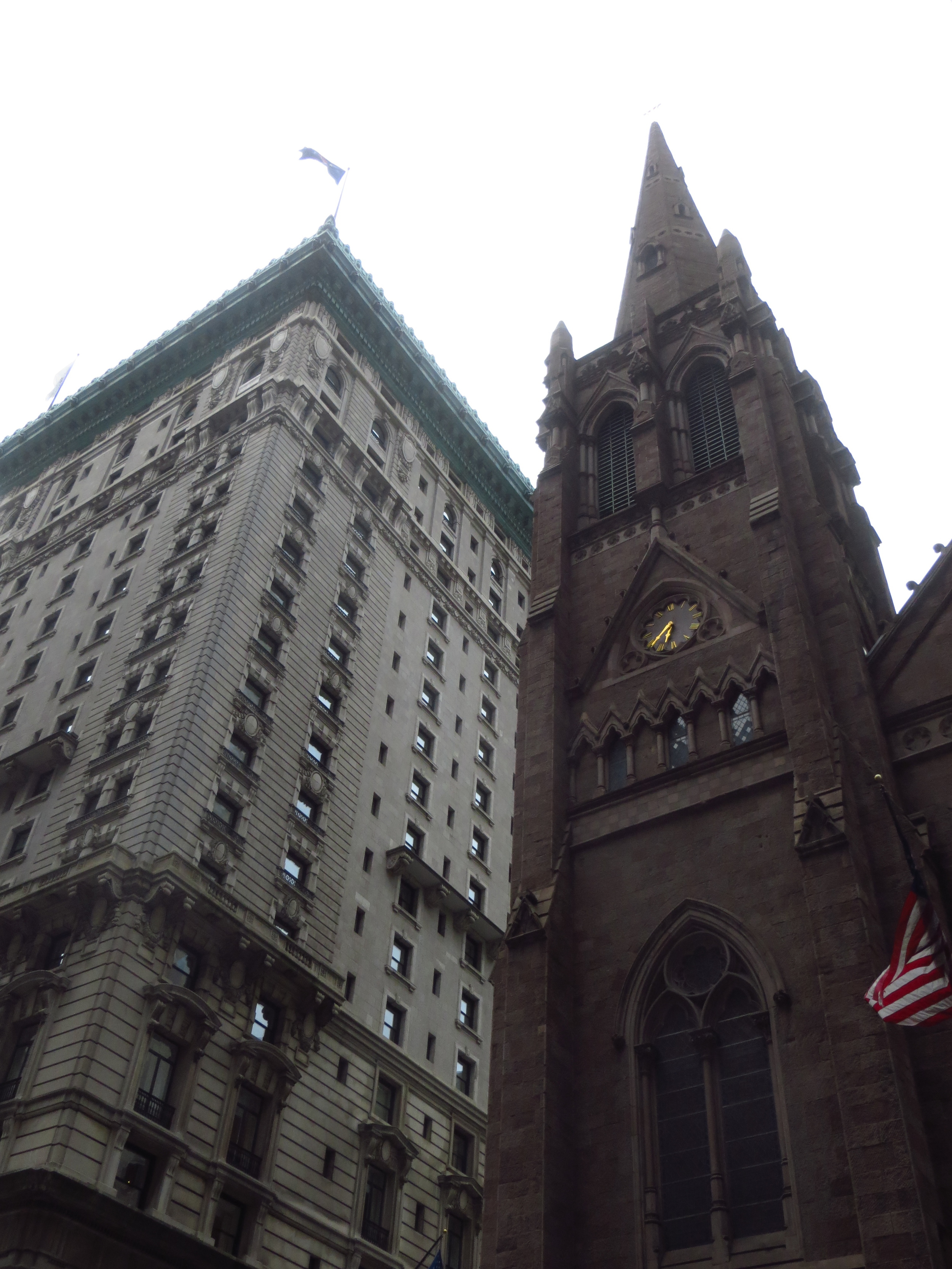
5th Ave. btw 56th St. and 55th St.
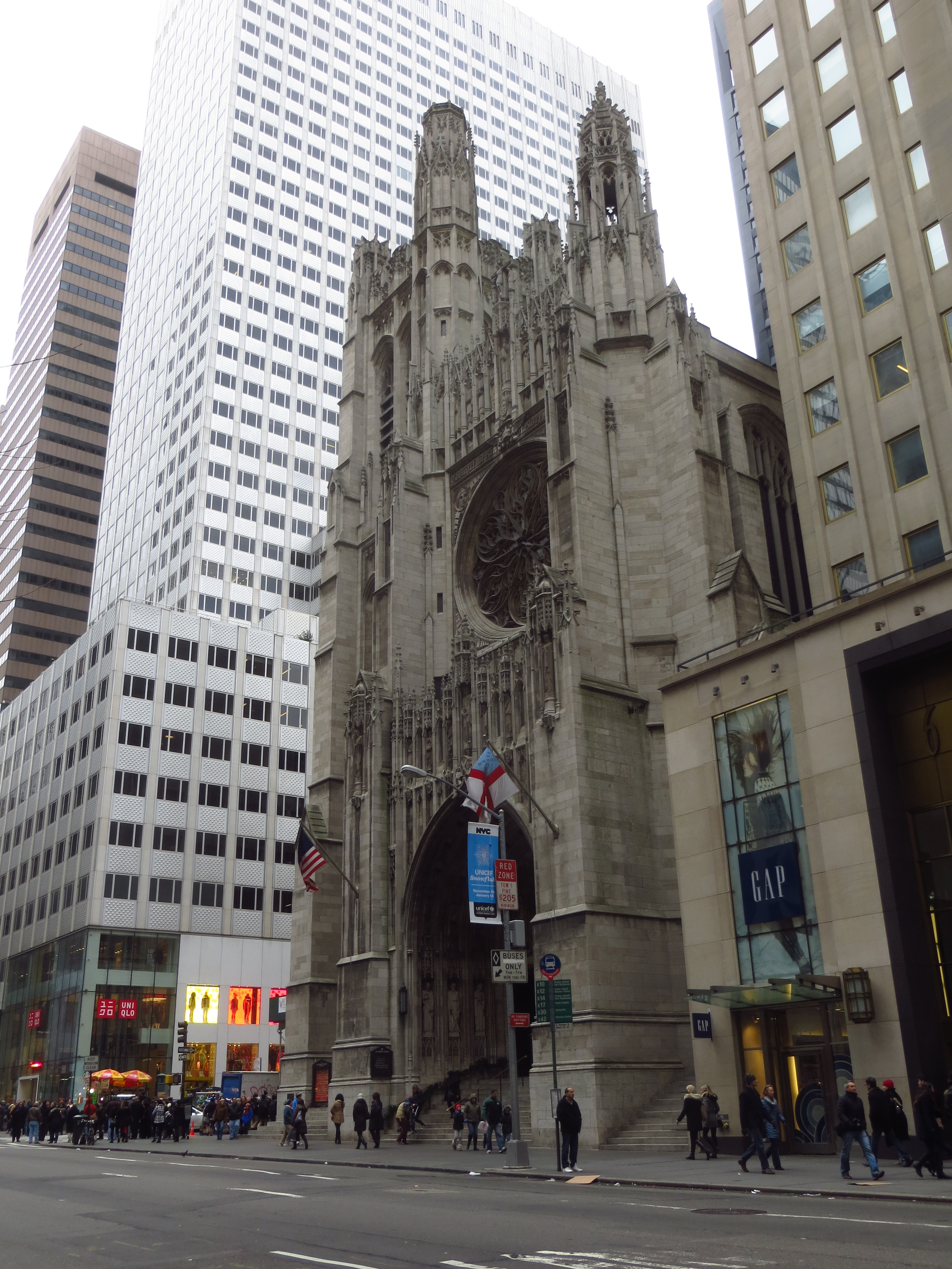
5th Ave. btw 54th St. and 53rd St.
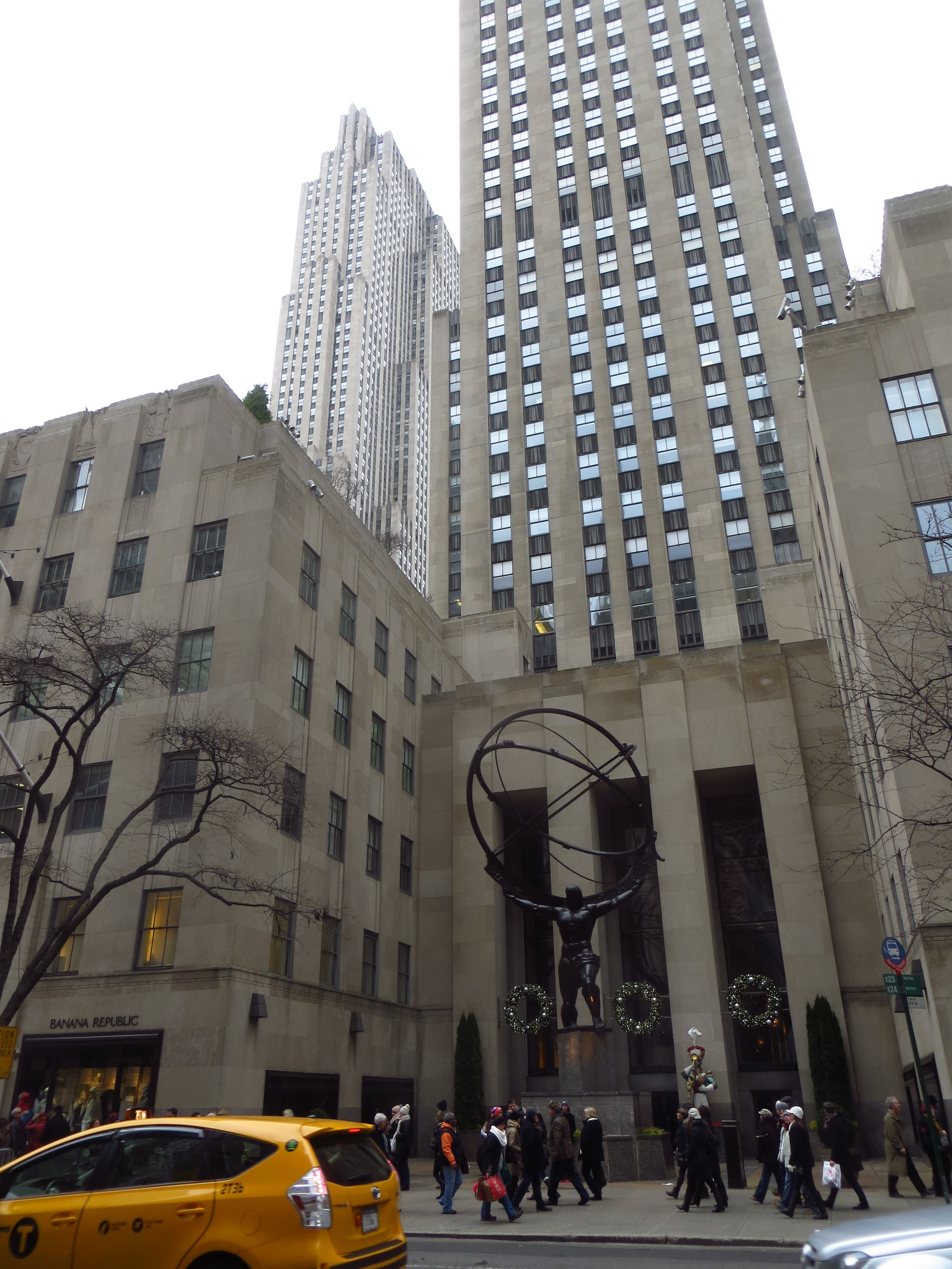
5th Ave. btw 51st St. and 50th St.
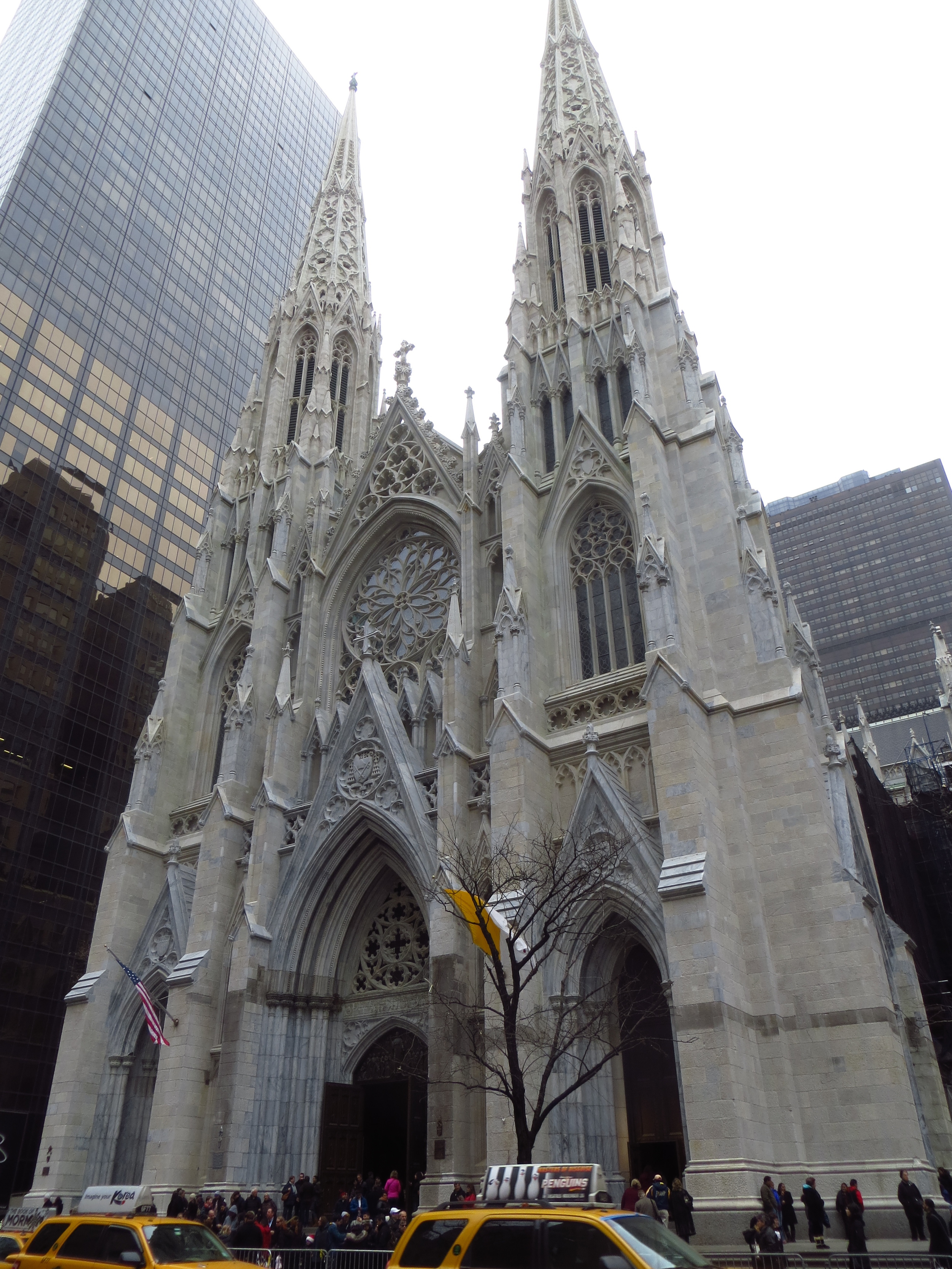
5th Ave. btw 51st St. and 50th St.

5th Ave. btw 51st St. and 50th St.

5th Ave. btw 50th St. and 49th St.
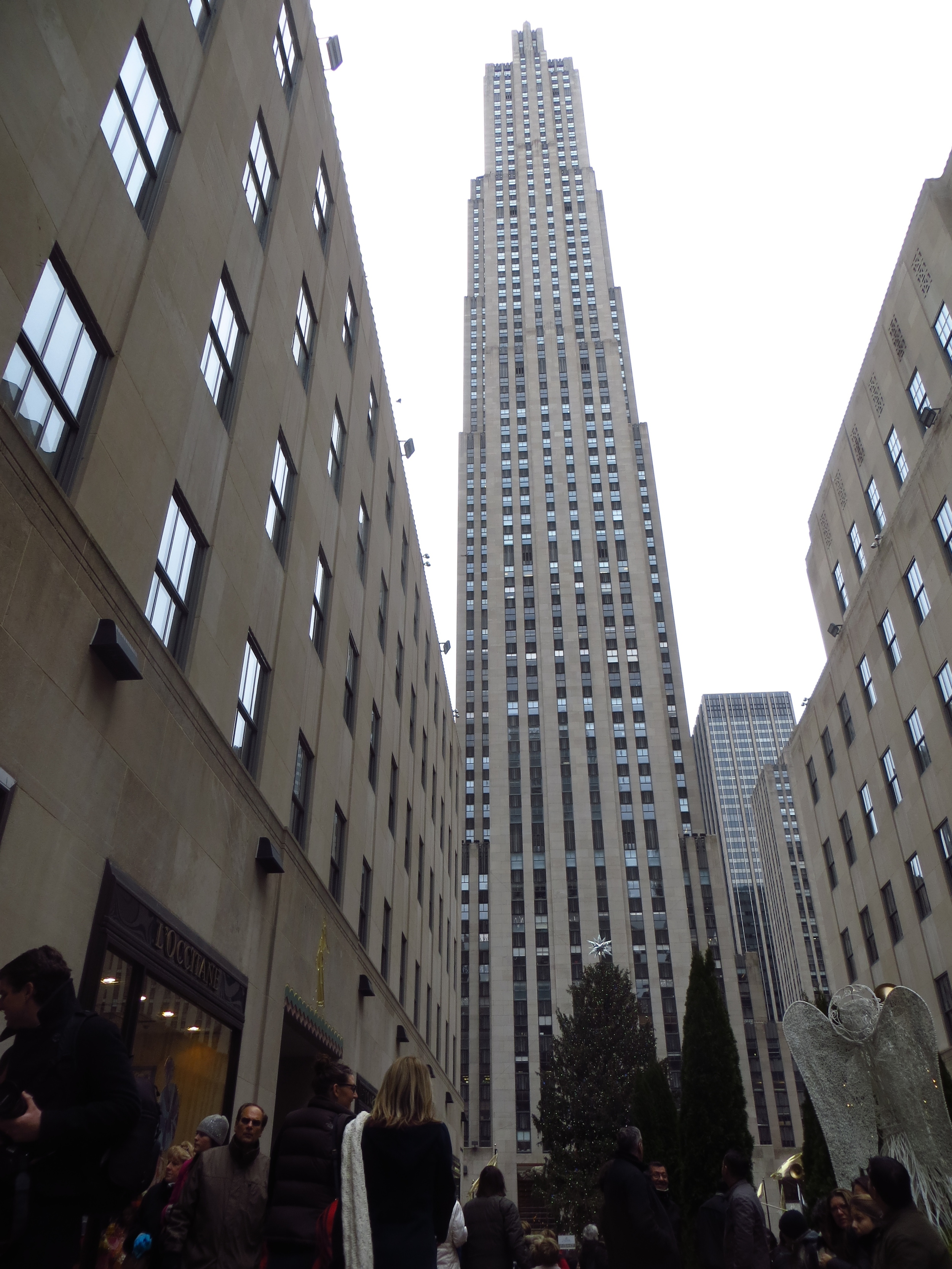
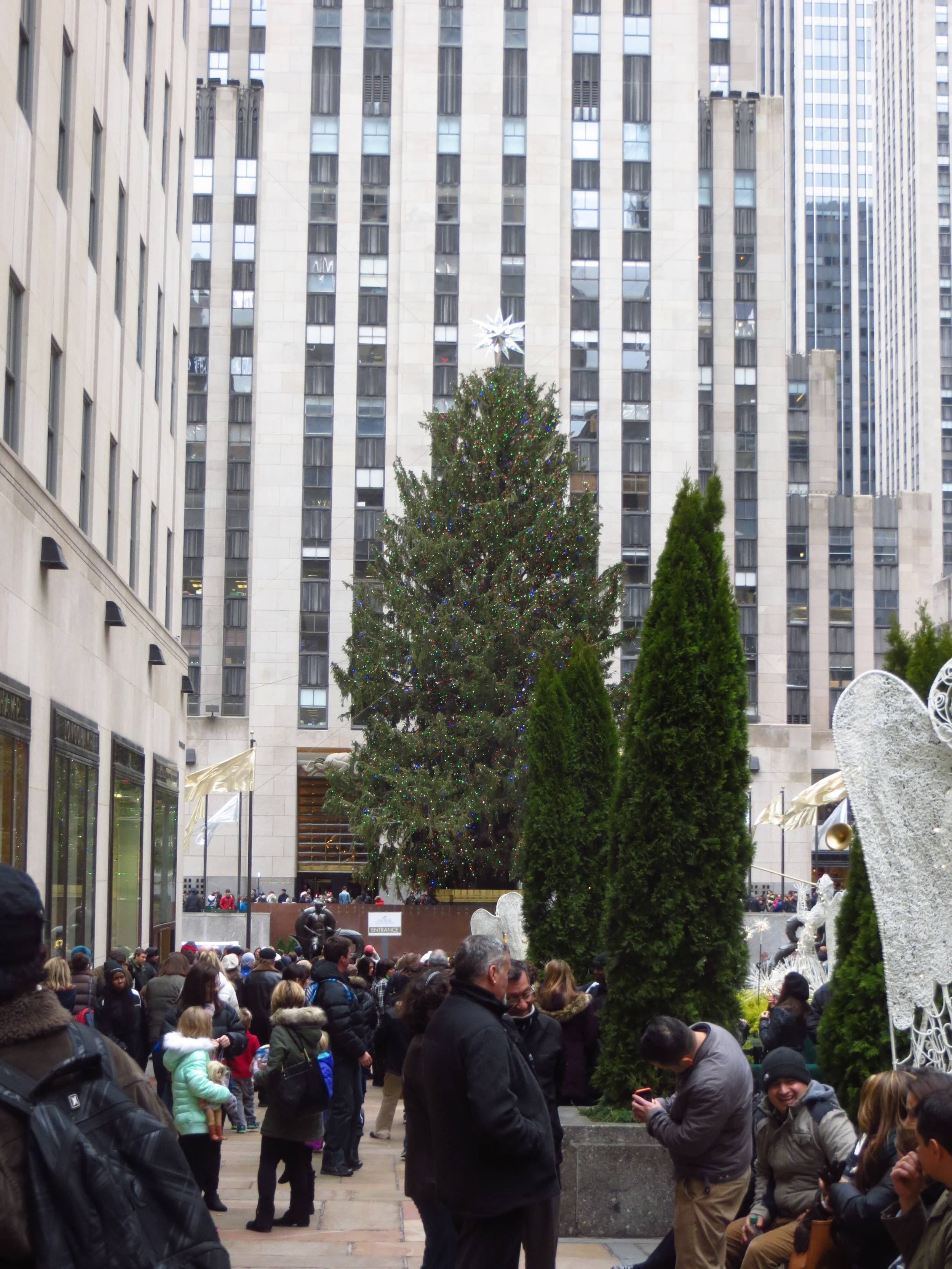
5th Ave. btw 50th St. and 49th St.
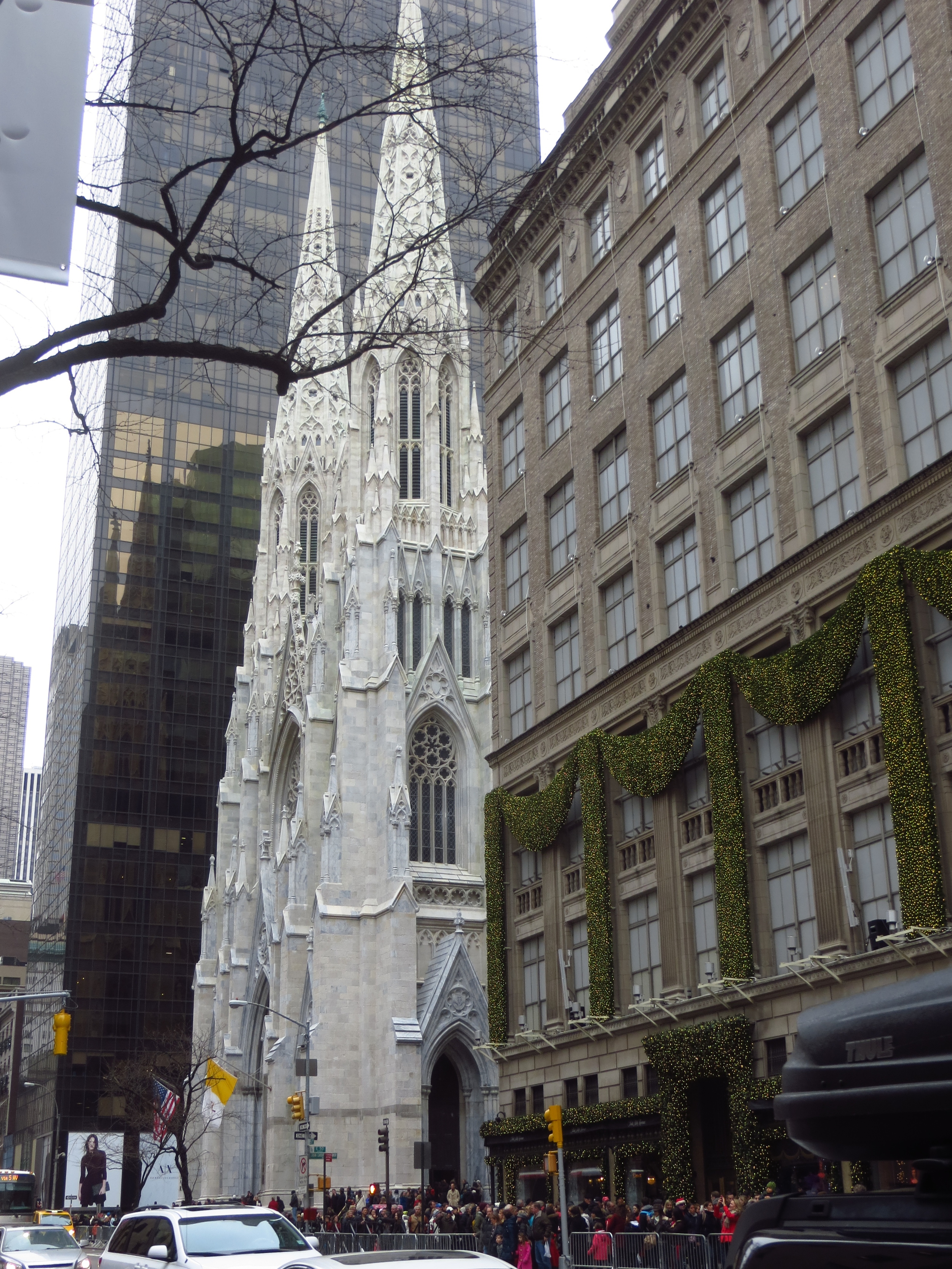
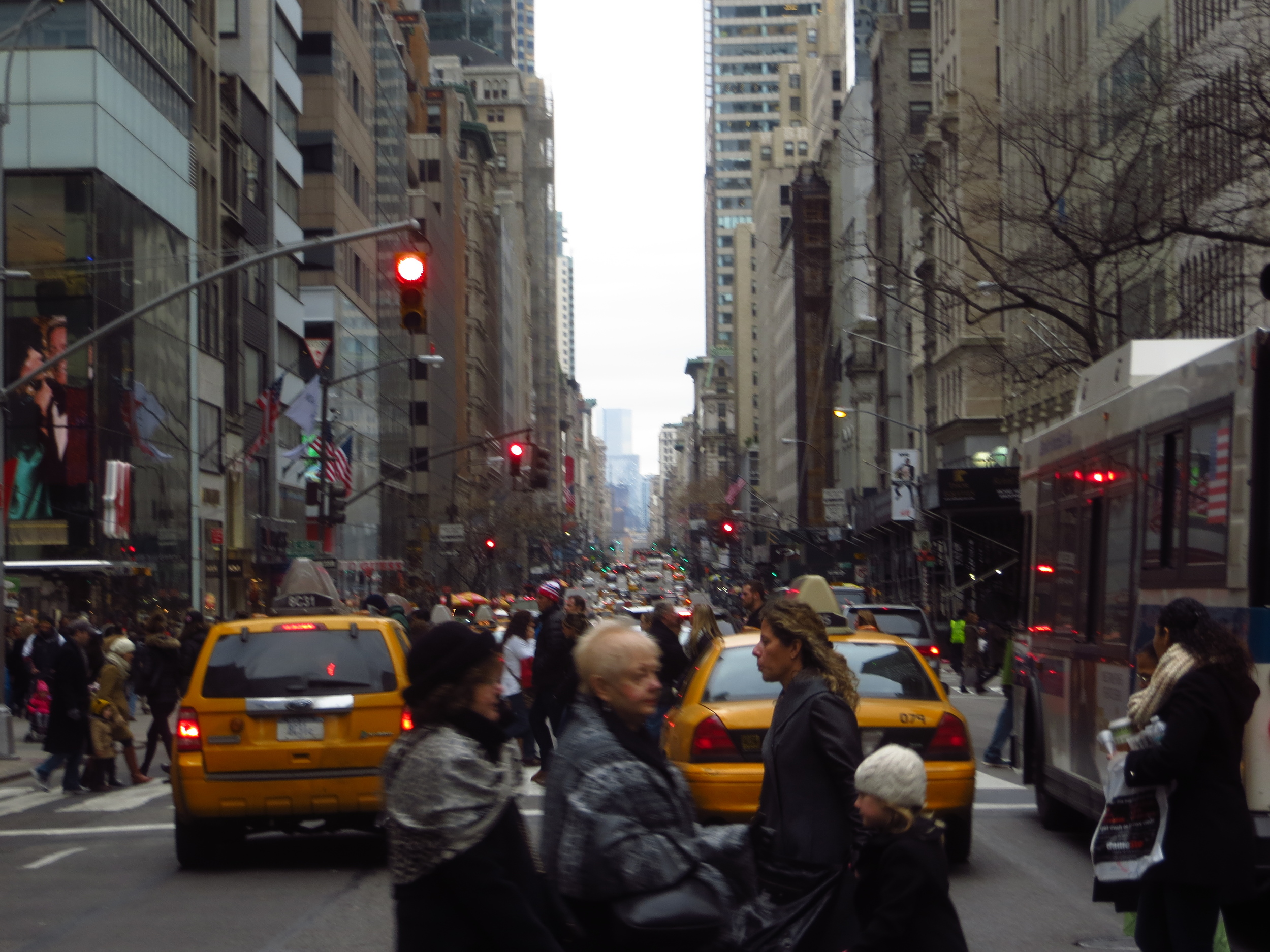
5th Ave. btw 50th St. and 49th St.
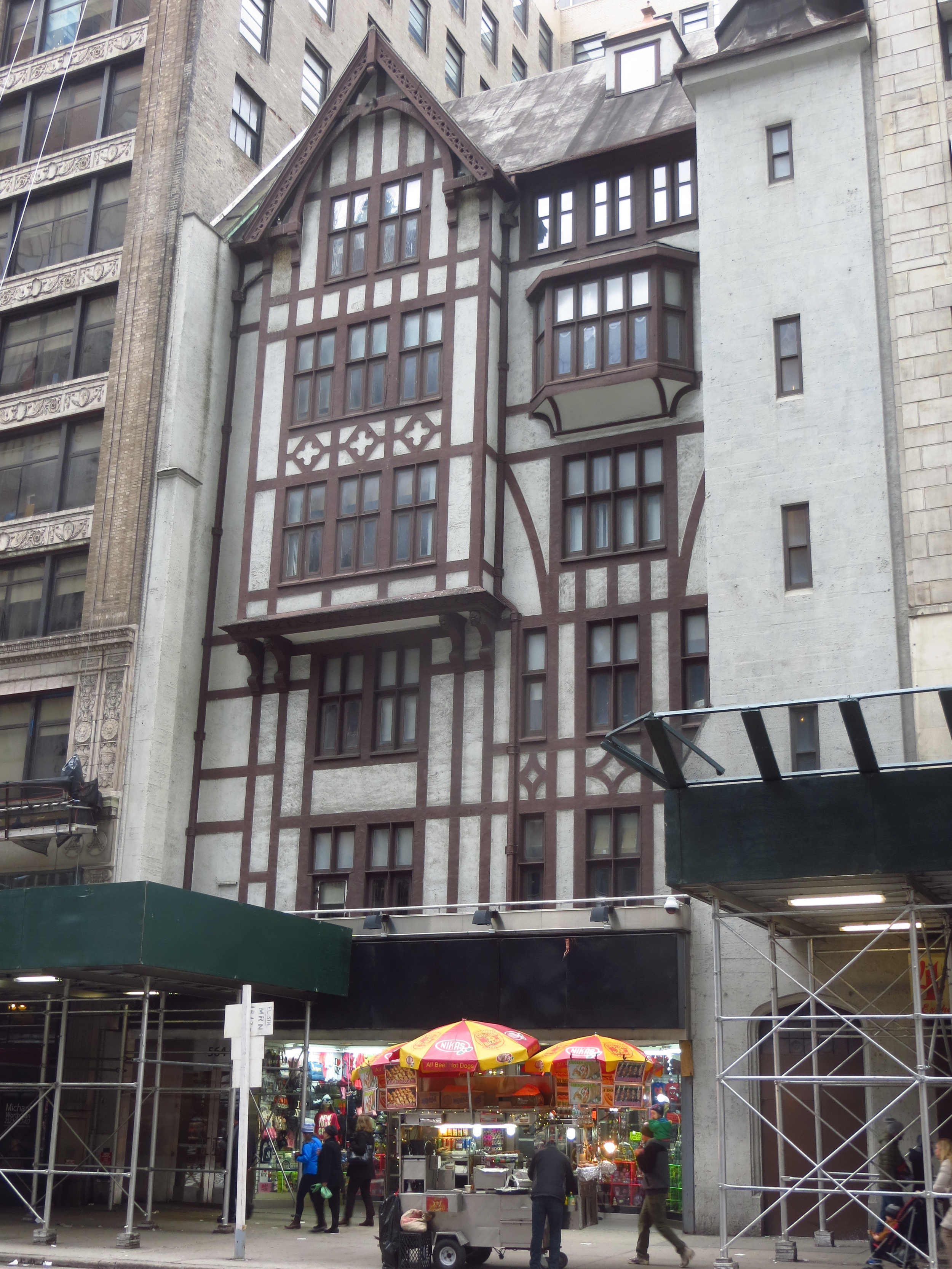
5th Ave. btw 46th St. and 45th St.
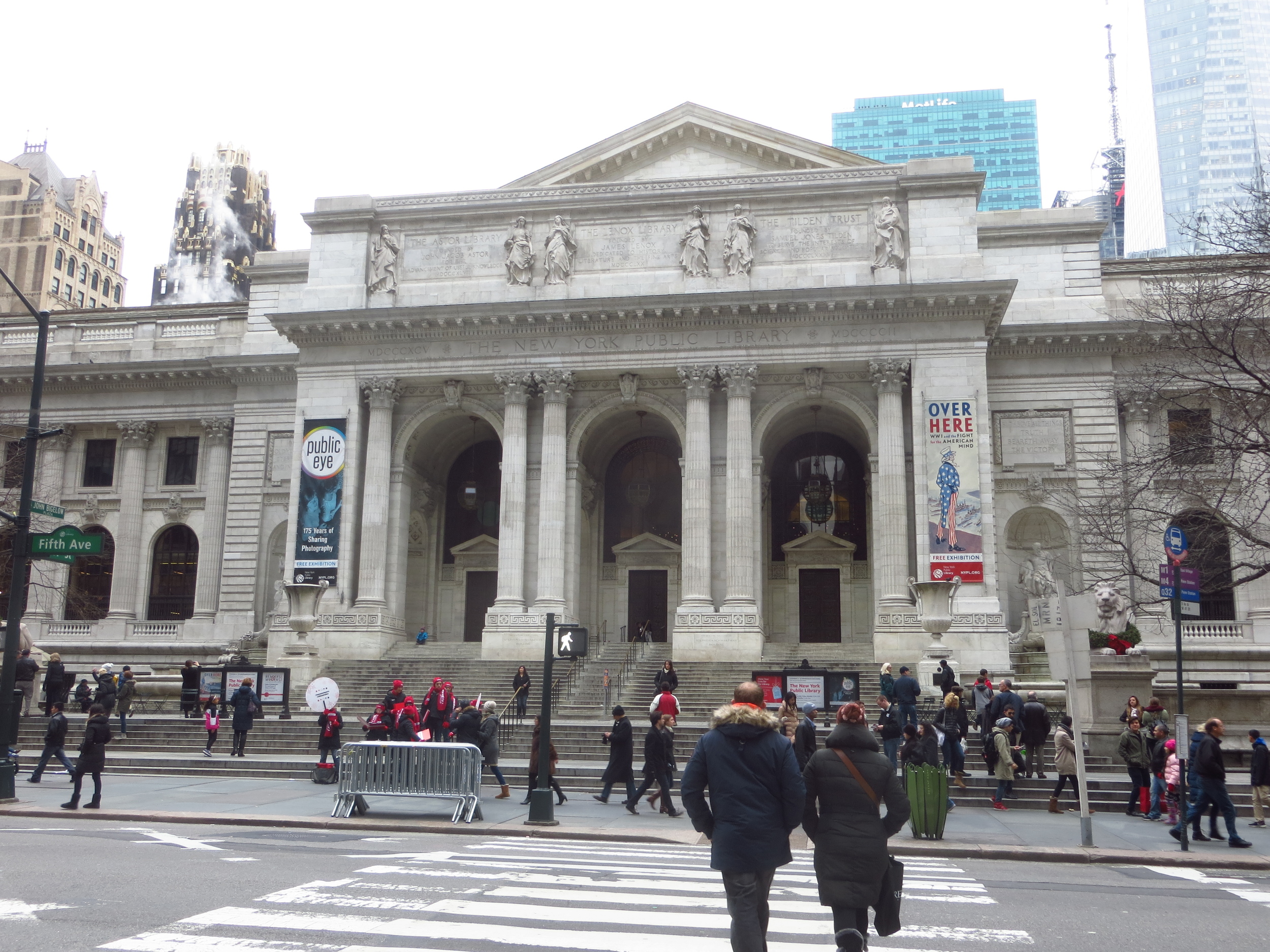
5th Ave. btw 42nd St. and 40th St.
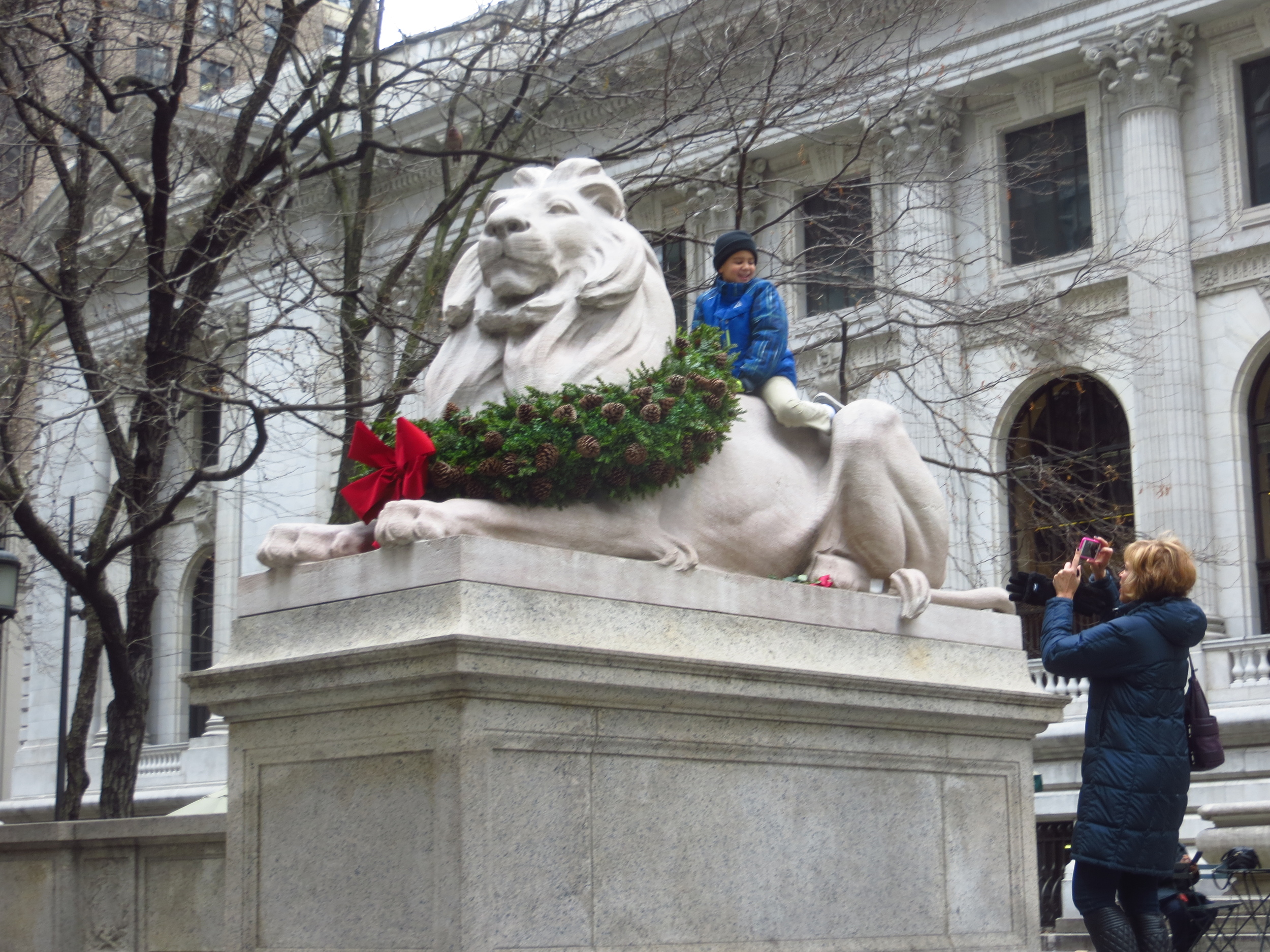
5th Ave. btw 42nd St. and 40th St.
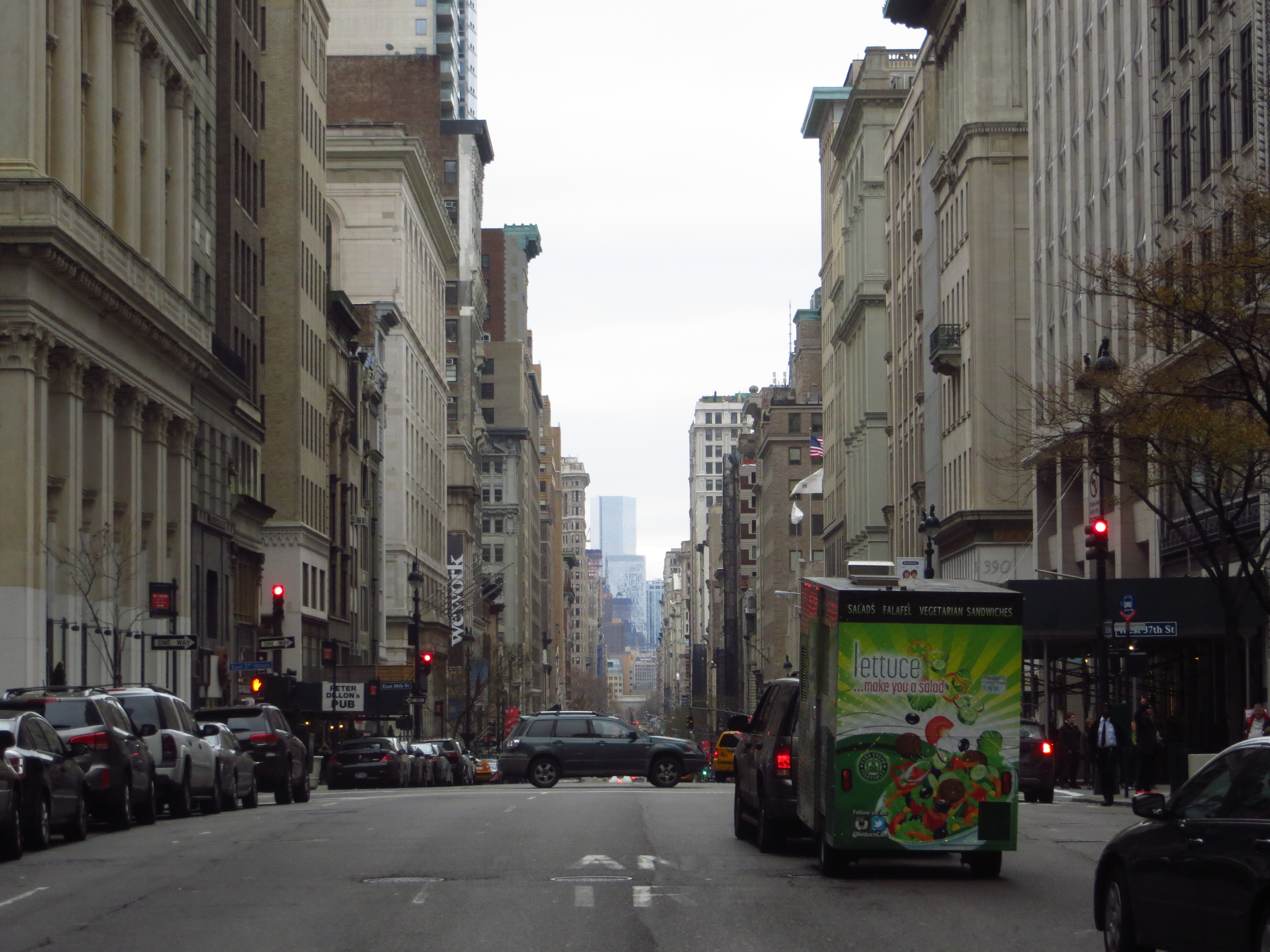
5th Ave. btw 38th St. and 37th St.

5th Ave. btw 36th St. and 35th St.
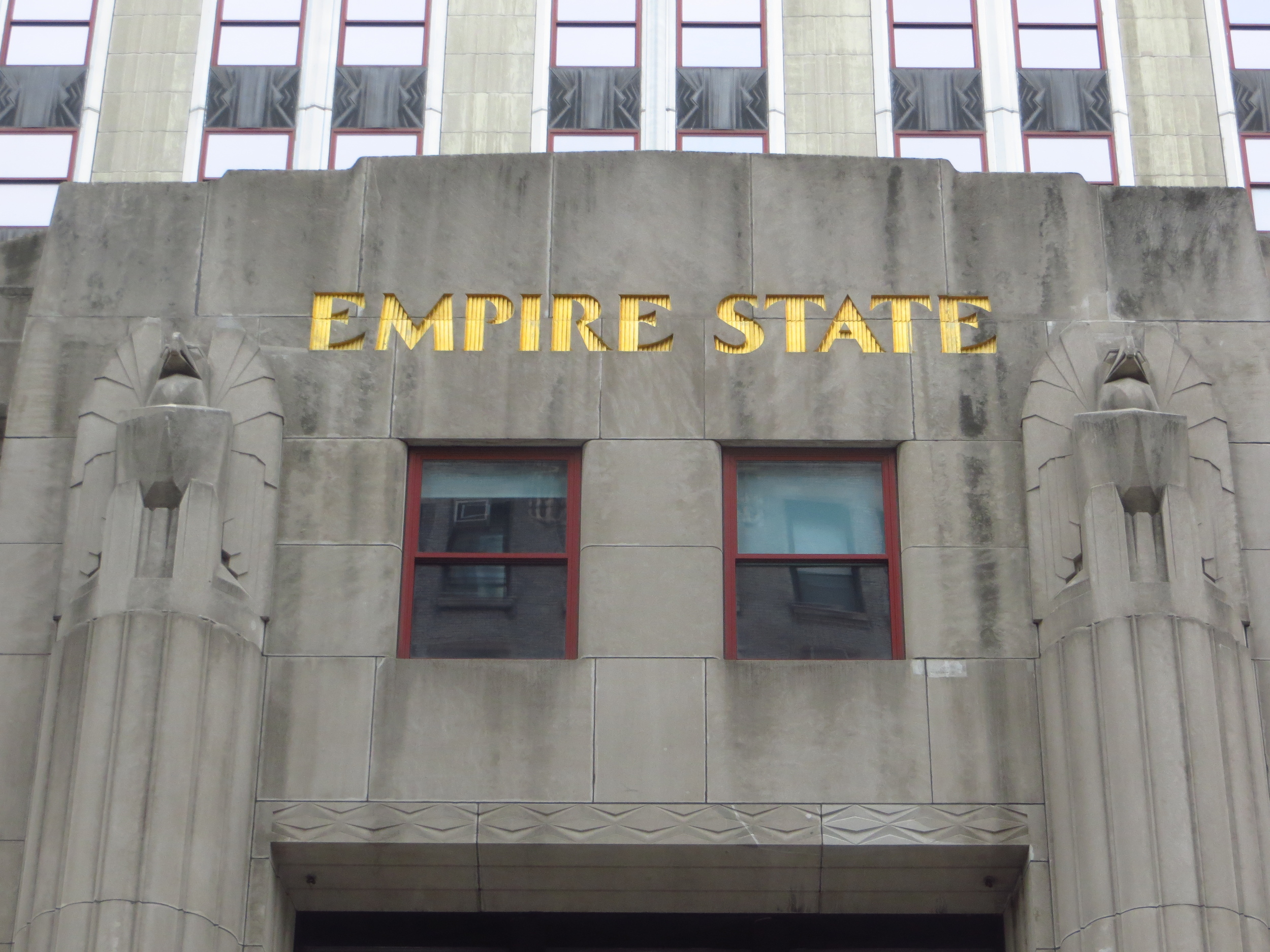
5th Ave. btw 34th St. and 33rd St.

5th Ave. btw 34th St. and 33rd St.
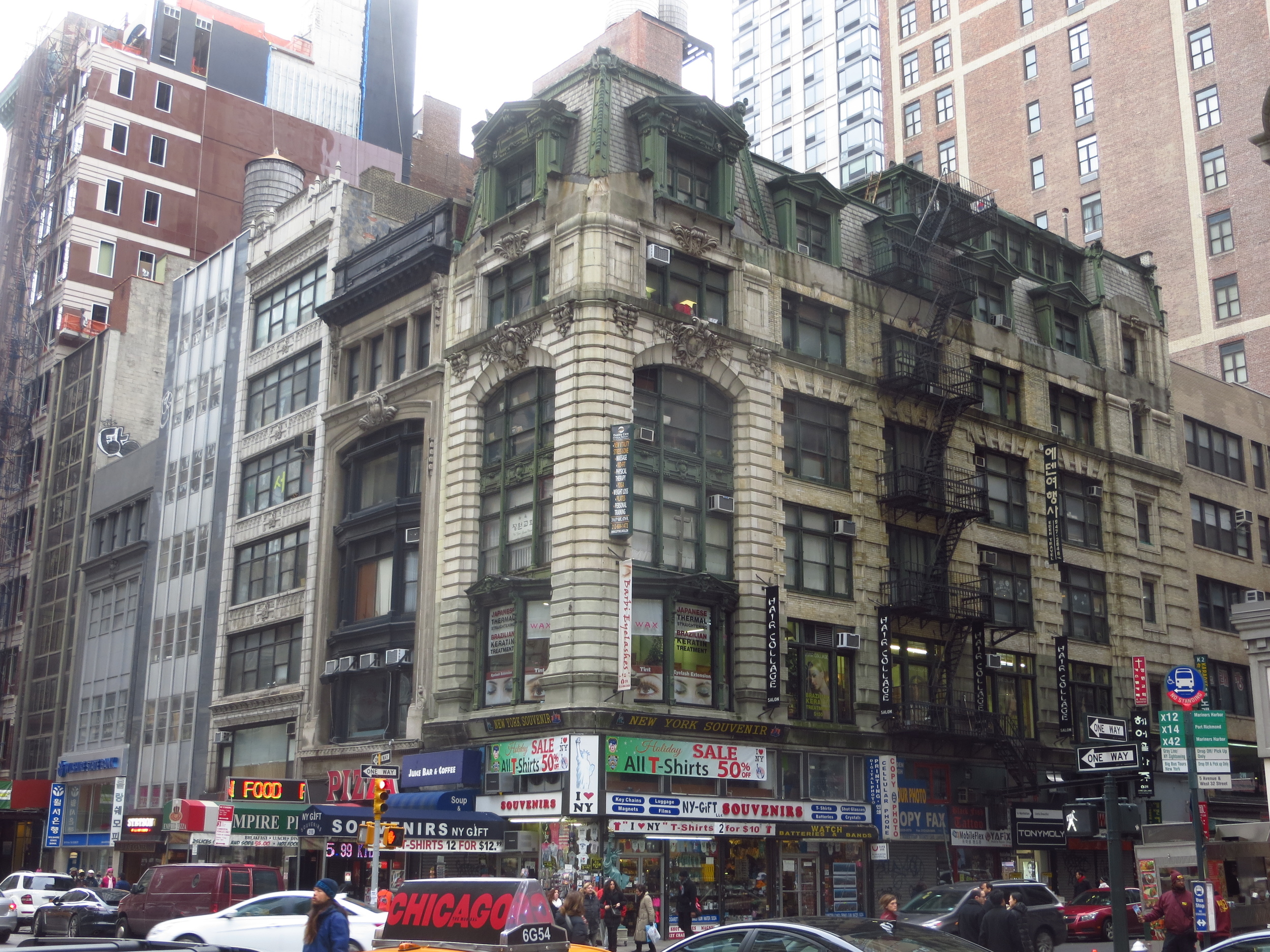
5th Ave. btw 32nd St. and 31st St.

5th Ave. btw 31st St. and 30th St.
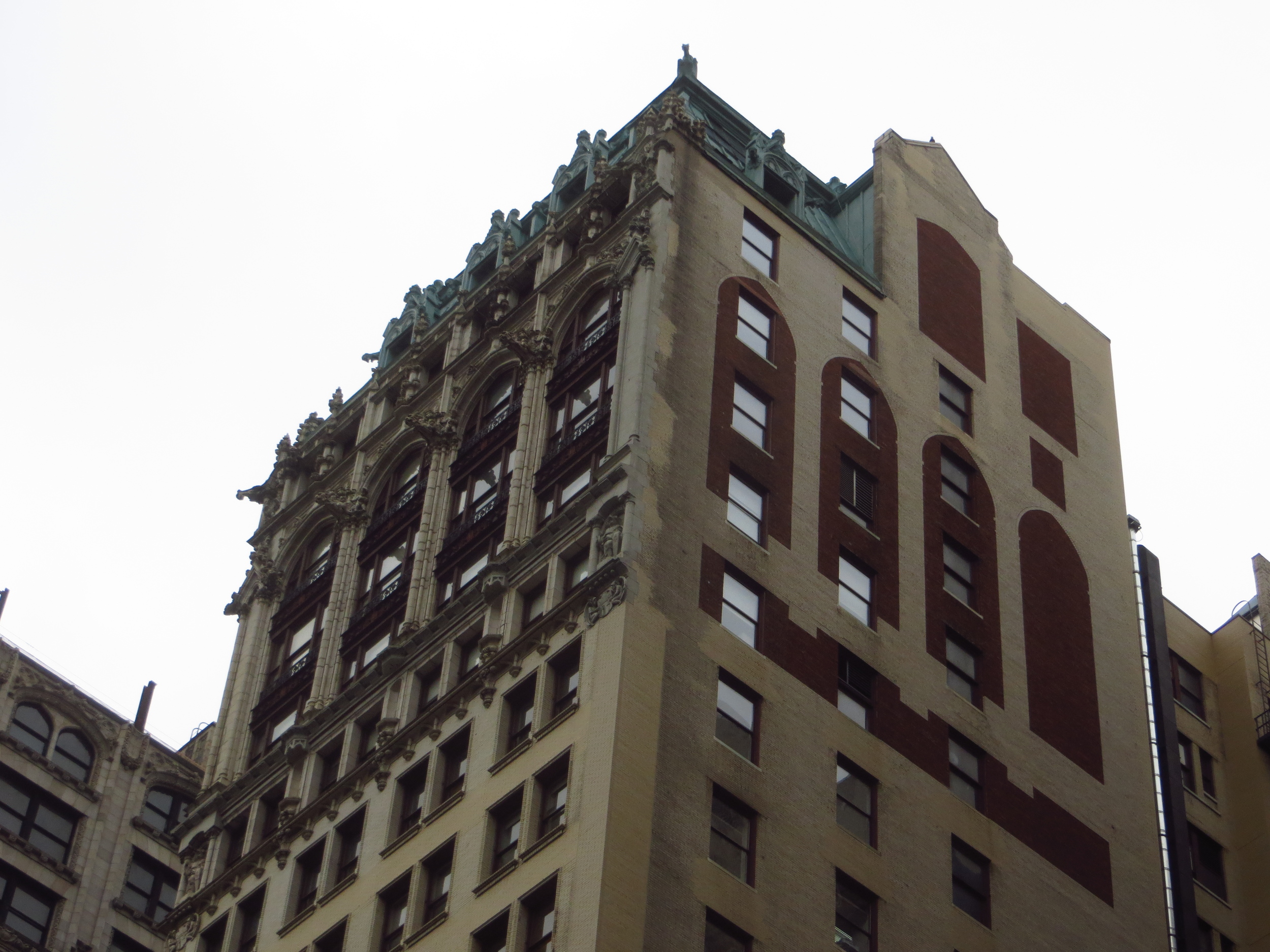
5th Ave. btw 27th St. and 26th St.
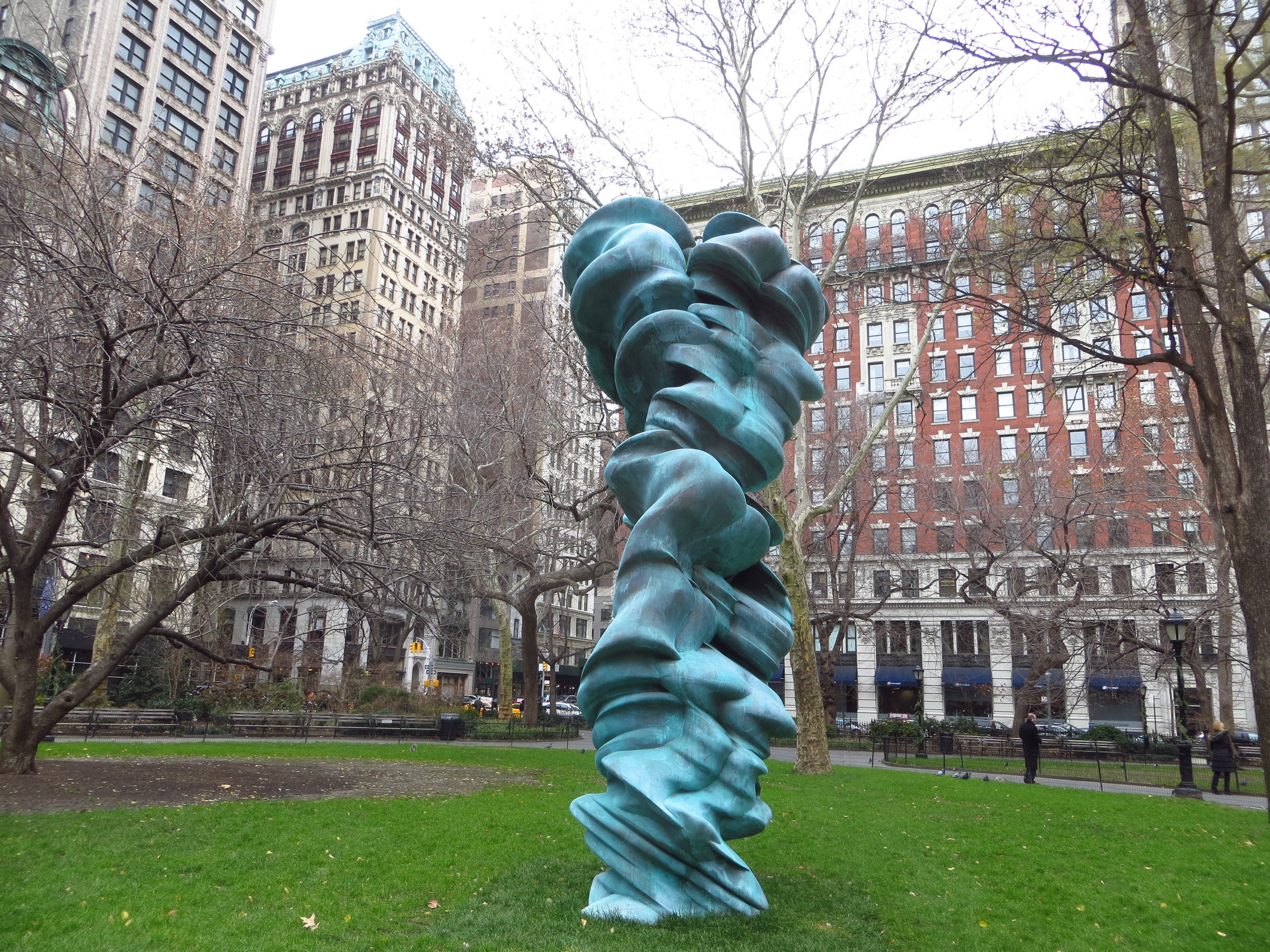
5th Ave. btw 26th St. and 25th St.
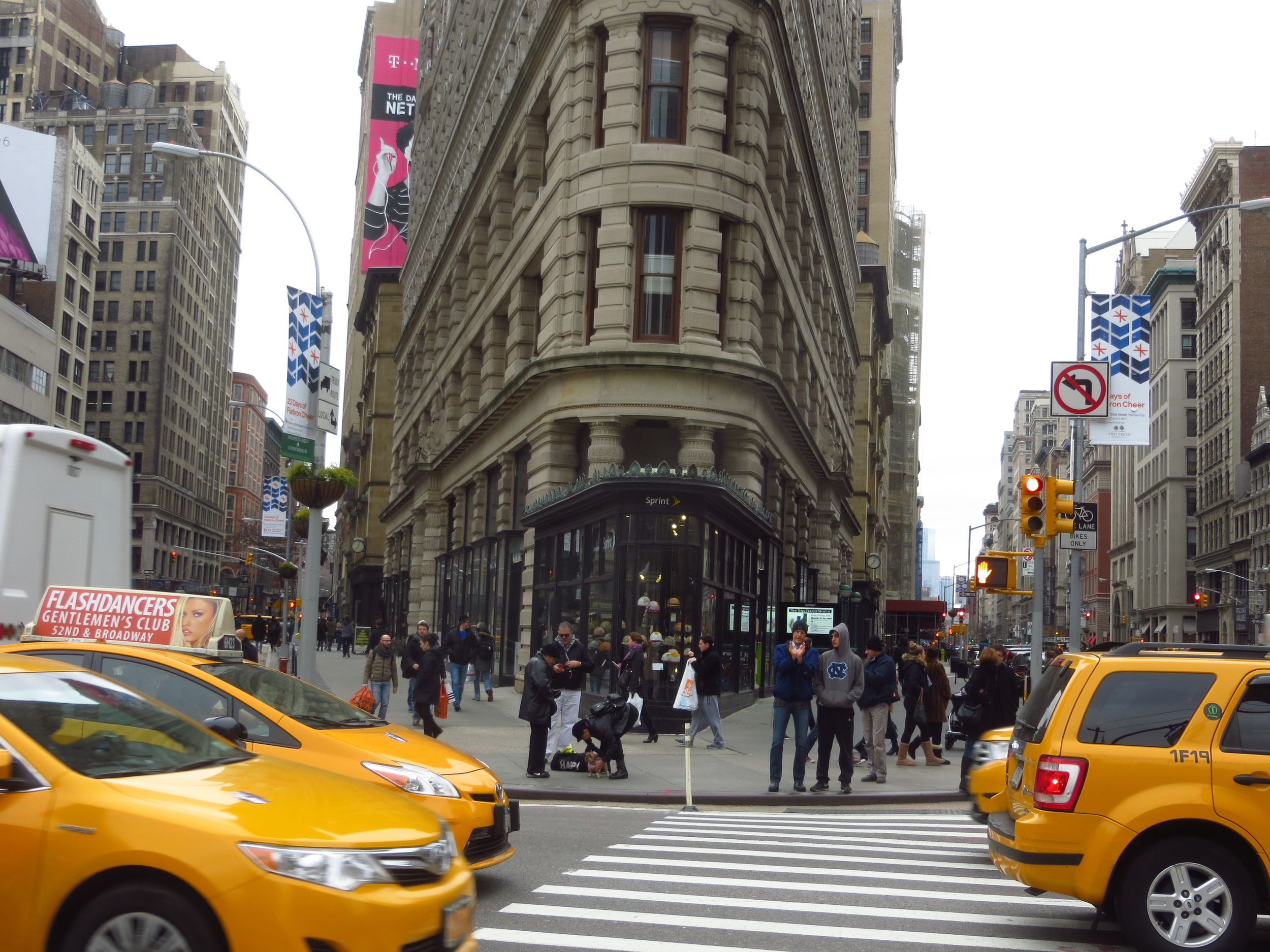
5th Ave. btw 24th St. and 23rd St.
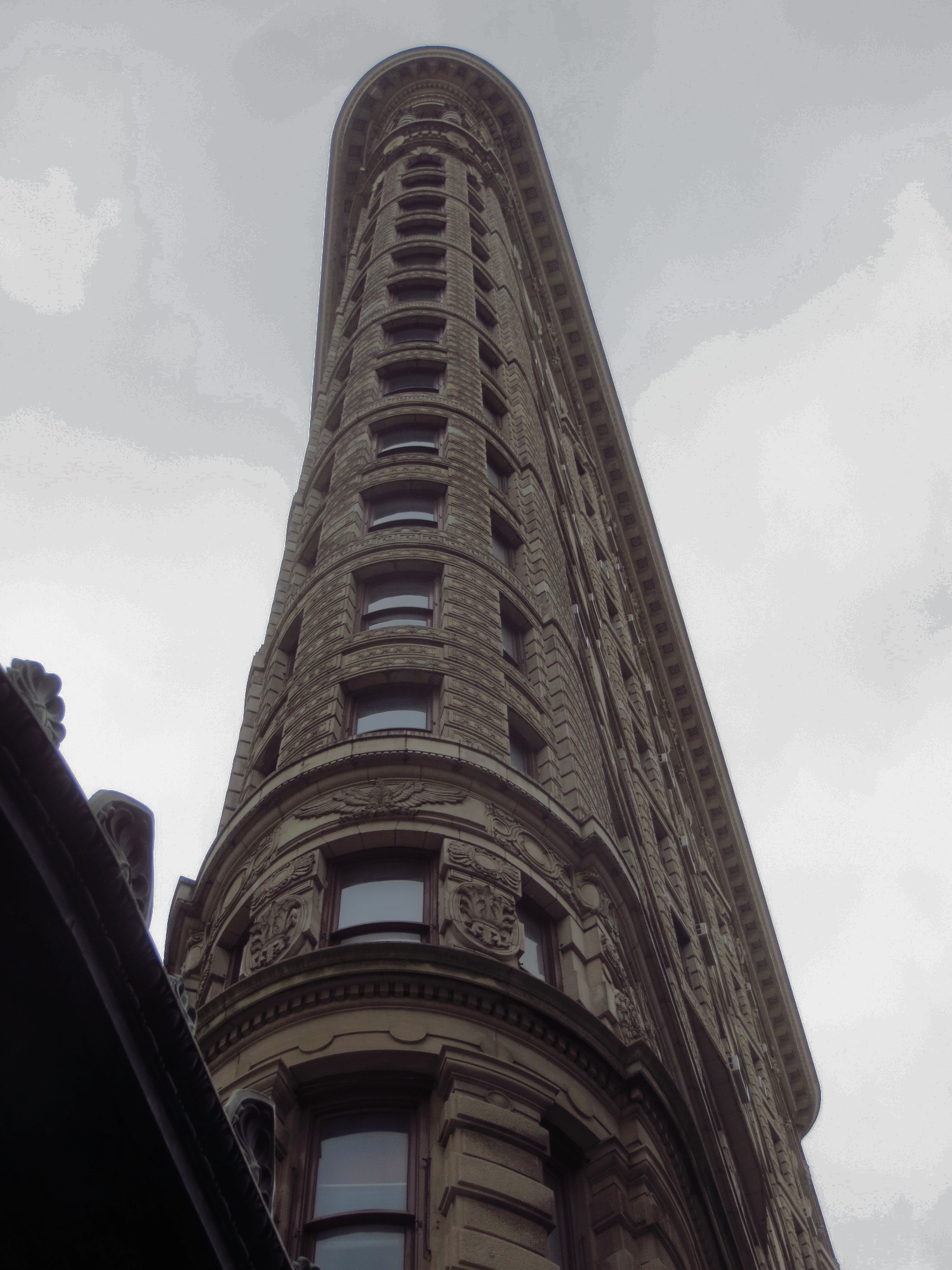
5th Ave. btw 24th St. and 23rd St.
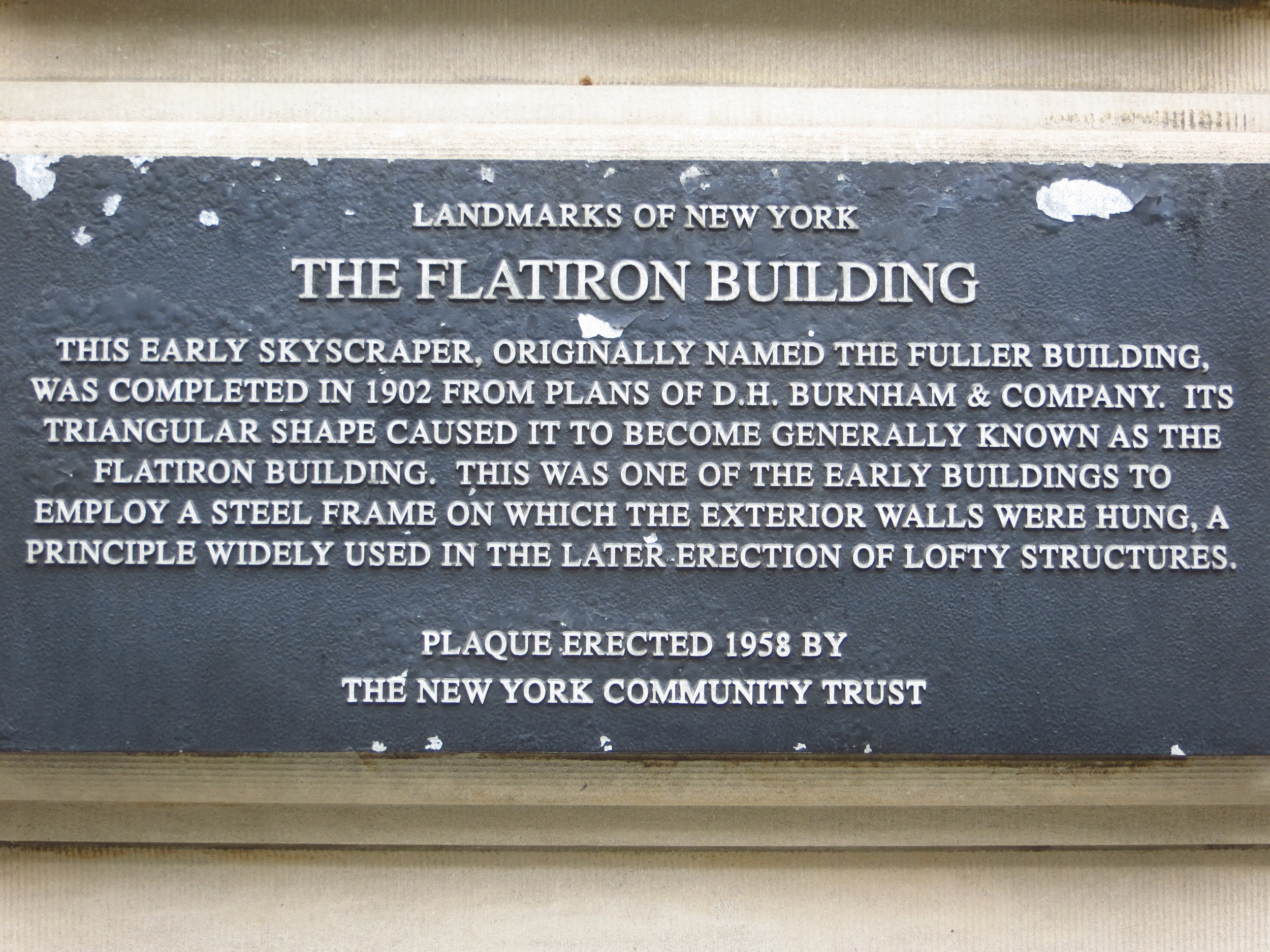
5th Ave. btw 23rd St. and 22nd St.
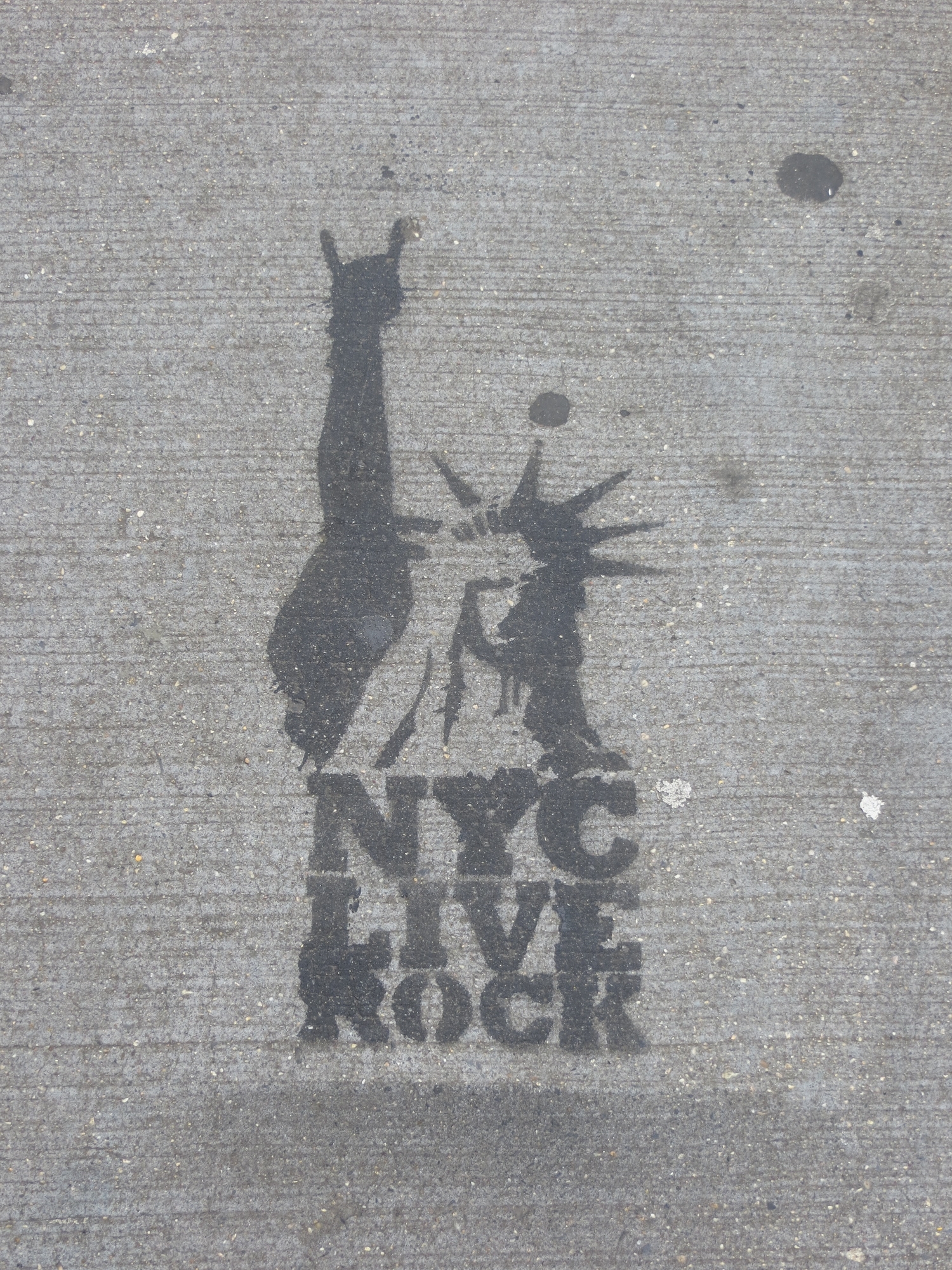
5th Ave. btw 22nd St. and 21st St.
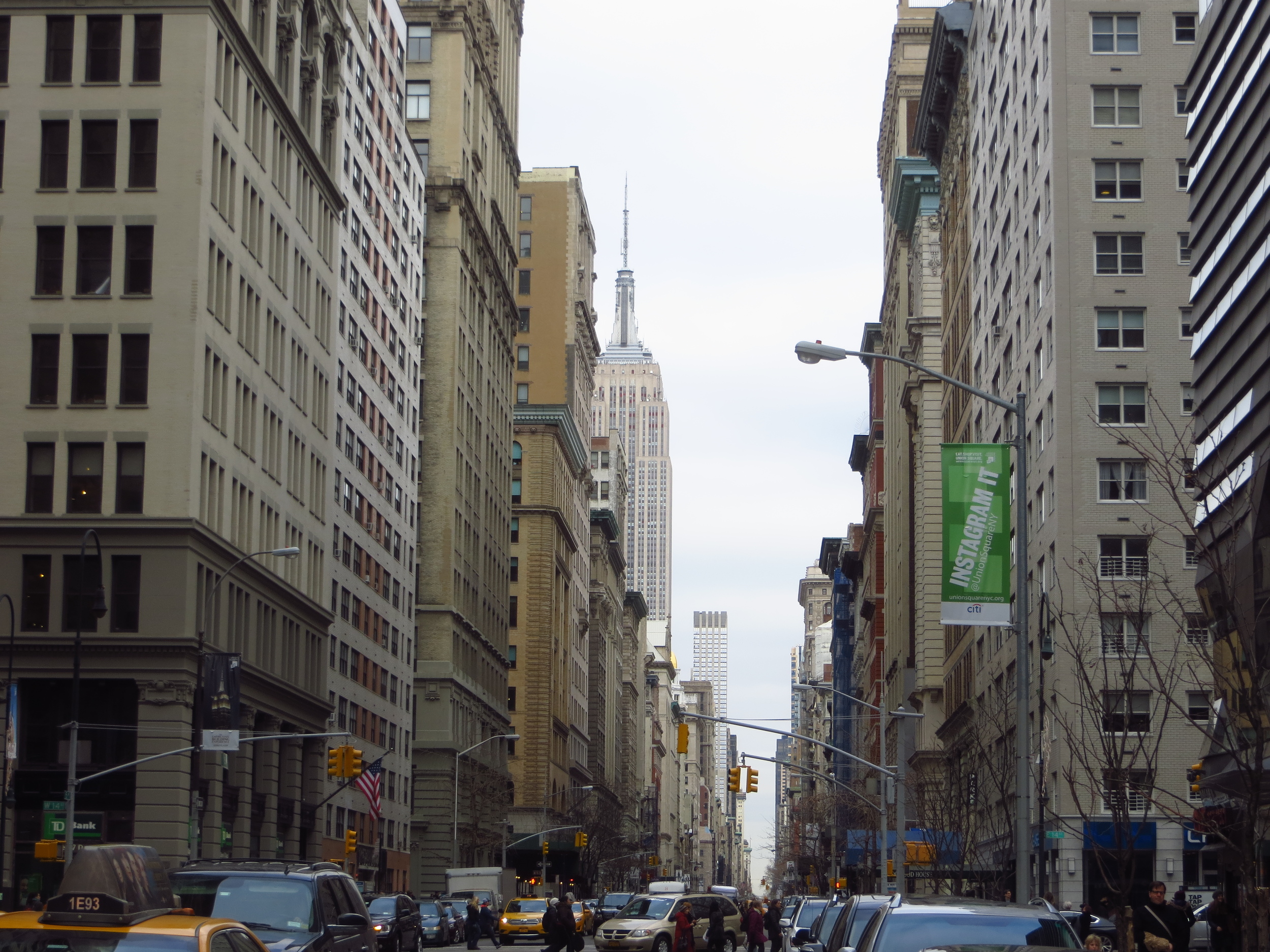
5th Ave. btw 13th St. and 14th St.
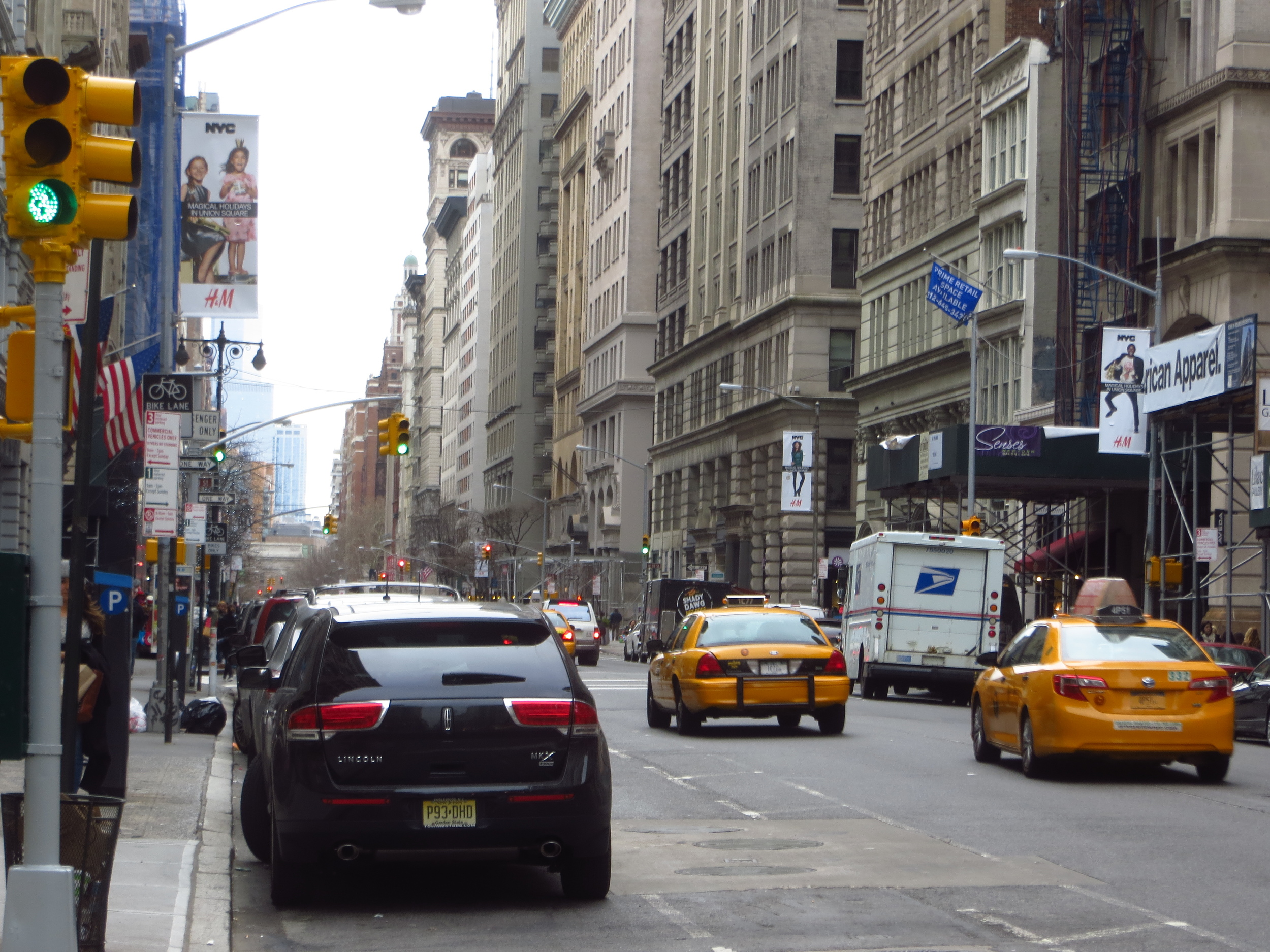
5th Ave. btw 13th St. and 14th St.
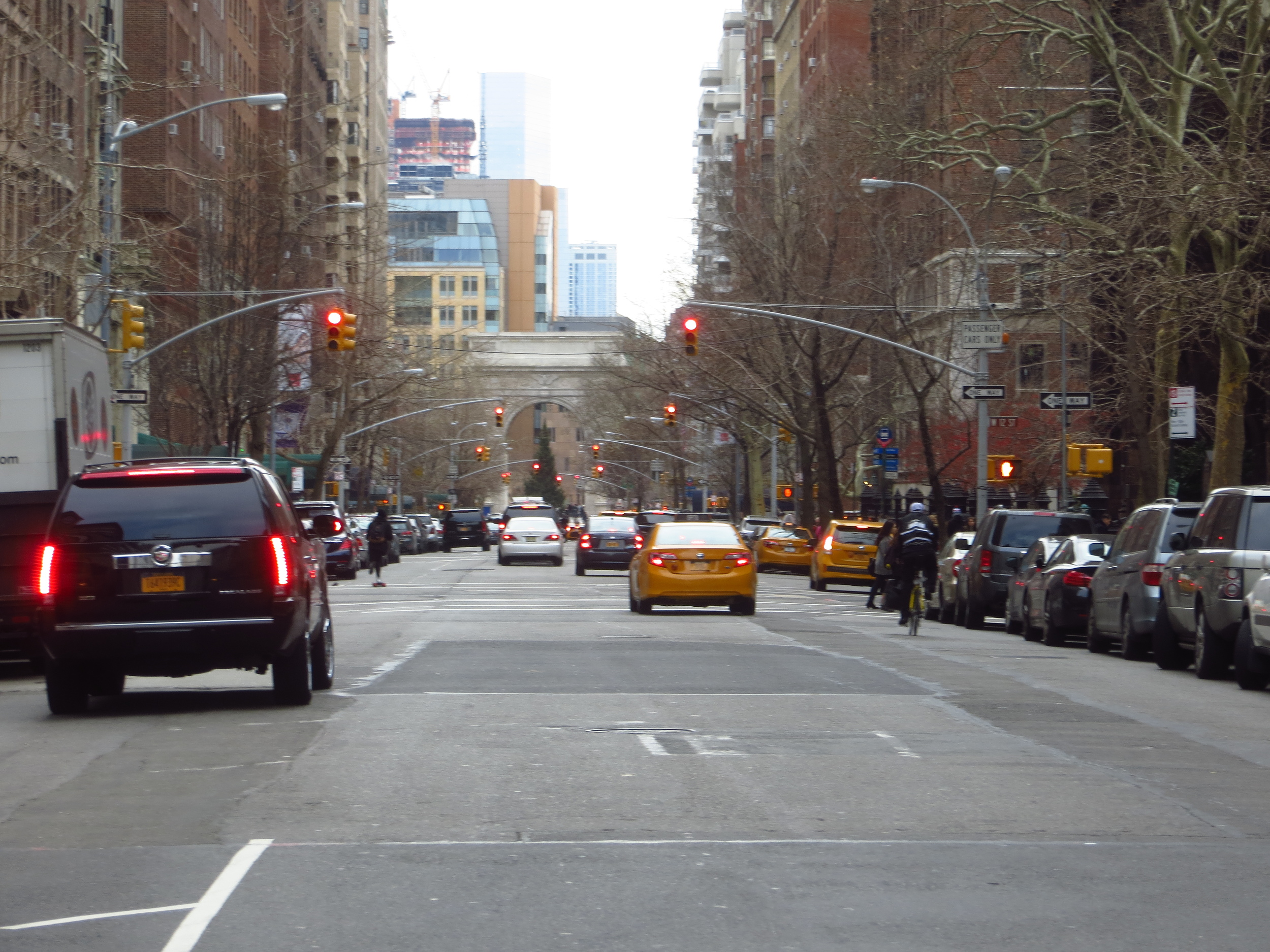
5th Ave. btw 13th St. and 12th St.
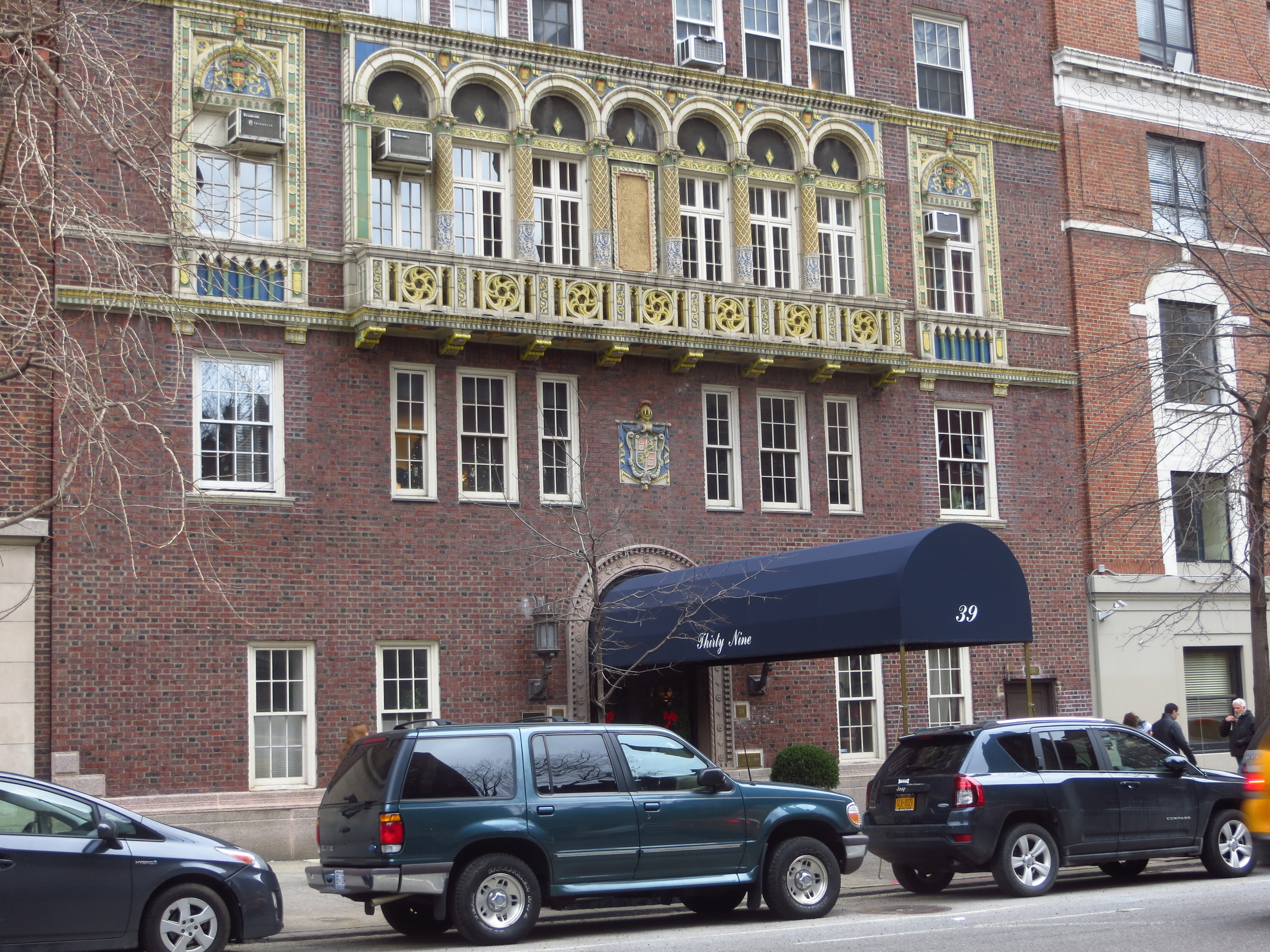
5th Ave. btw 12th St. and 11th St.
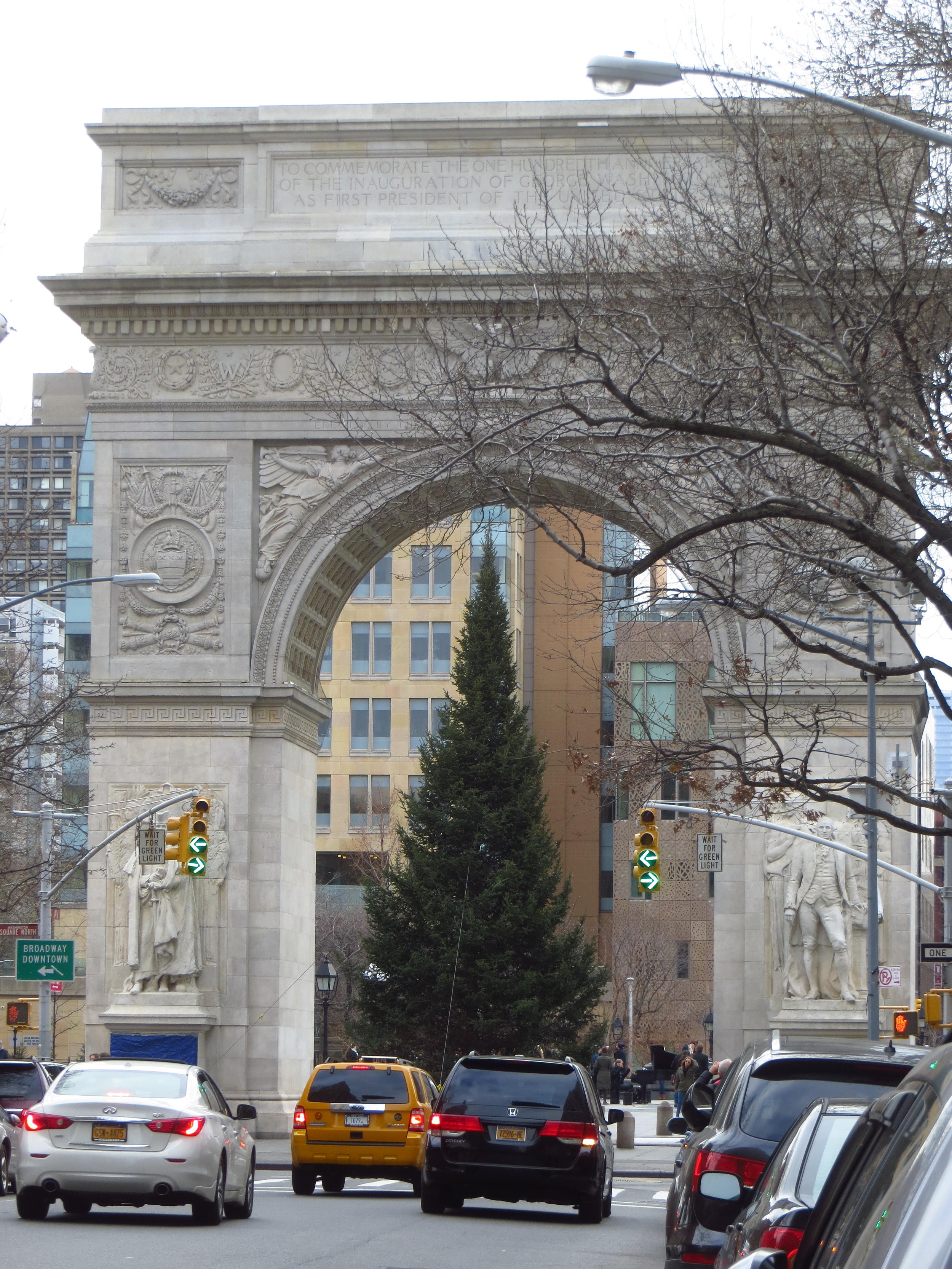
5th Ave. btw 8th St. and Waverly Pl.
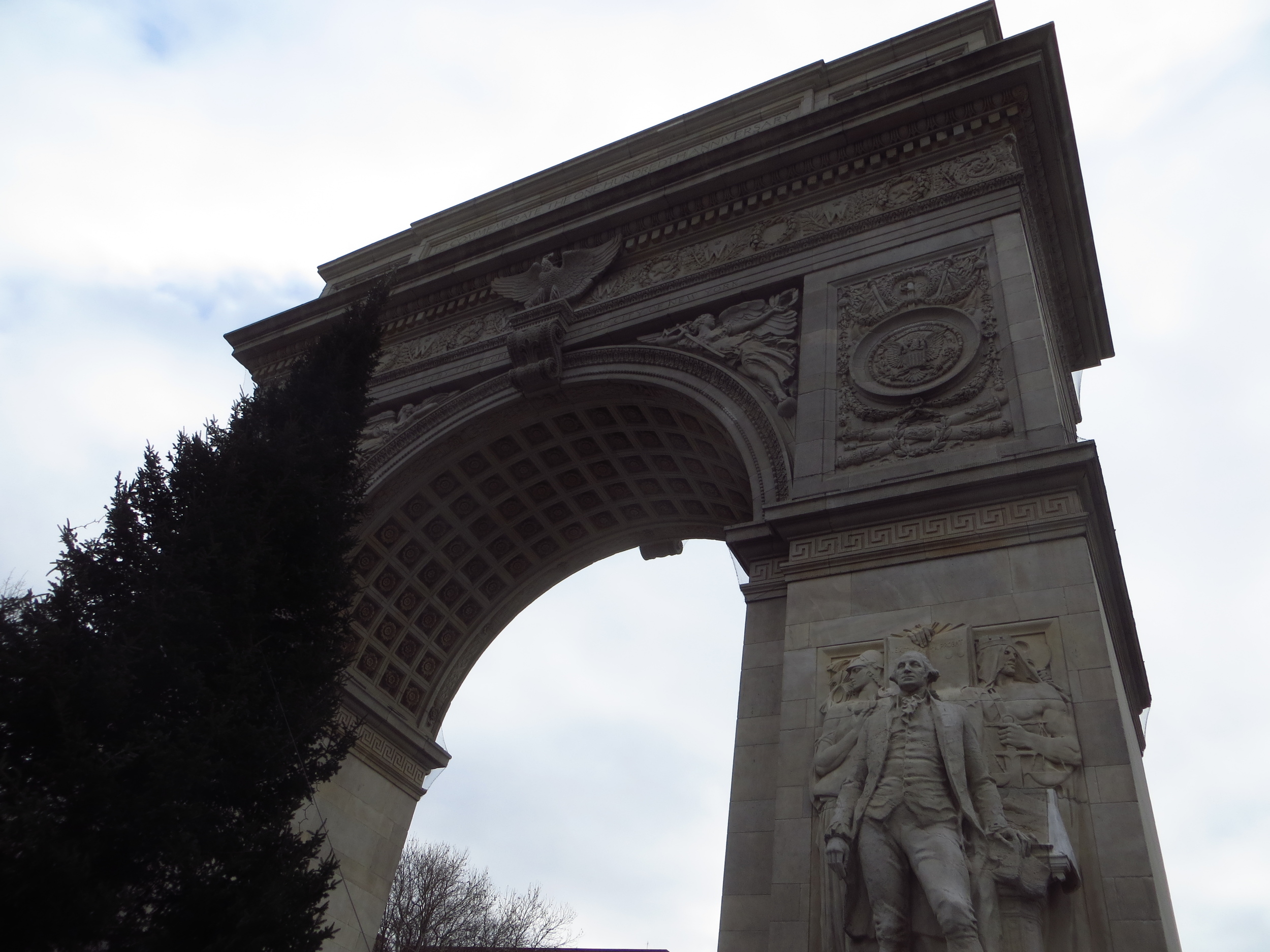
5th Ave. btw 8th St. and Waverly Pl.
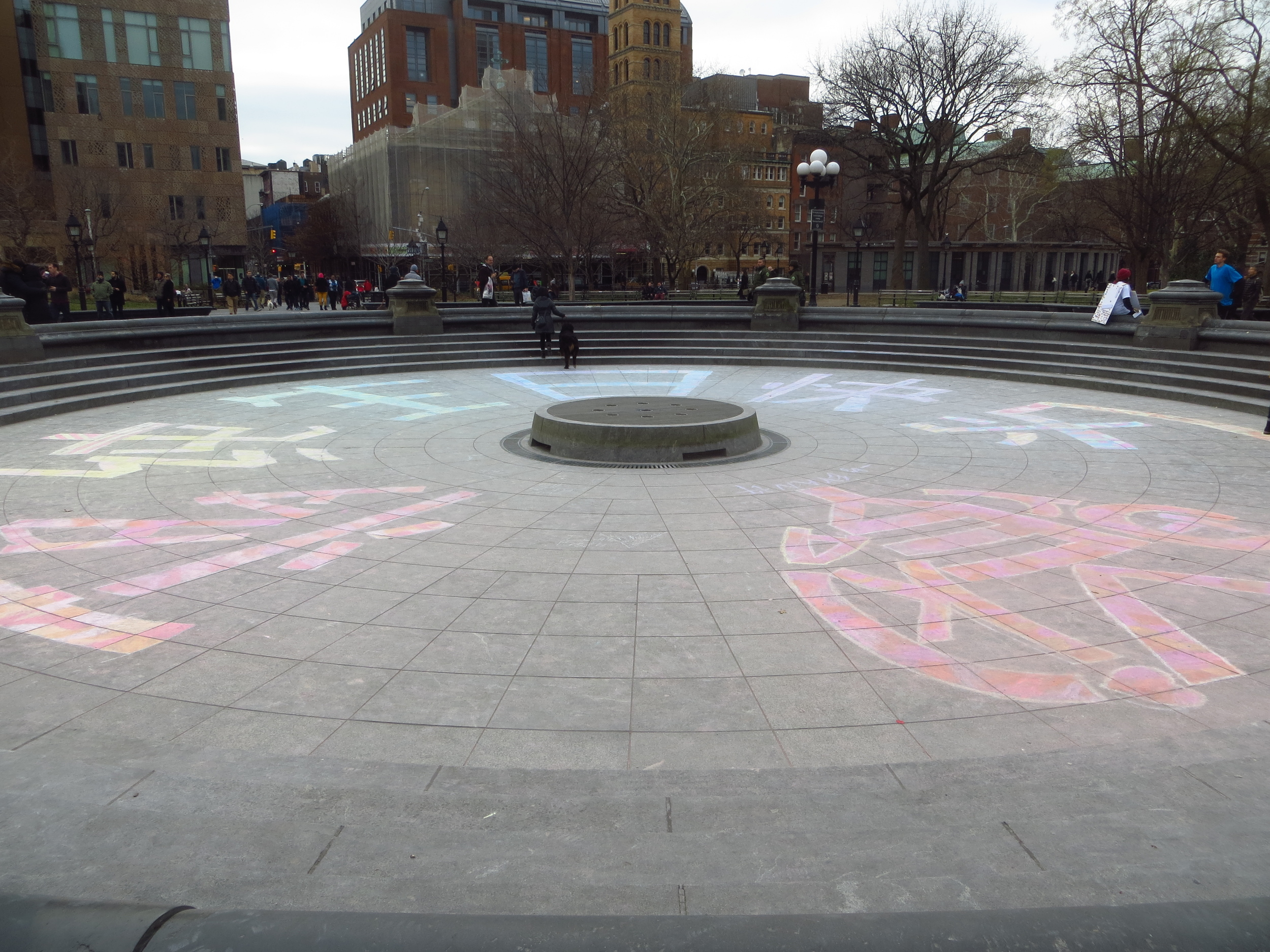
5th Ave. btw Waverly Pl. and W. 4th St.
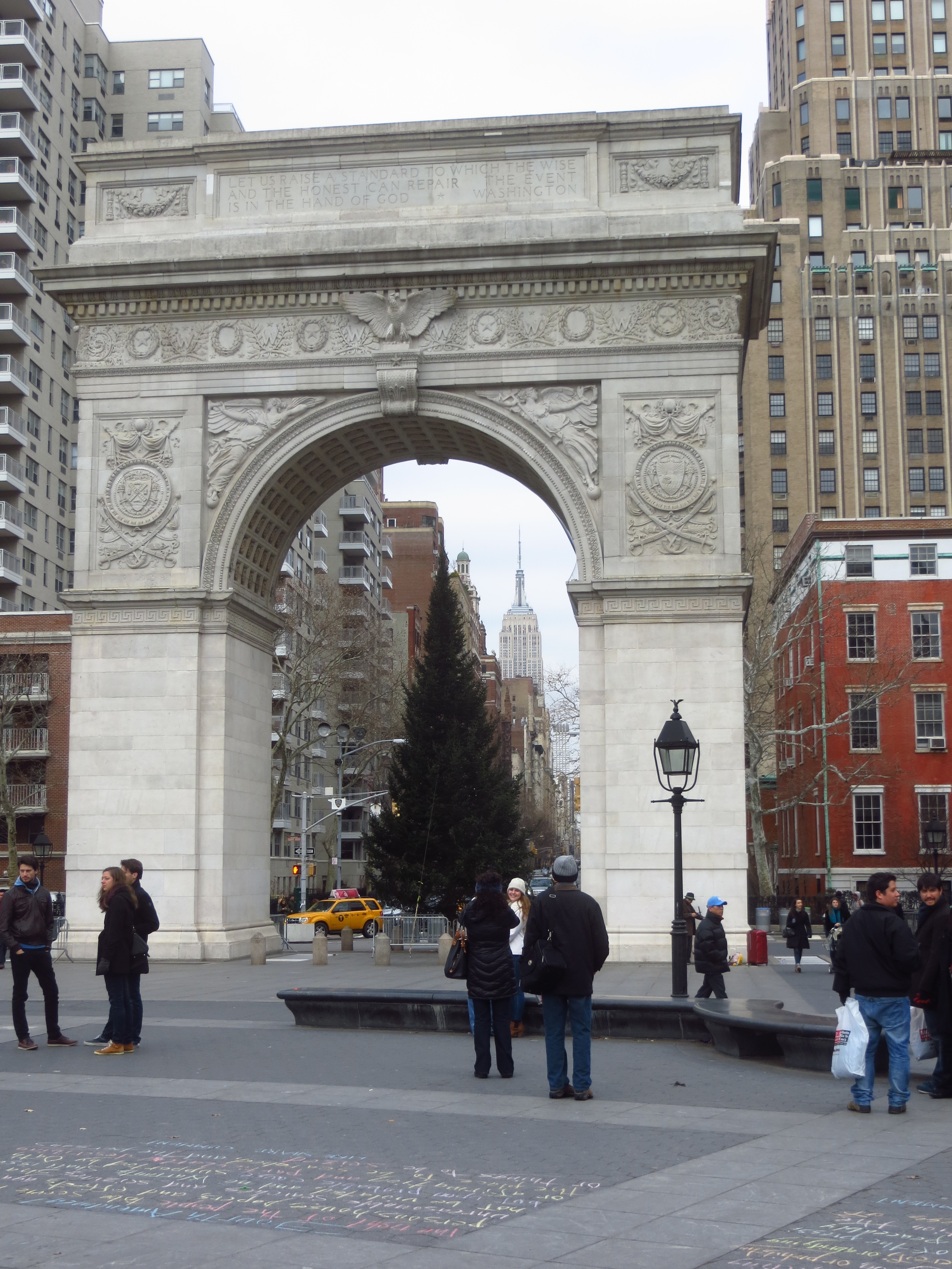
5th Ave. btw Waverly Pl. and W. 4th St.
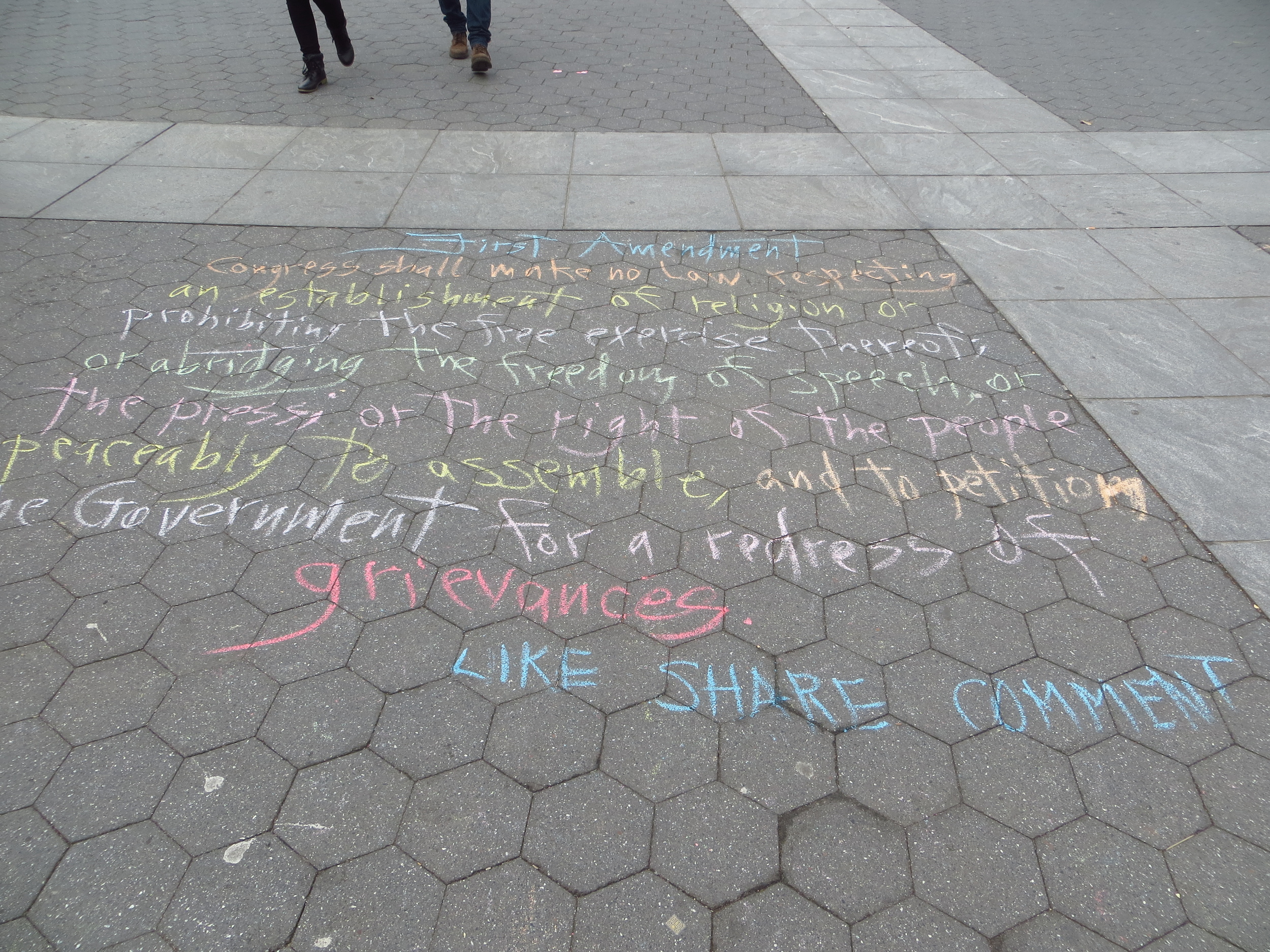
5th Ave. btw Waverly Pl. and W. 4th St.

5th Ave. btw Waverly Pl. and W. 4th St.
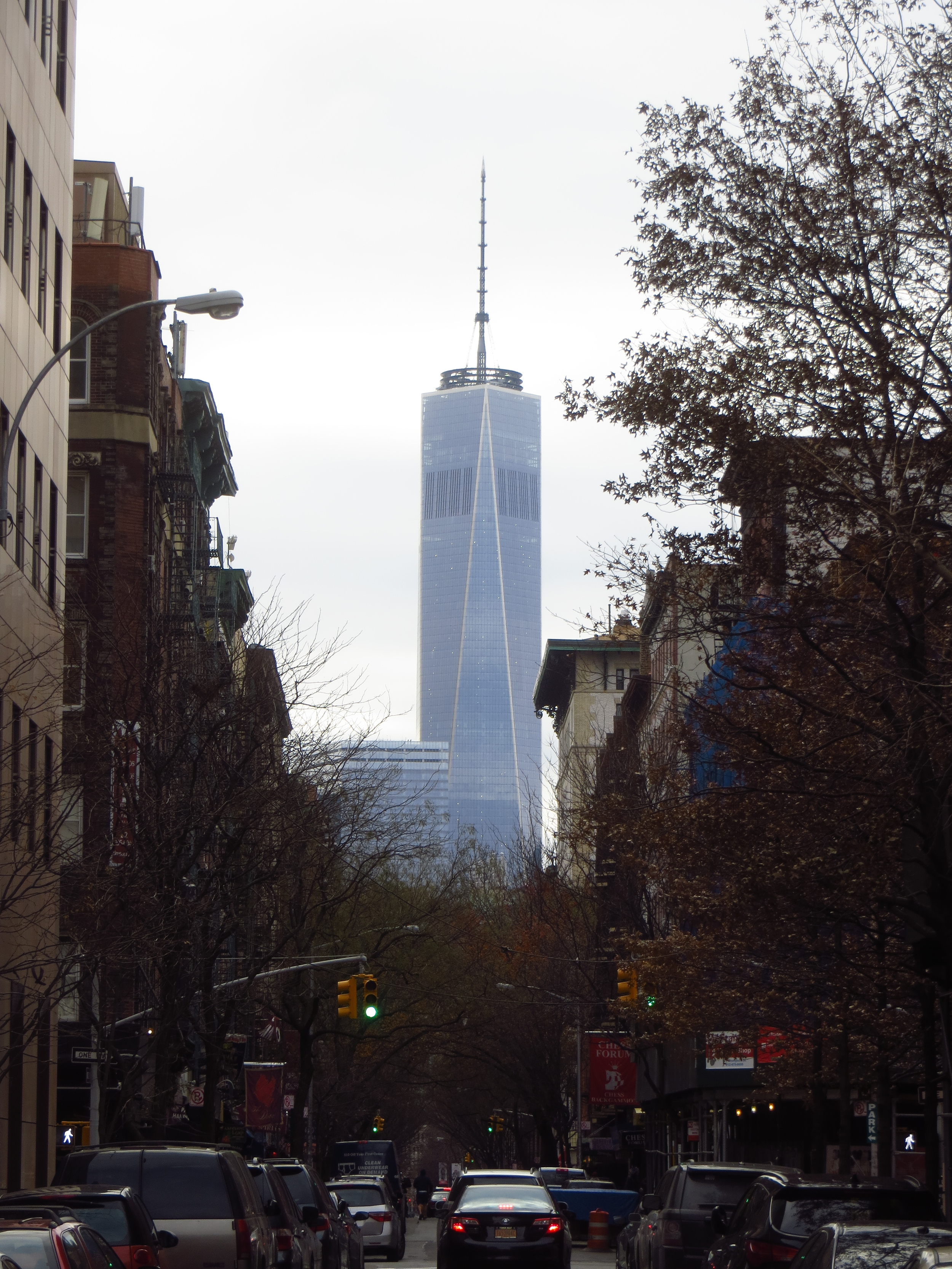
5th Ave. btw Waverly Pl. and W. 4th St.
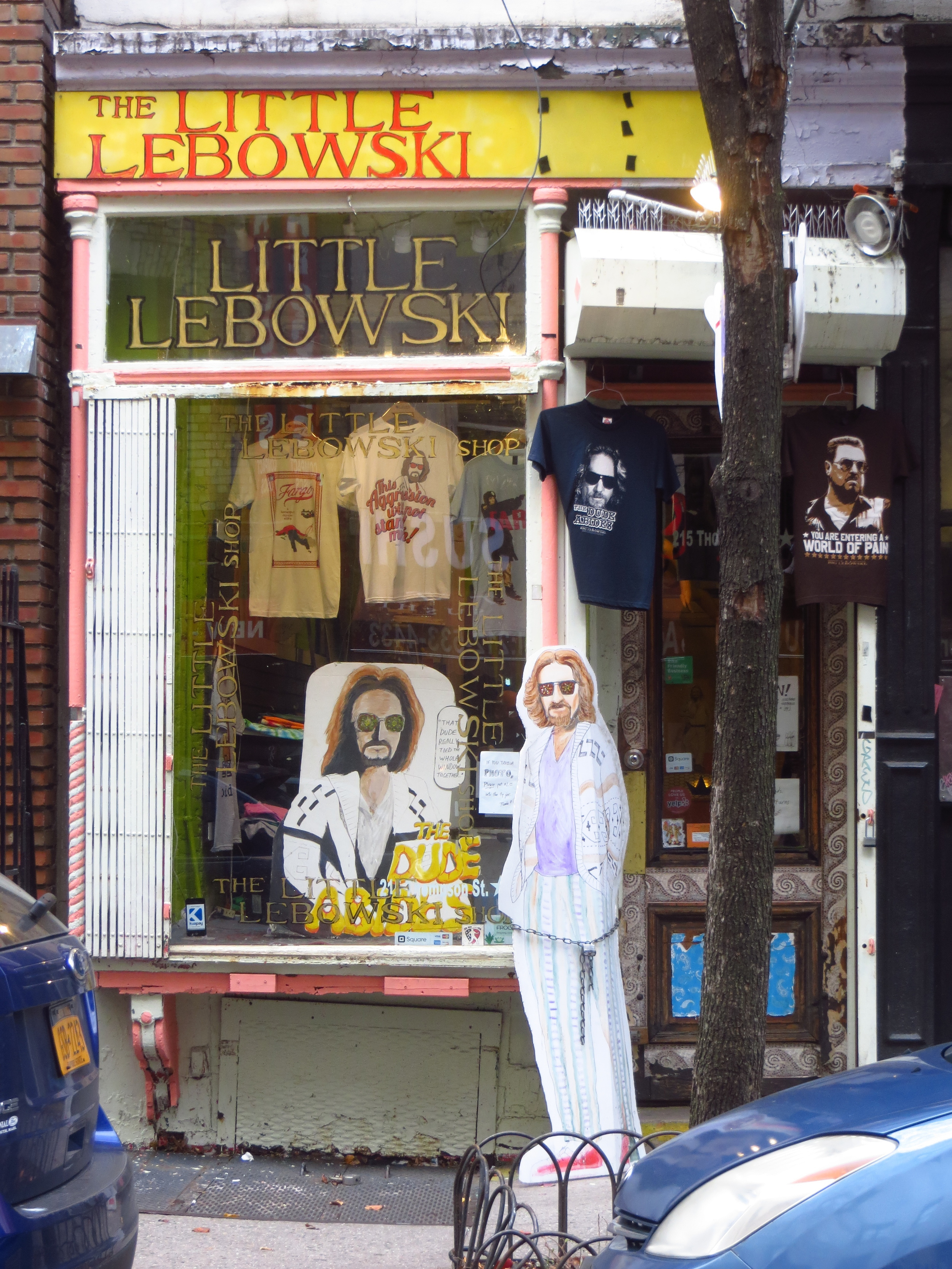
Thompson St. btw W. 3rd St. and Bleecker St.
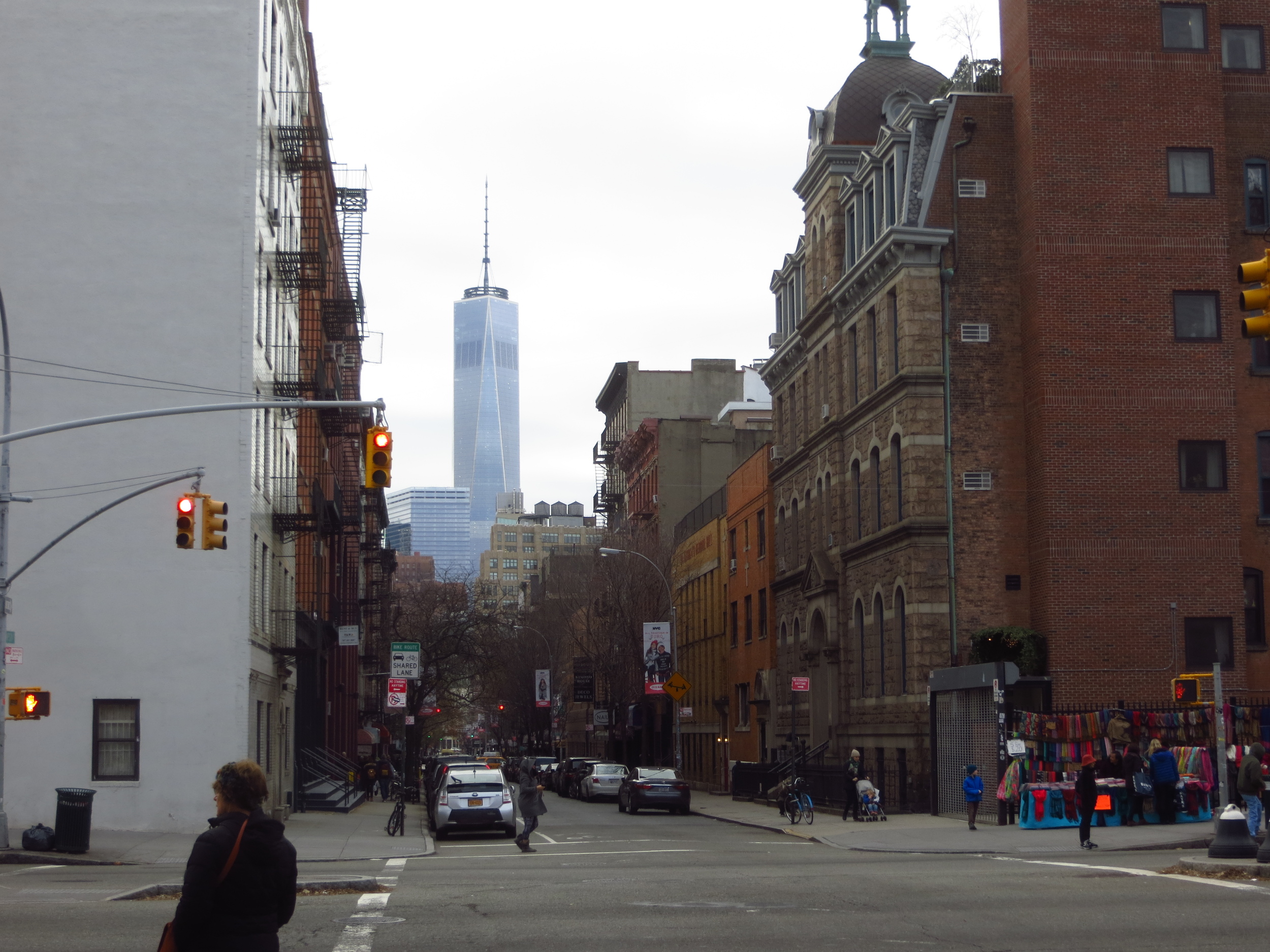
Thompson St. btw Bleecker St. and Houston St.

Thompson St. btw Houston St. and Prince St.
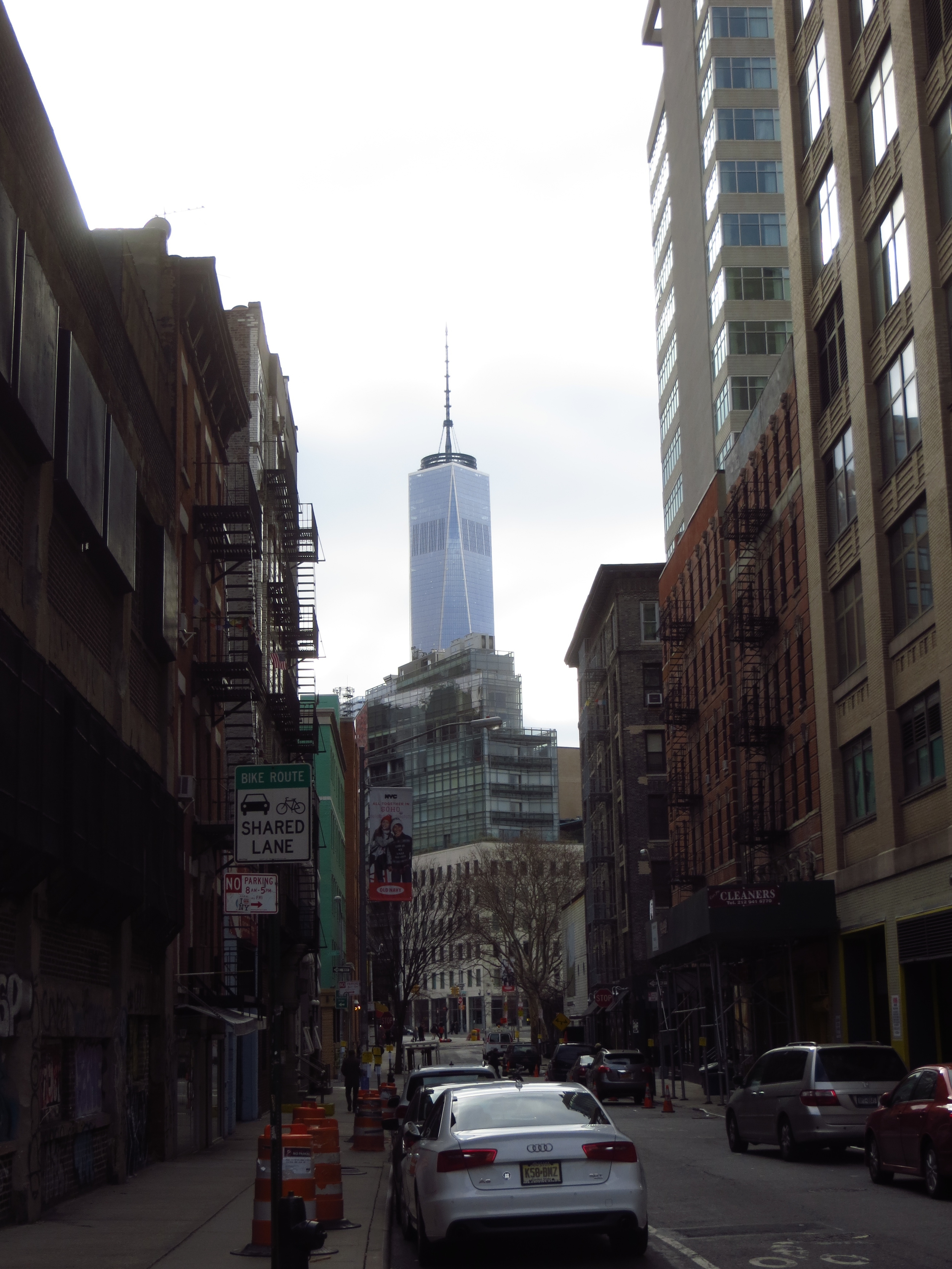
Thompson St. btw Watts St. and Grand St.
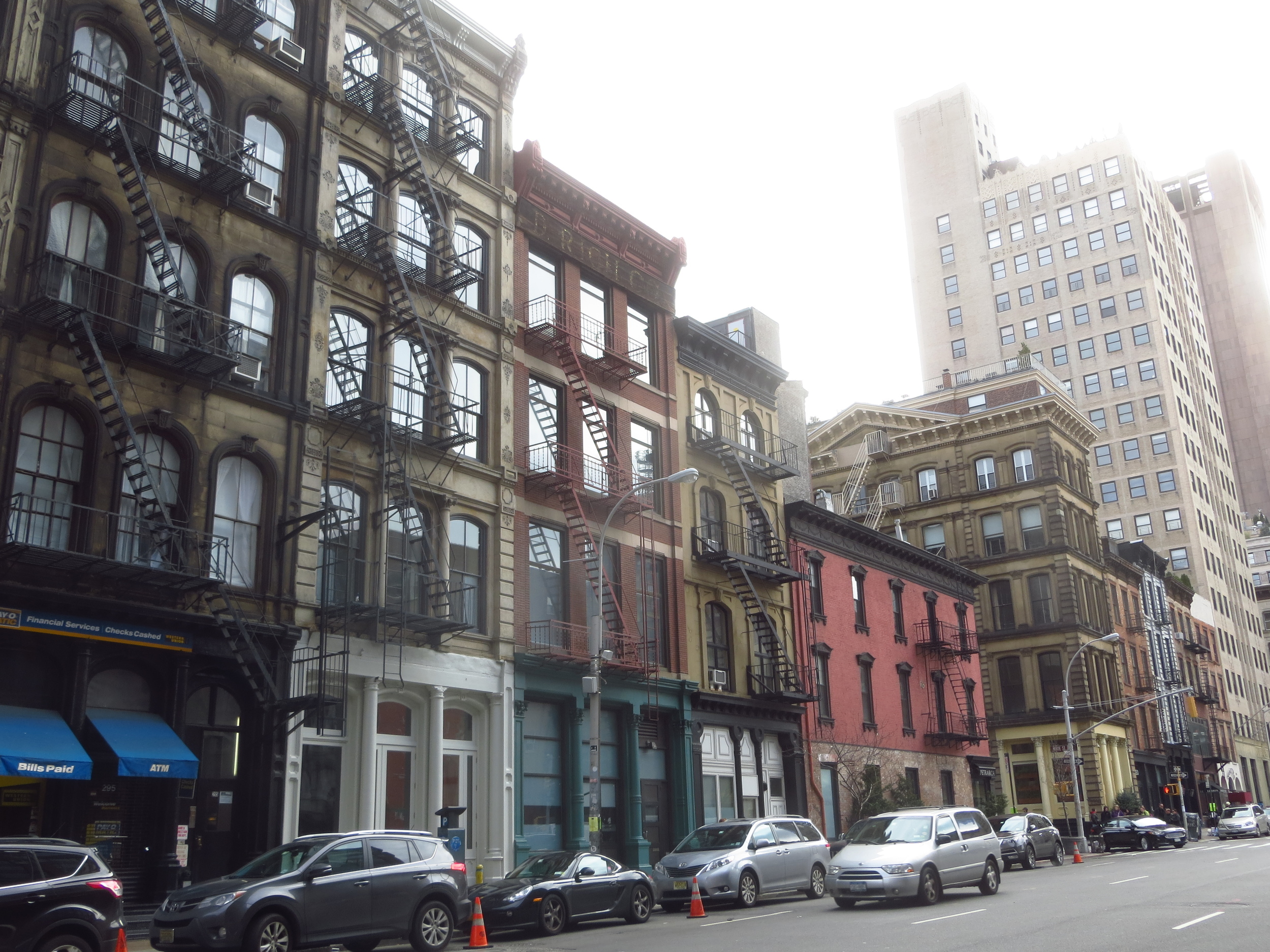
Church St. btw Lispenard St. and Walker St.
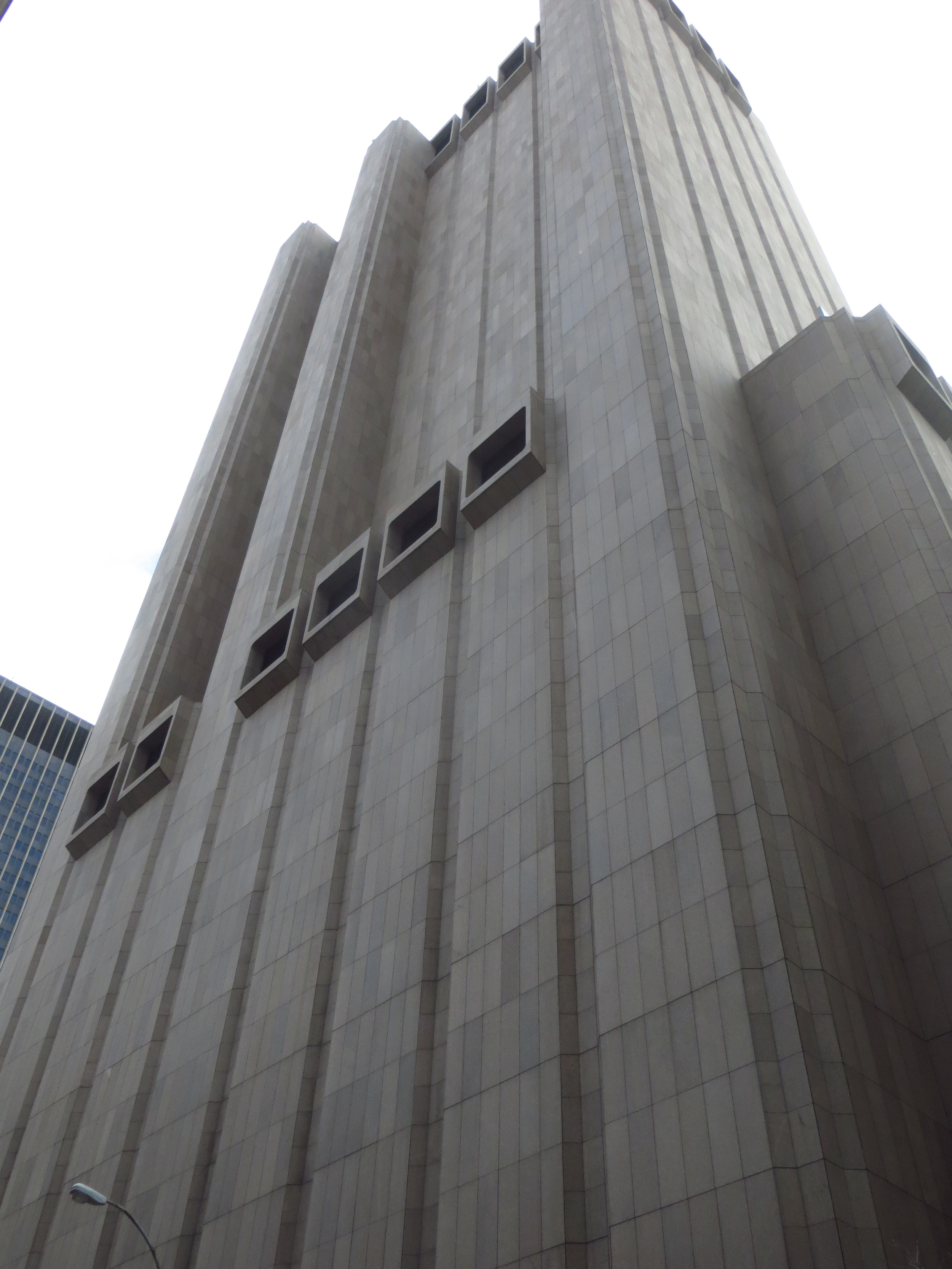
Church St. btw Worth St. and Thomas St.
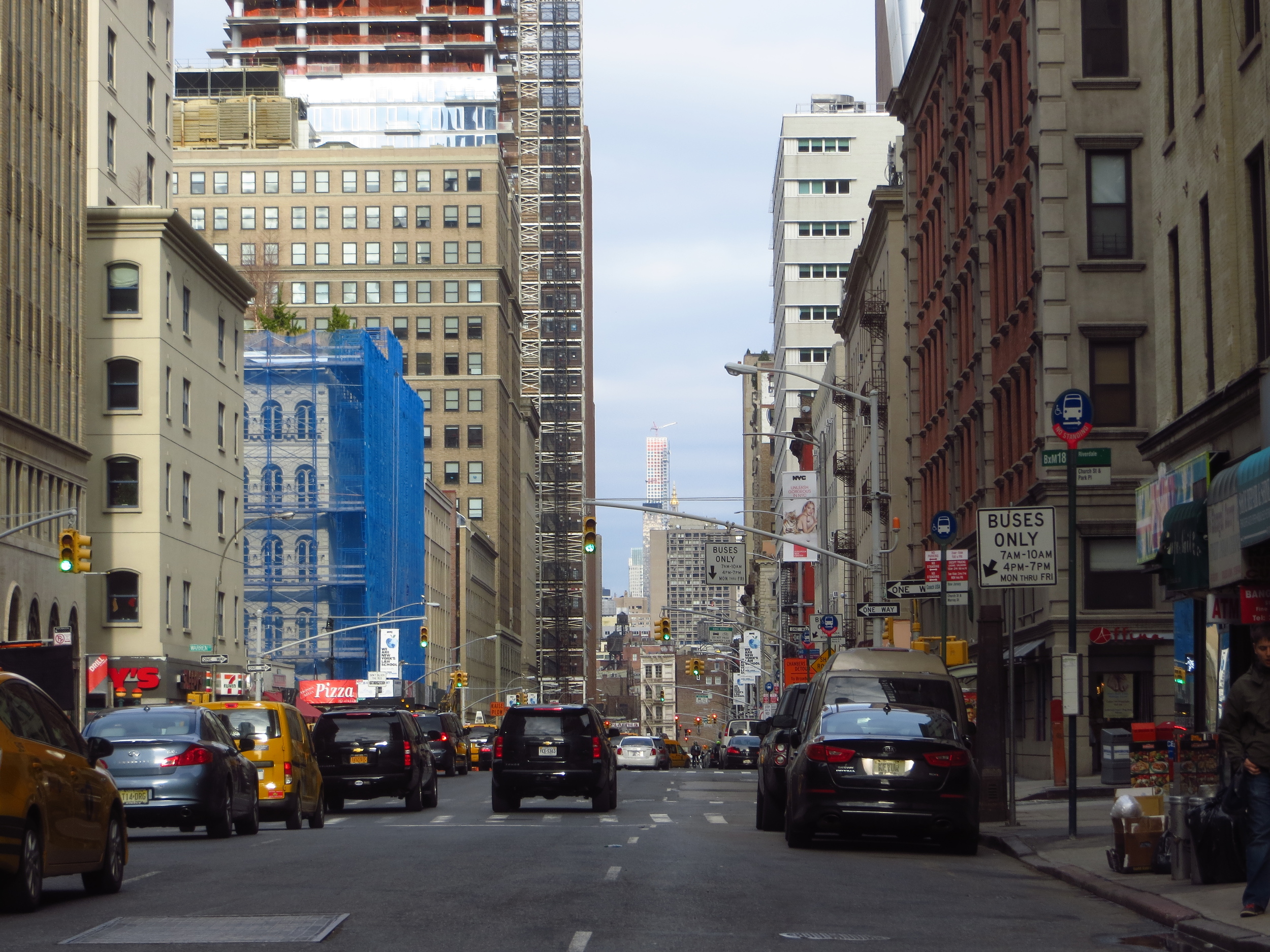
Church St. btw Murray St. and Park Pl.
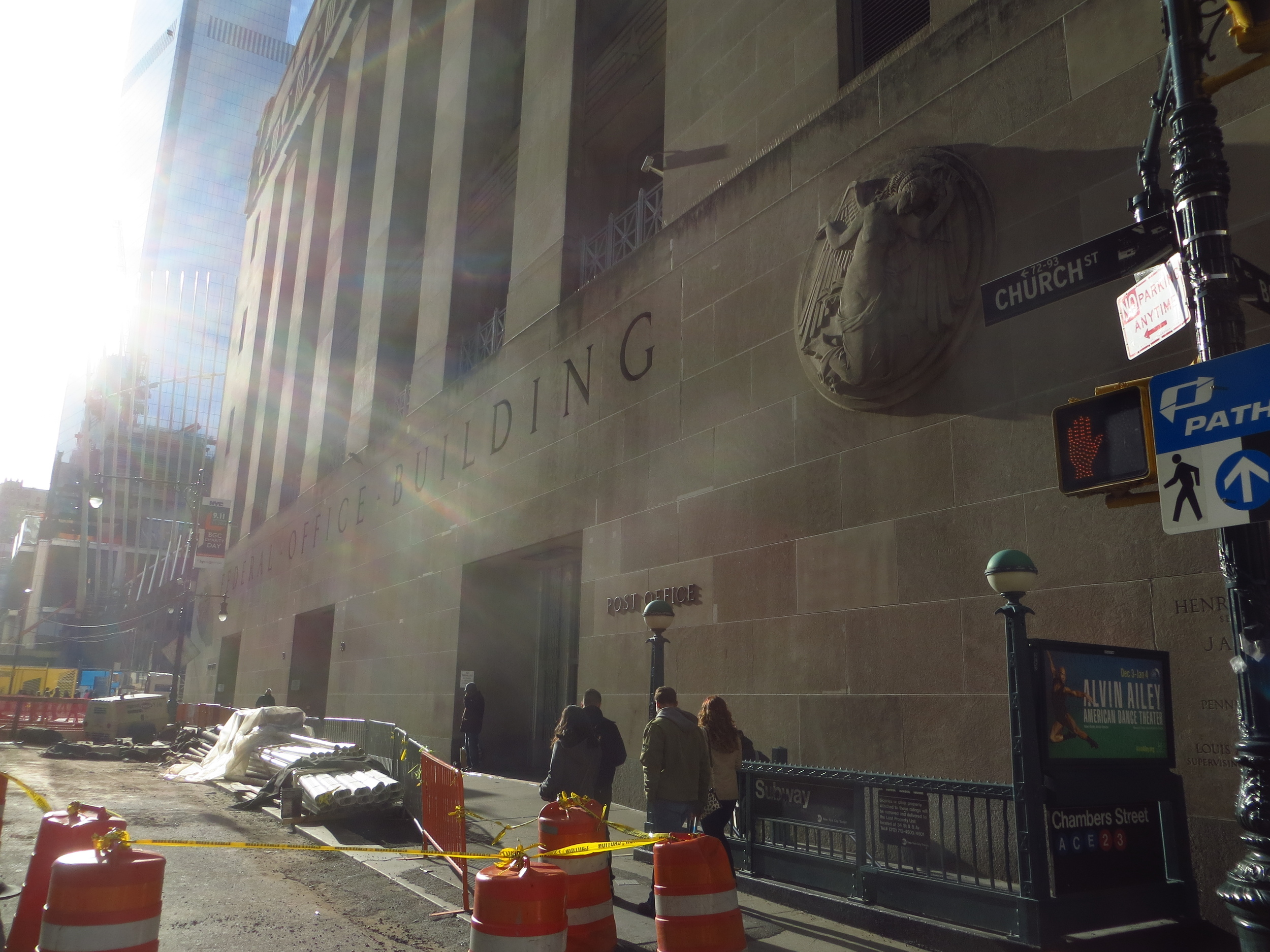
Church St. btw Barclay St. and Vesey St.

Church St. btw Barclay St. and Vesey St.
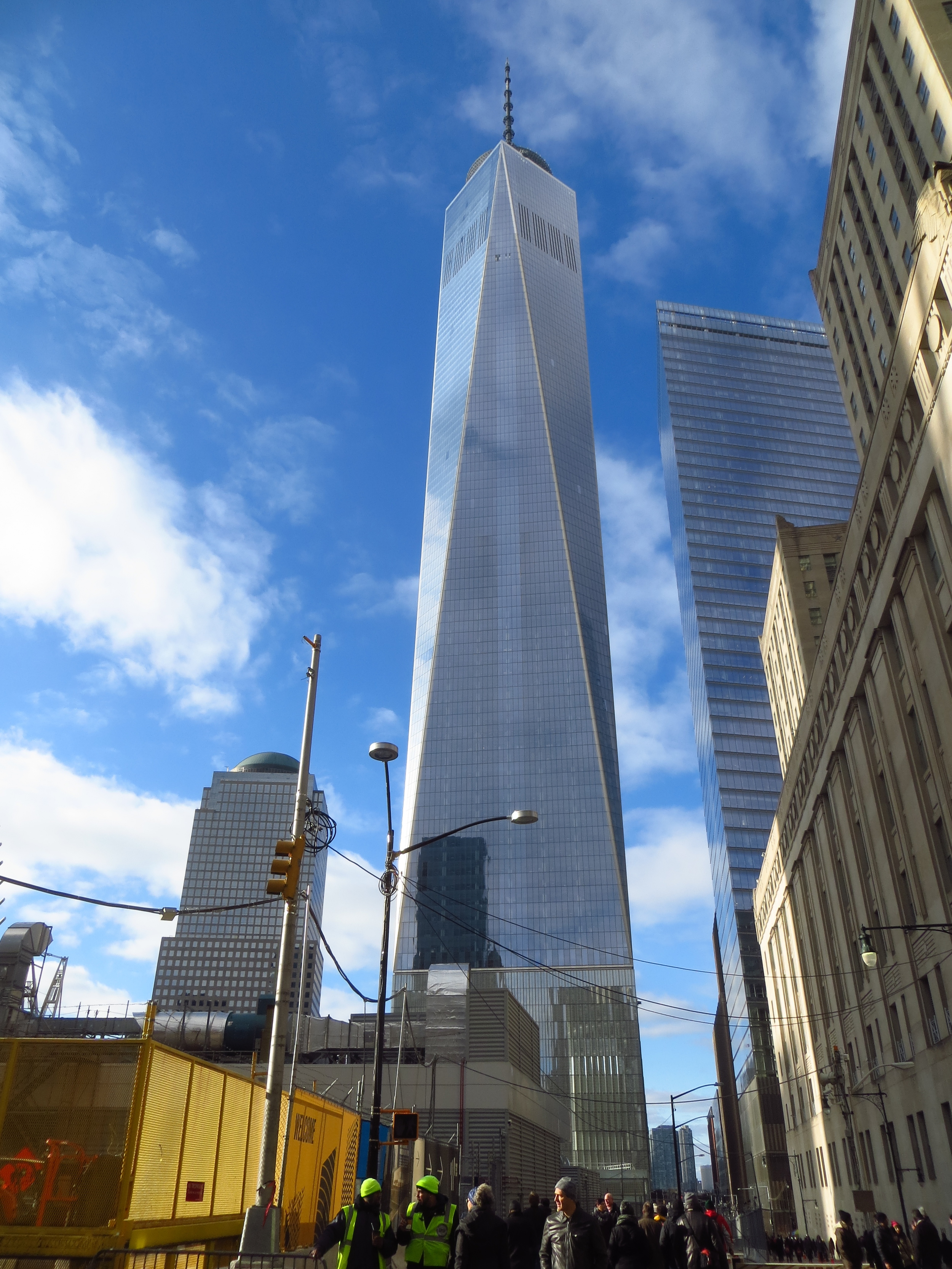
Church St. btw Barclay St. and Vesey St.
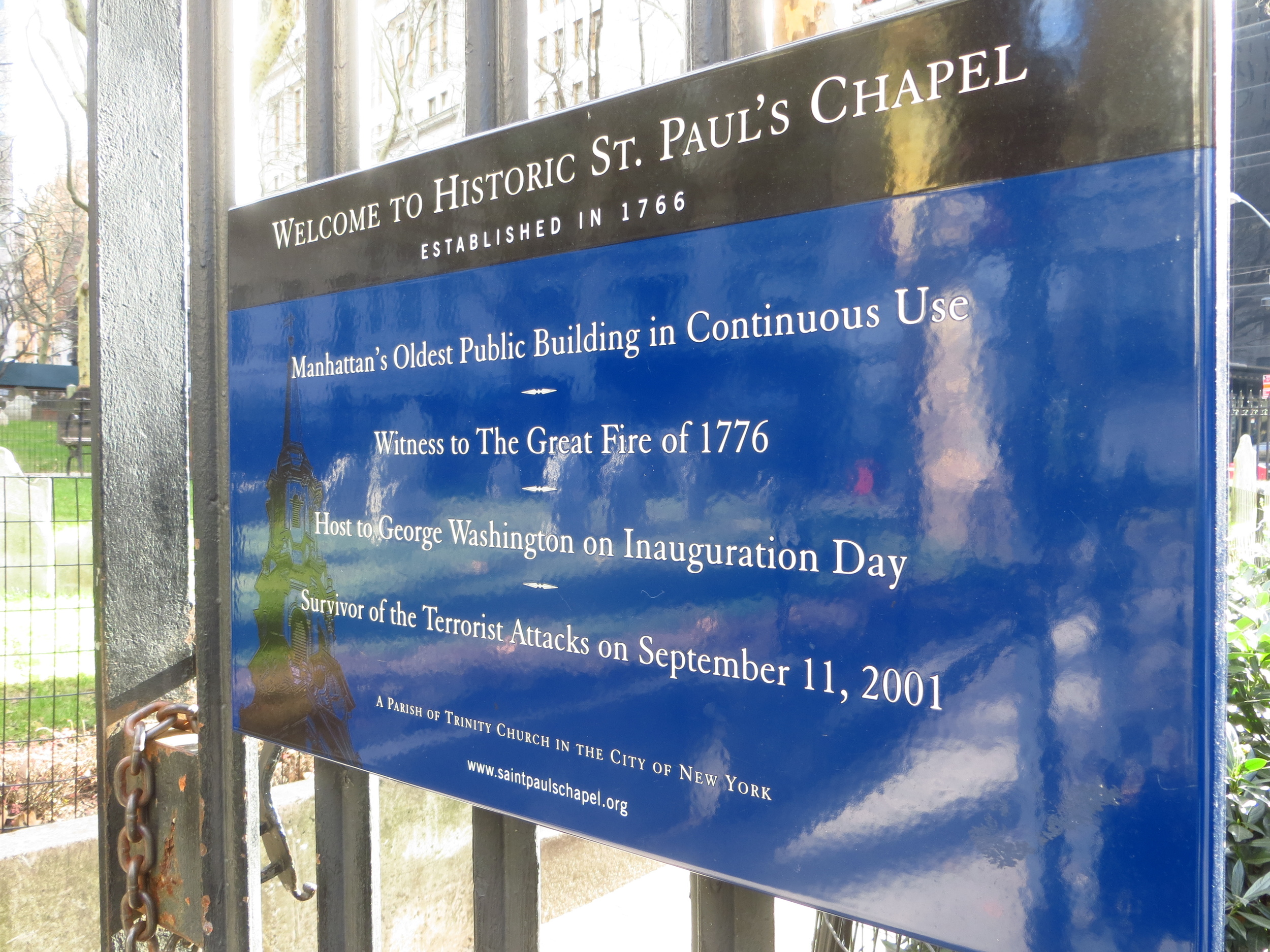
Church St. btw Vesey St. and Fulton St.
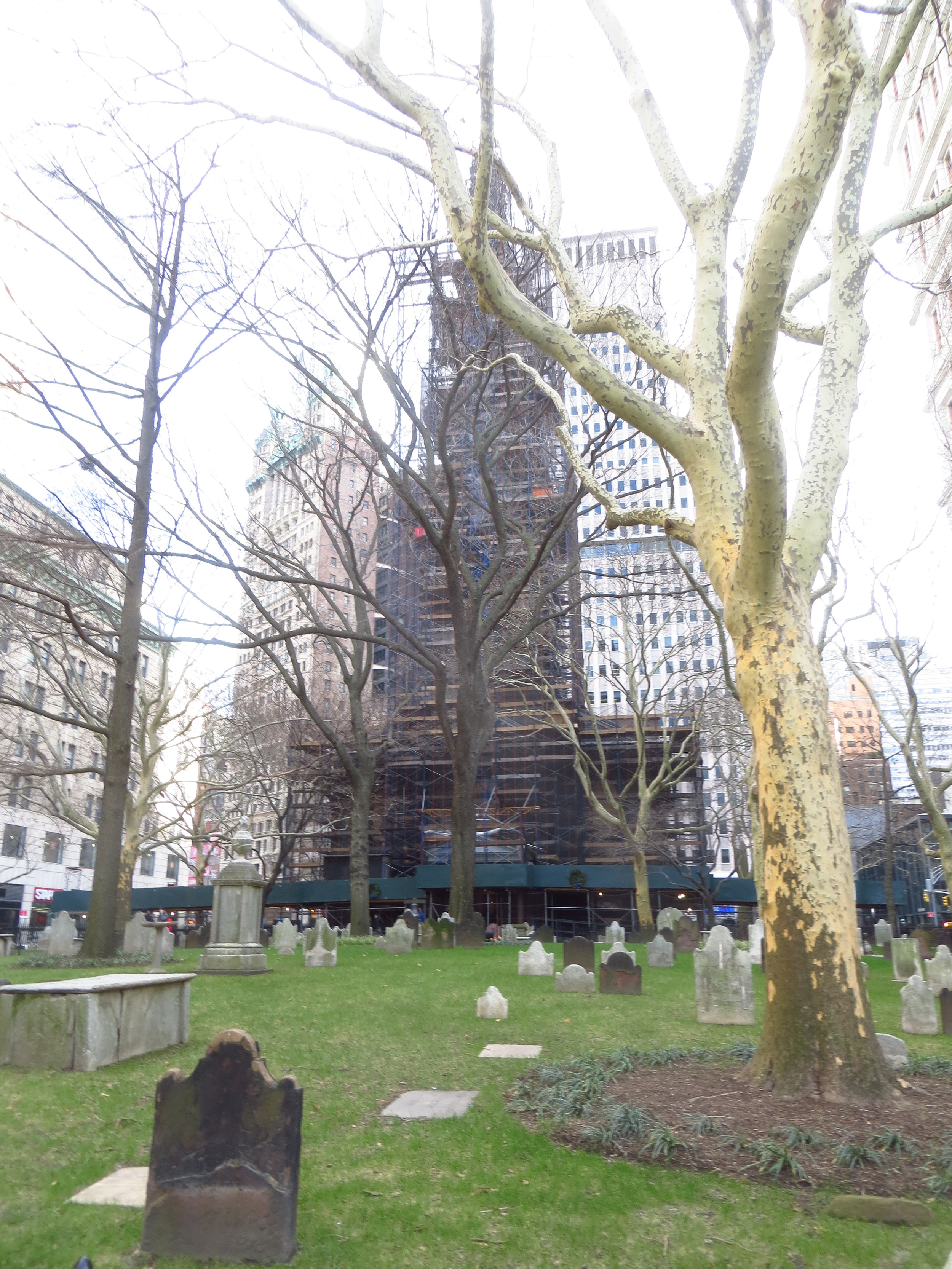
Church St. btw Vesey St. and Fulton St.

Church St. btw Vesey St. and Fulton St.
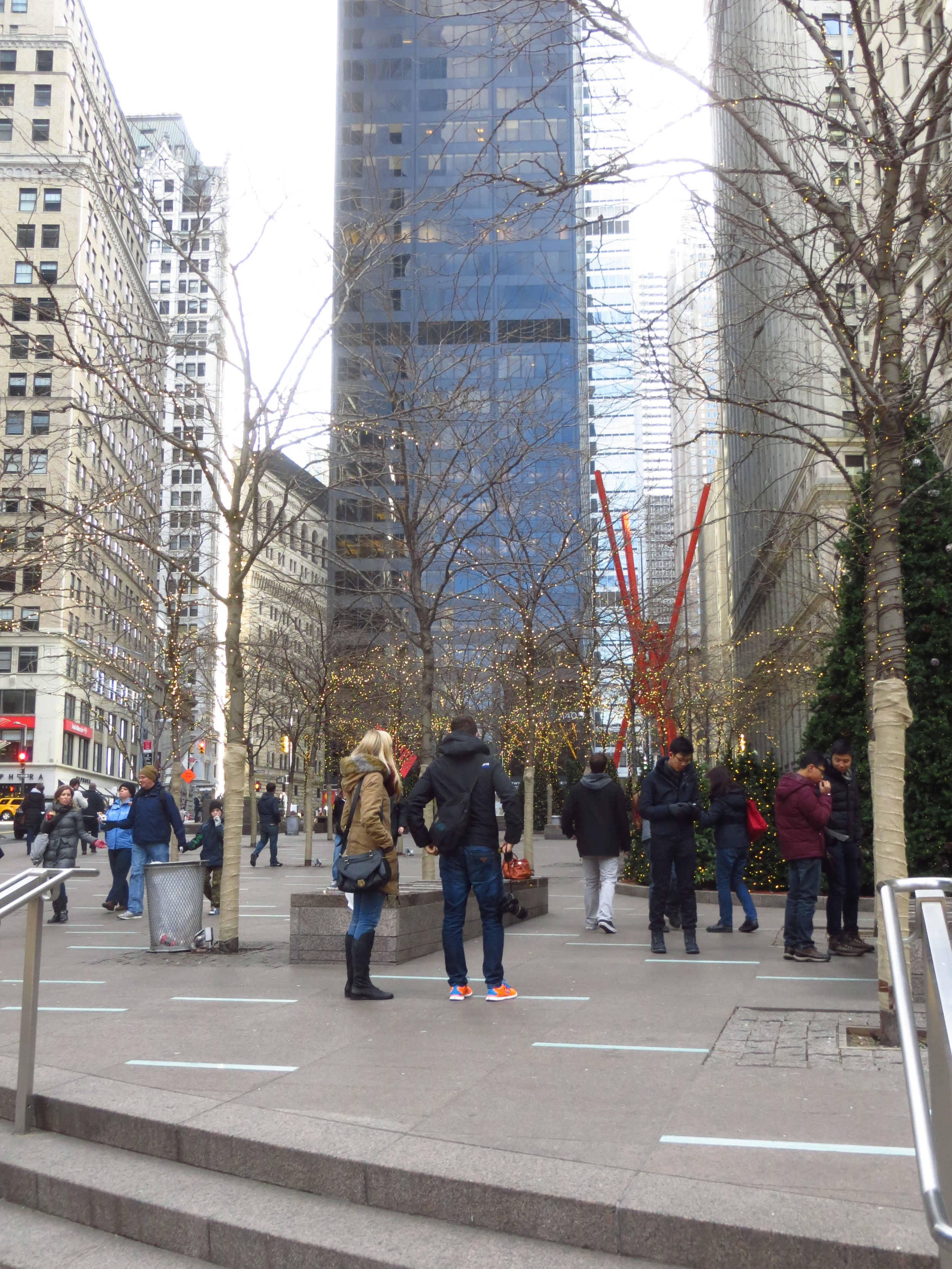
Church St. btw Liberty St. and Cedar St.
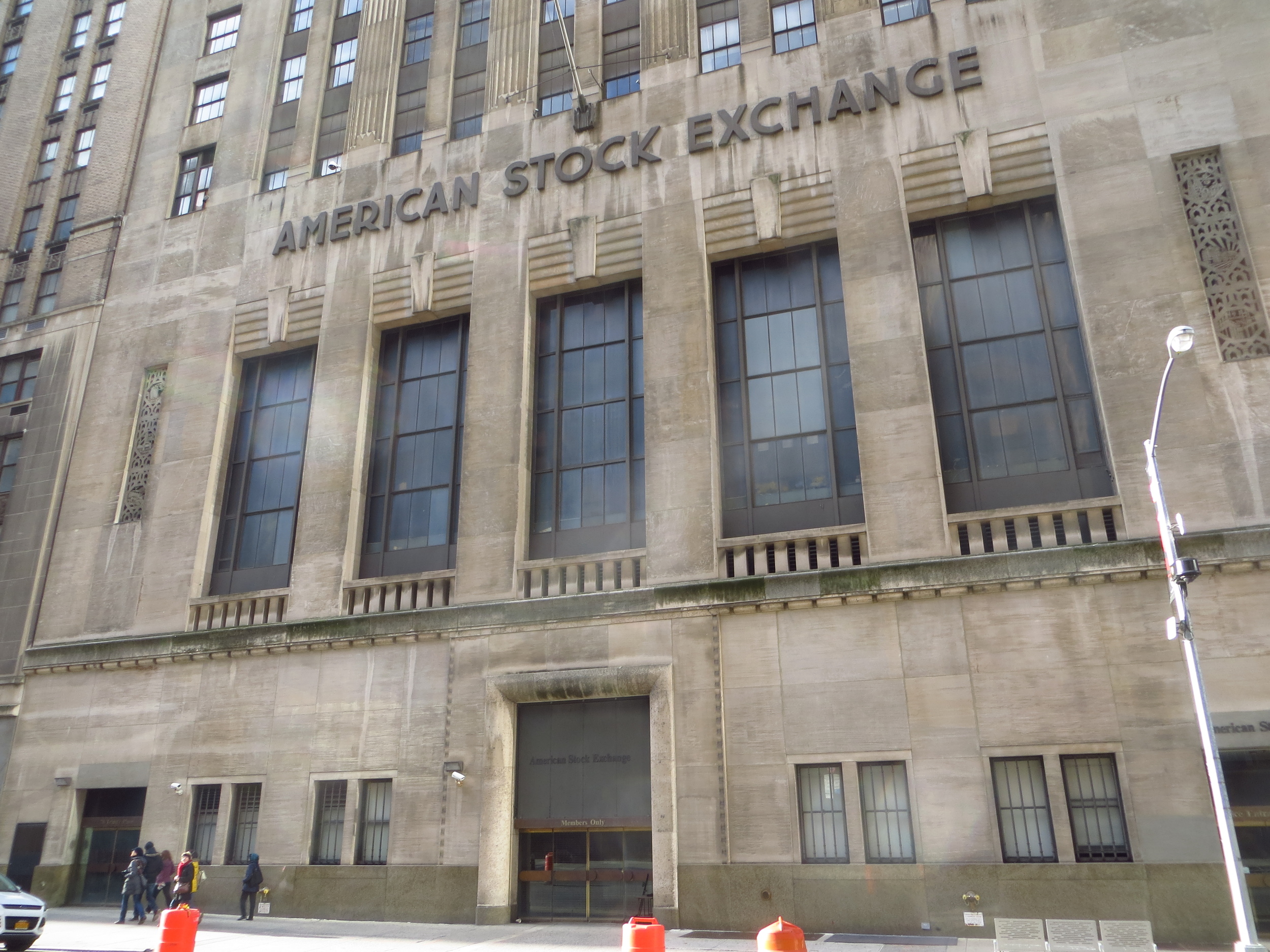
Trinity Pl. btw Cedar St. and Rector St.
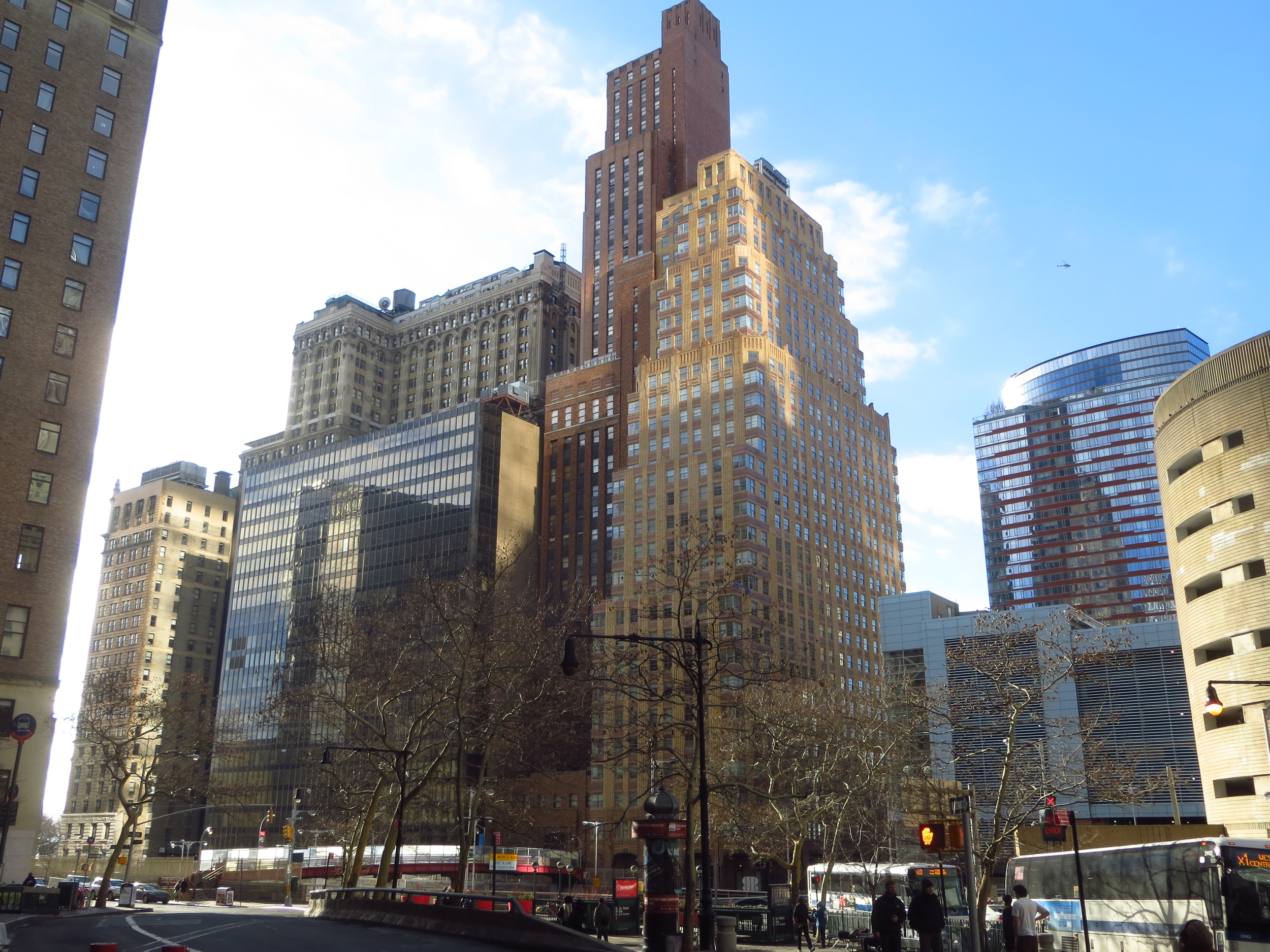
Trinity Pl. btw Morris St. and State St.
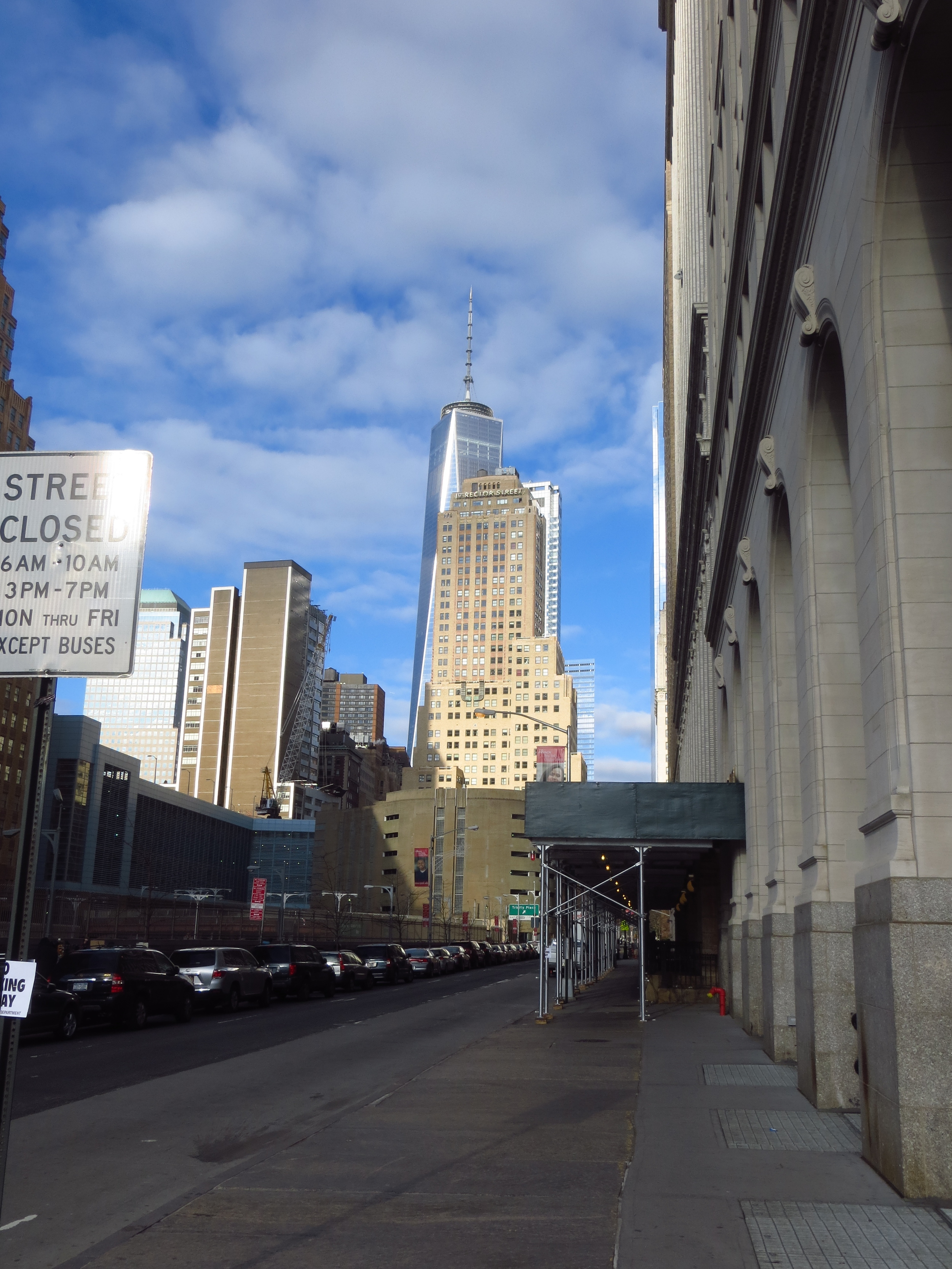
Trinity Pl. btw Morris St. and State St.

5th Ave. btw 59th St. and 58th St.
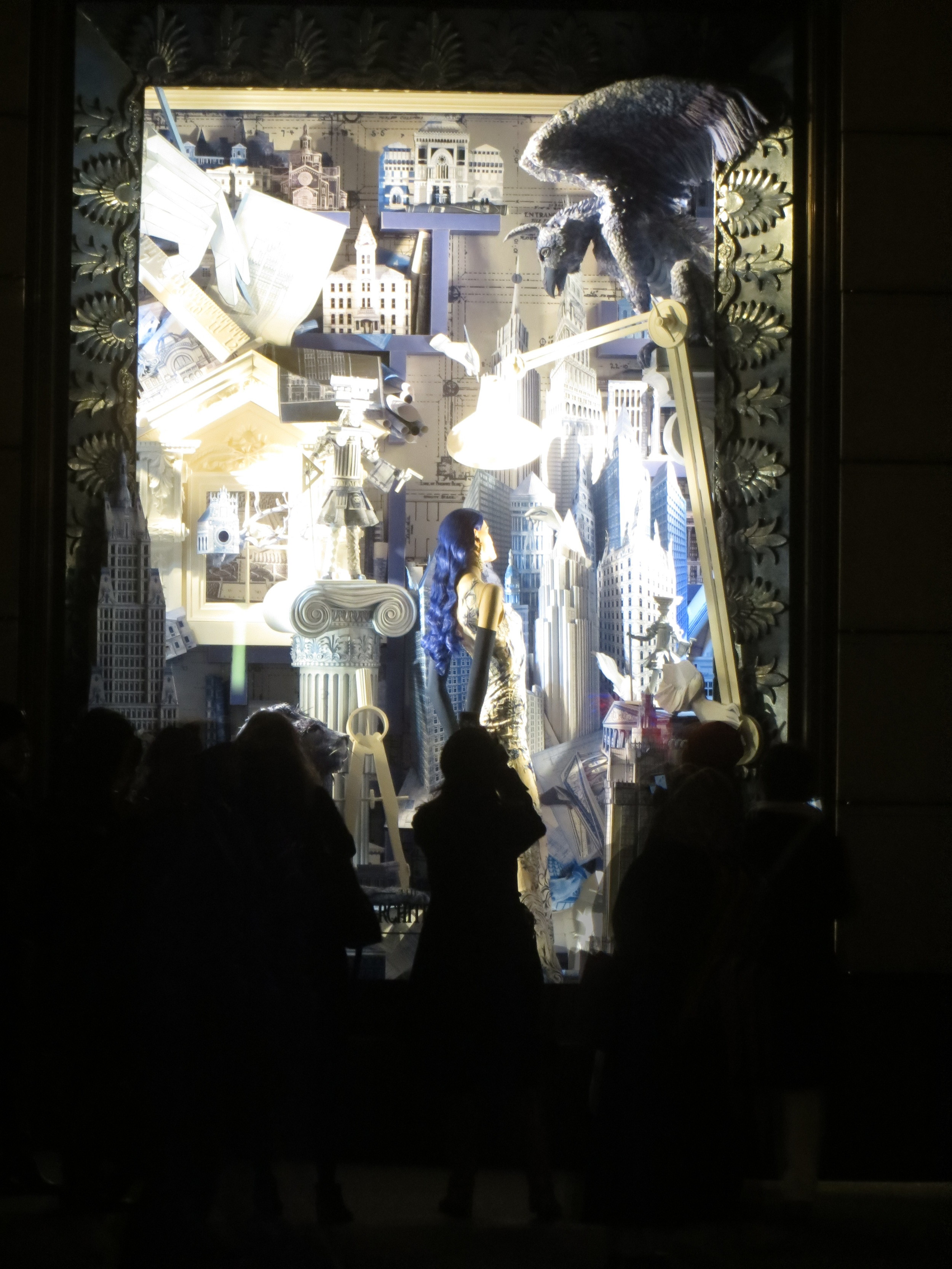
5th Ave. btw 59th St. and 58th St.
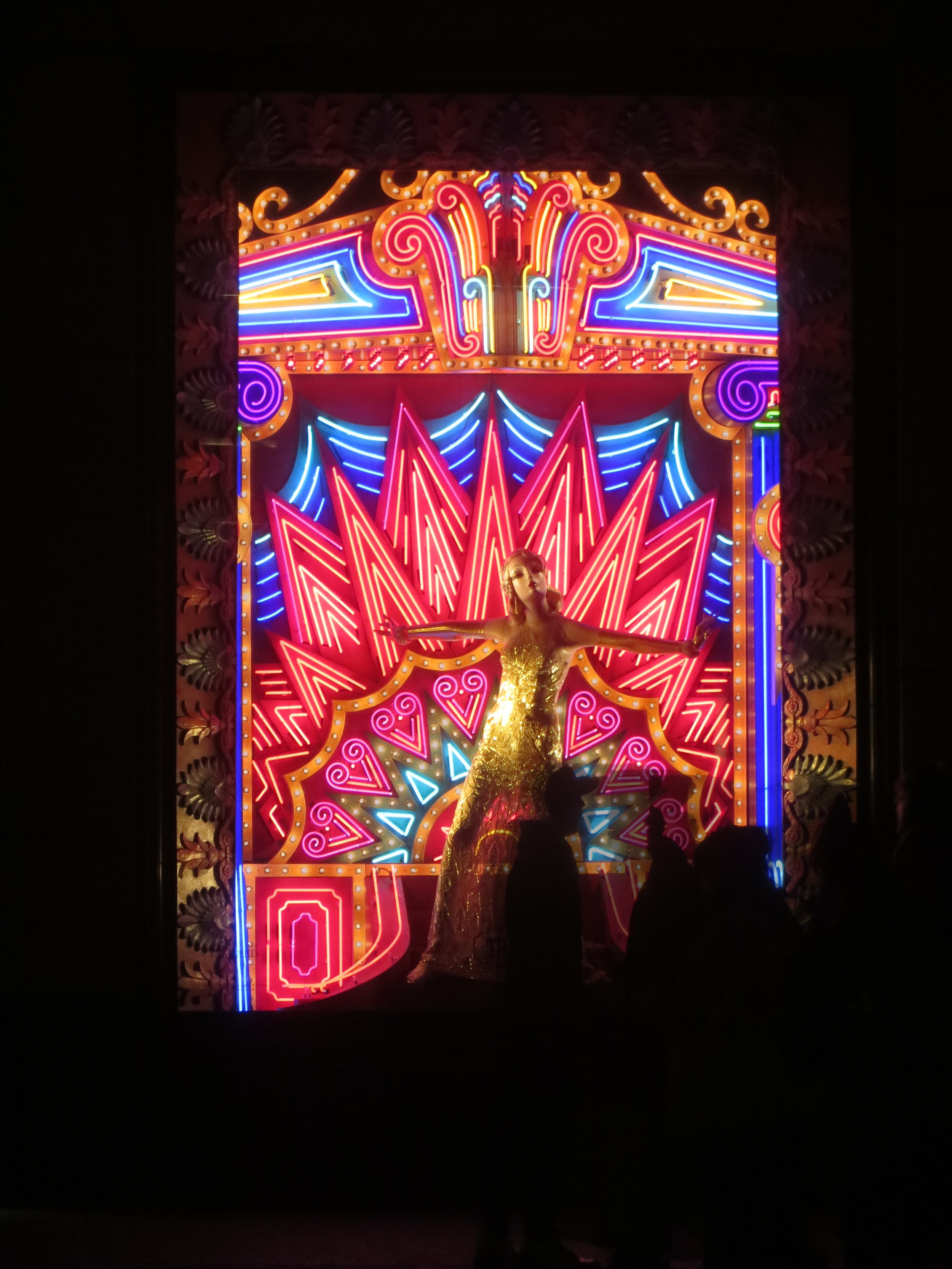
5th Ave. btw 59th St. and 58th St.
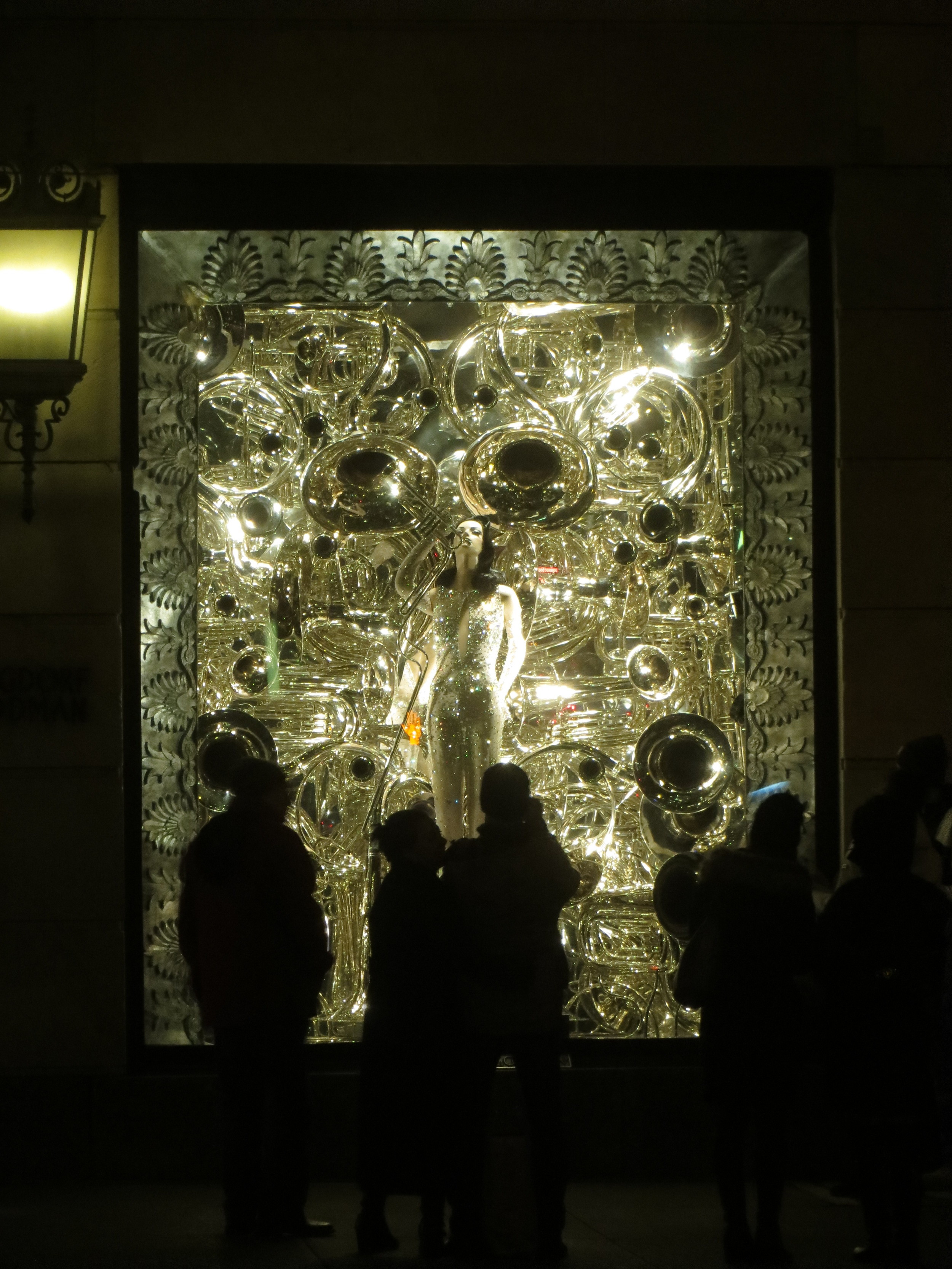
5th Ave. btw 59th St. and 58th St.



























































































































